Journey to Shaanxi (1)--Xi'an
The time is approaching the end of the year without realizing it. There are still some trips that have not been organized in 2019. I have to work overtime to catch up with them in the past few days to bring a successful end to 2019. Let me start recording every bit of my trip from Xi'an.
Schedule:
D1: Shenyang-Xi 'an, living in Xi'an
D2: Live in Xi'an, visit Terracotta Warriors, Huaqing Palace, Yongxing Square
D3: Live in Xi'an, visit Famen Temple, Qianling, Drum Tower, and Hui Street
D4: Live in Xi'an, visit Huashan Mountain, Bell Tower, City Wall
D5: Live in Xi'an, Saige, Big Wild Goose Pagoda, Shaanxi History Museum
D6: Live in Xi'an, Tang Dynasty Furong Garden, Little Wild Goose Pagoda, Tang Dynasty Sleepless City
actual stroke
D1: Flying from Shenyang (16:30) to Xi'an (21:40), Shenyang took off more than 30 minutes late due to in-flight current restrictions. It took less than an hour to arrive at Xi'an Xianyang Airport. It was almost 23 o'clock. It took nearly 20 minutes by the shuttle bus to get from the plane's landing place to the airport lobby. It was already 13:30. Take the airport bus in the direction of the railway station and arrive at Motel (Xi'an Railway Station Airport Bus Shop) store. It was already 0:30. It was almost 2 o'clock after washing up, so I had a good sleep first.

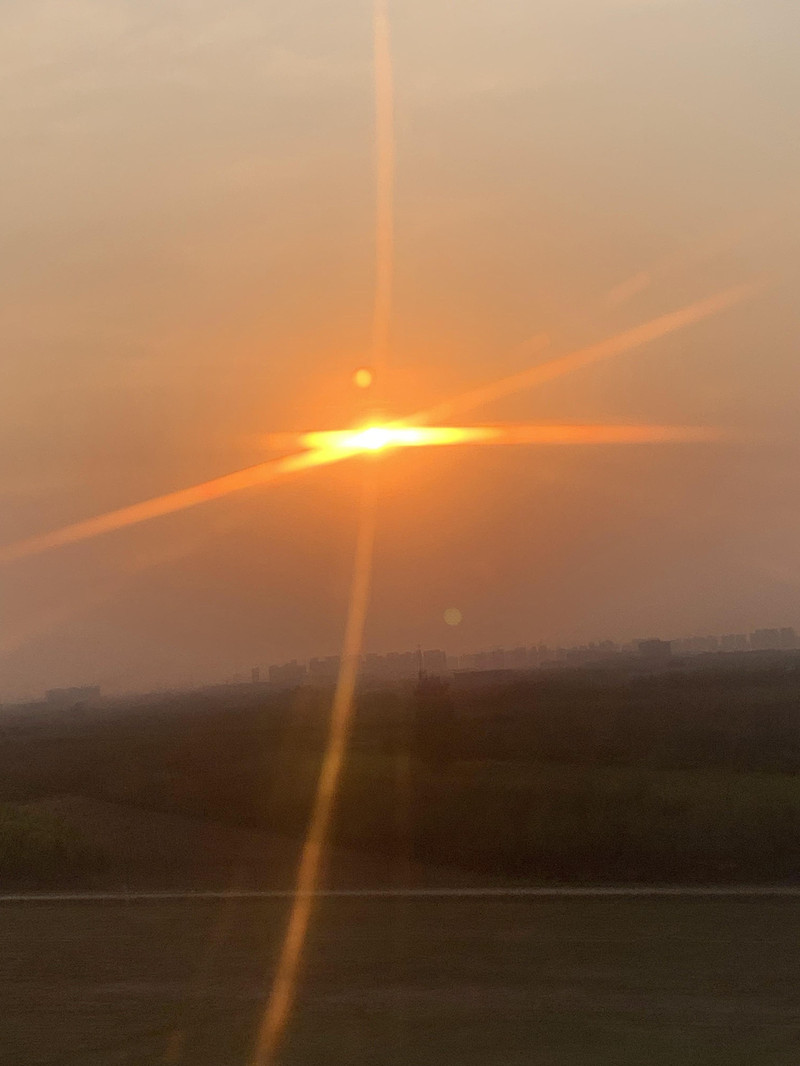
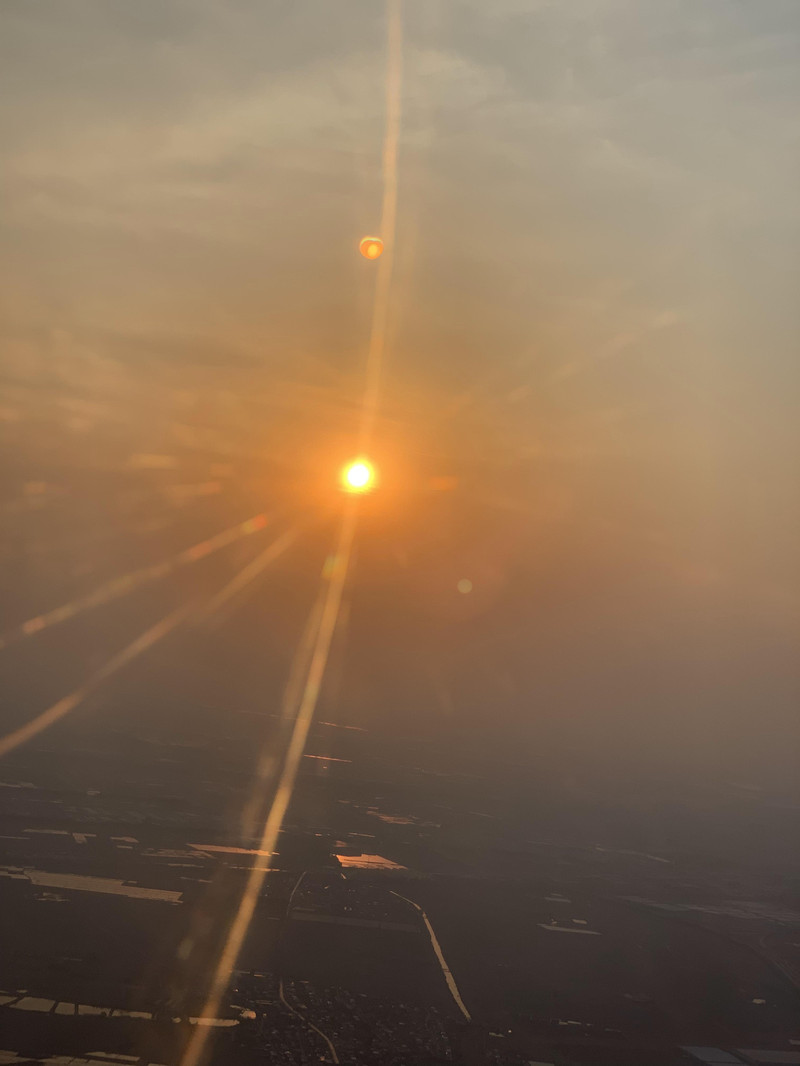
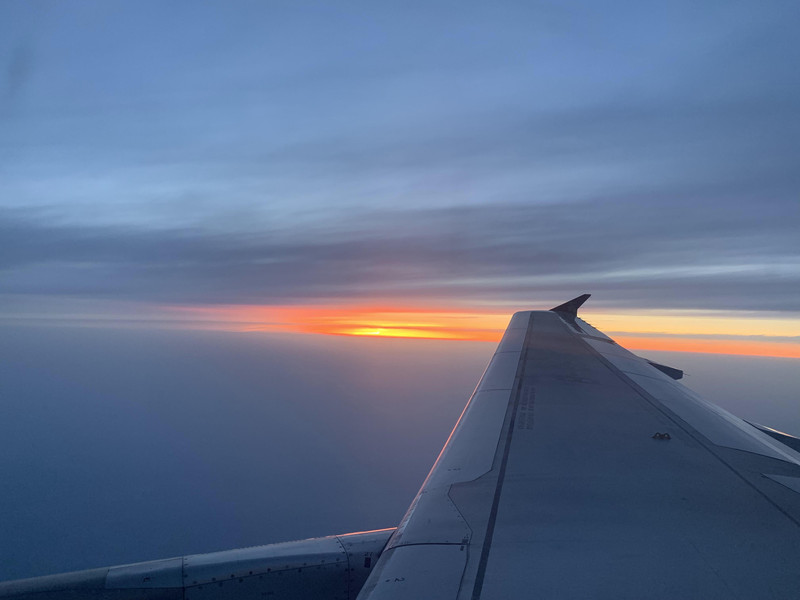

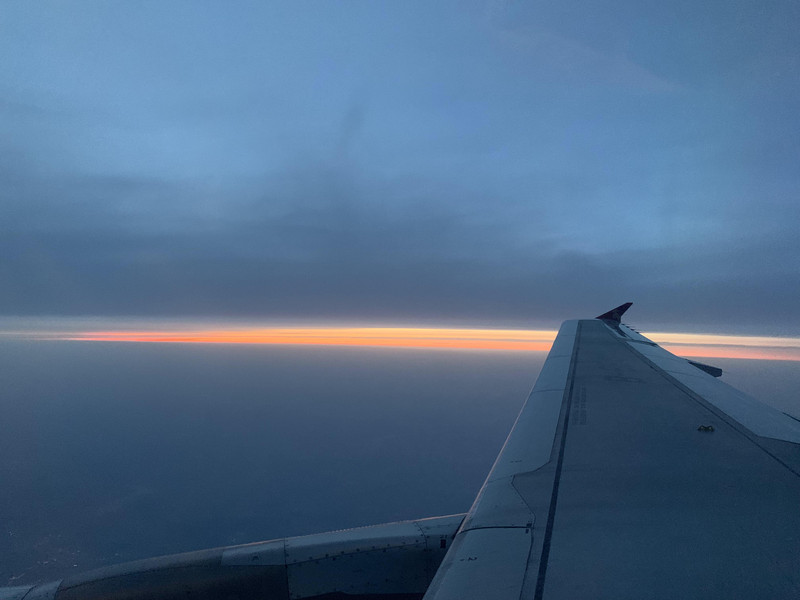
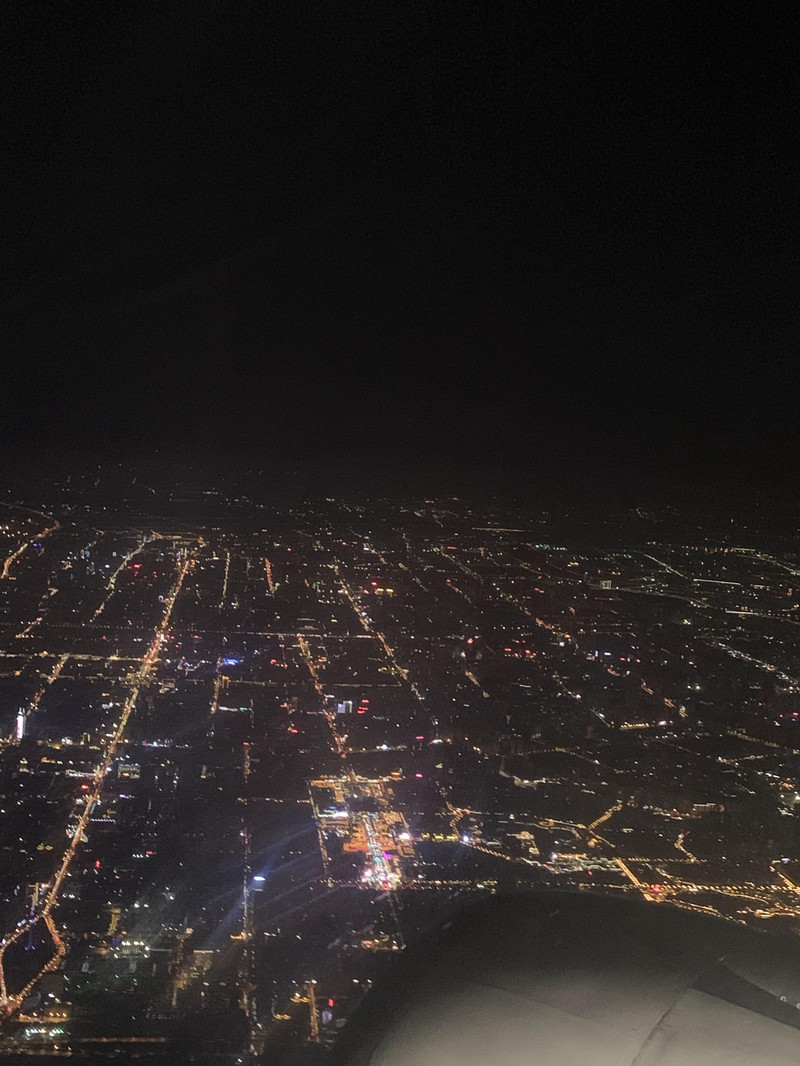
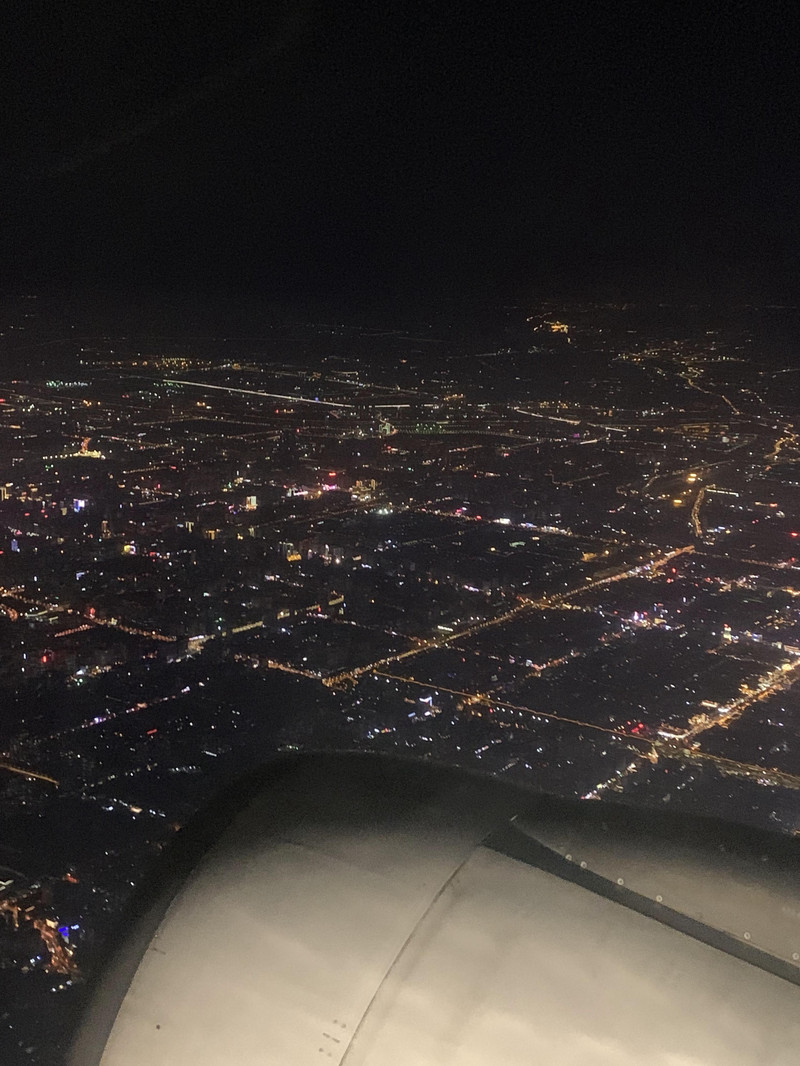
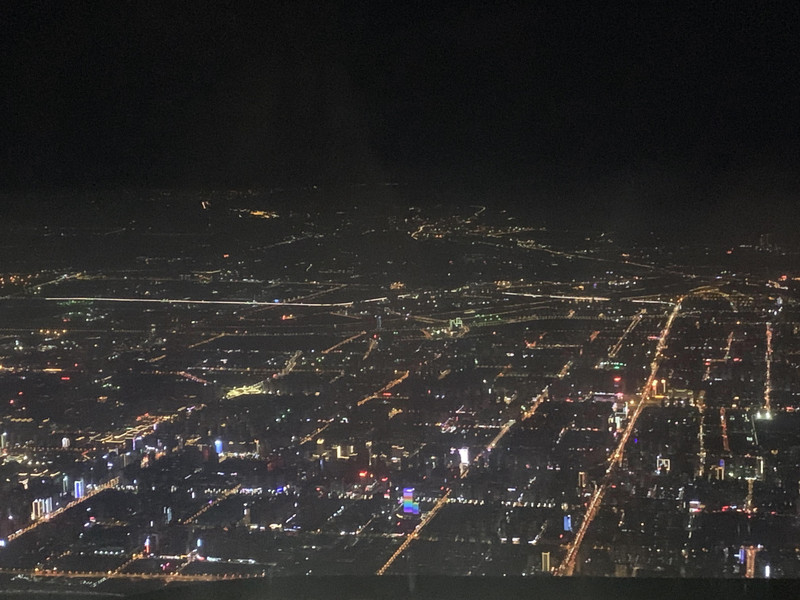

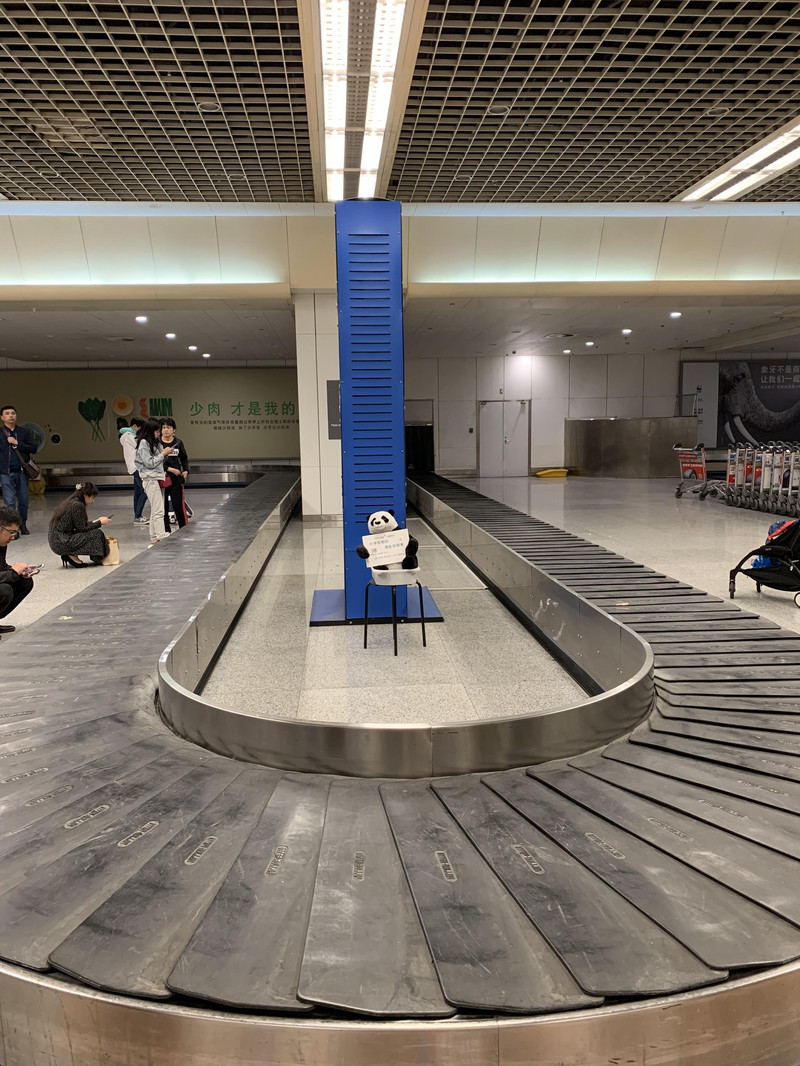
D2: I slept until past 8 o'clock, washed up quickly and set off. The hotel I stayed in is a 5 - 6-minute journey from the railway station and bus terminal. I checked in to the Laotongguan Railway Station Store for breakfast and tasted Xi'an snacks Roujiamo. I happened to meet my older sister in Beijing at the hotel. We had a very happy conversation and decided to visit Huaqing Palace together.
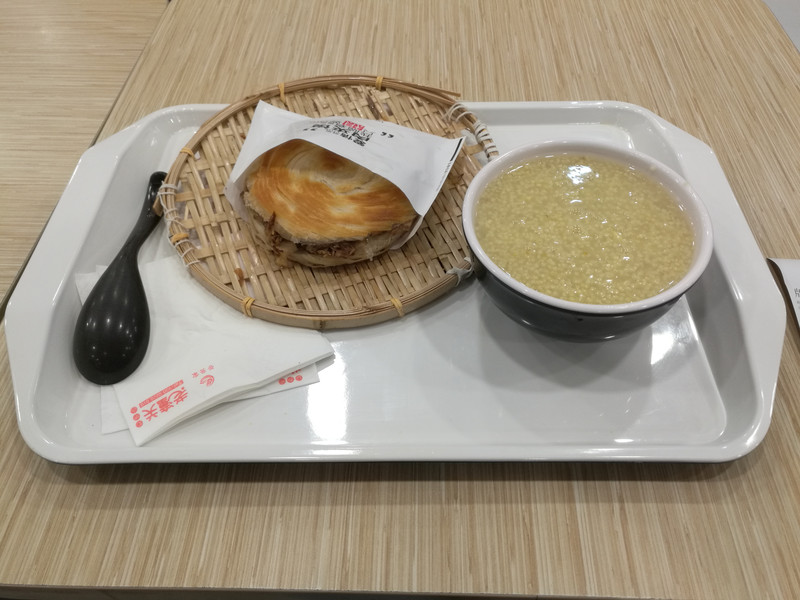
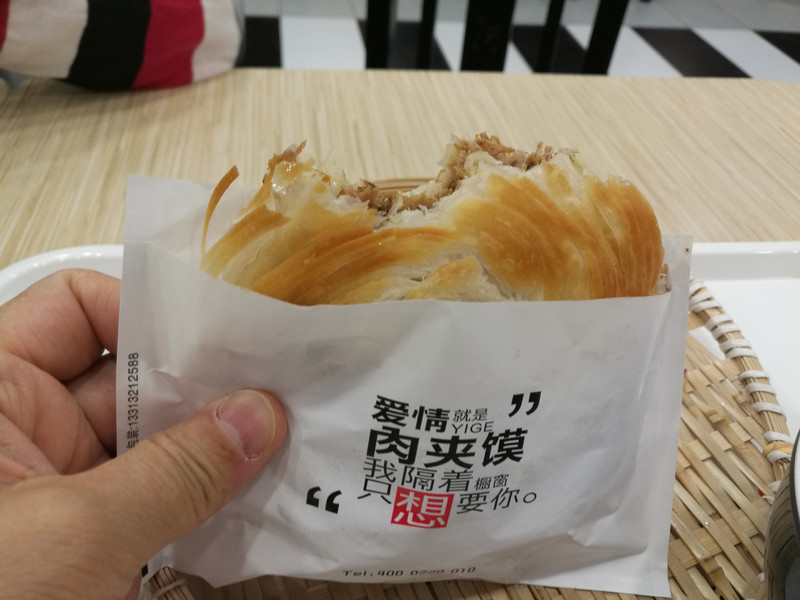
After breakfast, my newly met eldest sister and I went to the railway station hub to take the Huaqing Palace Terracotta Warriors and Horses Line train. We went to Huaqing Palace first. My eldest sister was free of charge. I bought a ticket to enter the park.
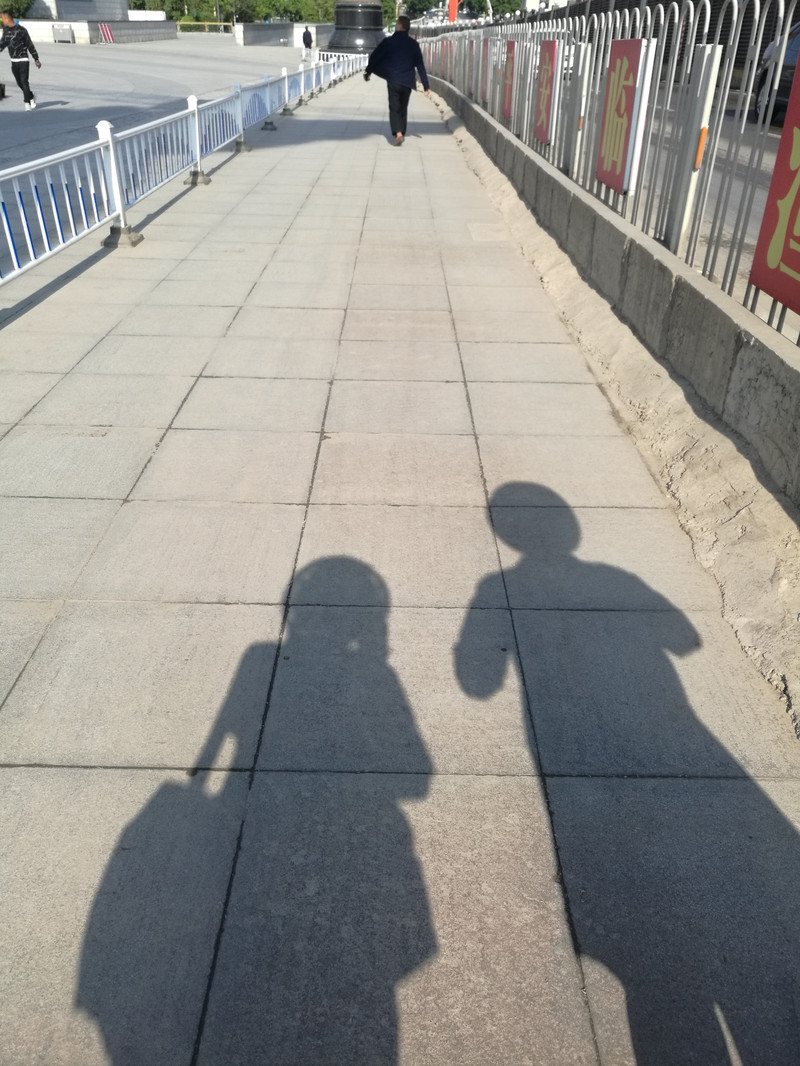

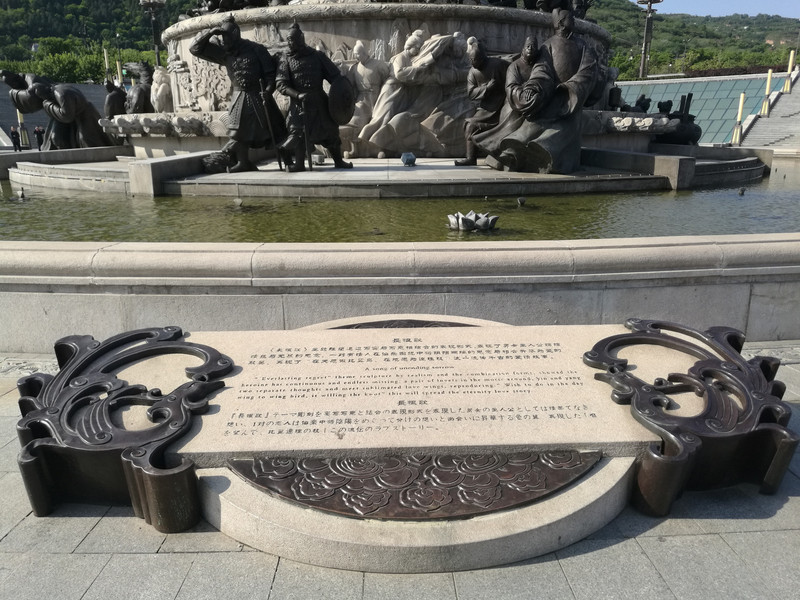

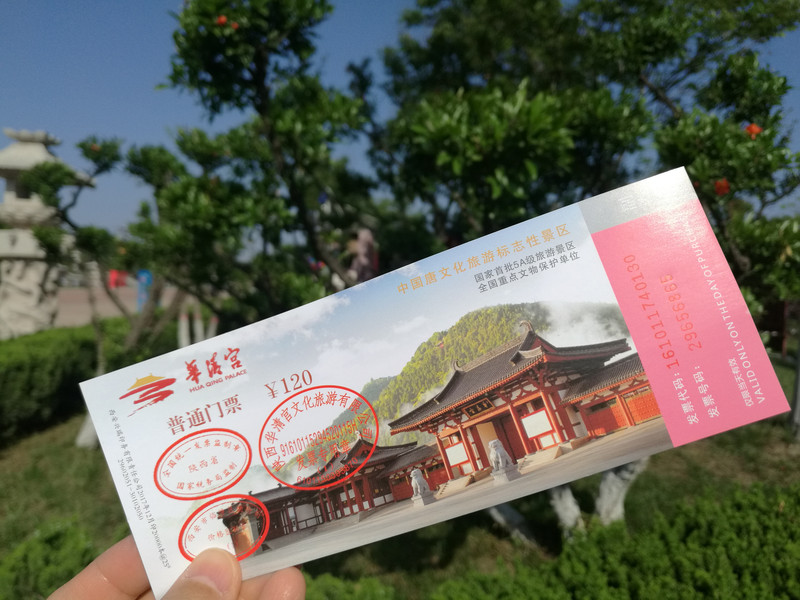
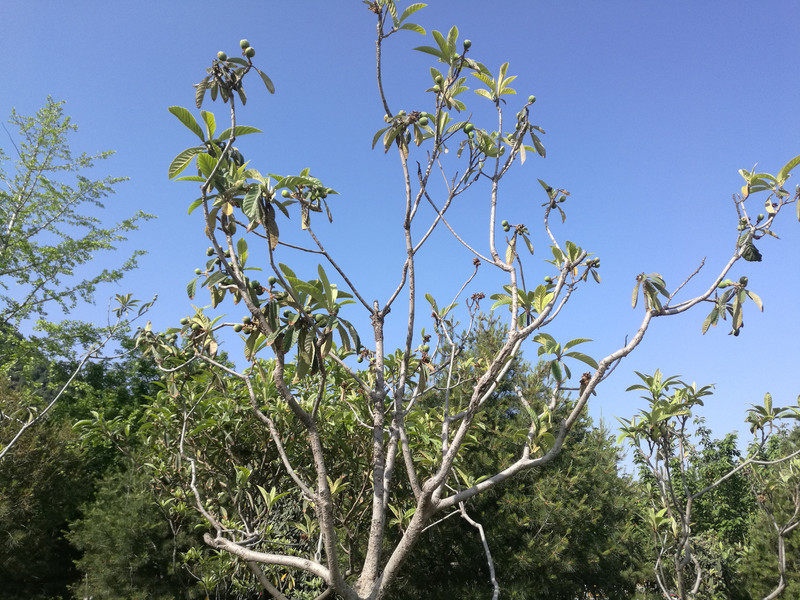
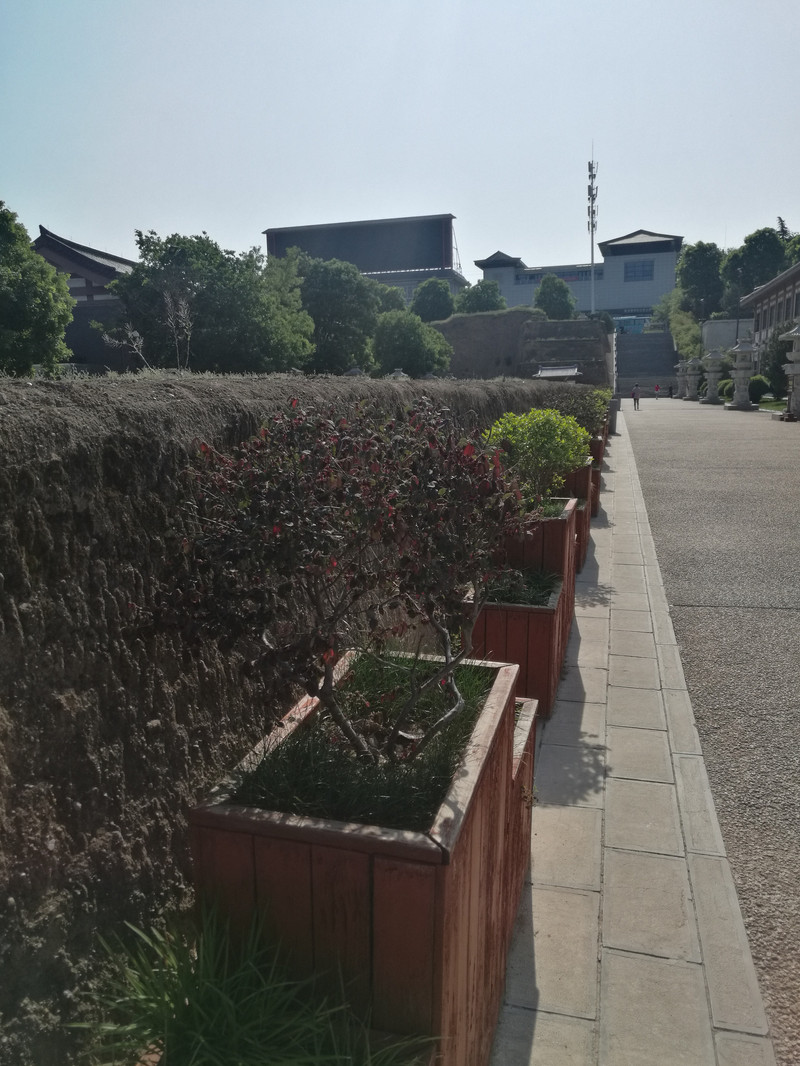
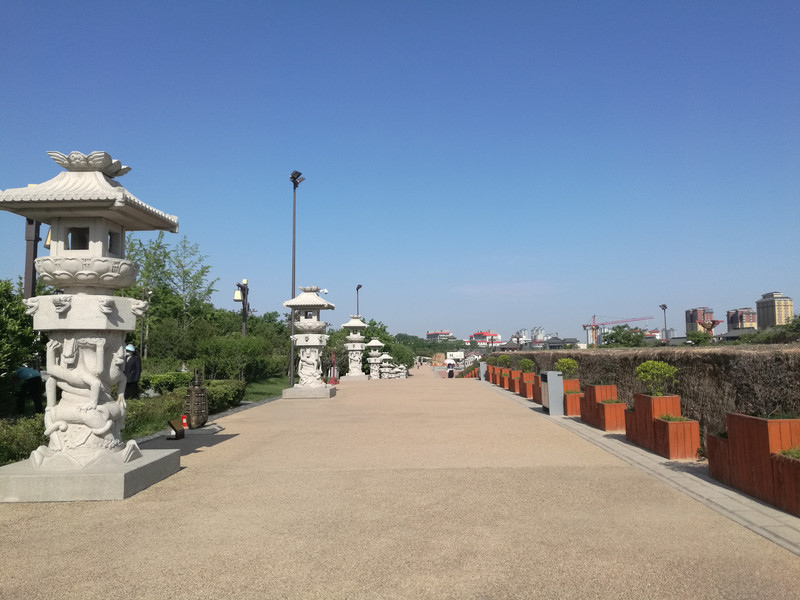
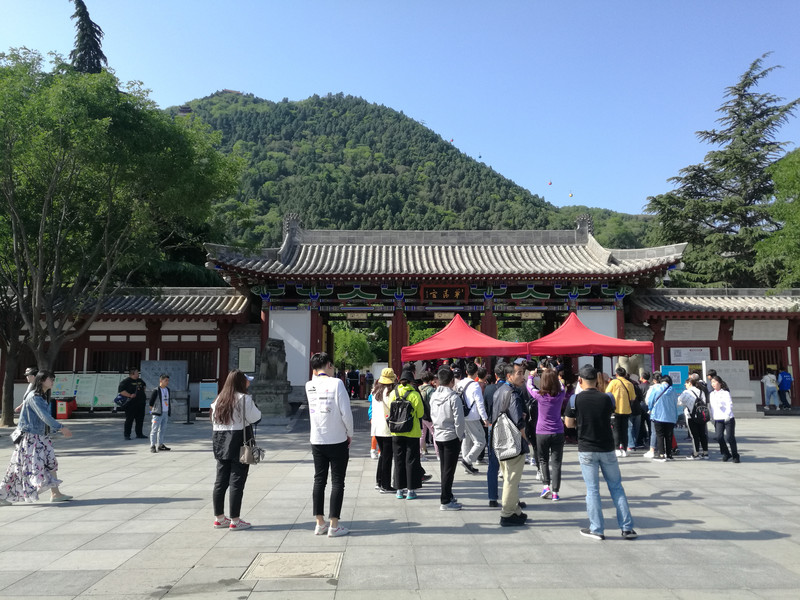

Huaqing Palace attractions: Tang Yutang Ruins Museum, Wujian Hall, the site of the Xi'an Incident, Jiulong Lake and Furong Lake Scenic Area, Tang Liyuan Ruins Museum and other cultural areas, and Feishuang Hall, Wanshou Hall, Changsheng Hall, Huanyuan Hall and Yuwang Hall. landmark buildings.

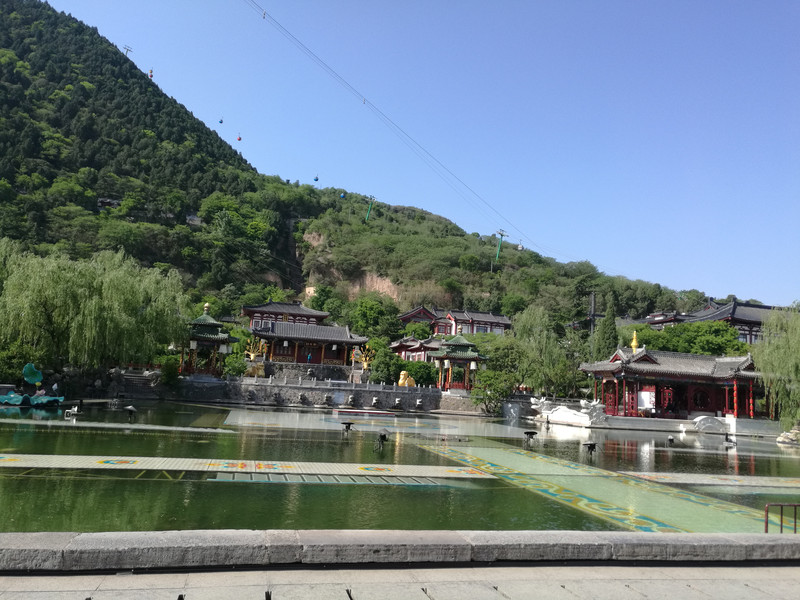
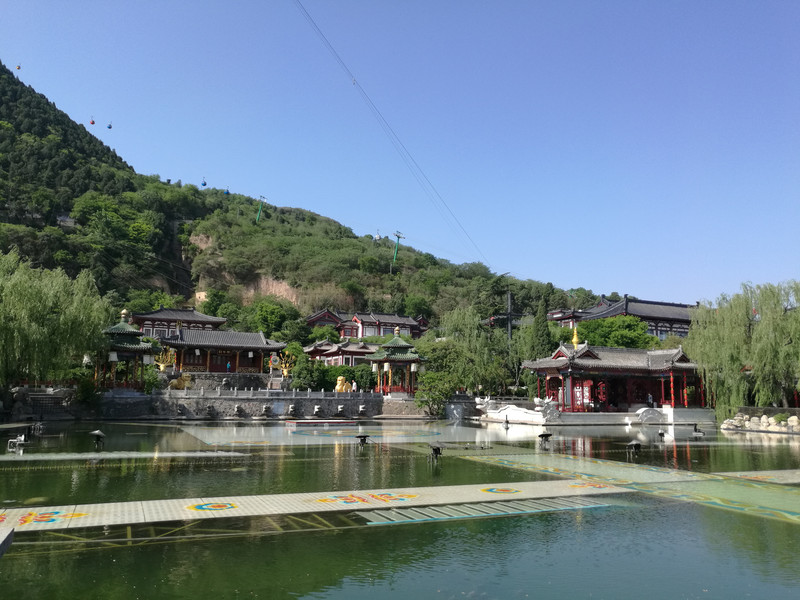
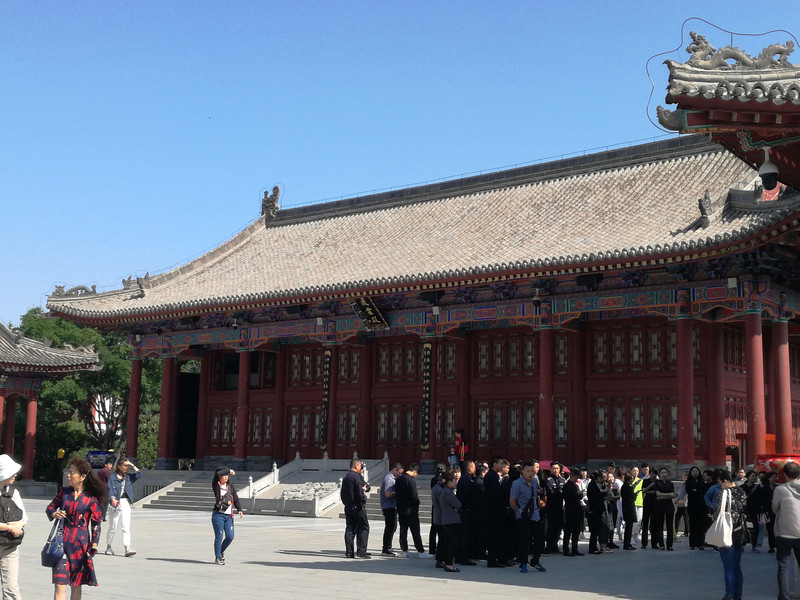
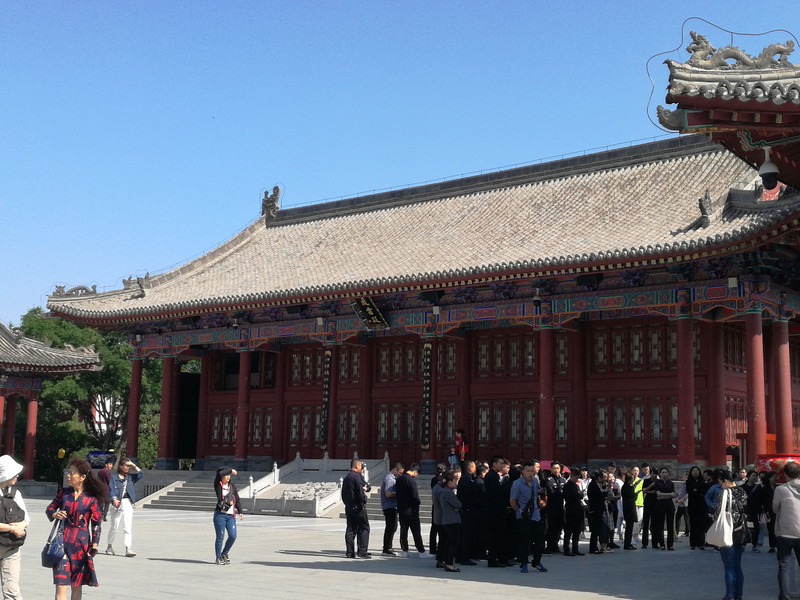
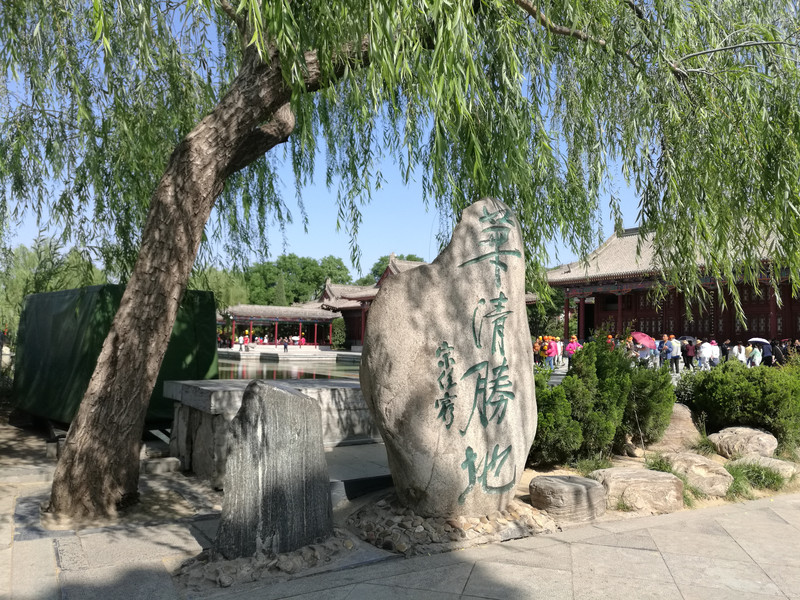

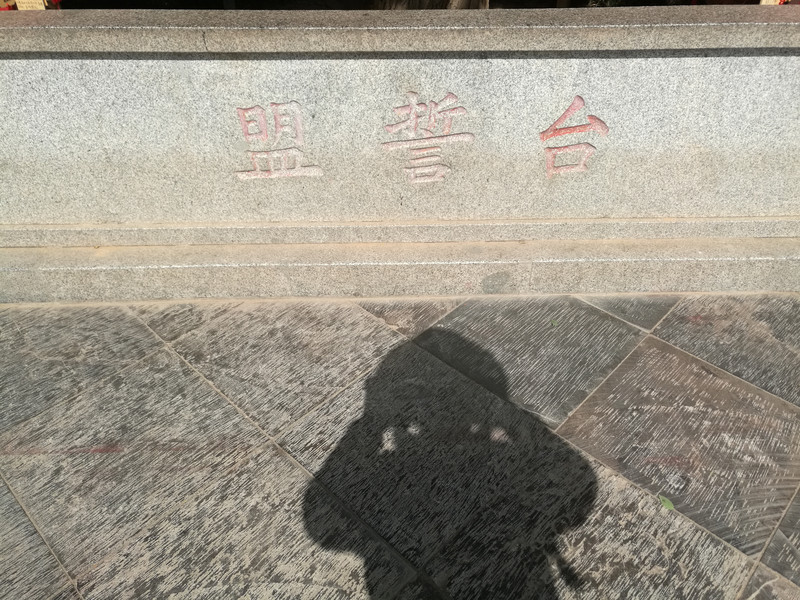
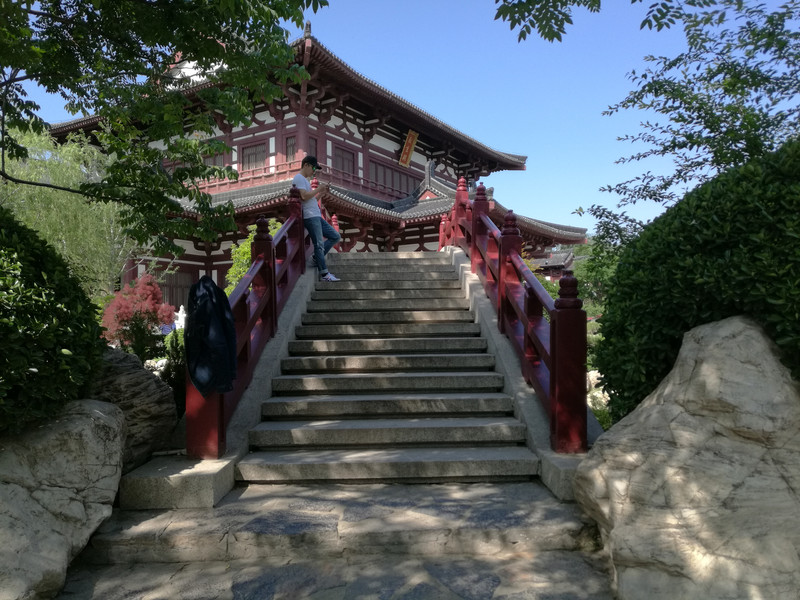

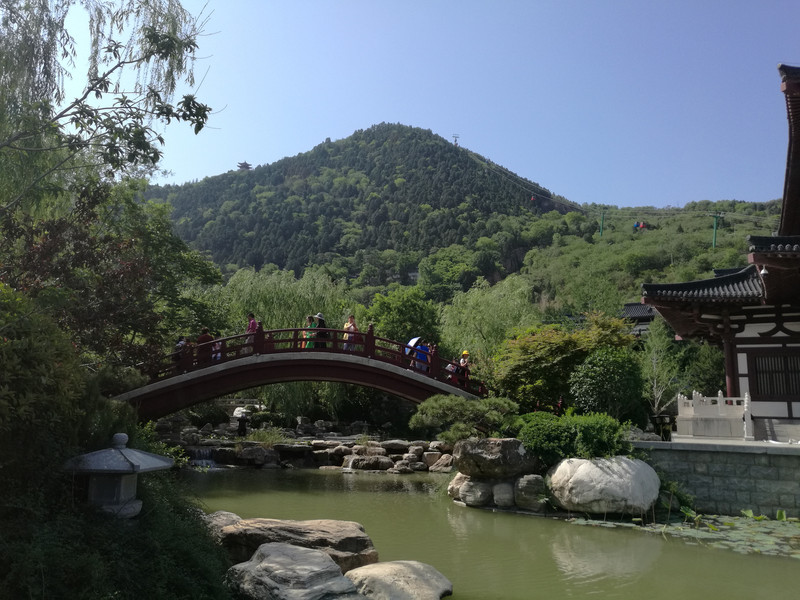

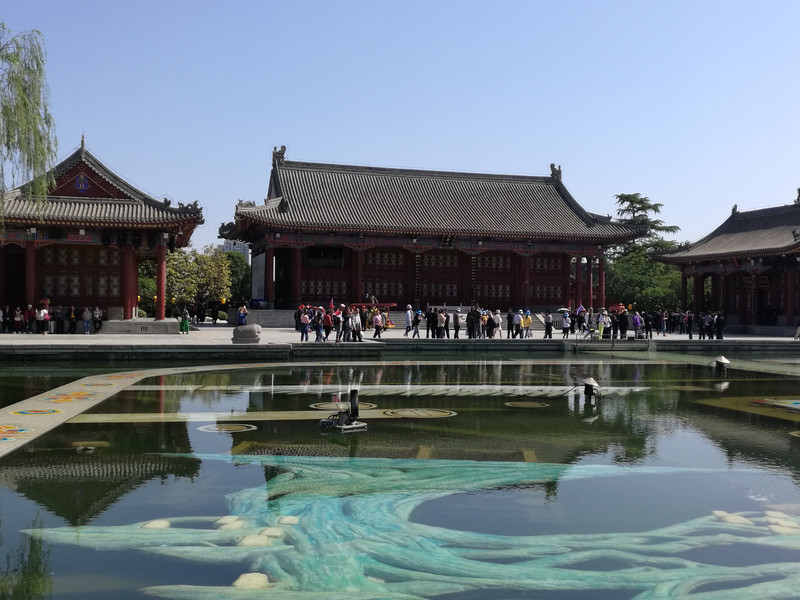
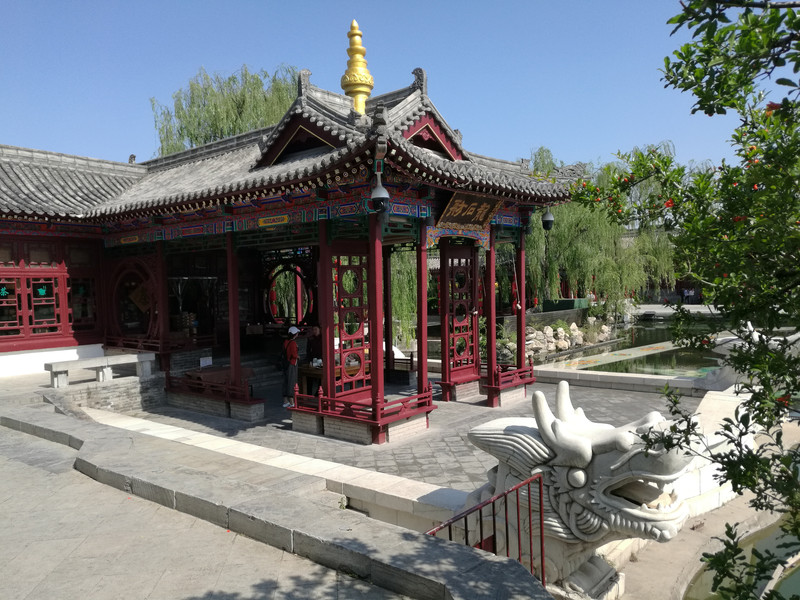

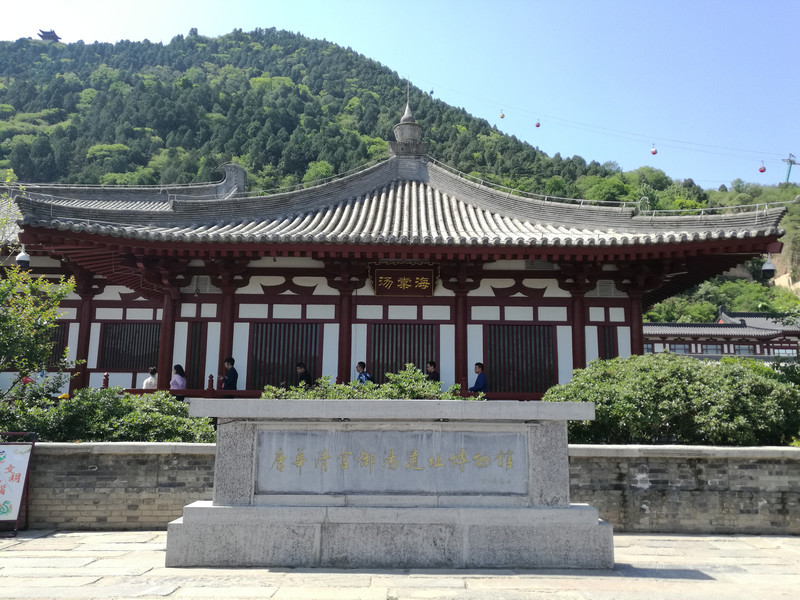
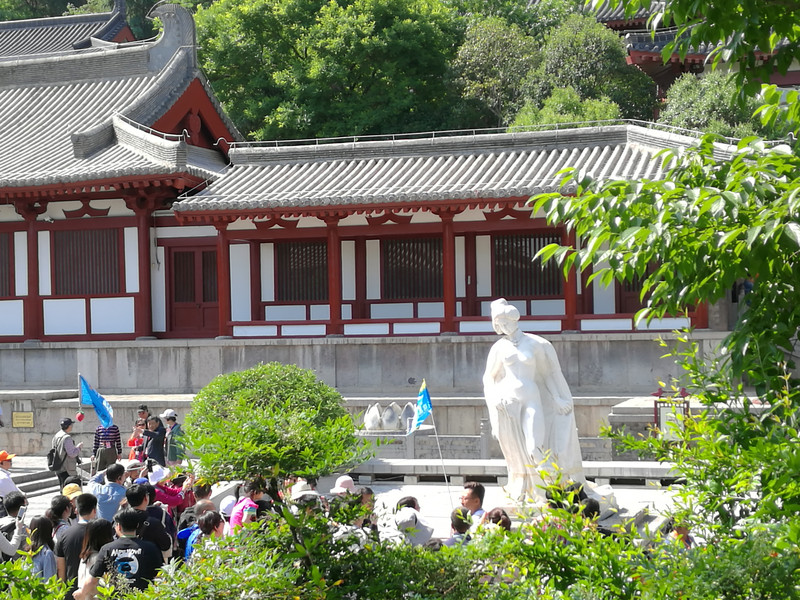
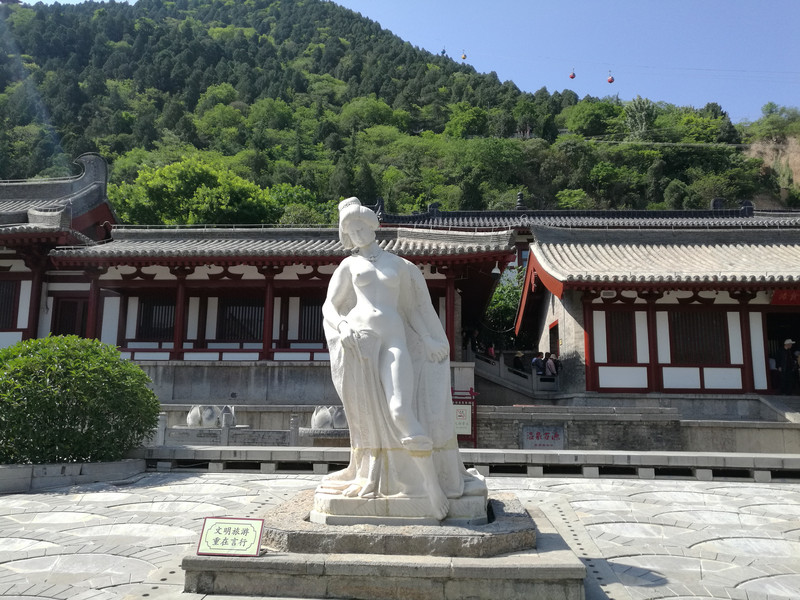
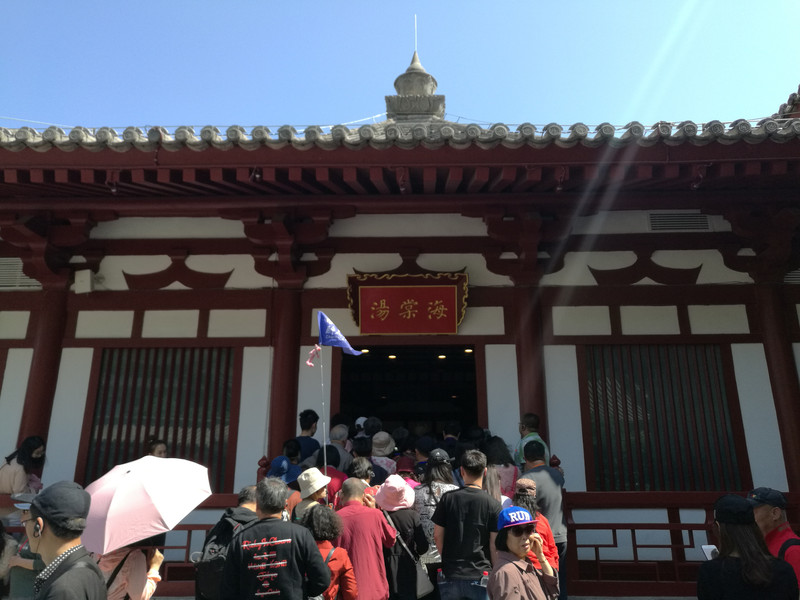
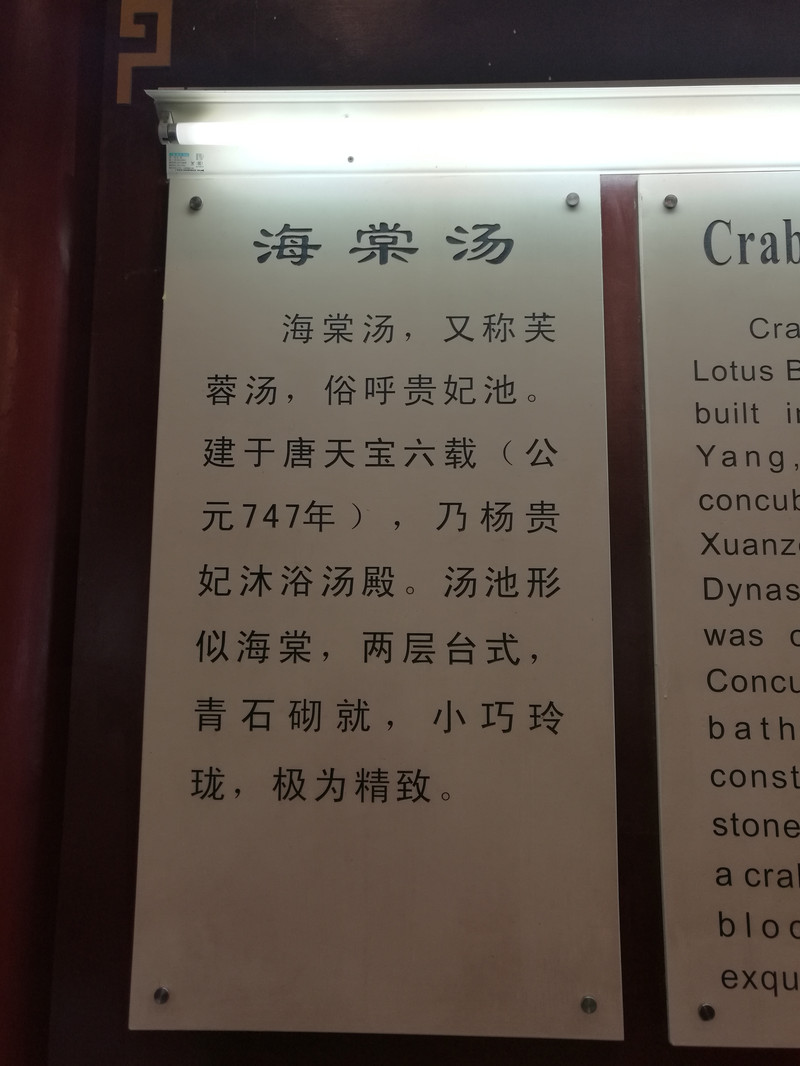
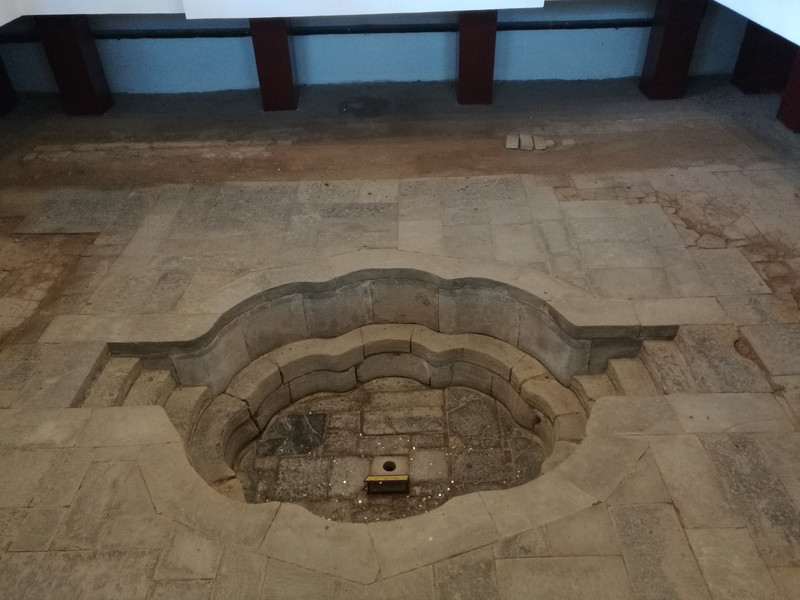
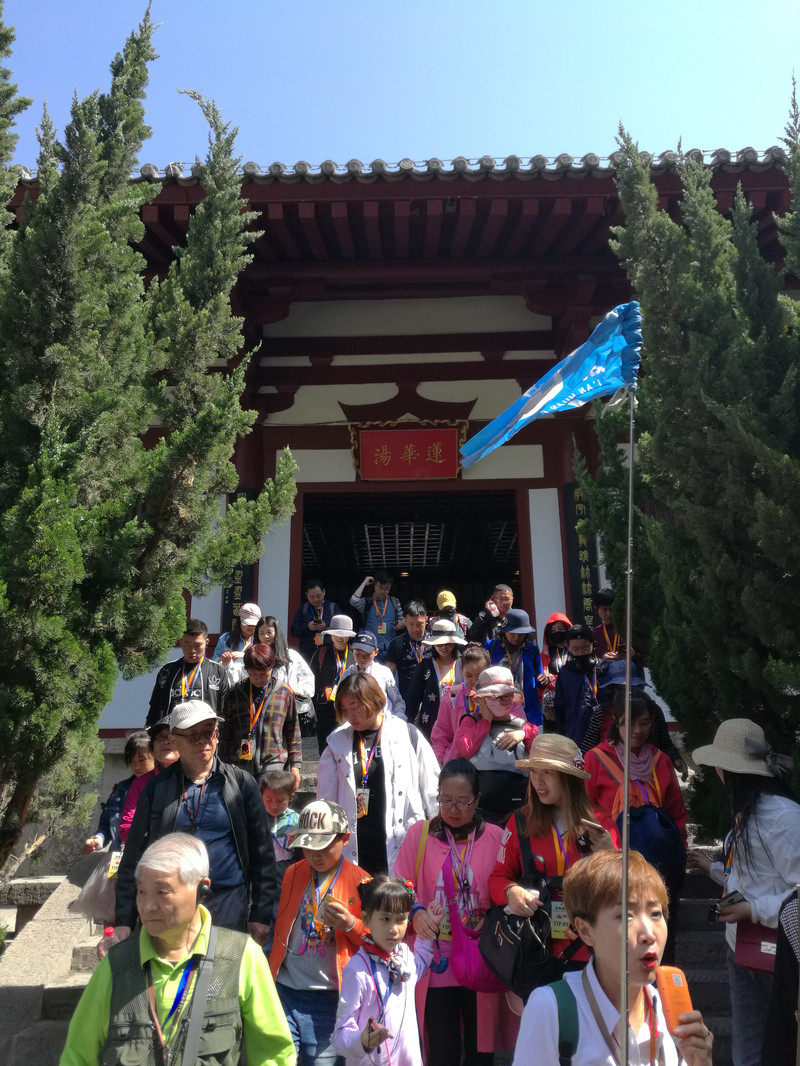
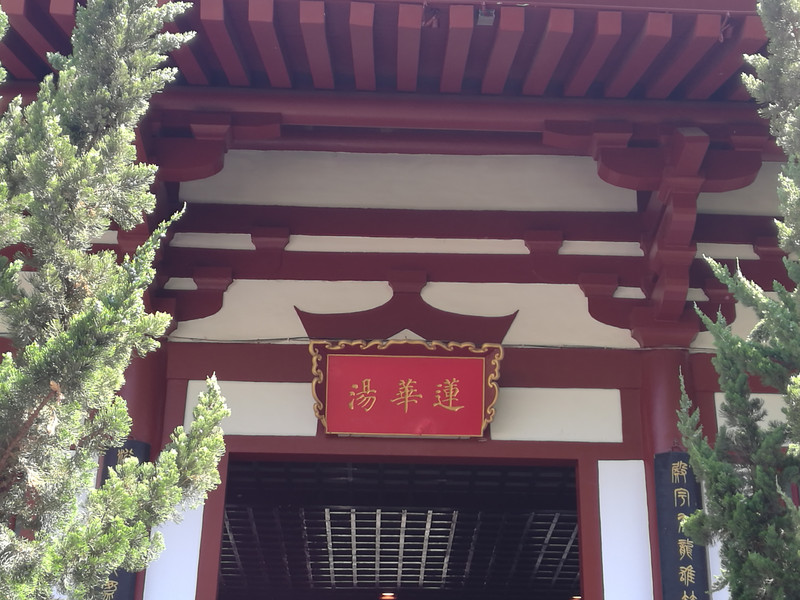
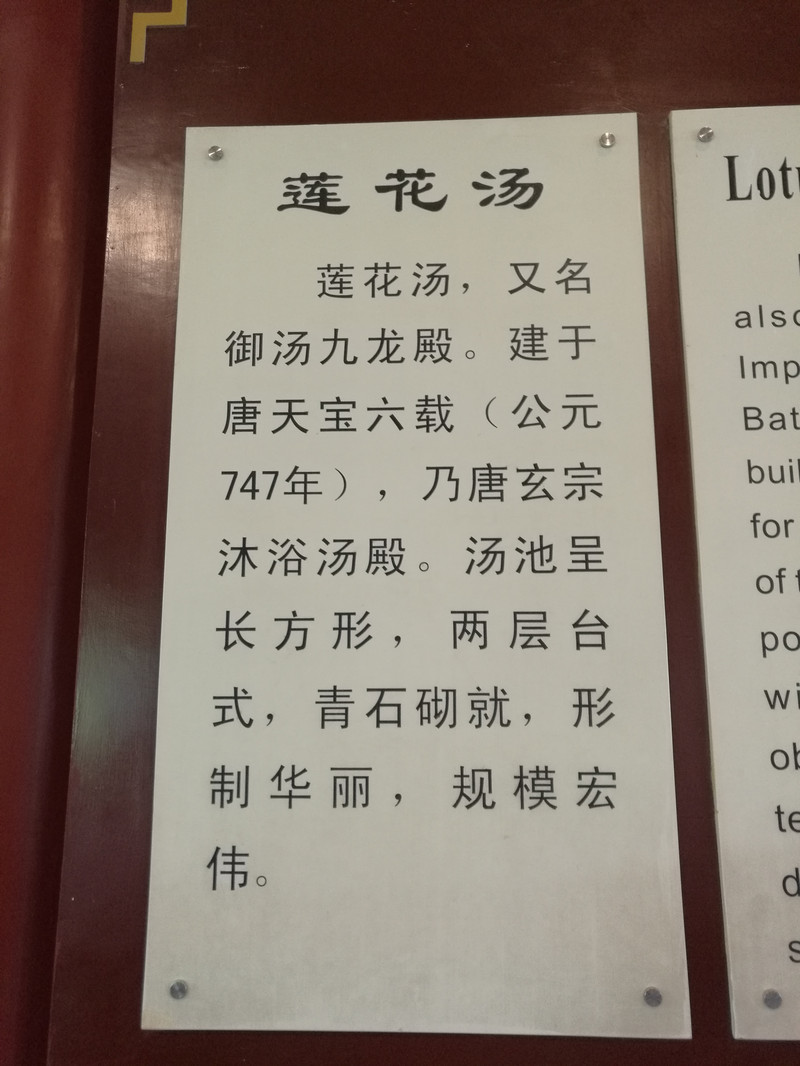
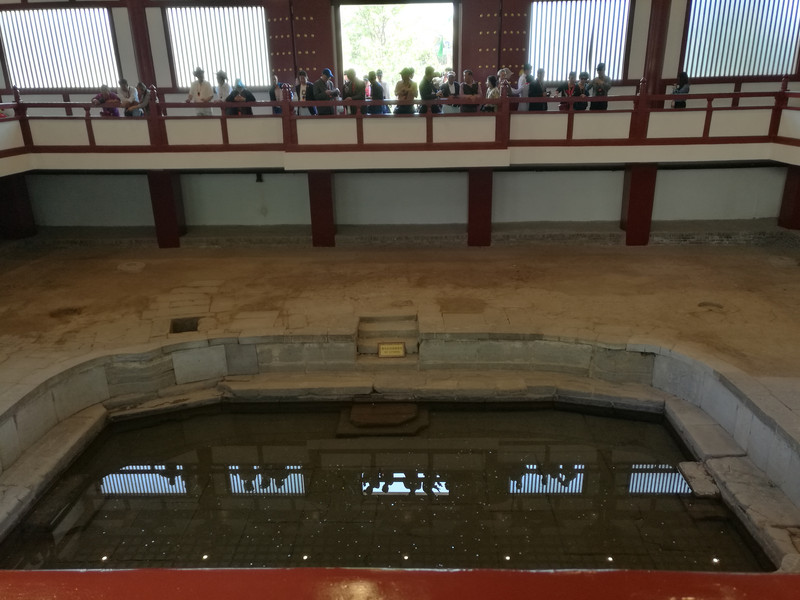
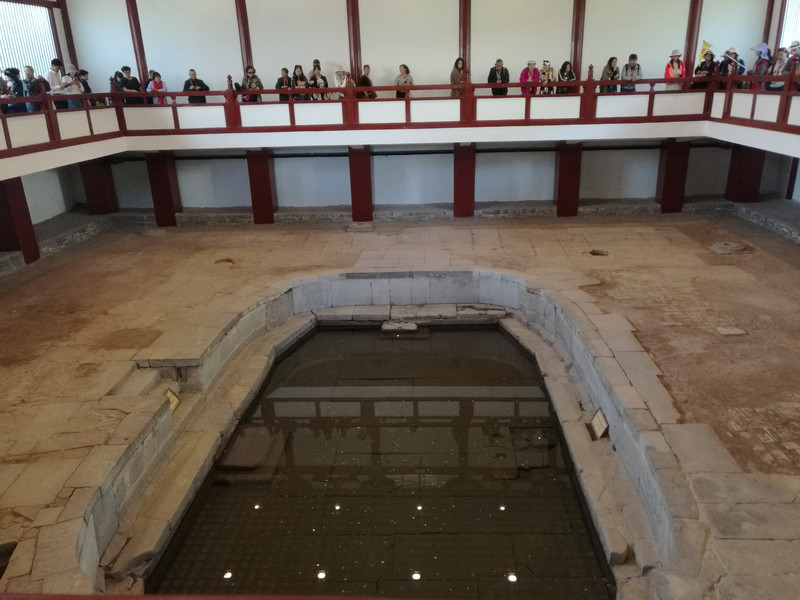
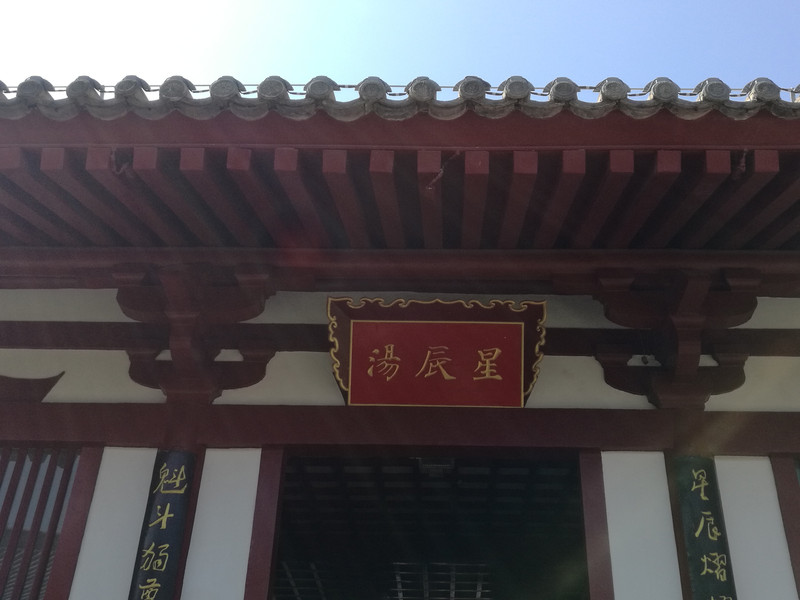
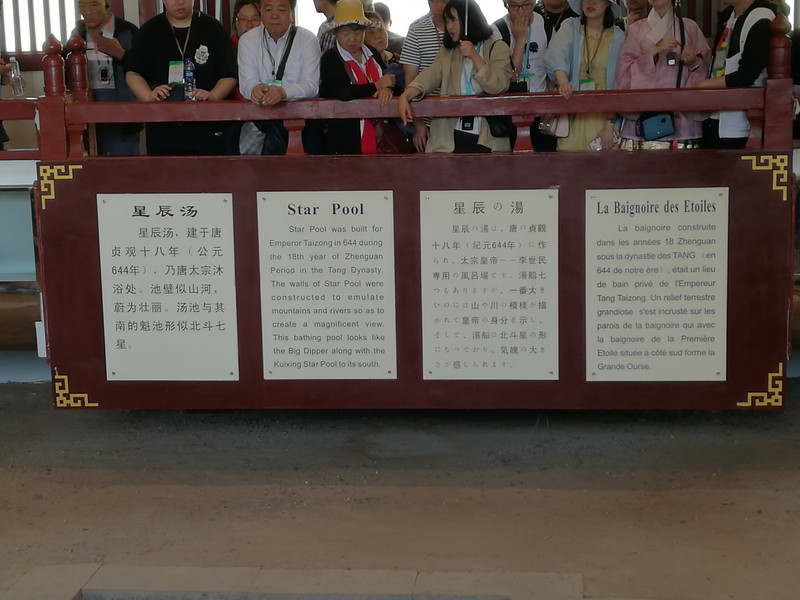
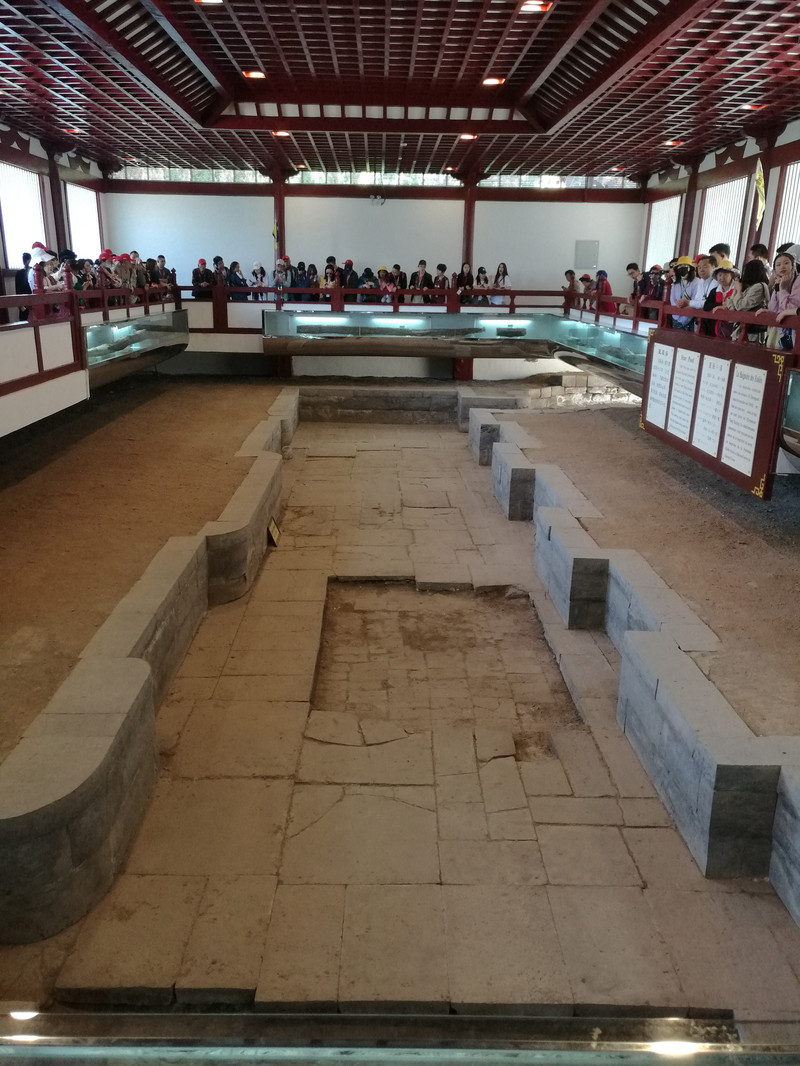
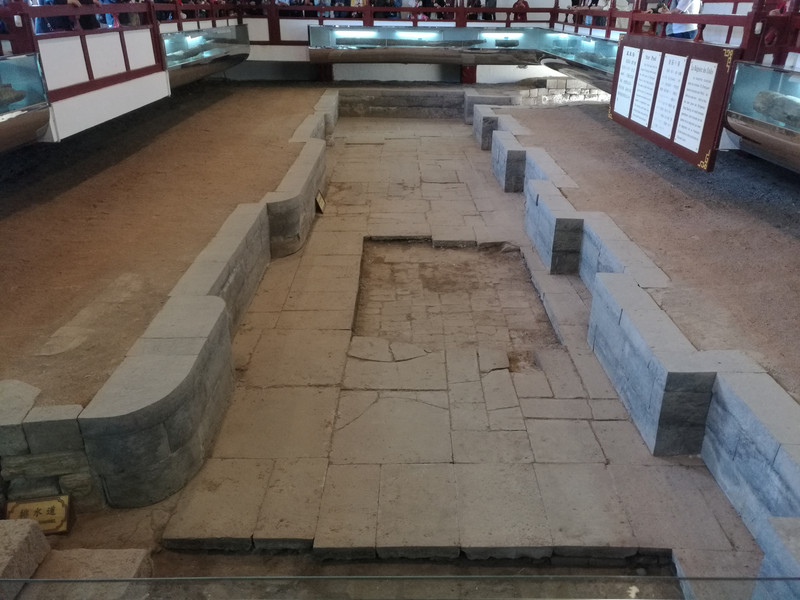
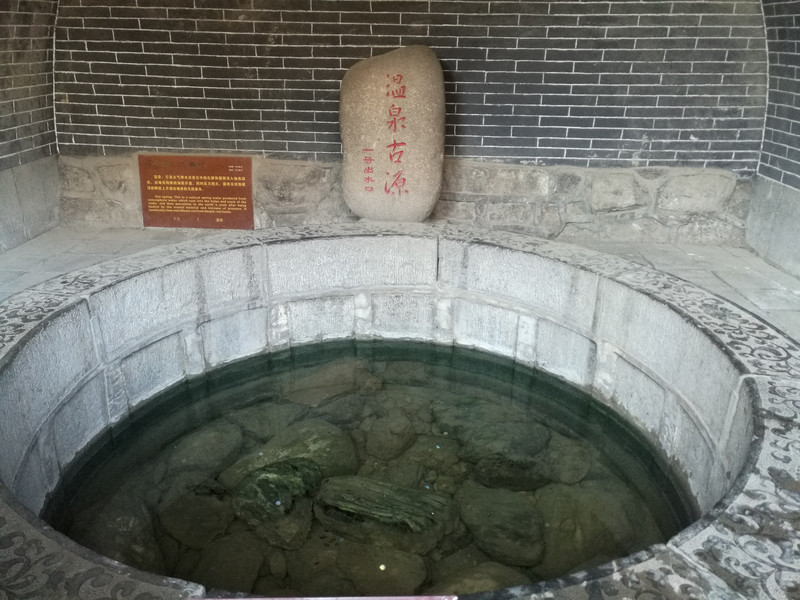
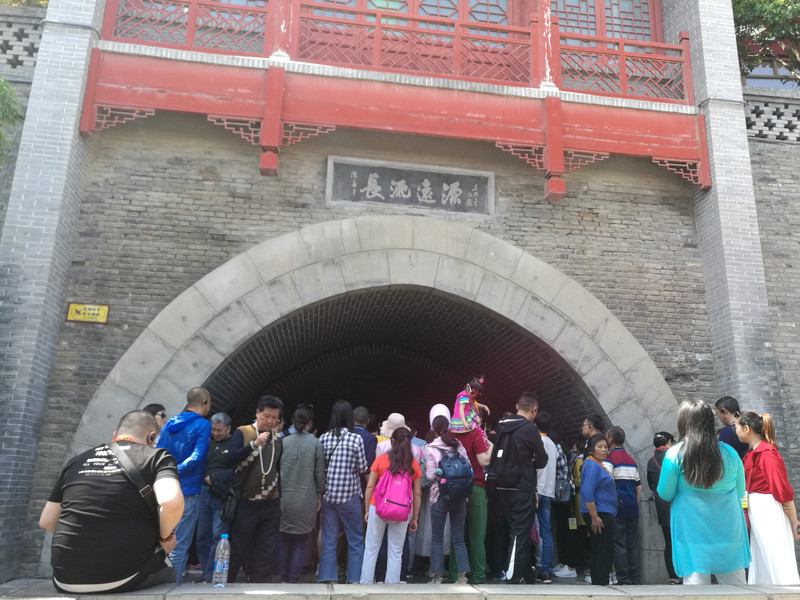


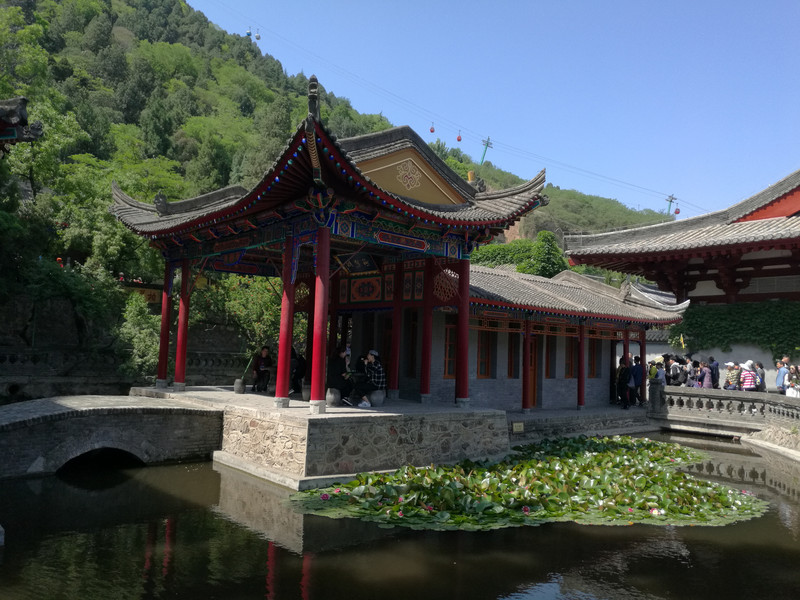
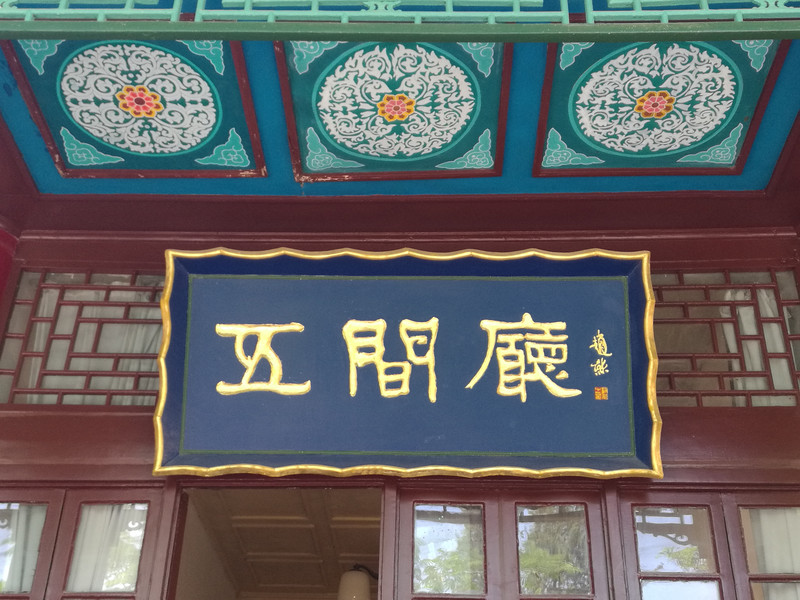
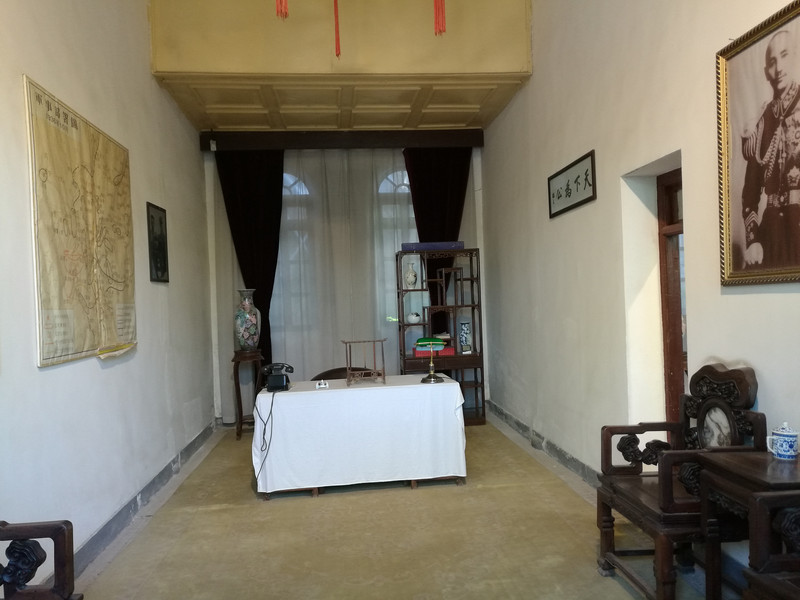
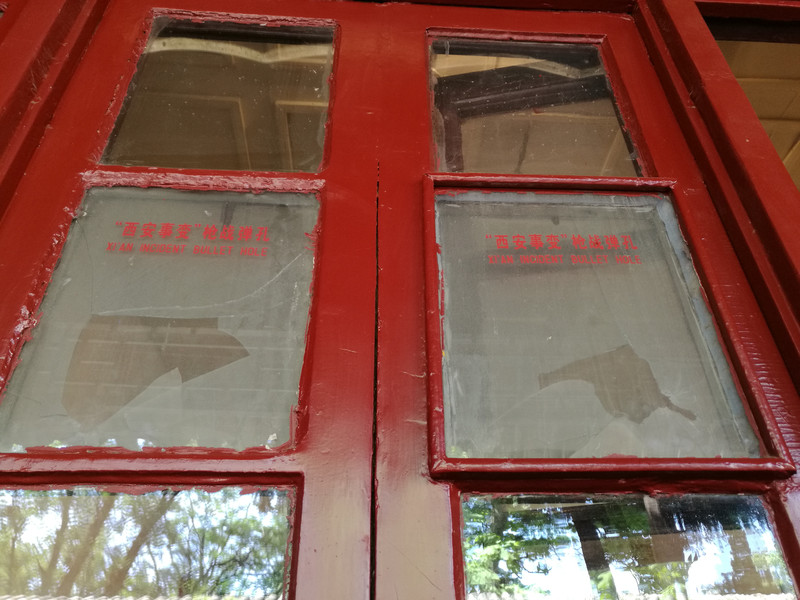
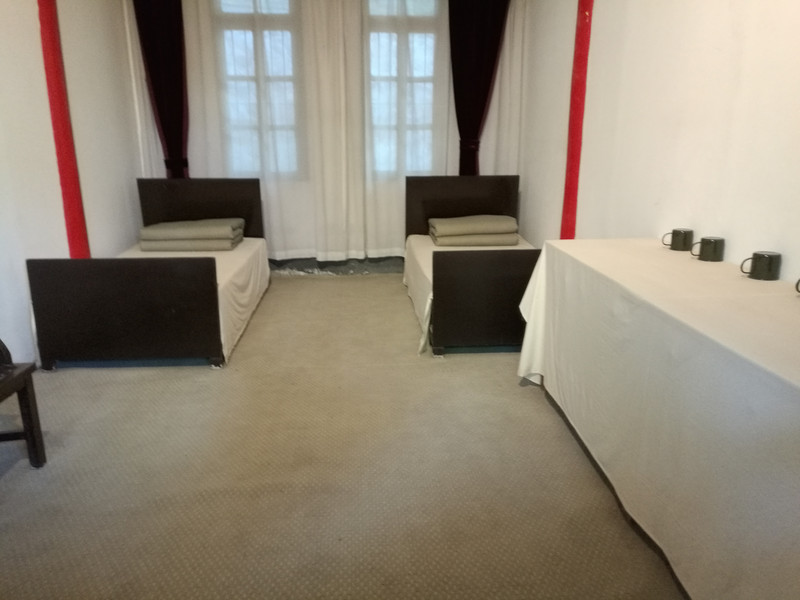
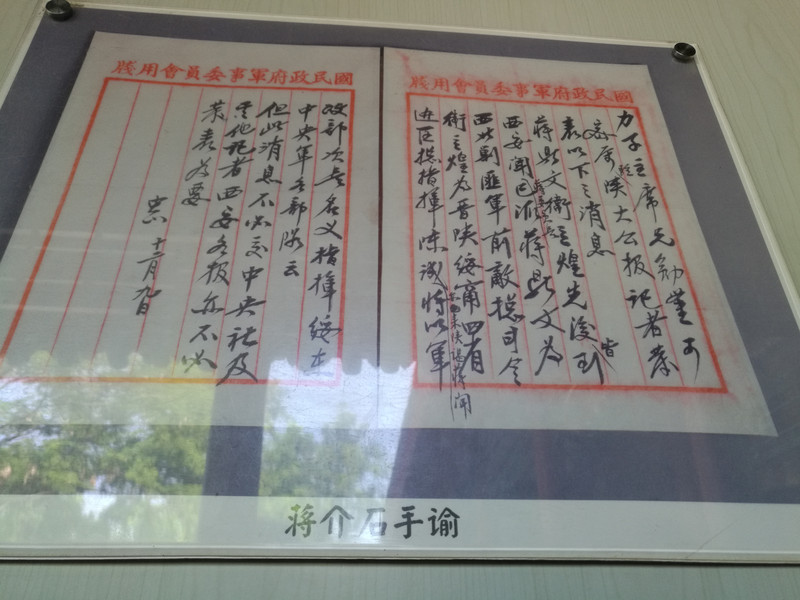
I wanted to climb to the Warmonstrance Pavilion, but after climbing for a while, I felt that the mountain was steep and was worried that my knees couldn't stand it, so I gave up. If I have the opportunity to come to Huaqing Palace again, I must climb Mount Li to have a gimmick for coming to Huaqing Pool next time.
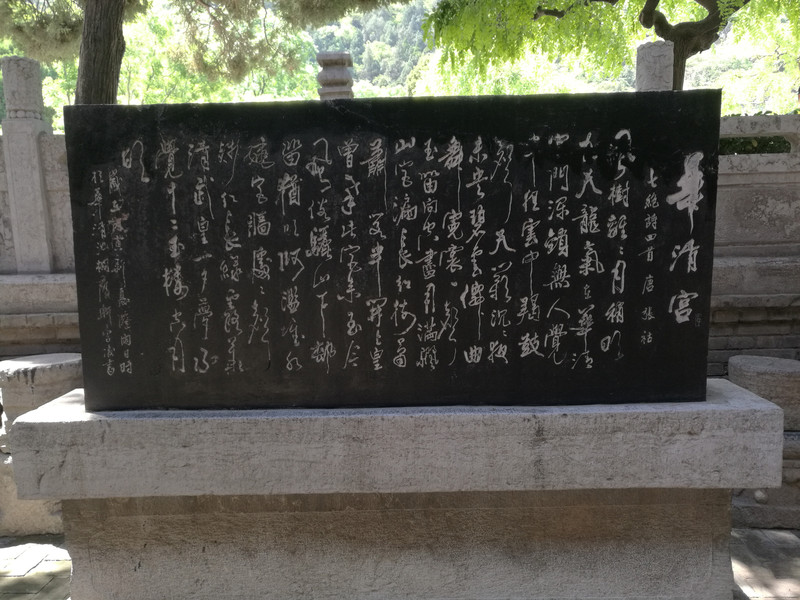
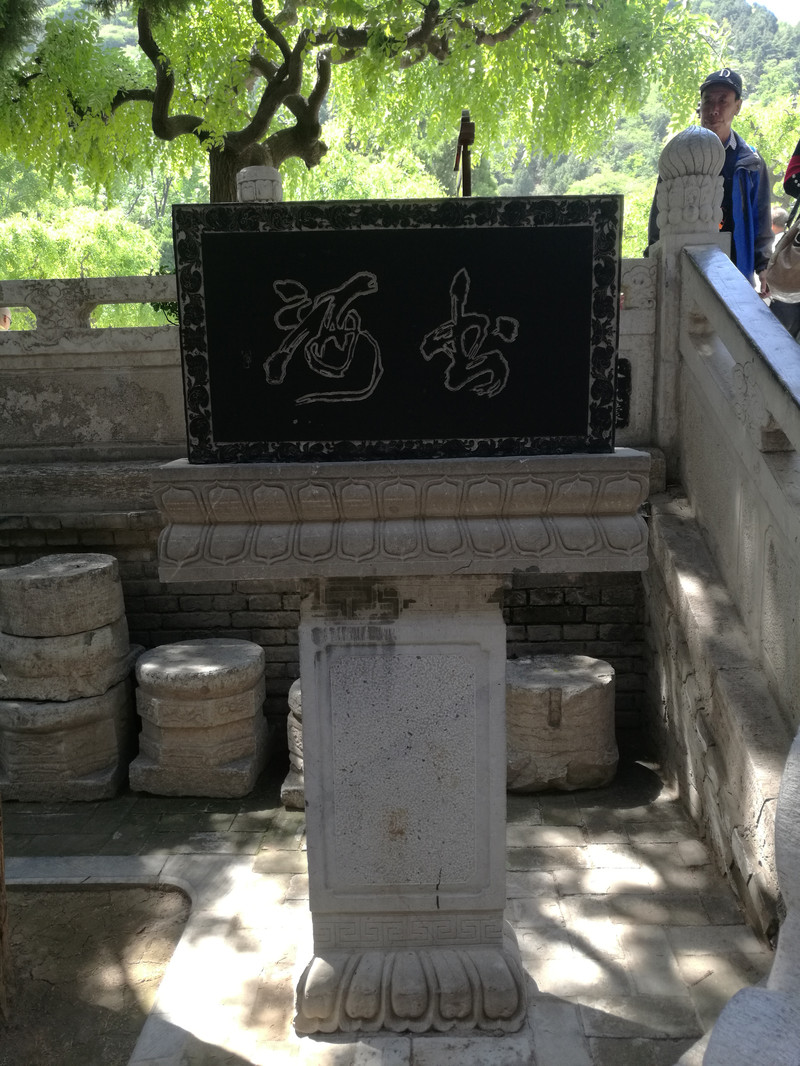
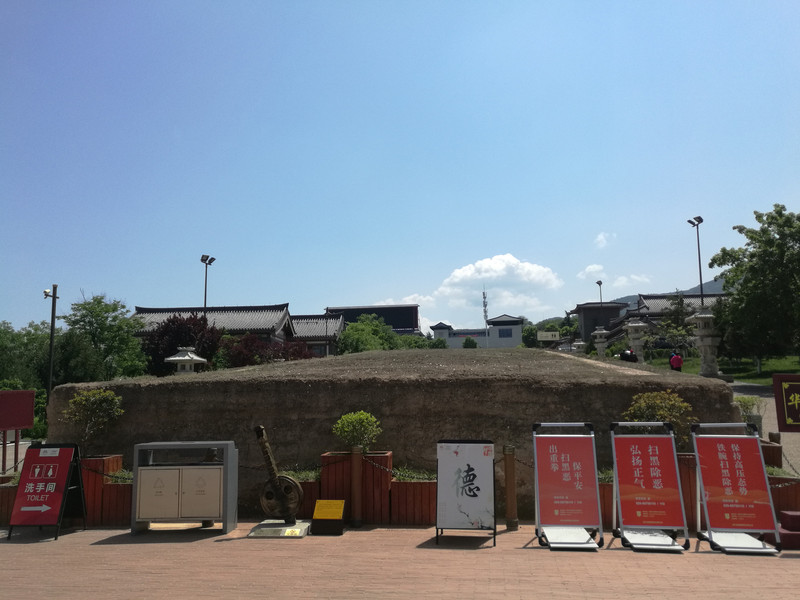

After coming out of Huaqing Palace, I took a bus to visit the Terracotta Warriors. I felt a little regretful that I got separated from my new sister.
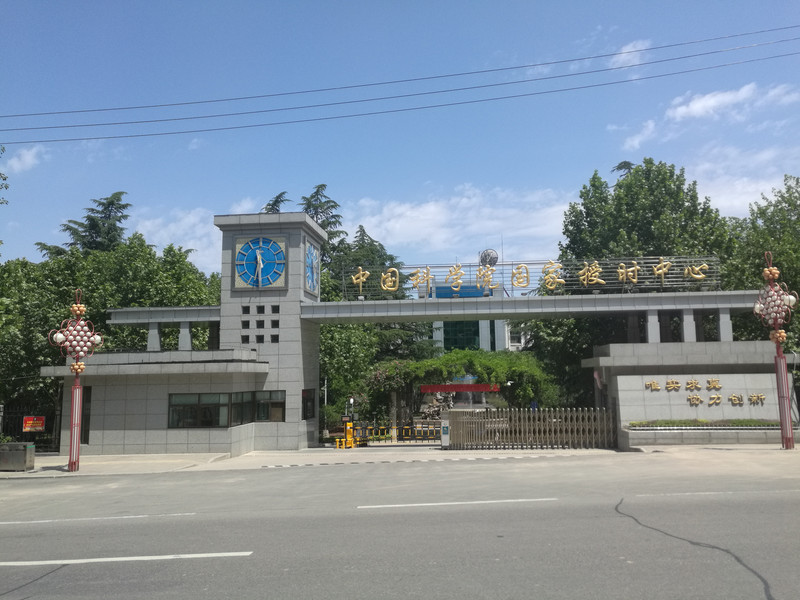
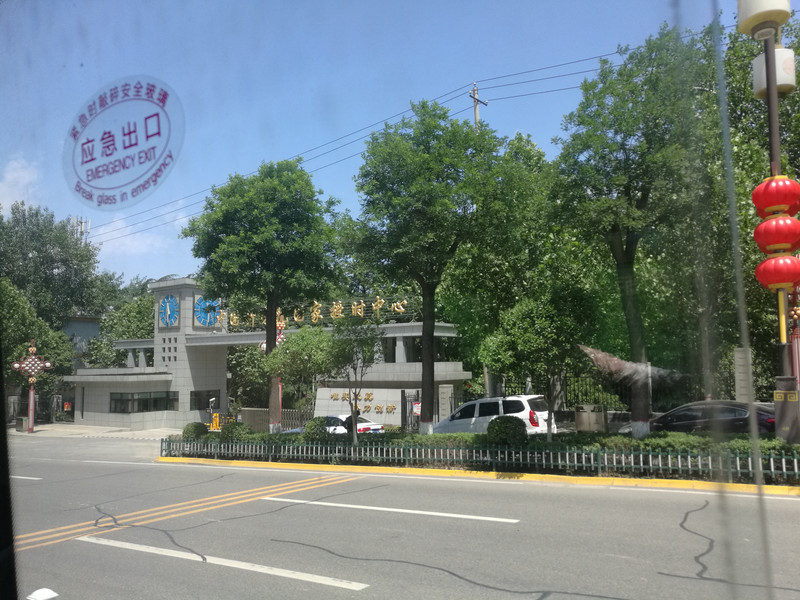
Hongmen Banquet Museum is located in Hongmenbao Village, Xinfeng Town, Lintong District, 2.5 kilometers away from the Qin Terracotta Warriors and Horses Museum. It is adjacent to Mount Li in the south and the Wei River in the north. It is located on the main road from Tongguan to Chang 'an, with convenient transportation. It was officially opened to the outside world in 1984. In 2009, the renovation and upgrading project was completed using cultural industry support funds. Currently, the museum covers an area of more than 10000 square meters and has three exhibition halls, two ruins, and a forest of steles. On the special tourist line bus, the tour guide introduced the Hongmen Banquet attraction and decided to visit it at the last minute.
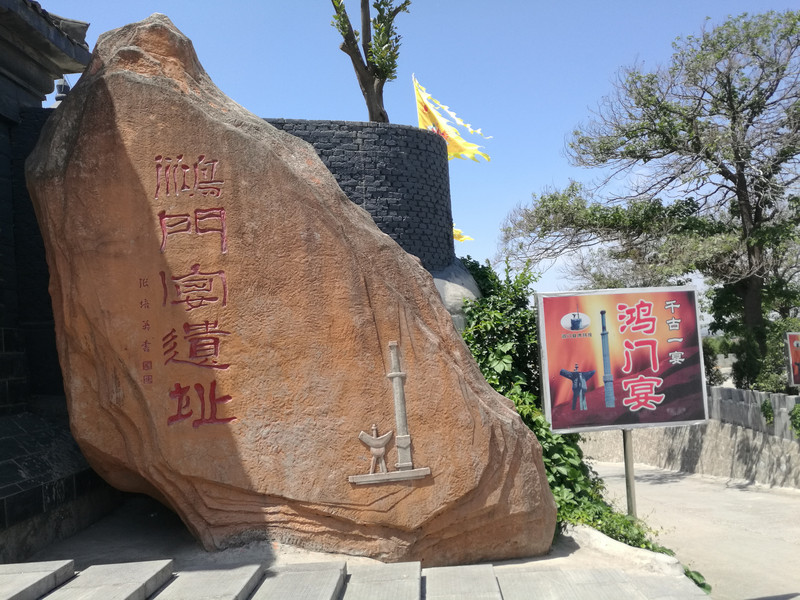
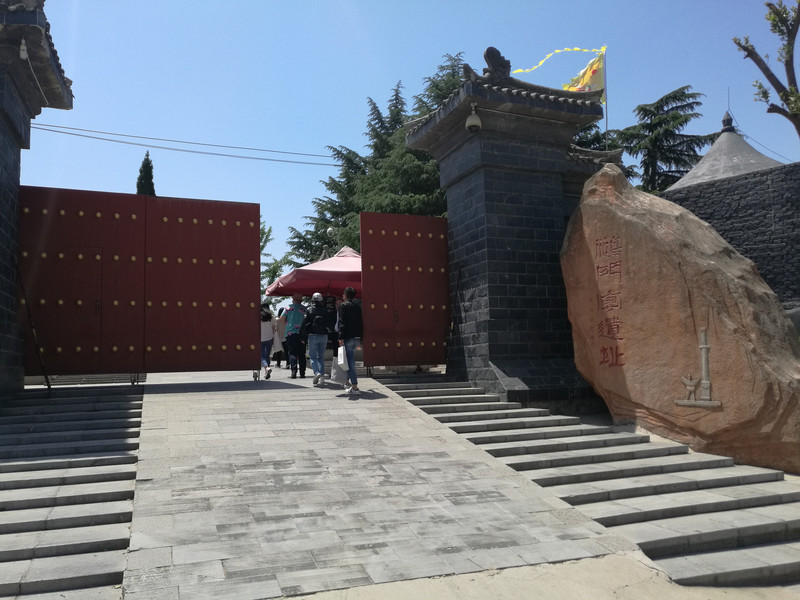
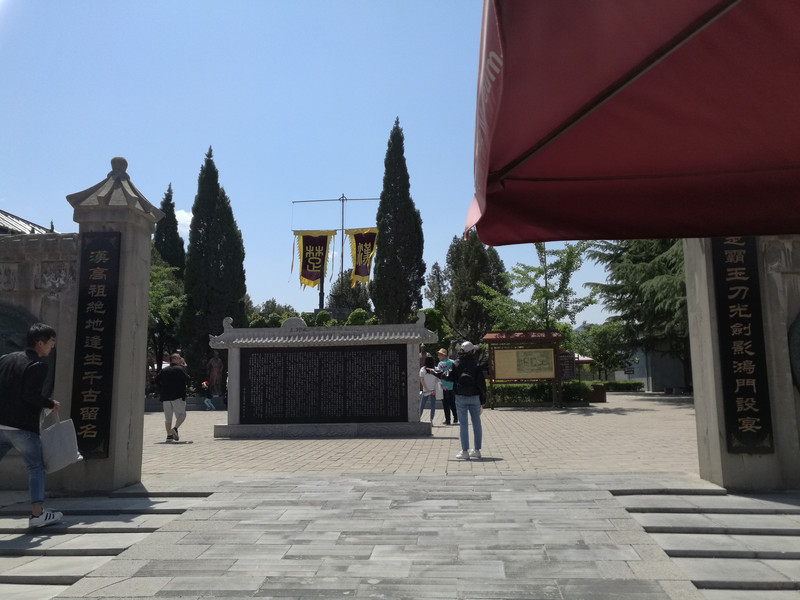
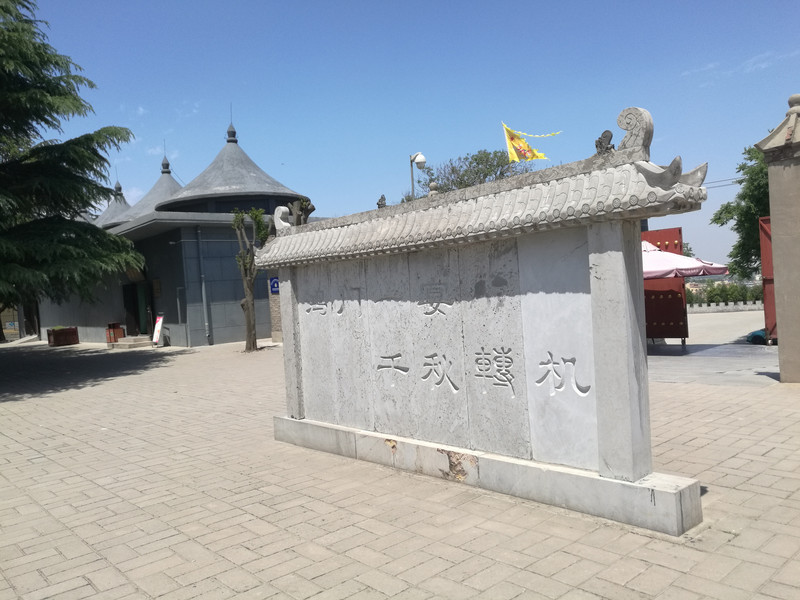


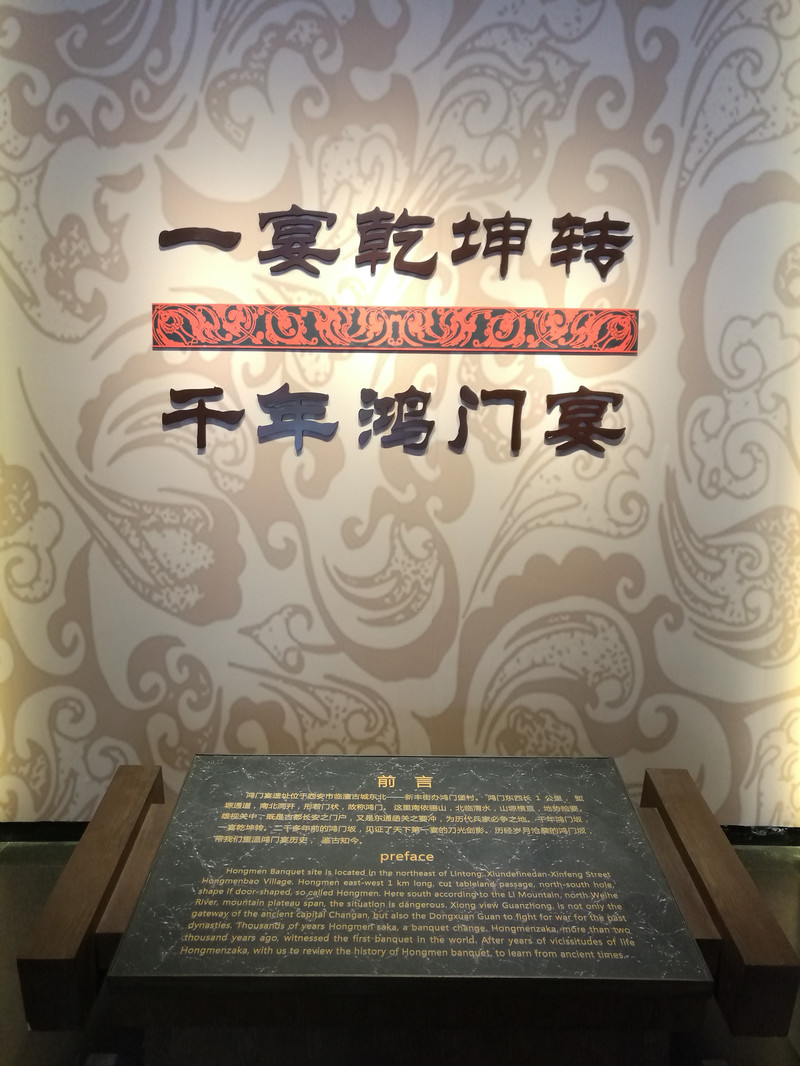
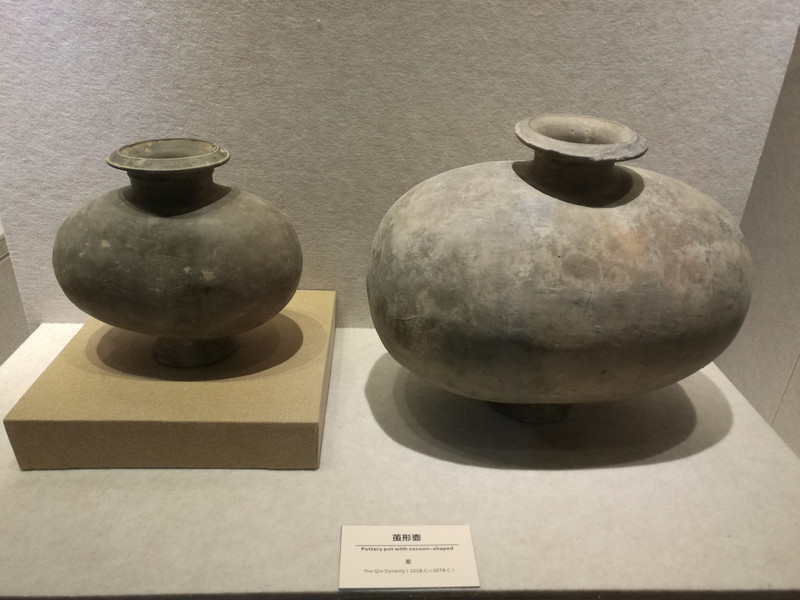
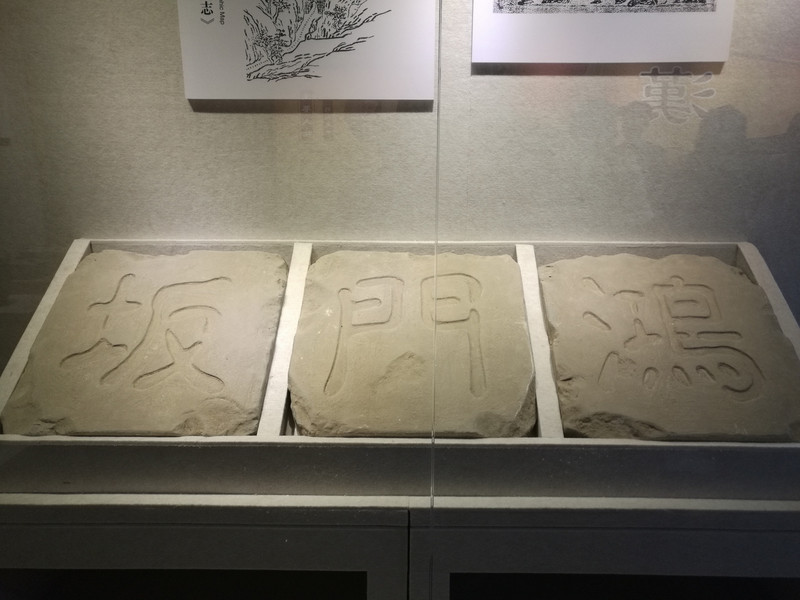
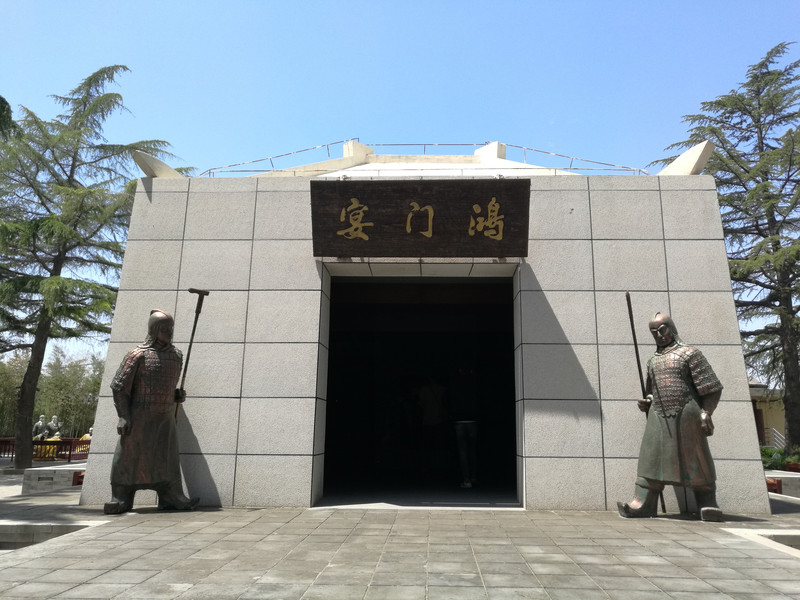
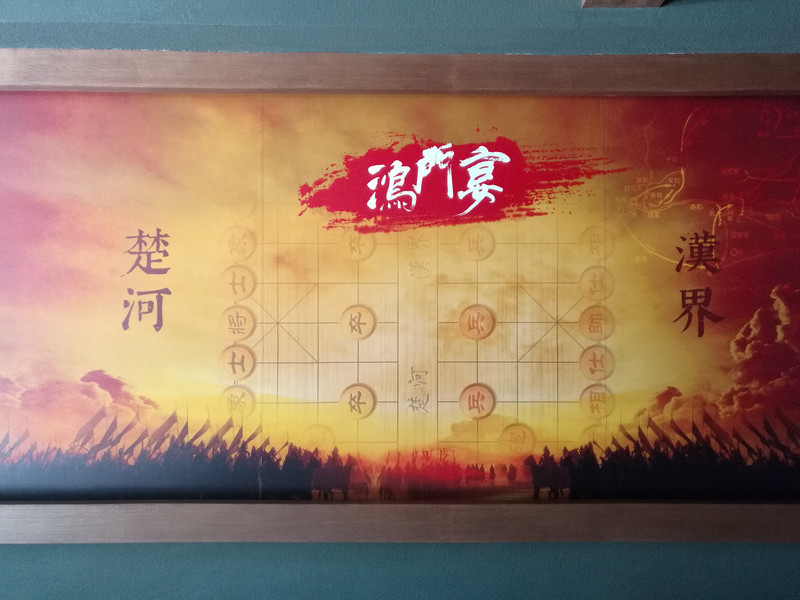
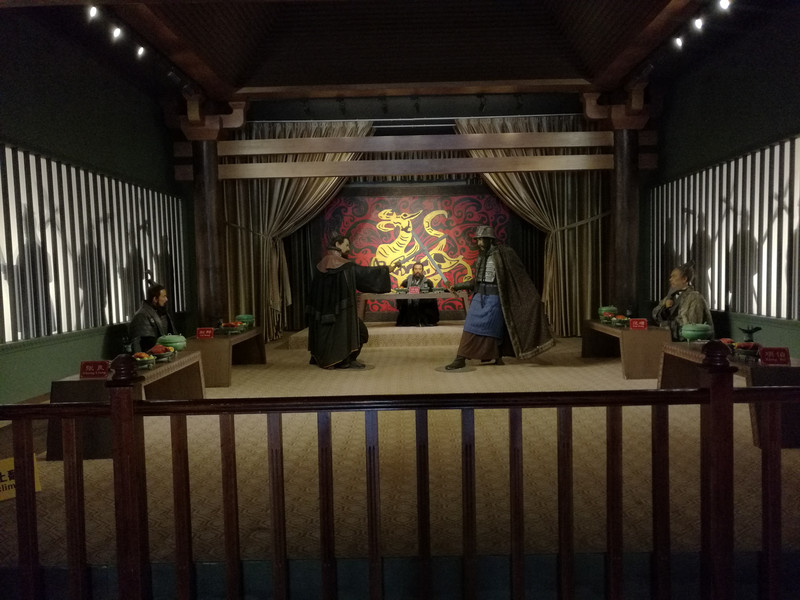
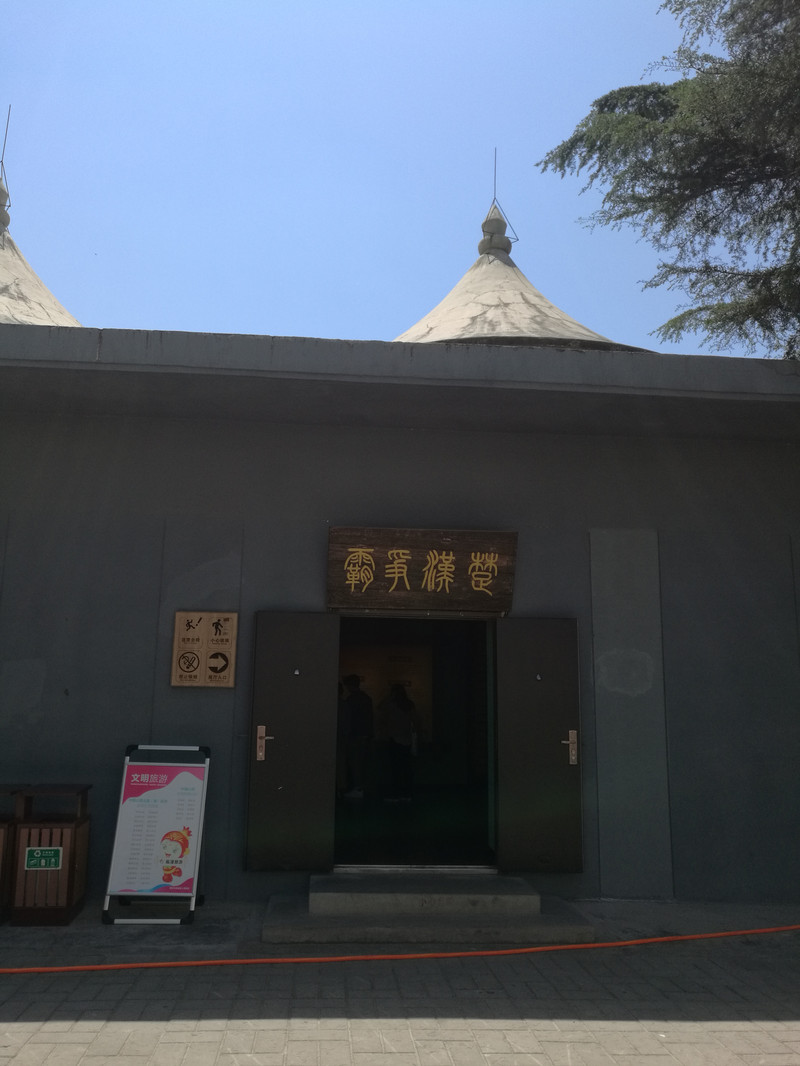

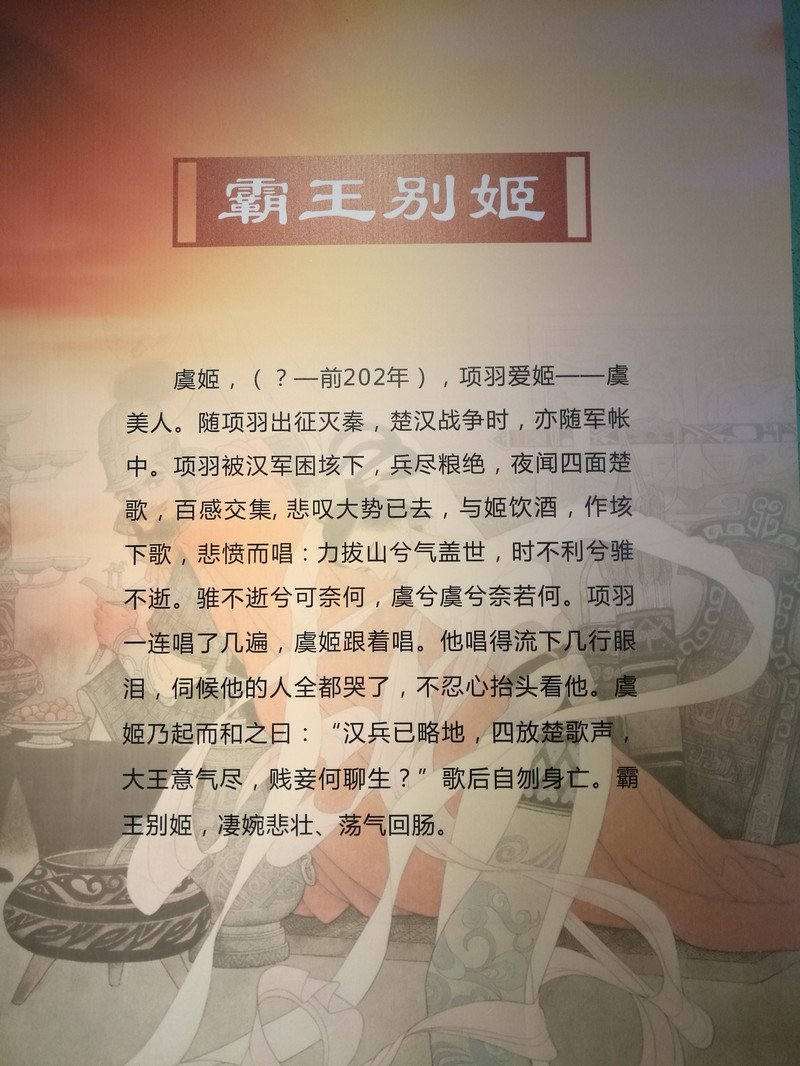
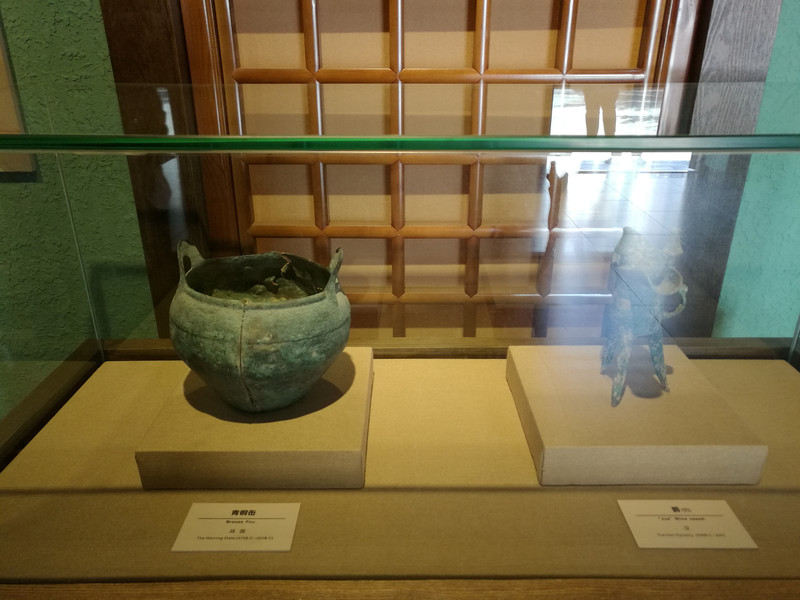

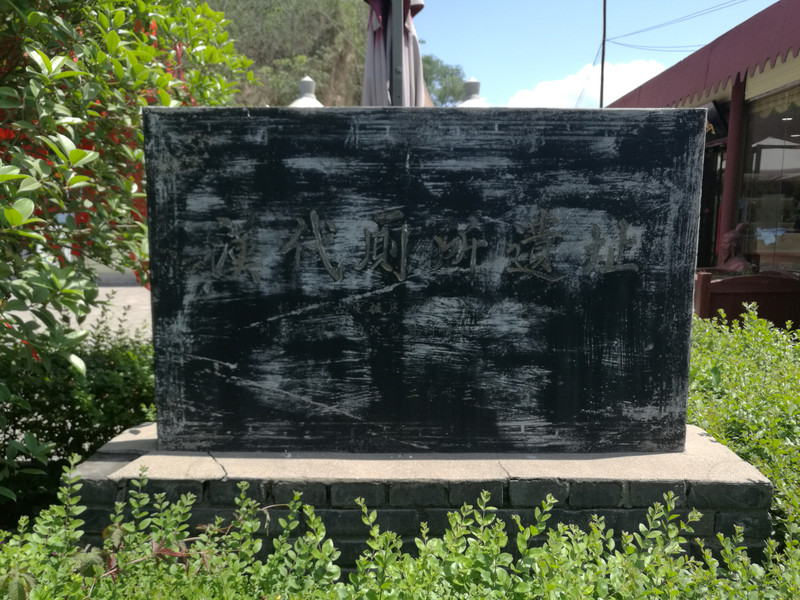
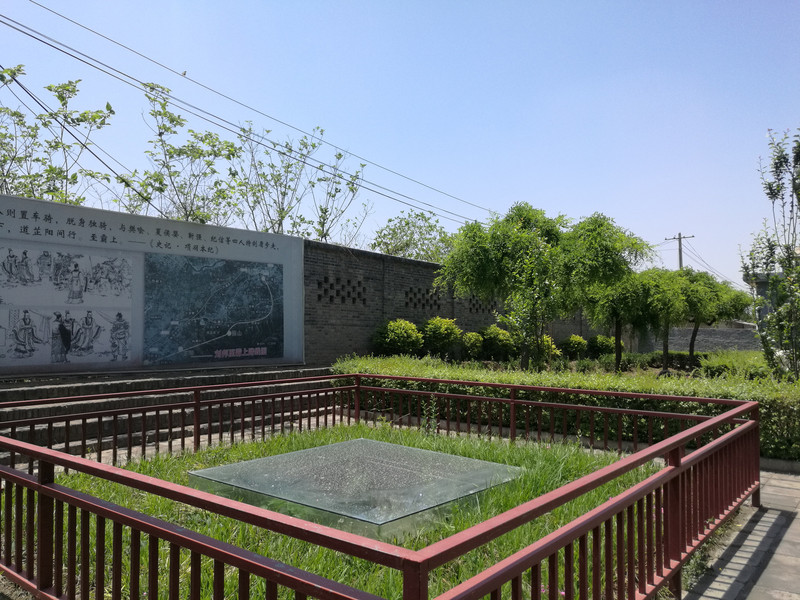


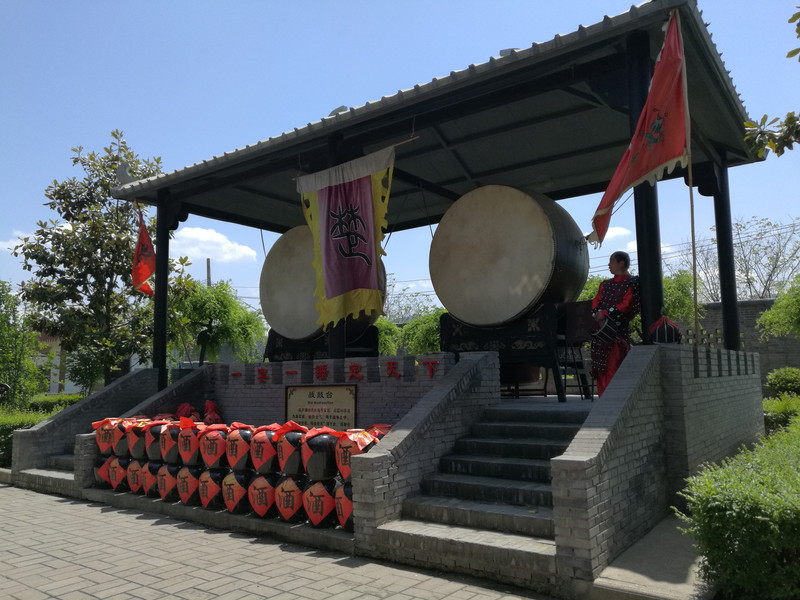
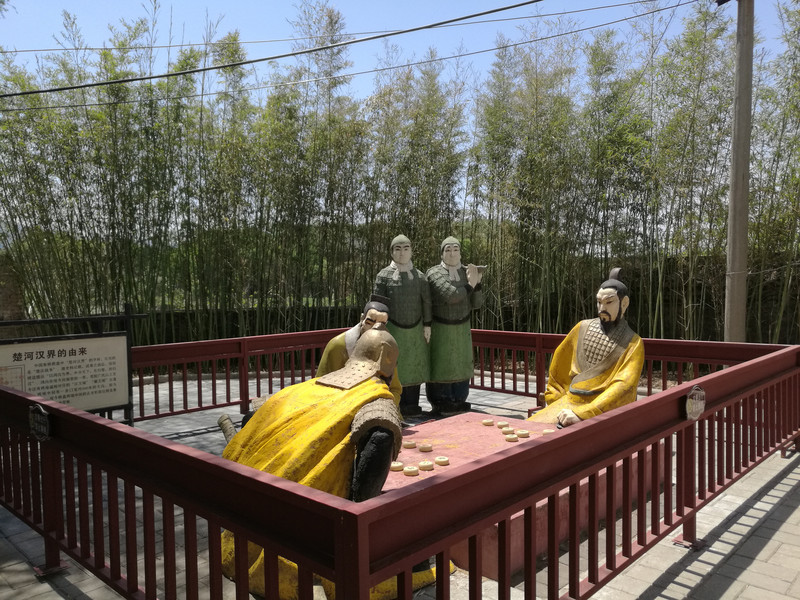
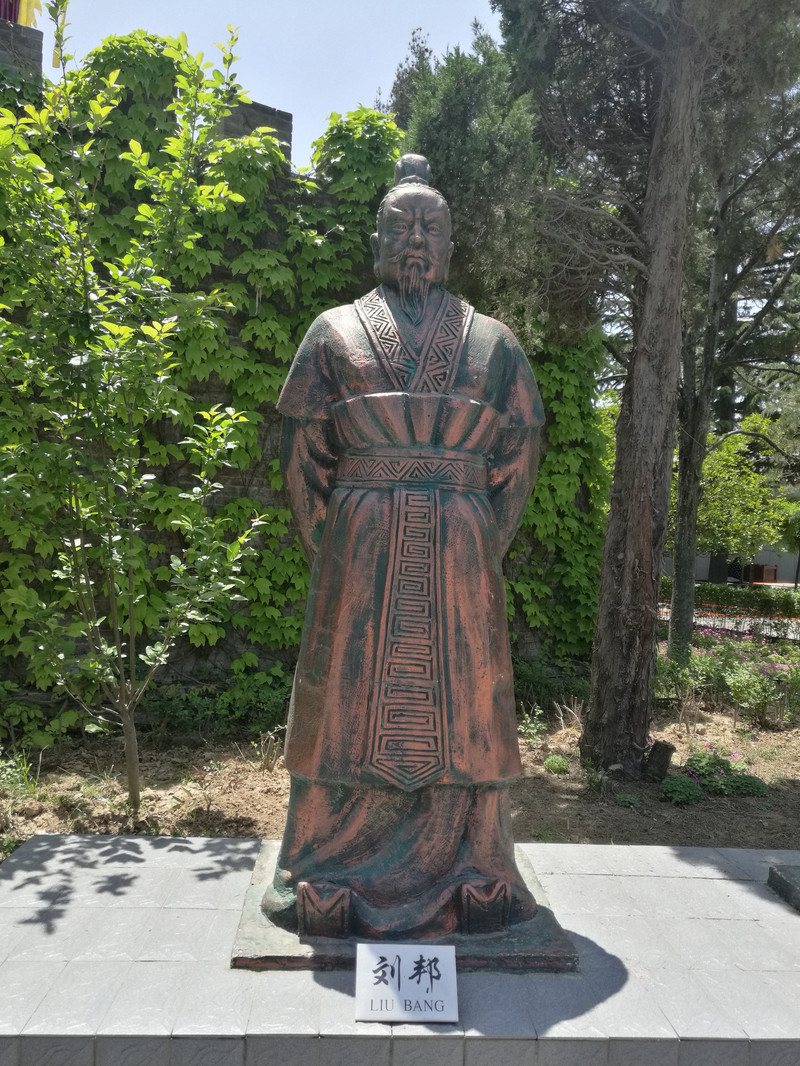
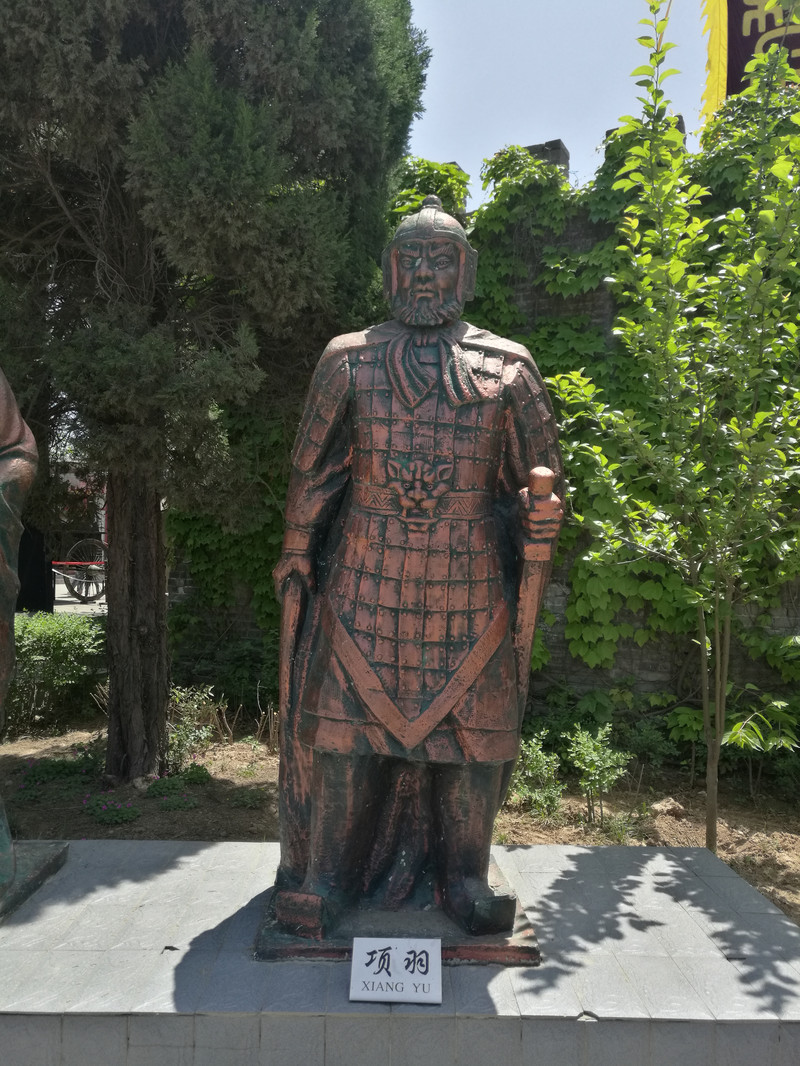

According to Records of the Historian, Qin Shihuang began to build the cemetery when he ascended the throne at the age of 13. Prime Minister Li Si presided over the planning and design, and General Zhang Han oversaw it. The construction took 58 years. The Terracotta Warriors and Horses Pit in the Mausoleum of Qin Shi Huang is the burial pit of the Mausoleum of Qin Shi Huang, located 1500 meters east of the cemetery. The burial pits of Terracotta Warriors and Horses in the Mausoleum of Qin Shi Huang face west to east, and the three pits are arranged in a triangular shape. There are more than 8,000 terracotta warriors in the pit. The earliest discovered pit was No. 1 and the largest. There are more than 8000 terracotta warriors in the pit, with sloping doorways on all sides, and there are also terracotta warriors pits on the left and right sides, now called Pit No. 2 and Pit No. 3. The Terracotta Warriors and Horses of Qin Shi Huang are one of the greatest discoveries in the history of world archeology. In 1978, former French President Jacques Chirac said after a visit: "There are seven miracles in the world, and the discovery of the Qin terracotta warriors can be said to be the eighth miracle. If you don't look at the Qin terracotta warriors, you can't be considered to have been to China." Since then, the Qin terracotta warriors have been praised by the world as "one of the Eight Wonders". Four pits have been excavated. One of the pits (Pit No. 4) was not built due to the peasant uprising at the end of Qin Dynasty and other reasons, and there is nothing inside. The Qin Shi Huang Terracotta Warriors Museum is located 1.5 kilometers east of the Qin Shi Huang Mausoleum and is built on the original site of the Qin Terracotta Warriors Pit.
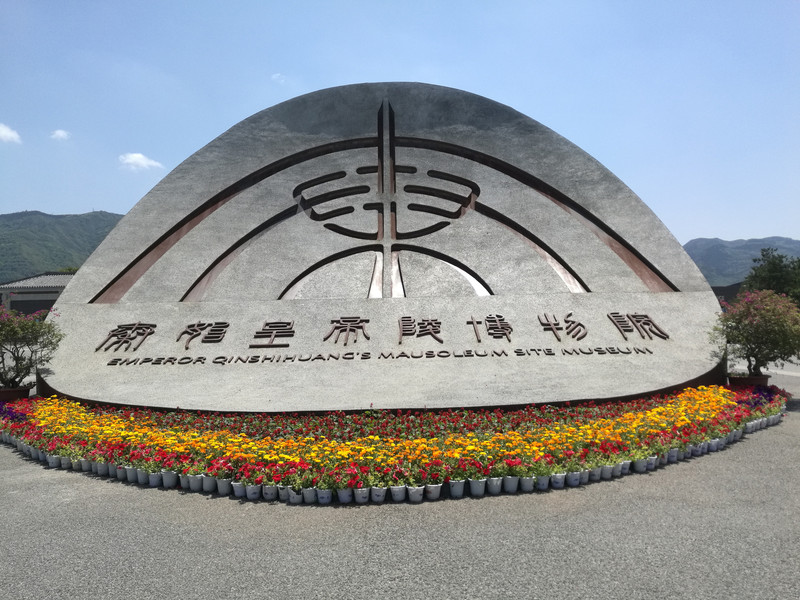
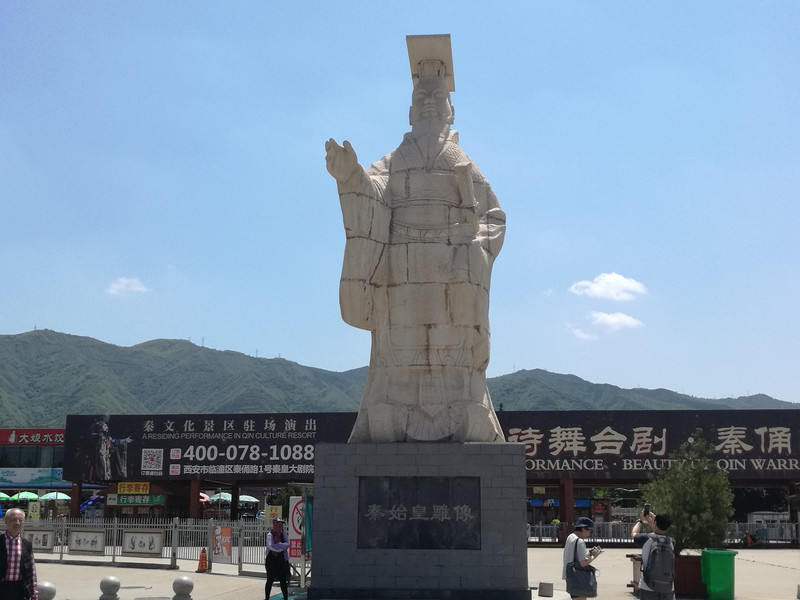
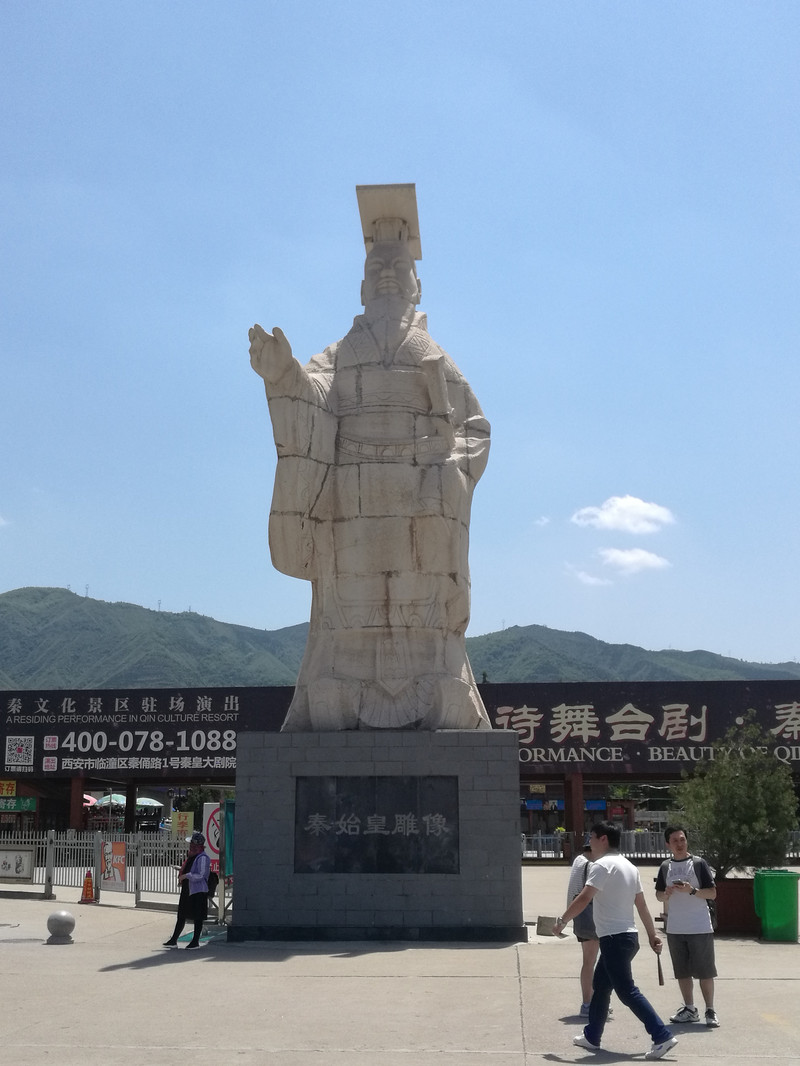

Tickets for the Qin Shi Huang Mausoleum Museum include the Qin Shi Huang Terracotta Army Museum and the Qin Shi Huang Mausoleum Lishan Garden. The two attractions are 2200 meters away and can be commuted by a tourist bus. The Qin Shi Huang Terracotta Warriors Museum displays the Qin Terracotta Warriors and Horses, known as the "Eighth Wonder of the World", and the "Bronze Crown" Qin Mausoleum bronze carriage. The Mausoleum of Qin Shi Huang, known as the "Lishan Garden" in history, is the largest and most richly buried tomb among Chinese royal tombs in previous dynasties. I first visited the Terracotta Warriors Museum
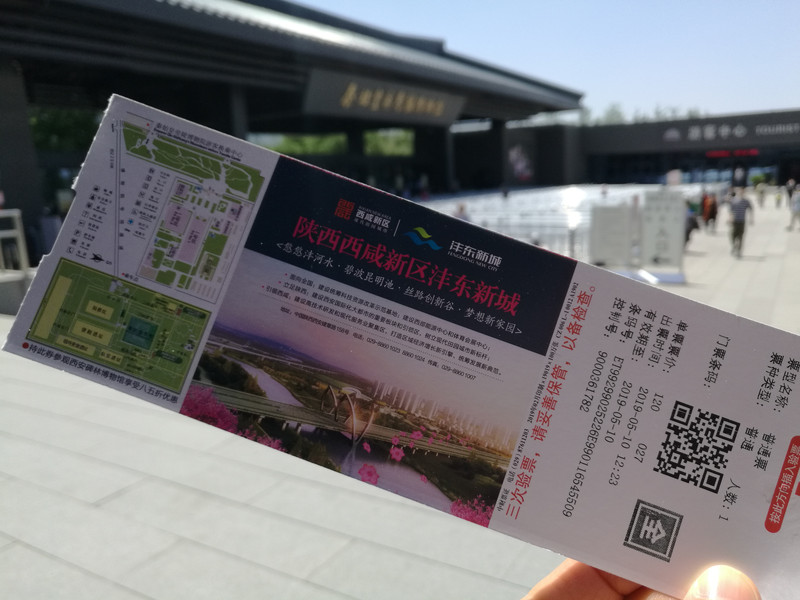
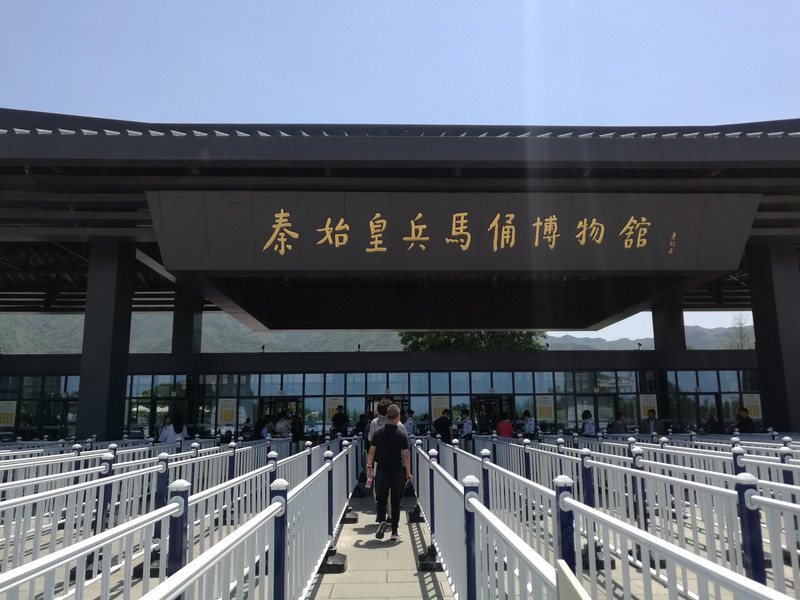
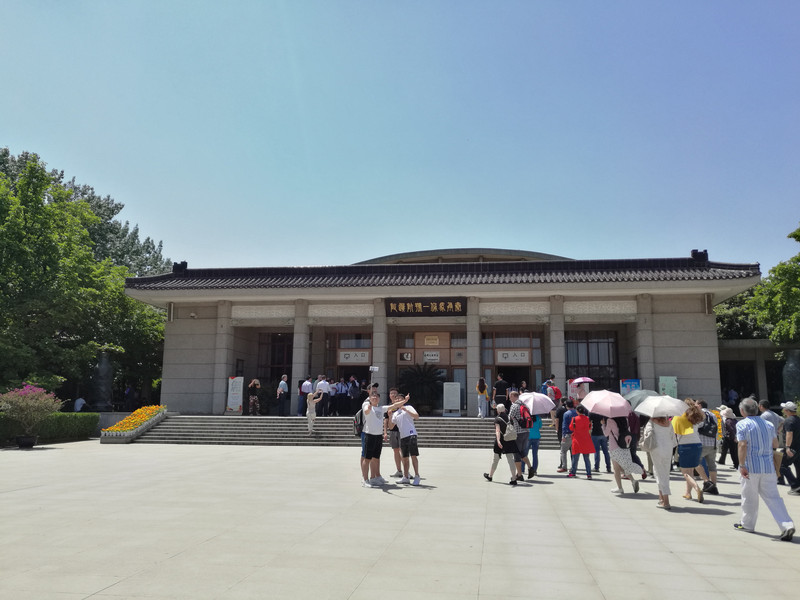
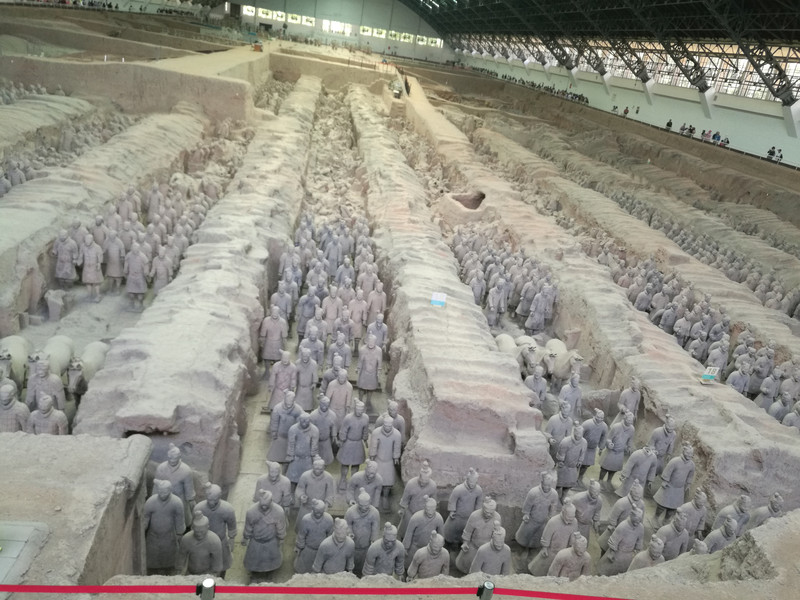
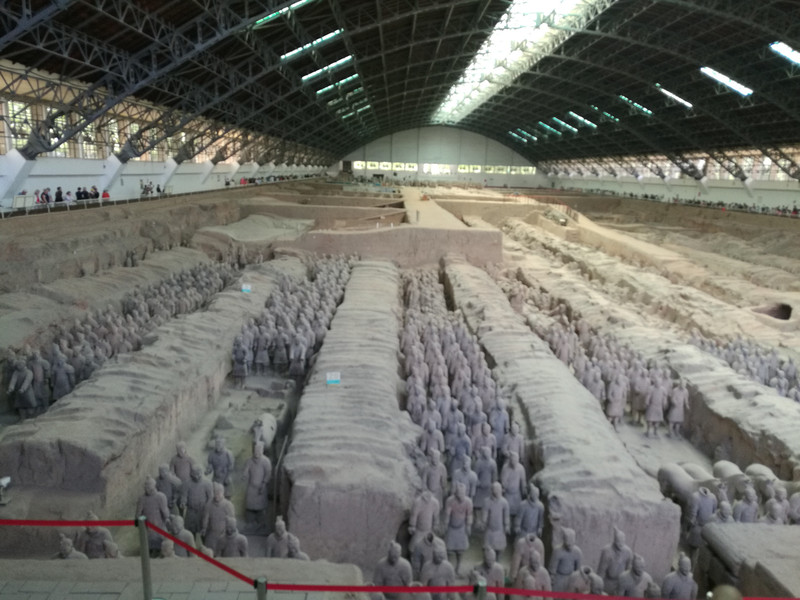
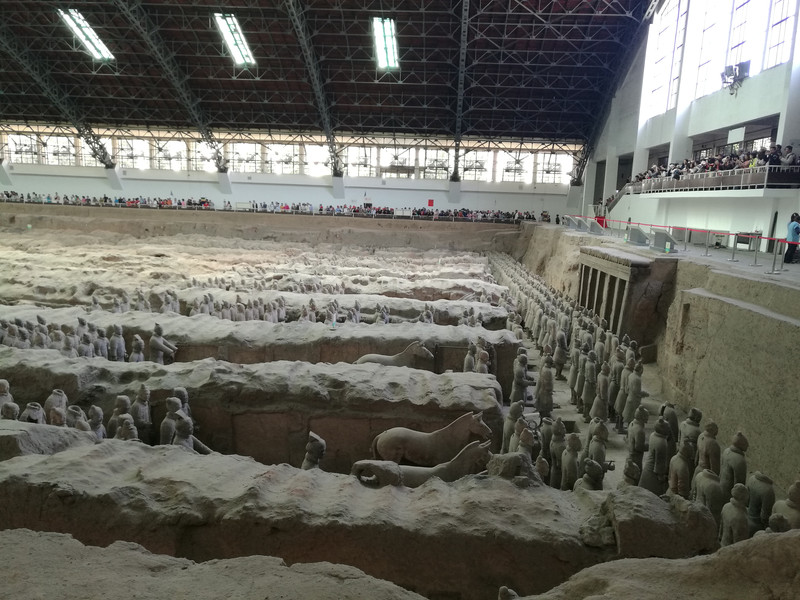
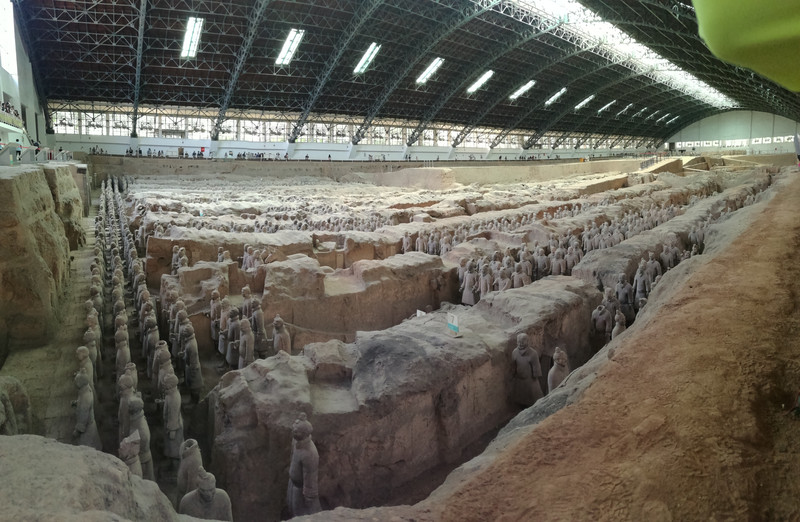
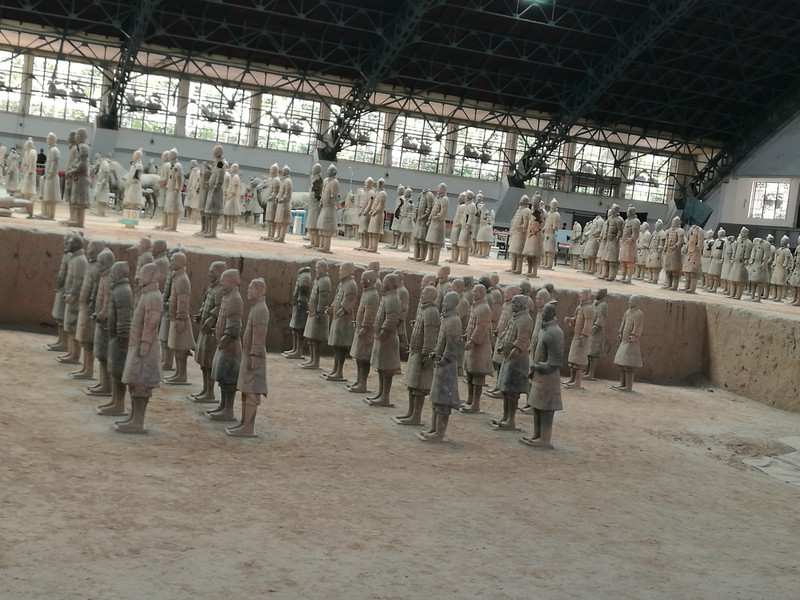
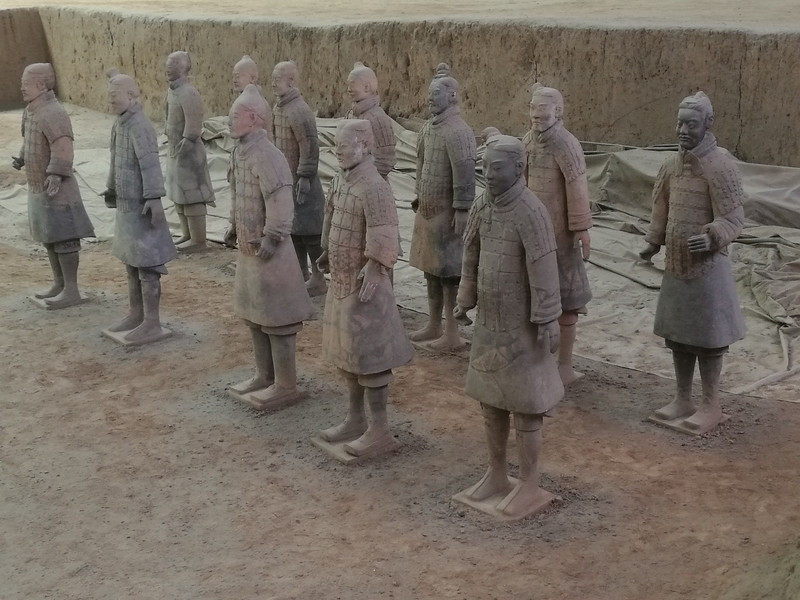
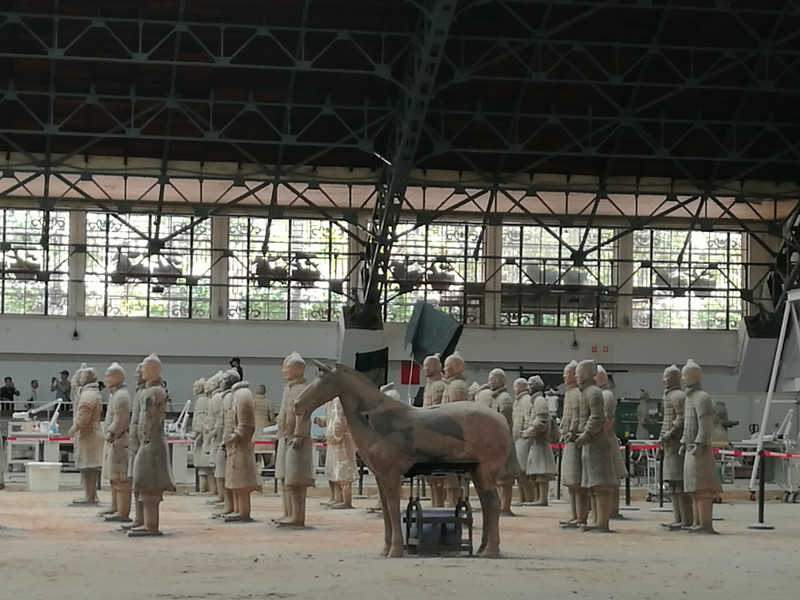
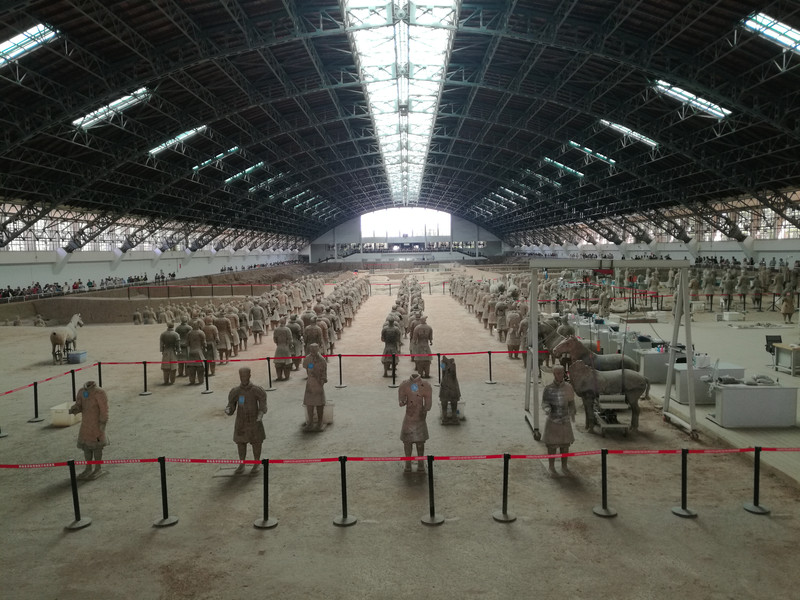
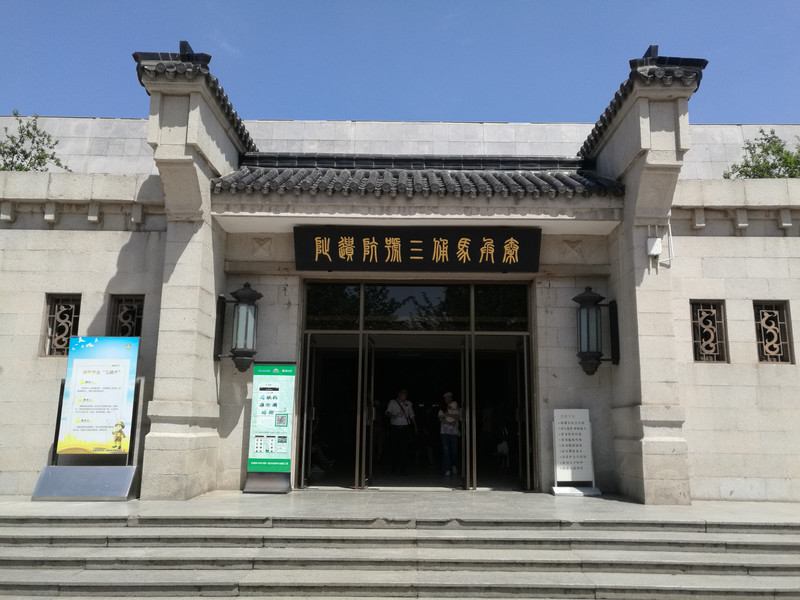
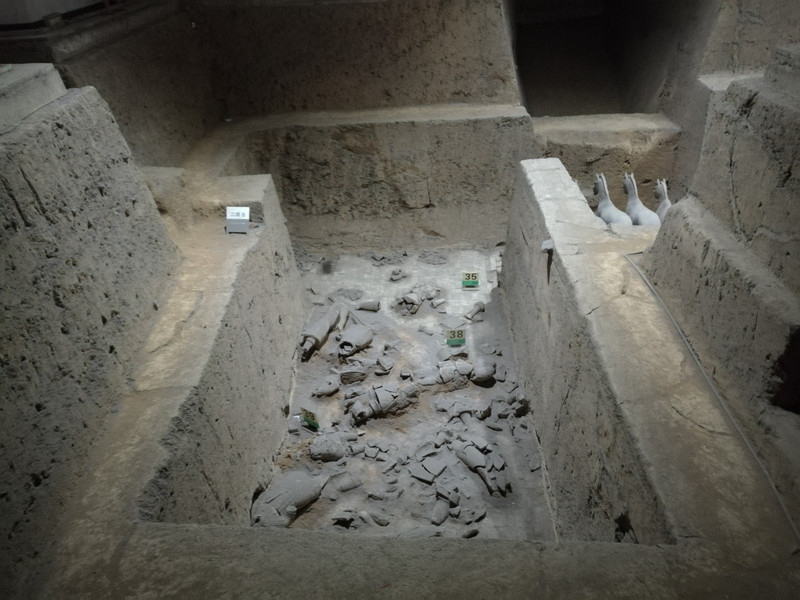
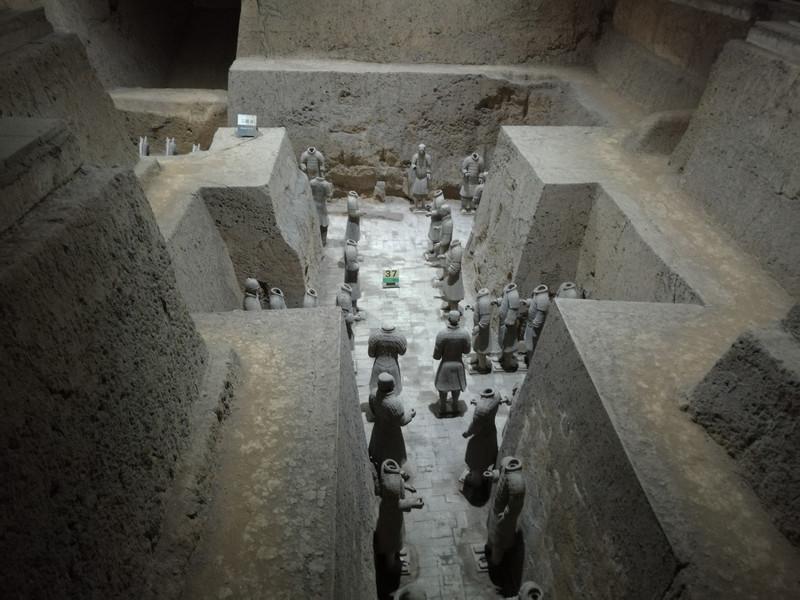
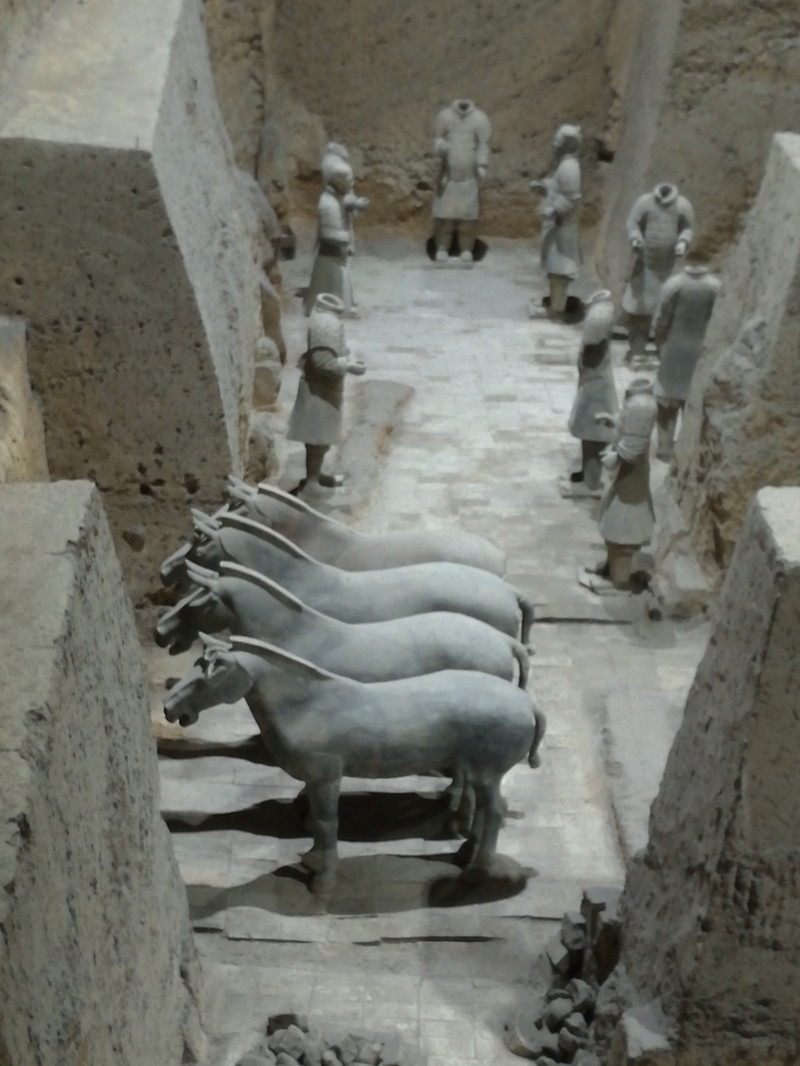
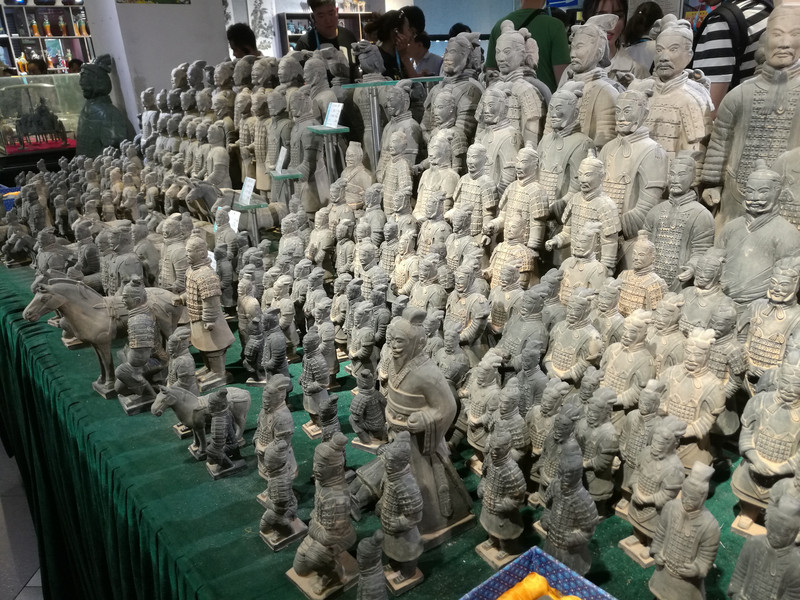
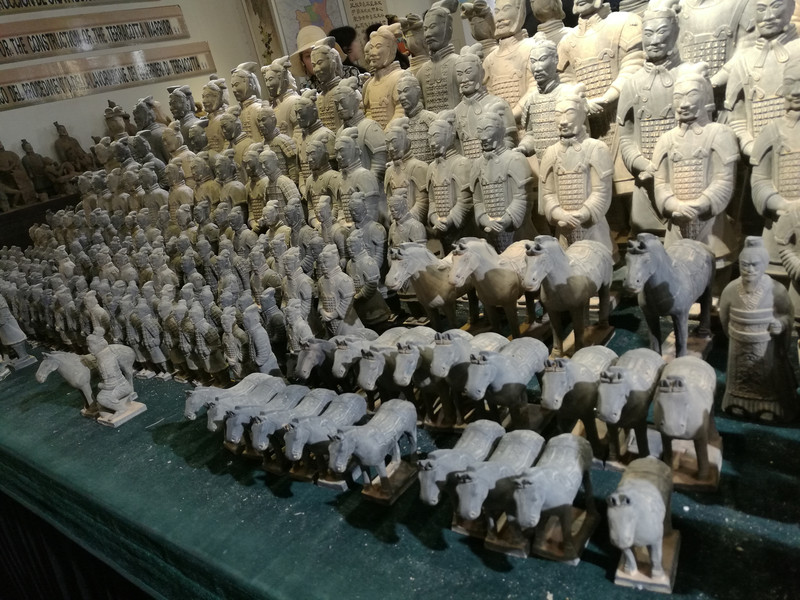
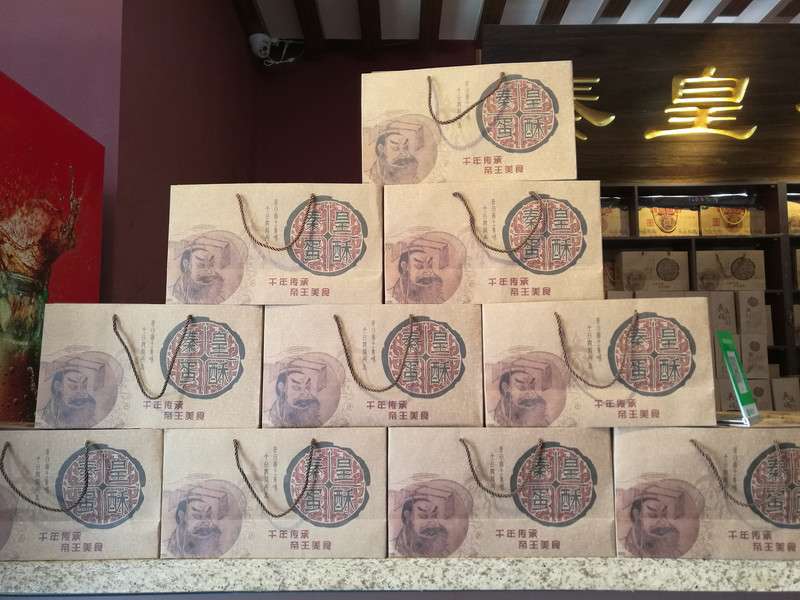
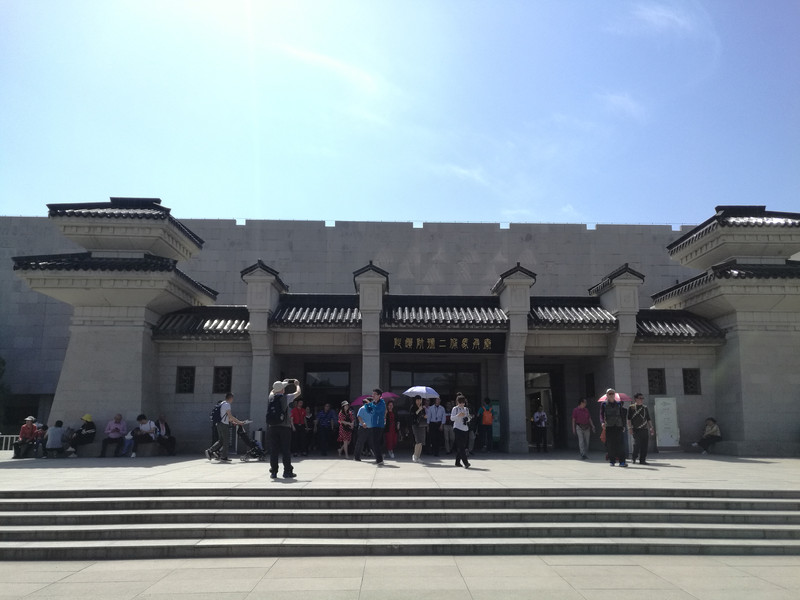
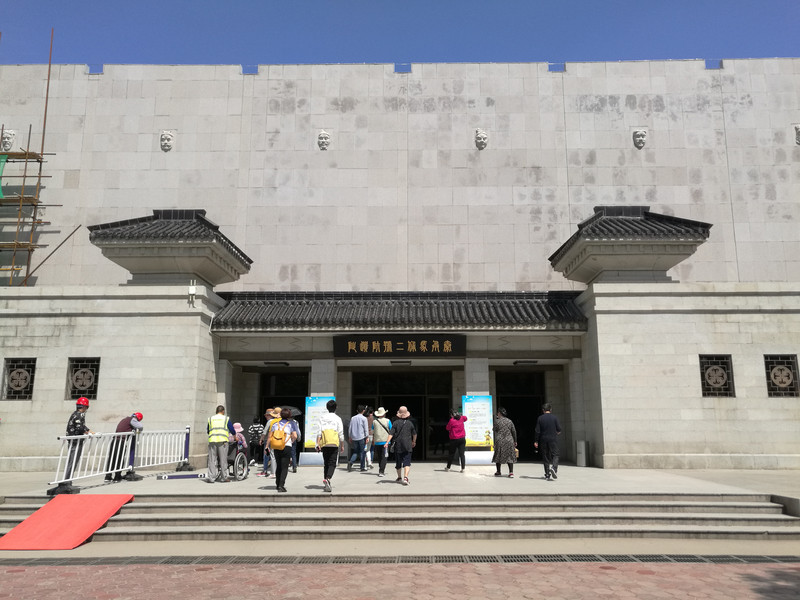

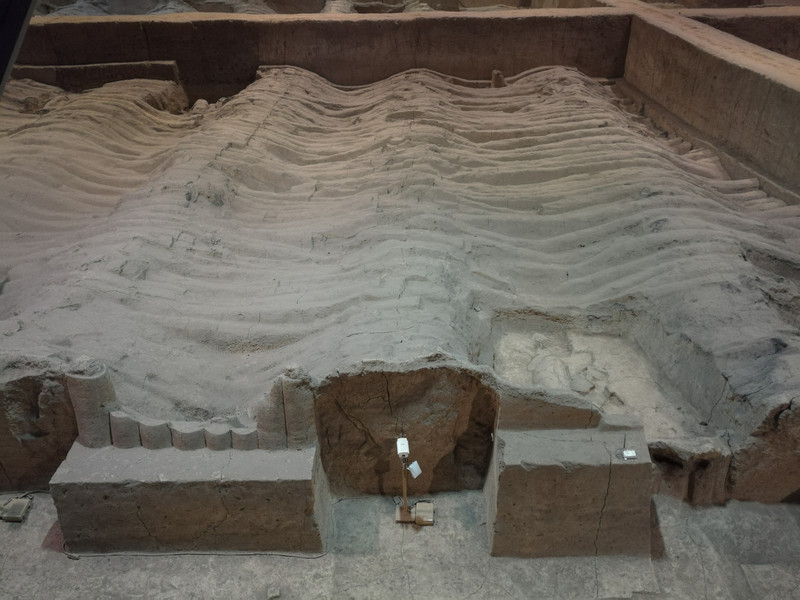
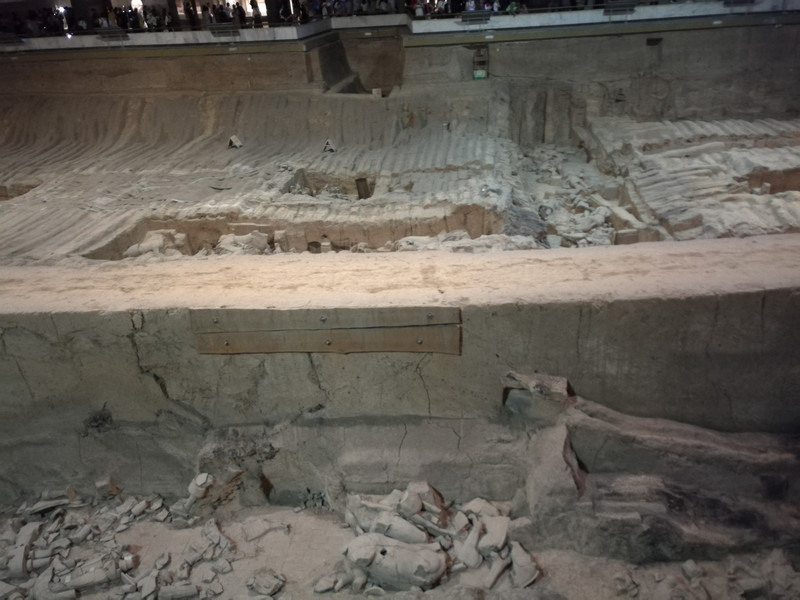
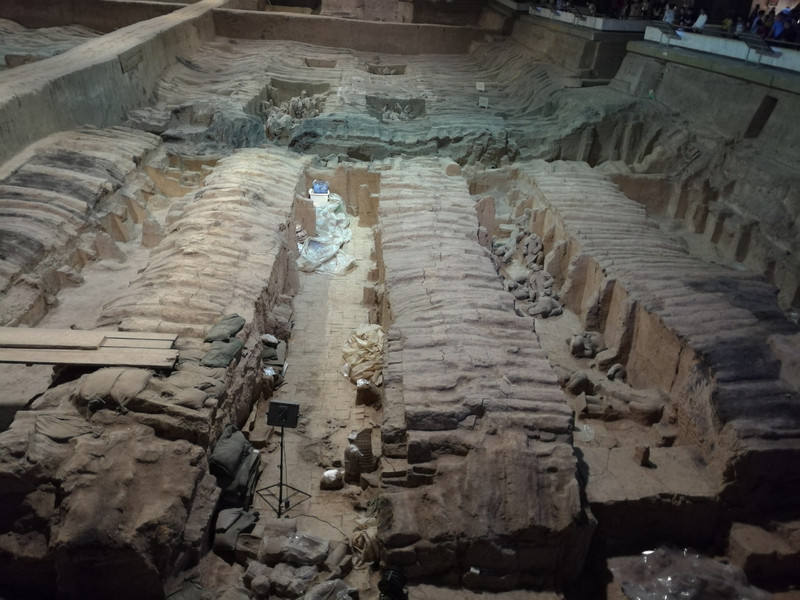
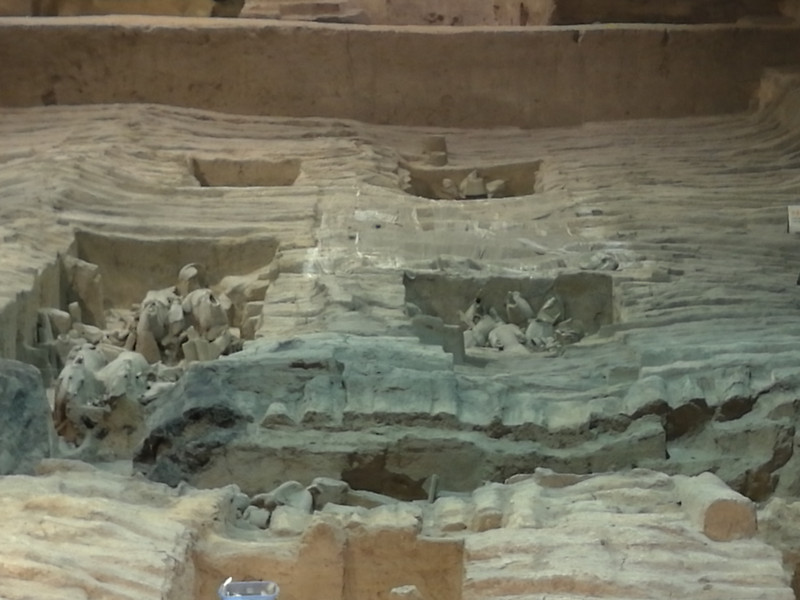
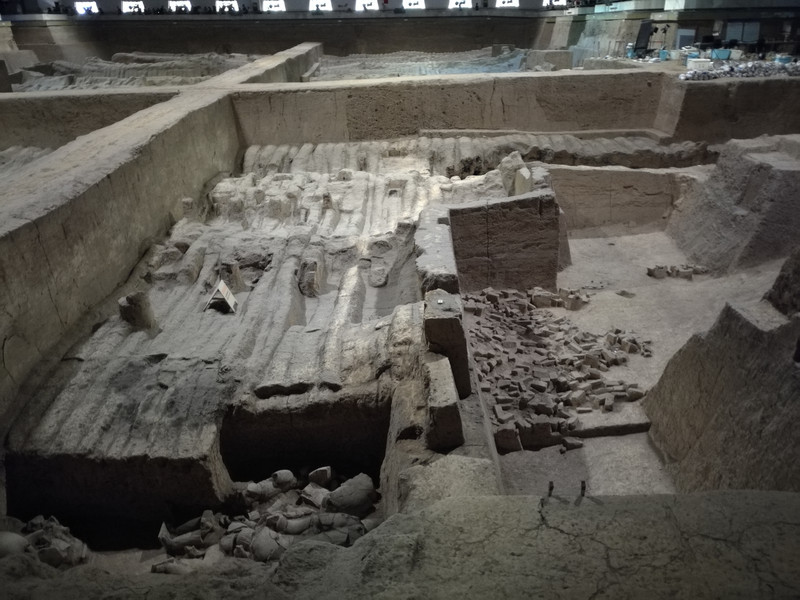
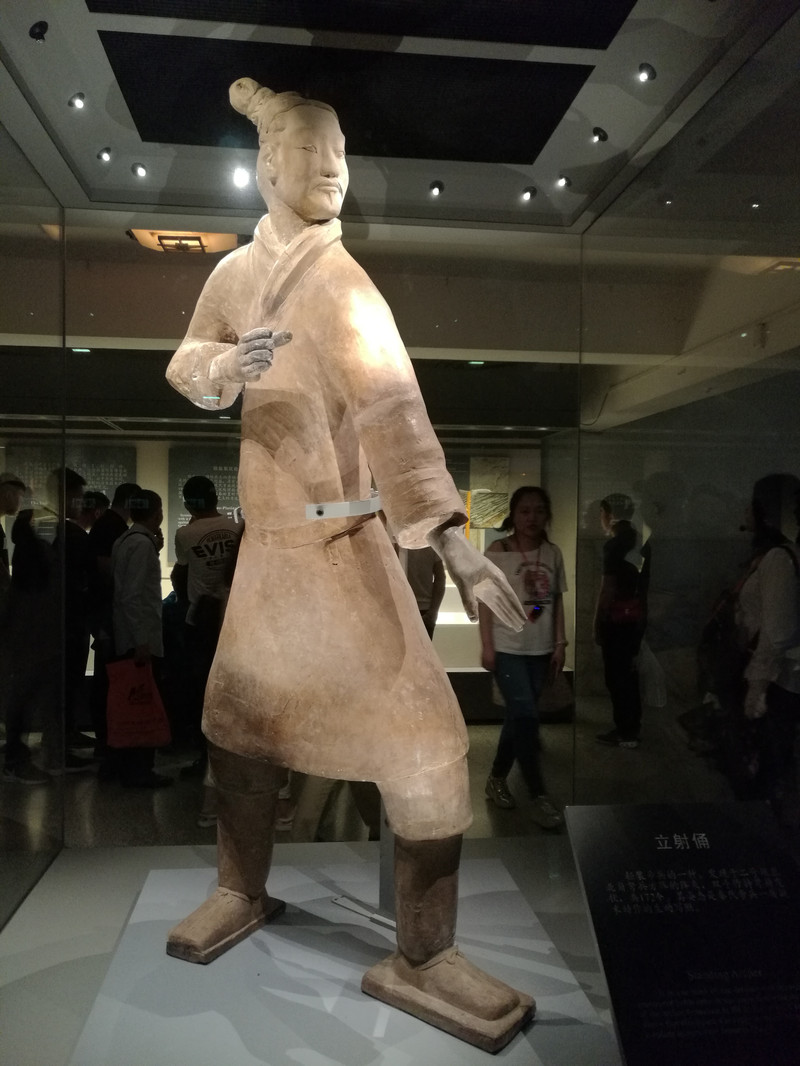

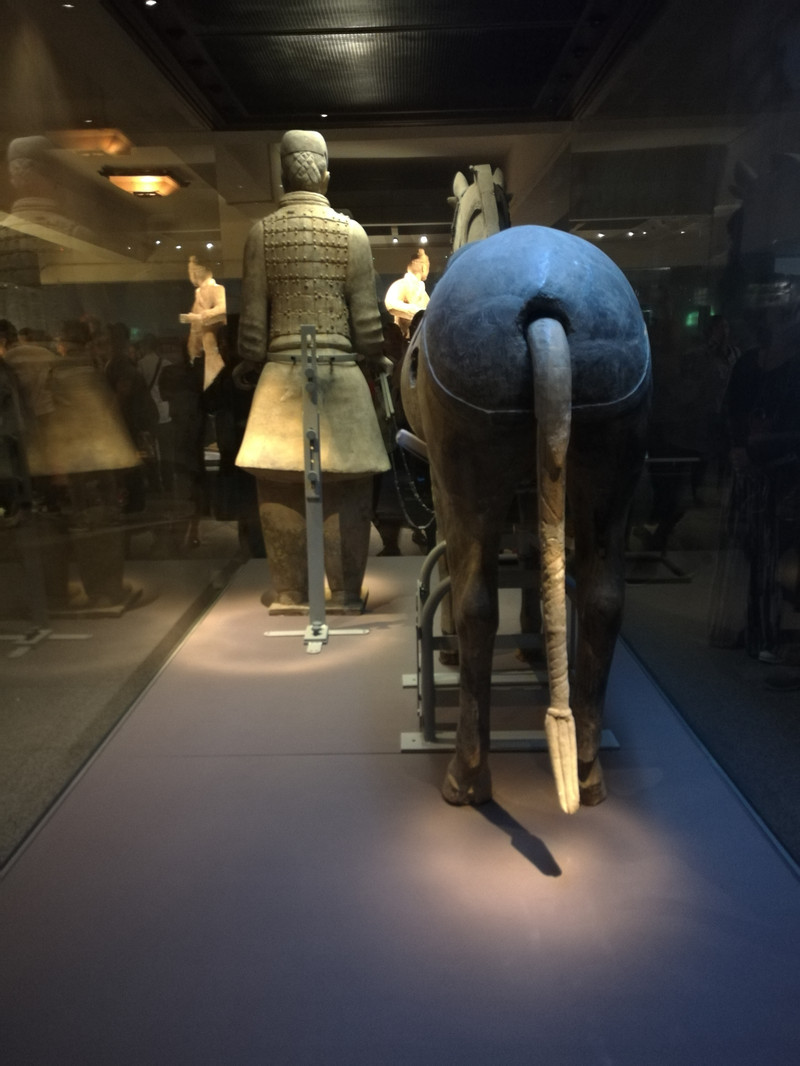
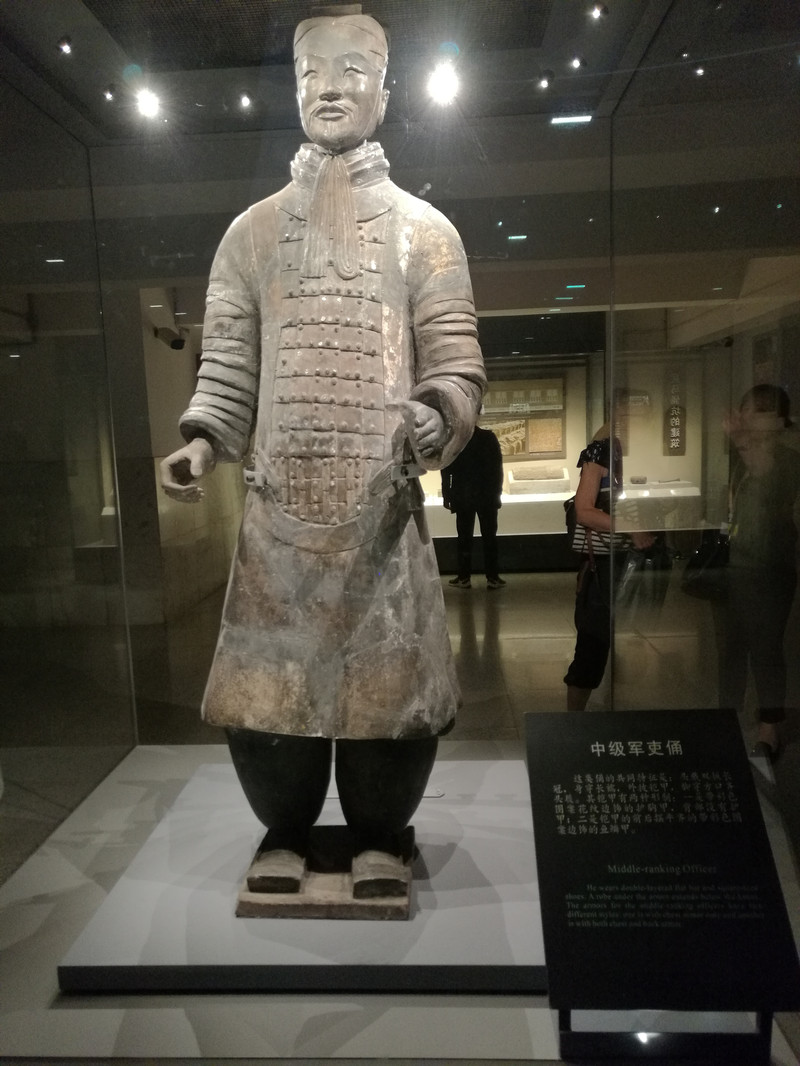
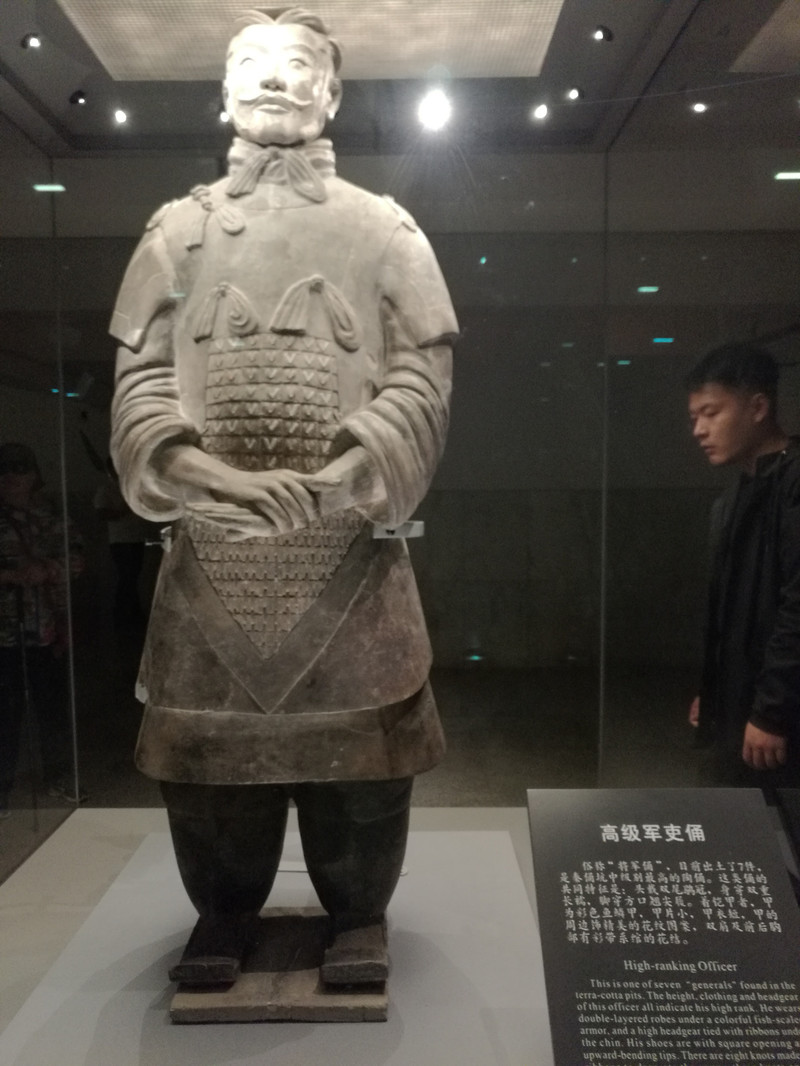
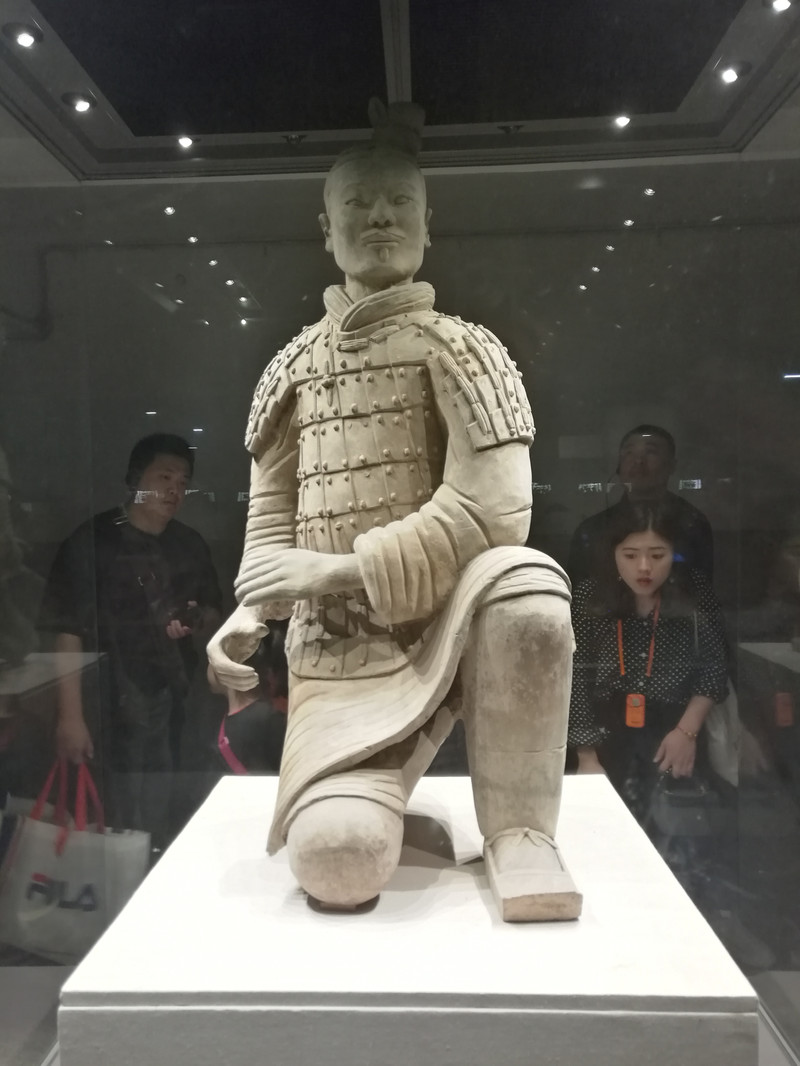
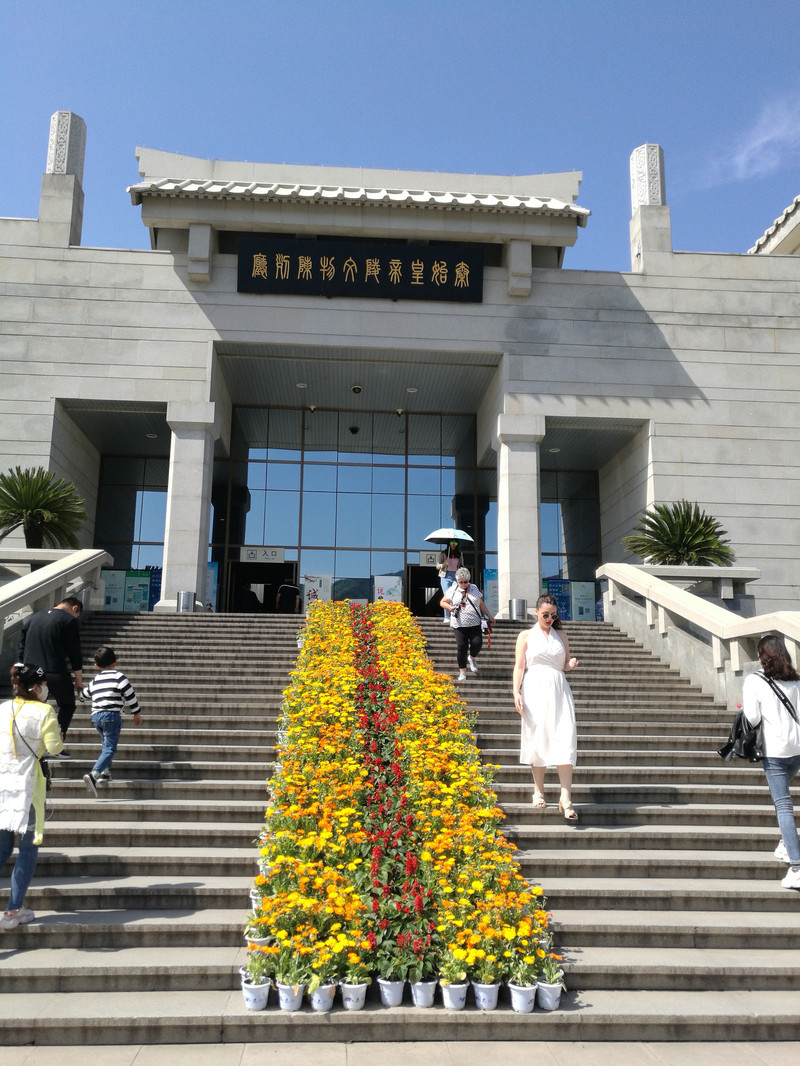
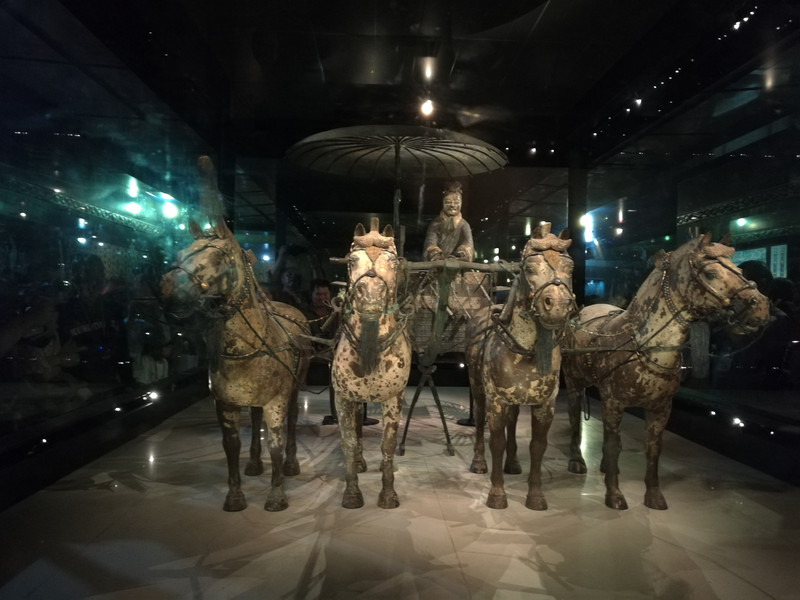
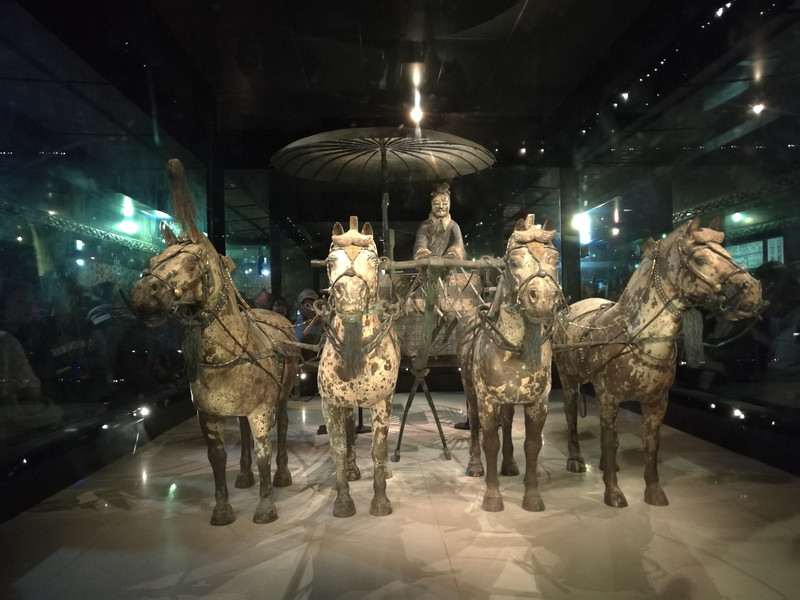
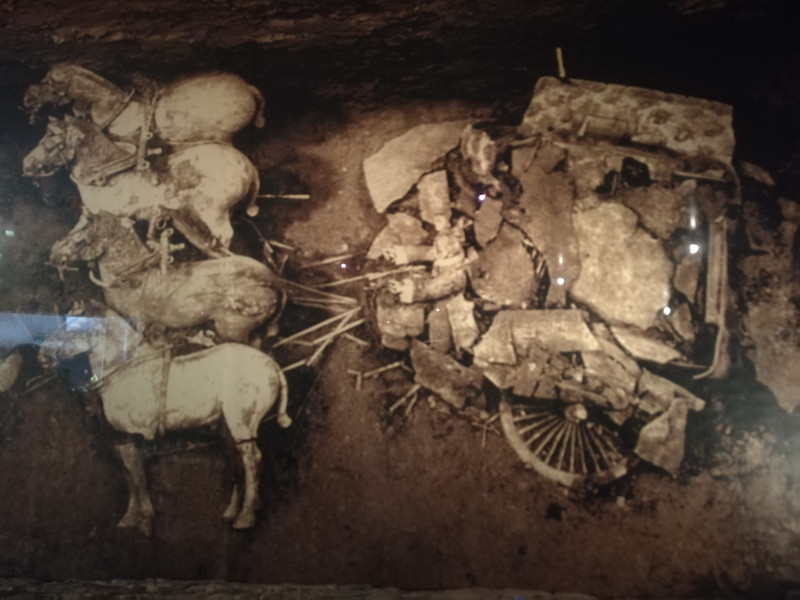
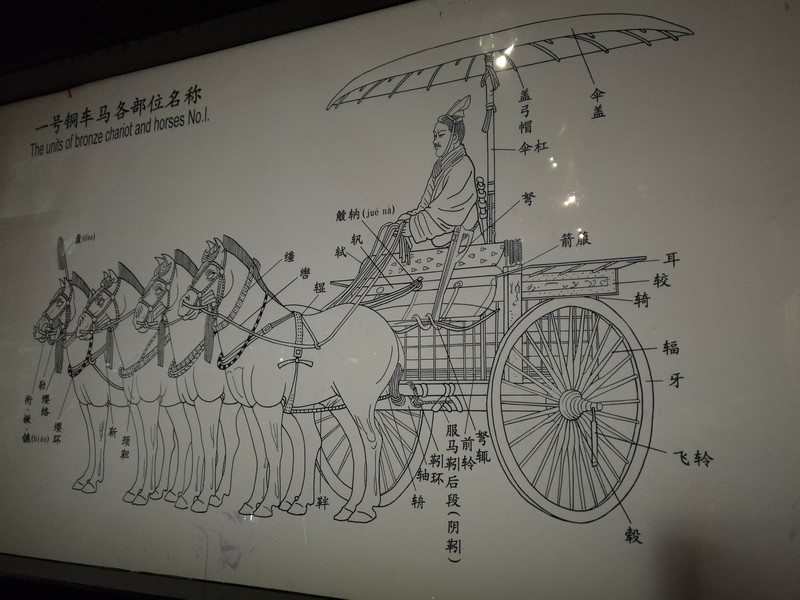
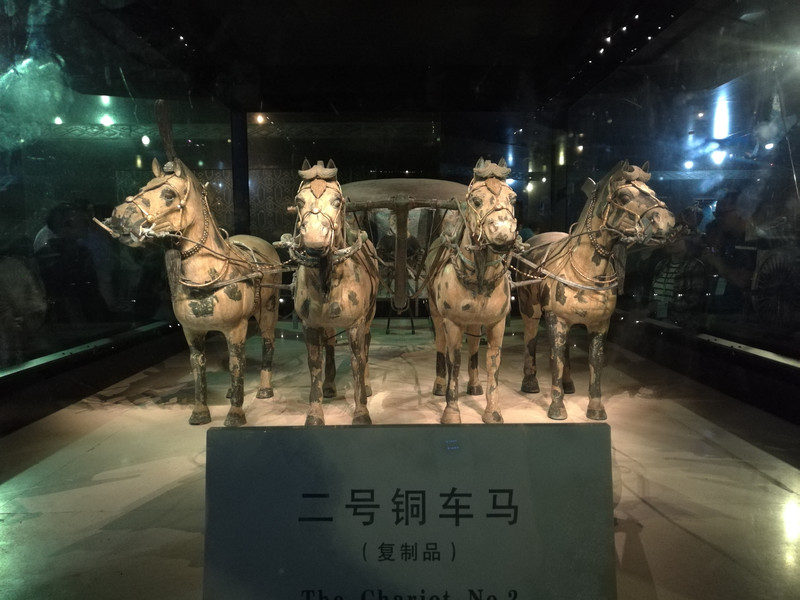
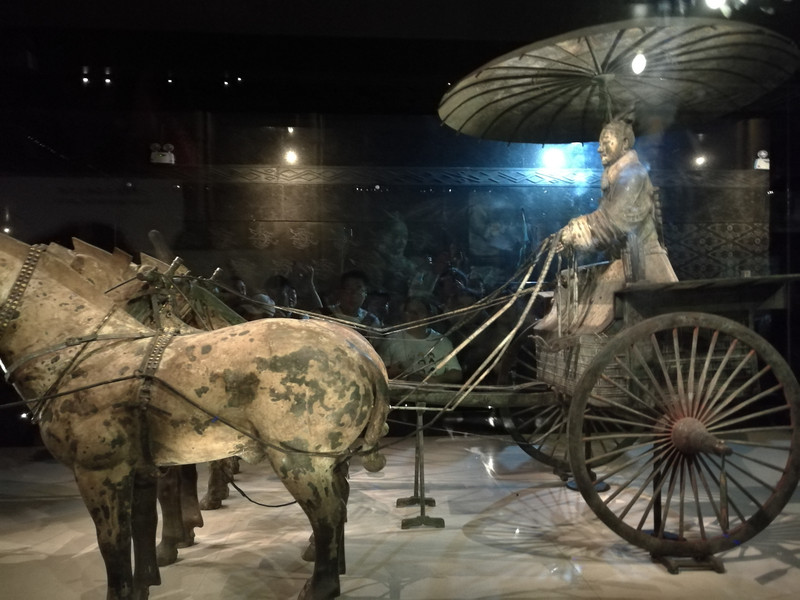
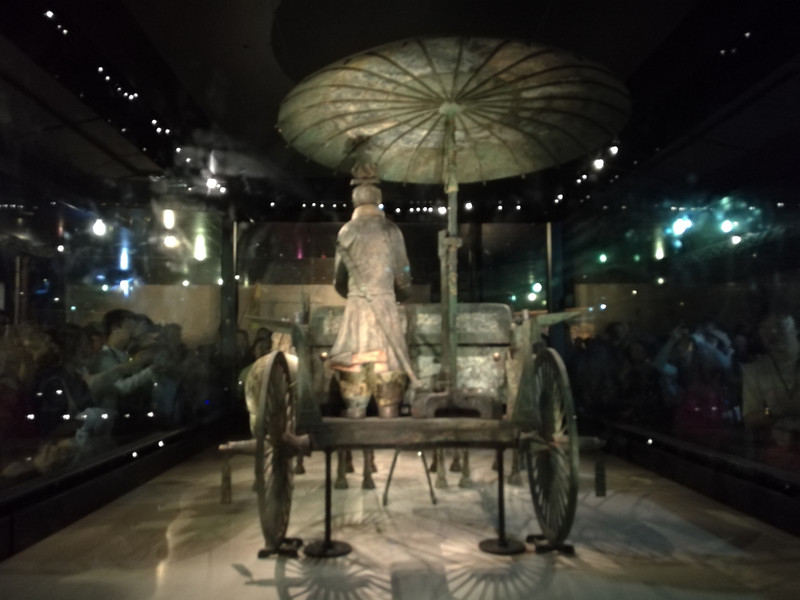
Take a free tourist bus at the Terracotta Warriors Museum Square (you can ride with your ticket, this ticket will be checked three times, you must keep it properly) to Lishan Garden
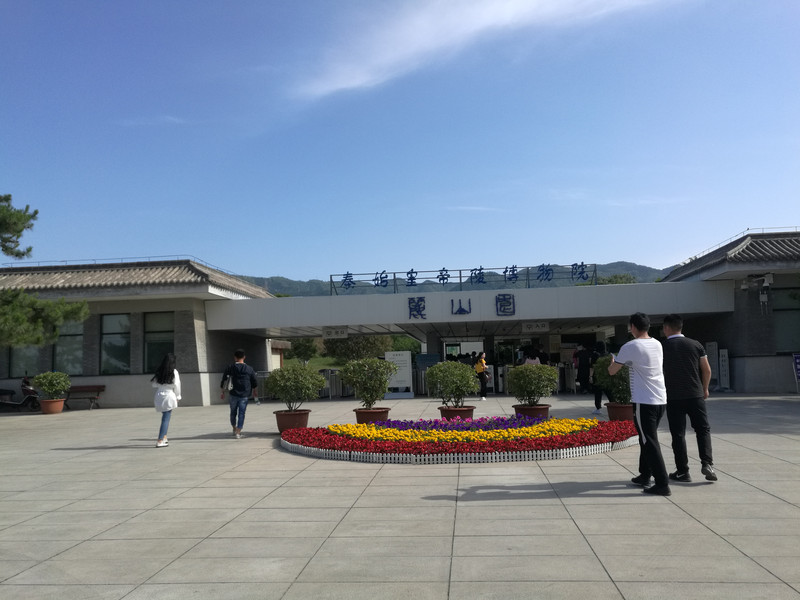
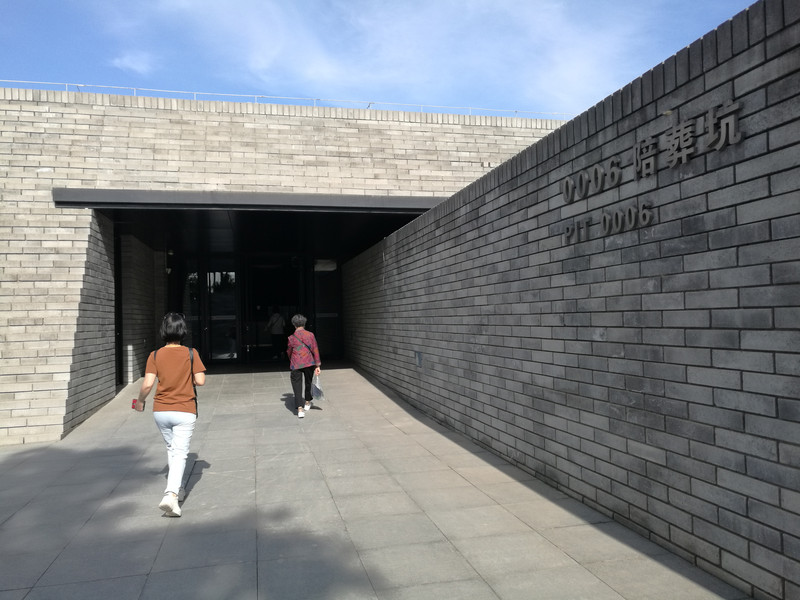
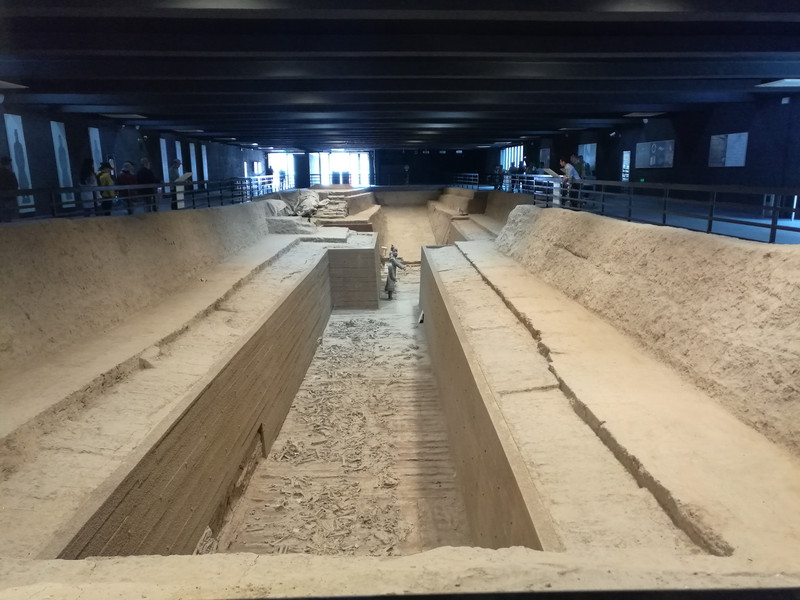
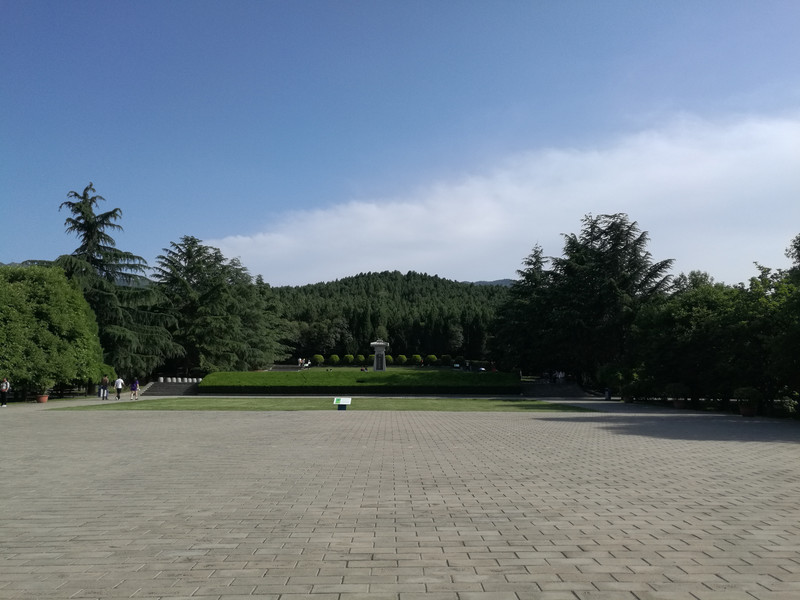

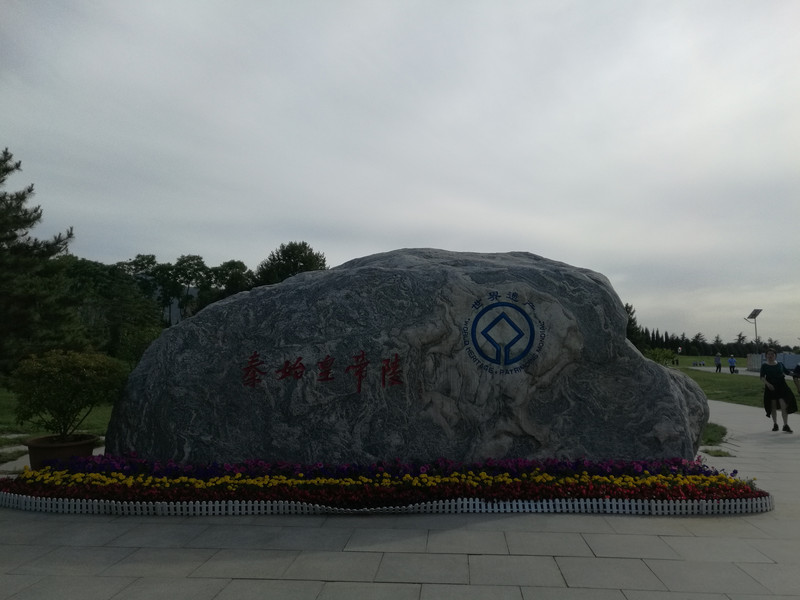
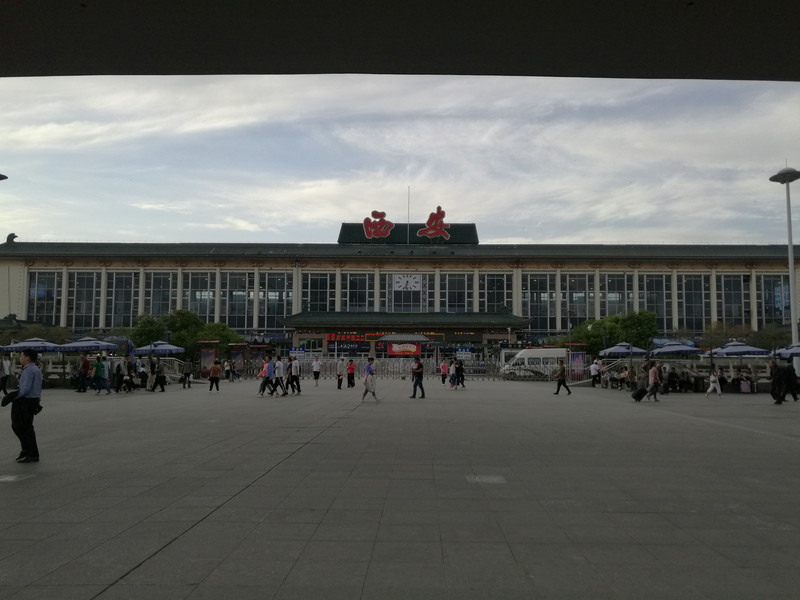

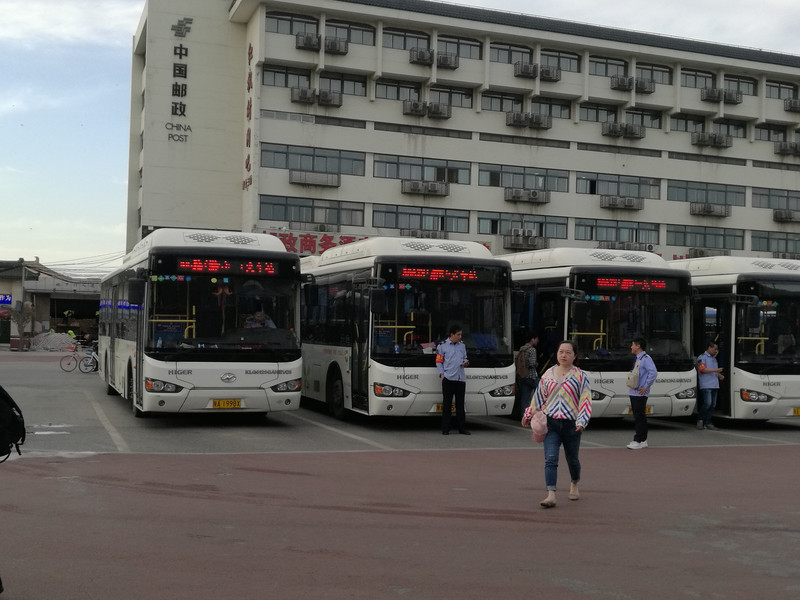
Huaqing Palace-Hongmen Banquet-Terracotta Warriors-Lishan Garden, Xi'an's Eastern Route was successfully completed. Go back to the hotel, do a short renovation, finish eating, and take the subway to visit the Drum Tower.
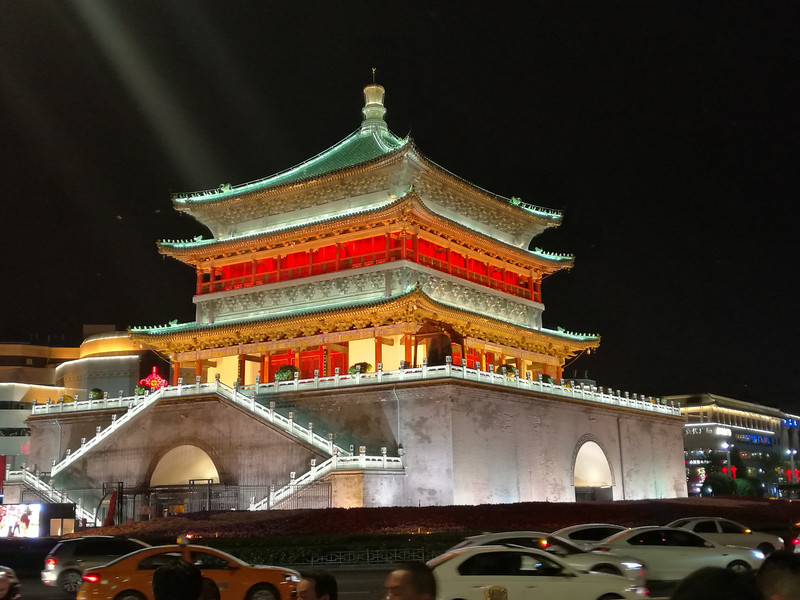
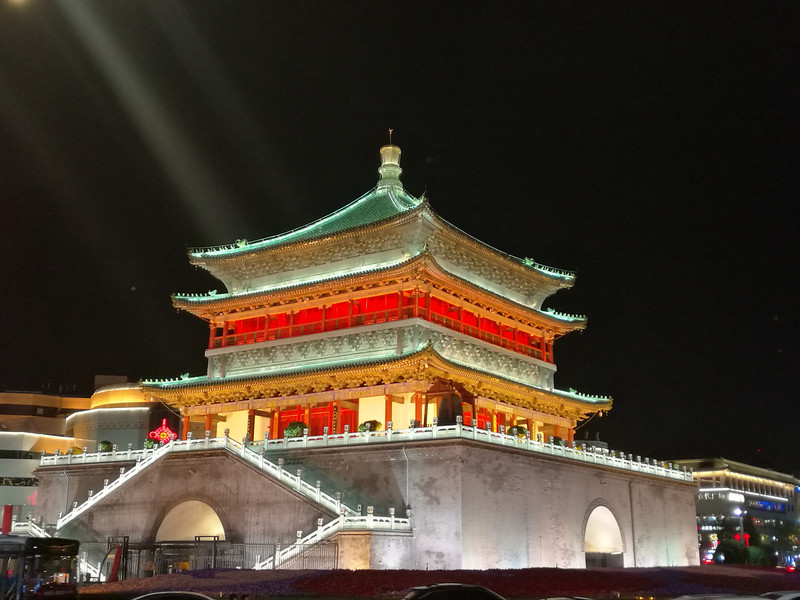


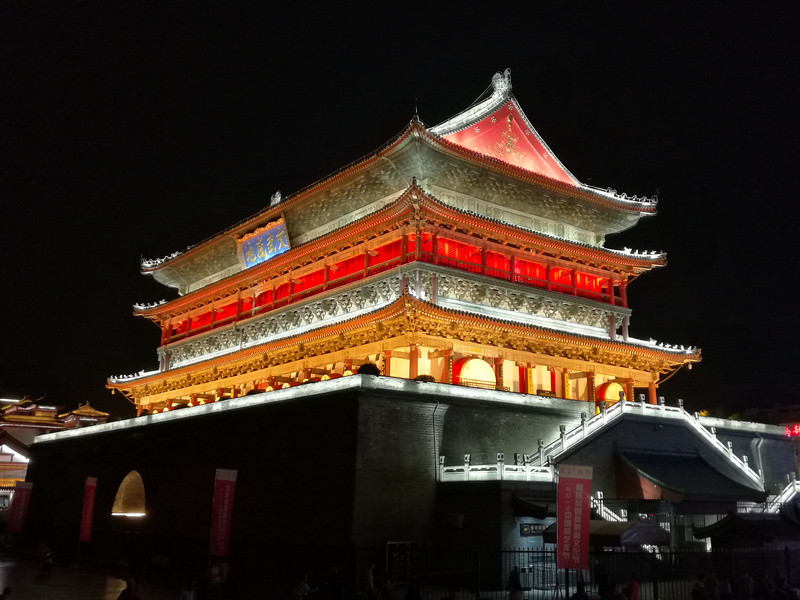
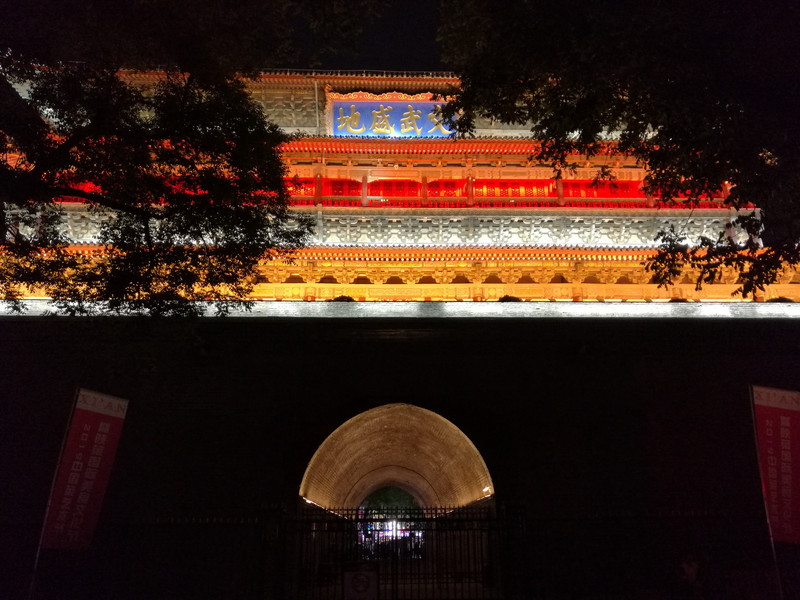
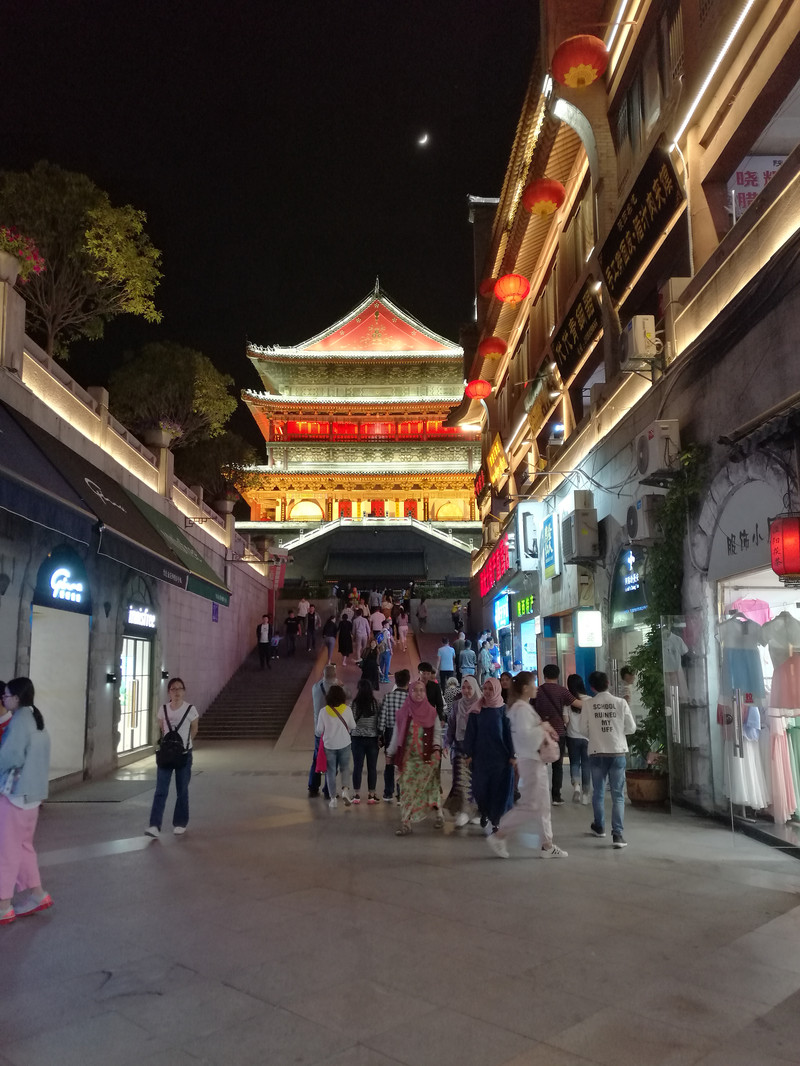
The prosperity and excitement of Xi'an are beyond my imagination. The country is developing rapidly. Only by being there can I experience it personally. I strolled comfortably among the crowd in Bell Tower Square and didn't want to leave for a long time. It was 23 o'clock before I realized it. I had to say goodbye to them.
D3: Today, take a one-day trip to Qianling and Famen Temple (Western Line). Before departure, I made a lot of strategies and determined that the one-day tour on the Western Line could only take two scenic spots, so as to ensure that each attraction would not be swept away. In the morning, I waited for the tour bus across the road from the hotel. In order to ensure the quality of the tour, I participated in a small one-day tour group. Our first stop was Qianling, located on Liangshan, 6 kilometers north of Qian County, Xianyang City, Shaanxi Province. It was the joint burial tomb of Li Zhi and Wu Zetian, Emperor Gaozong of the Tang Dynasty, covering an area of 40 square kilometers. There are three main places to visit in Qianling: the tomb of Princess Yongtai (excavated), the tomb of Prince Yide (excavated), and the joint burial tomb of Li Zhiwu Zetian (unexcavated)

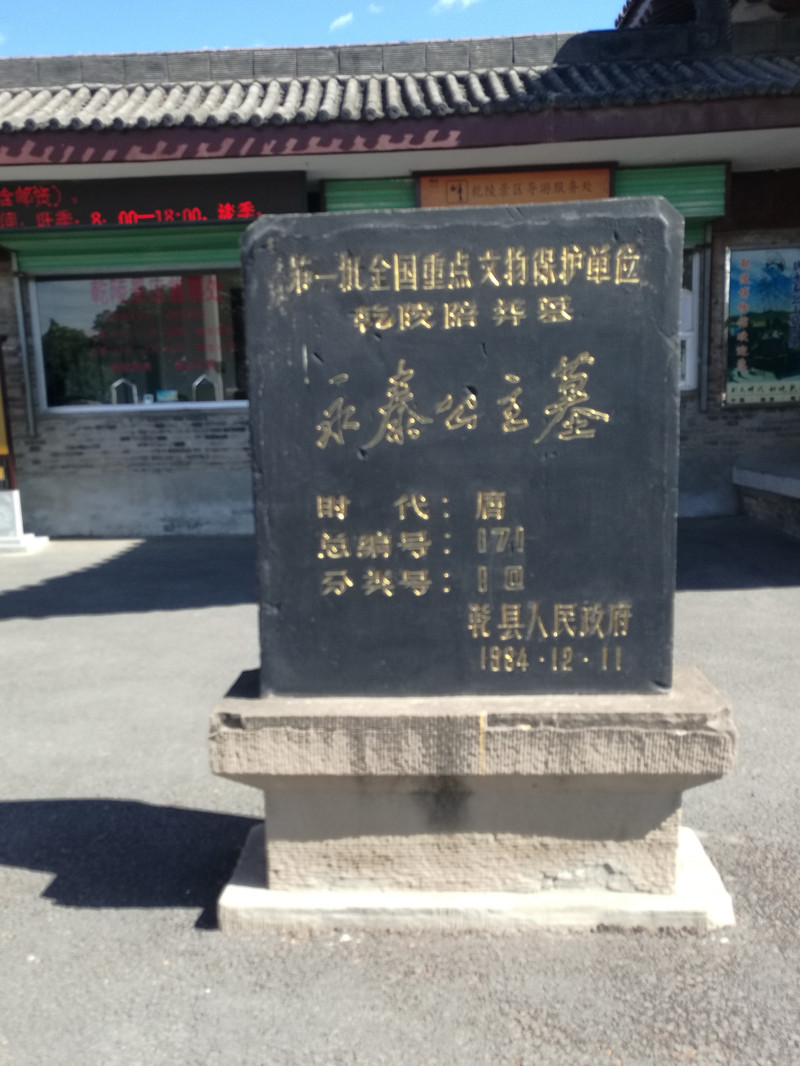
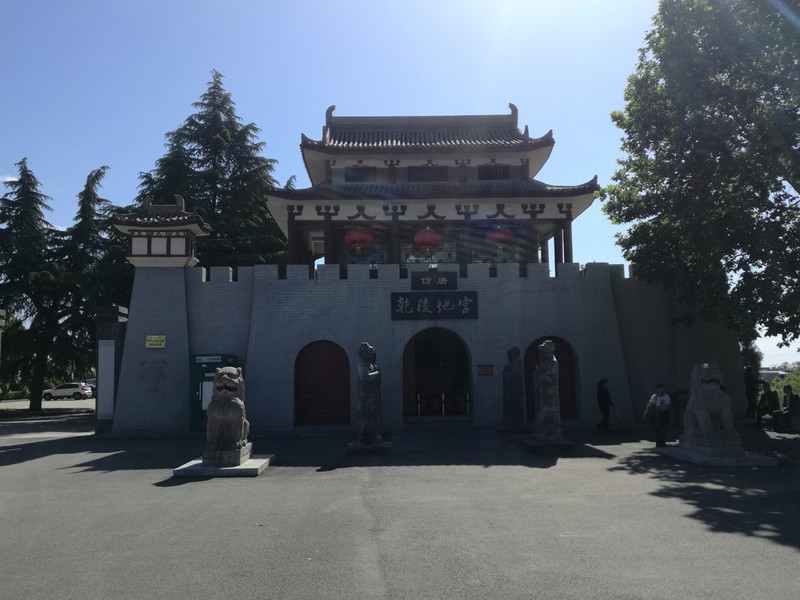
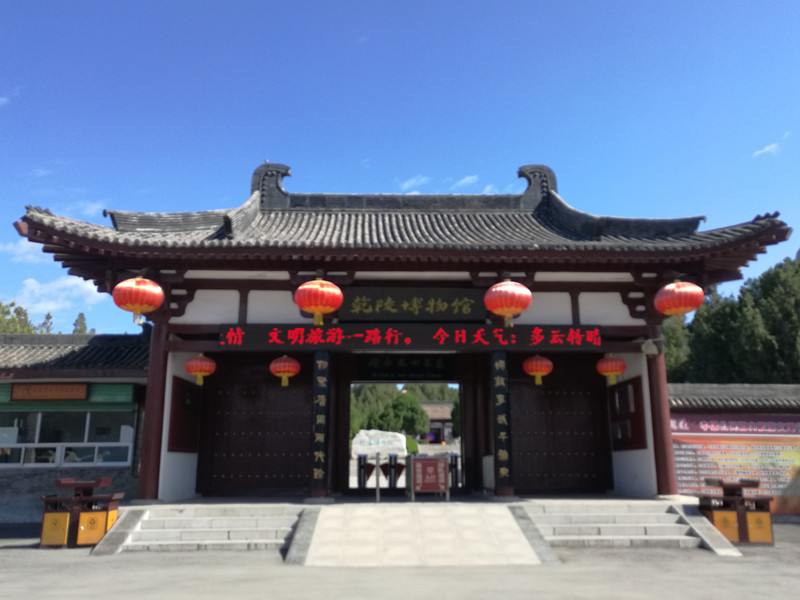

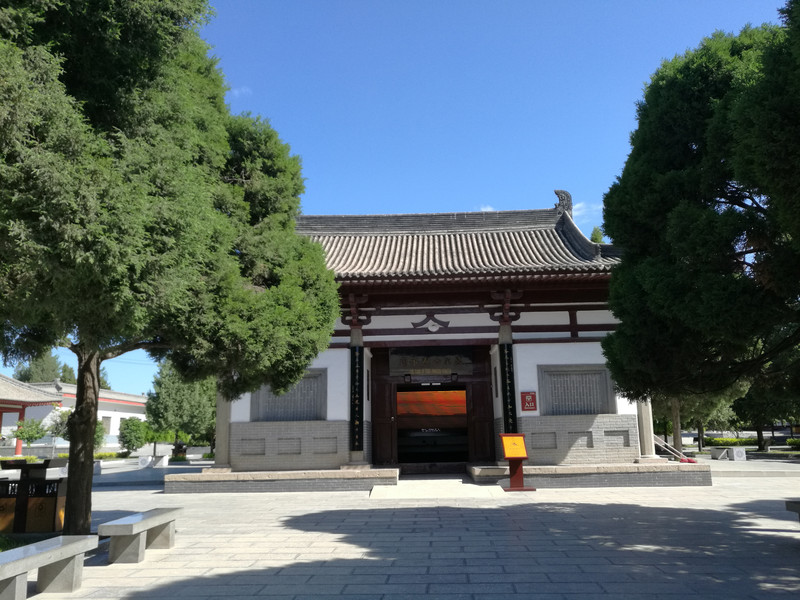

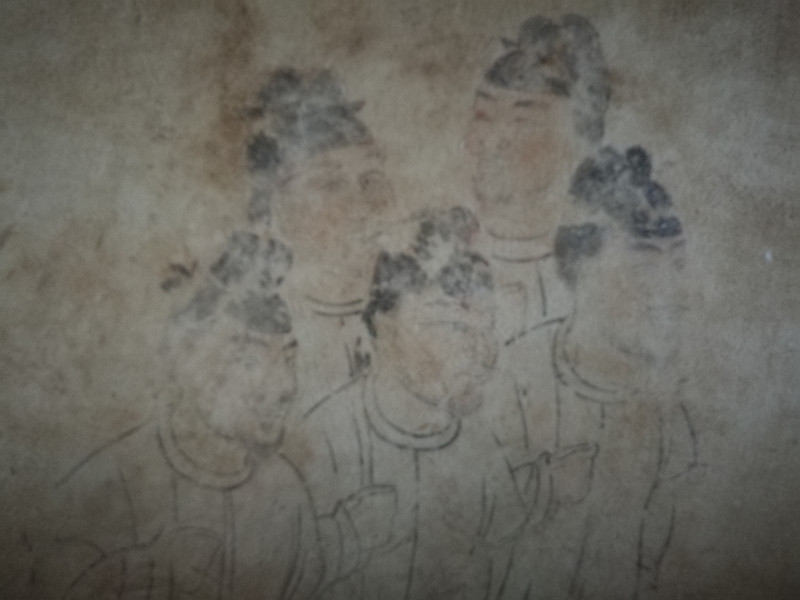
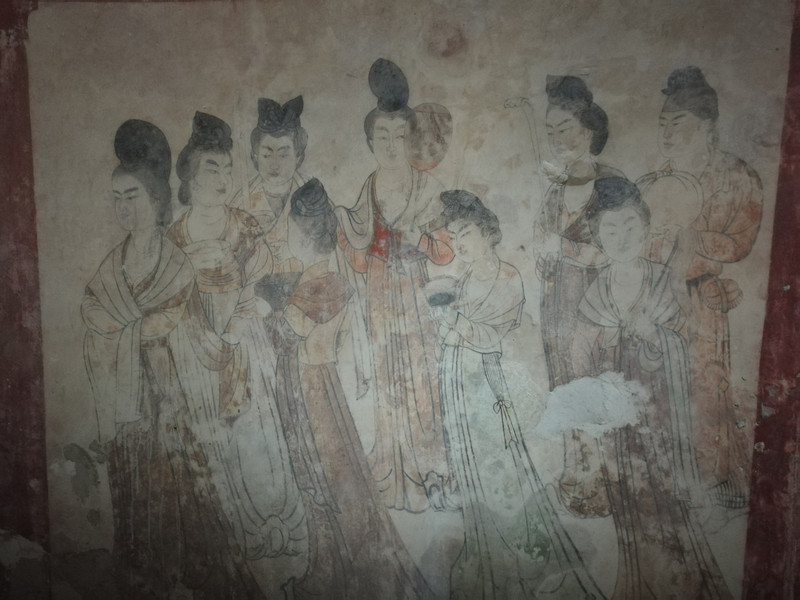
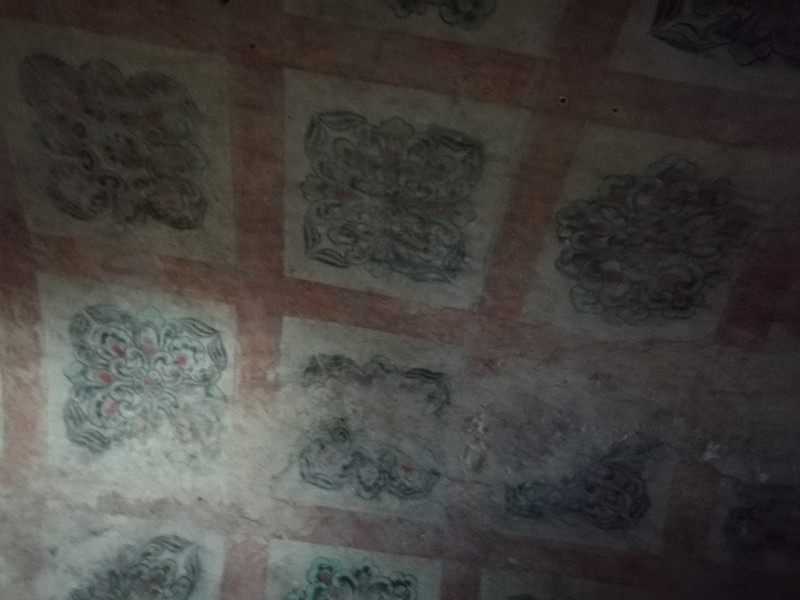
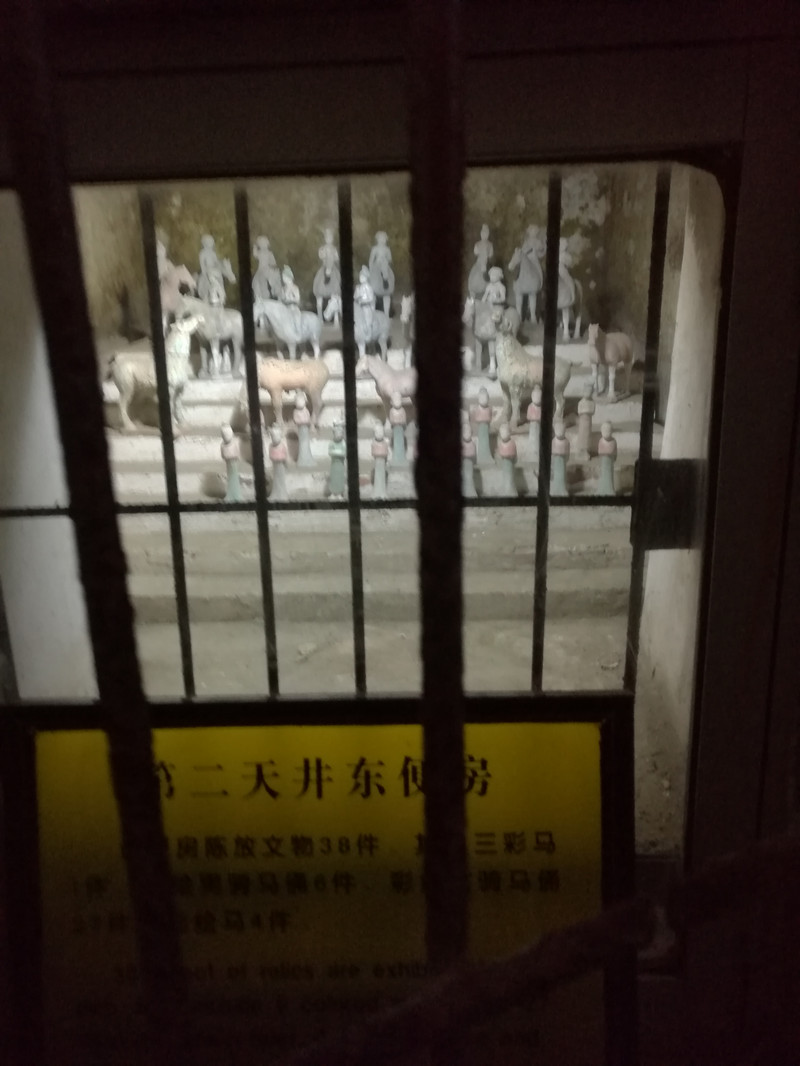
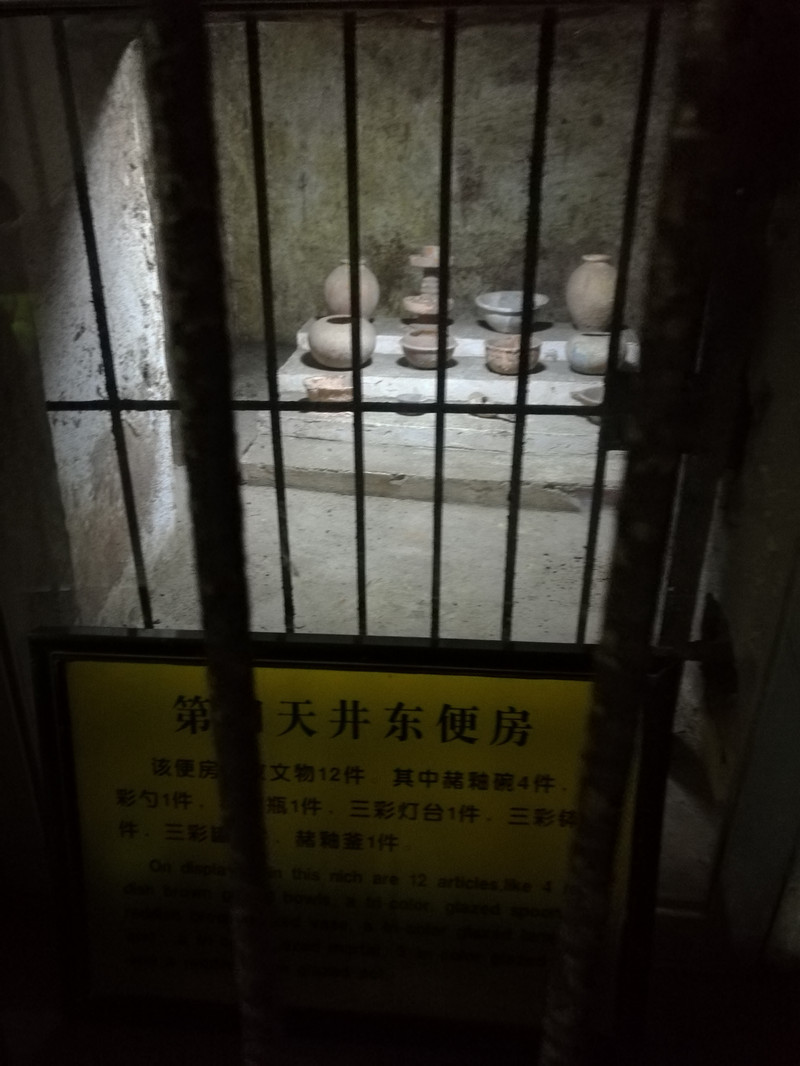


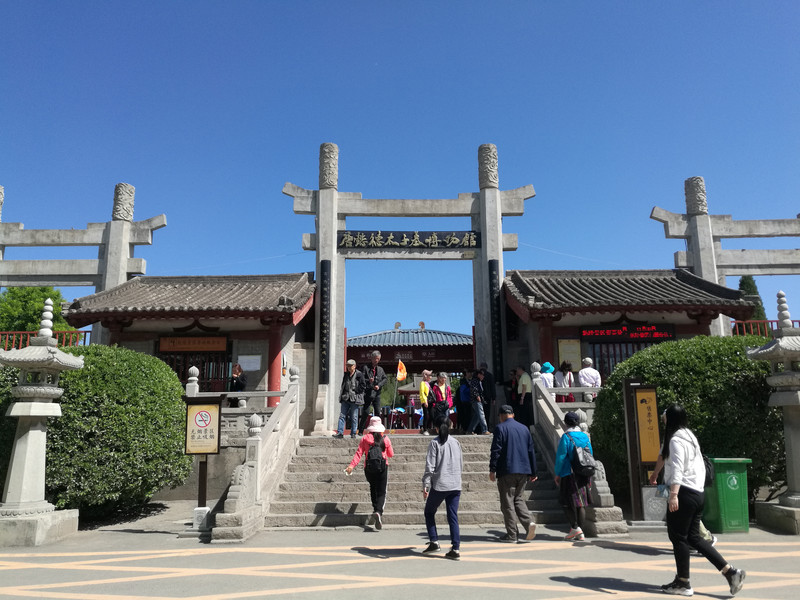
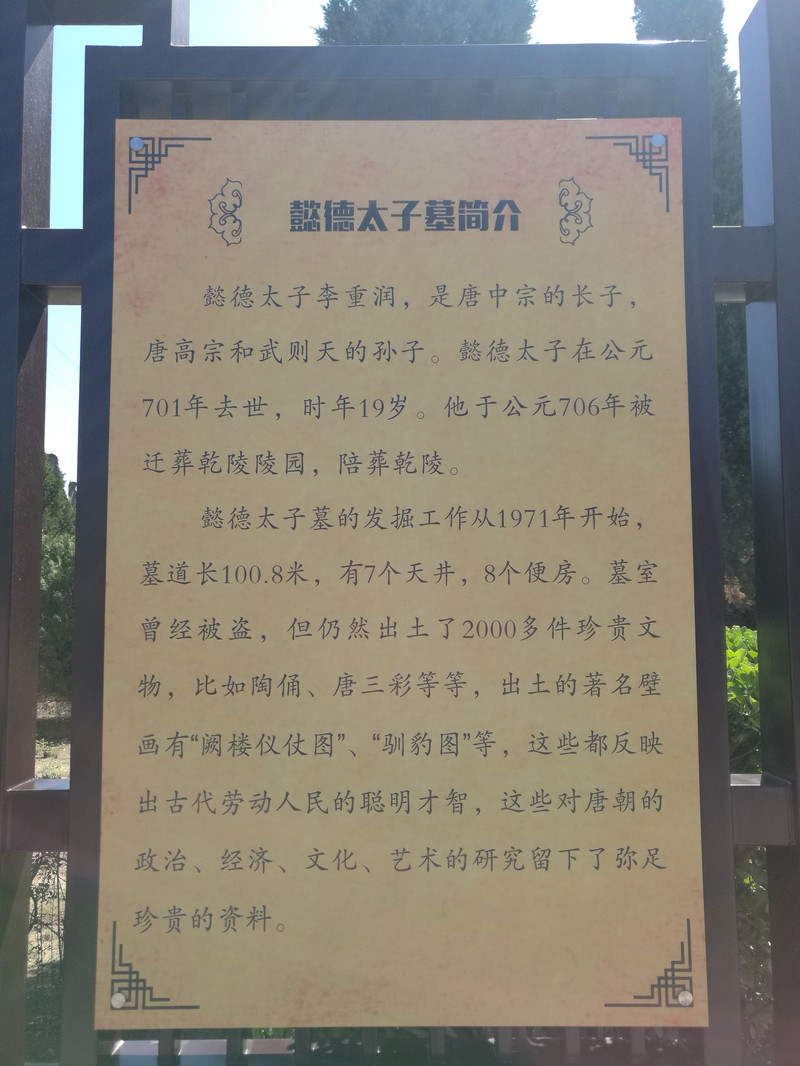
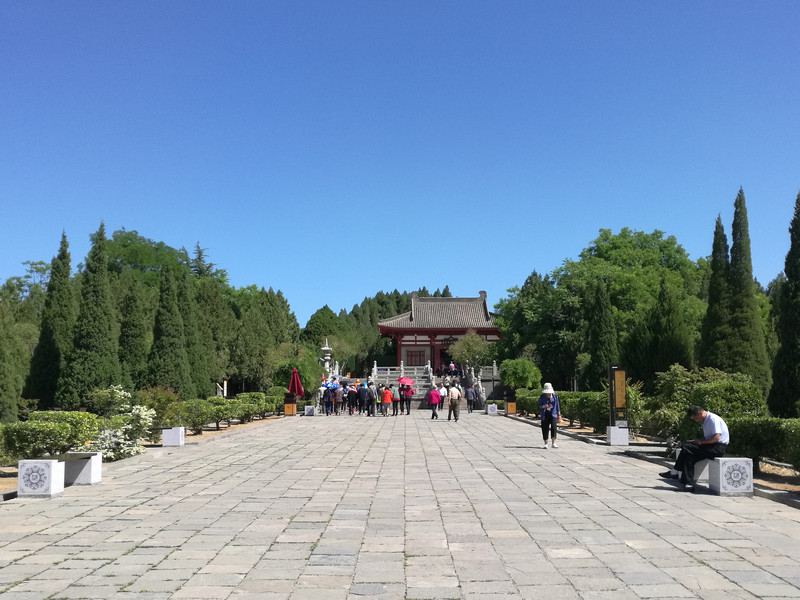

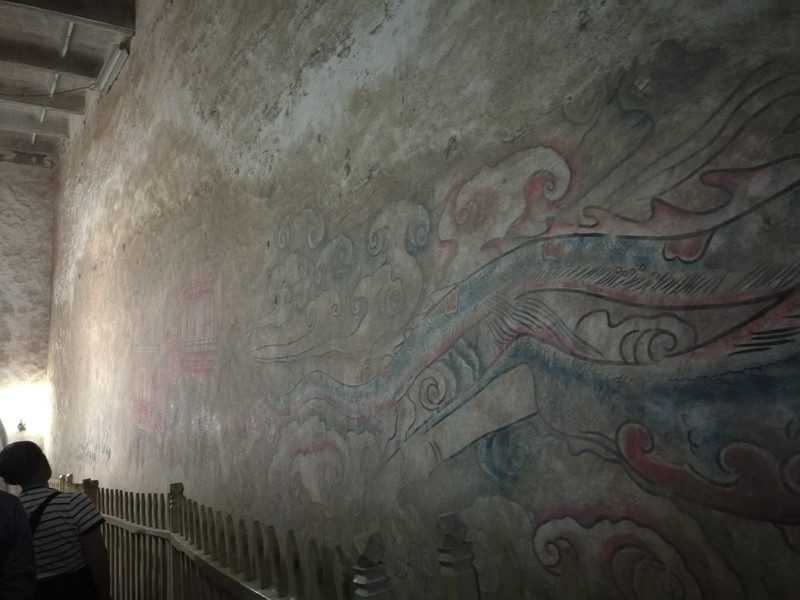
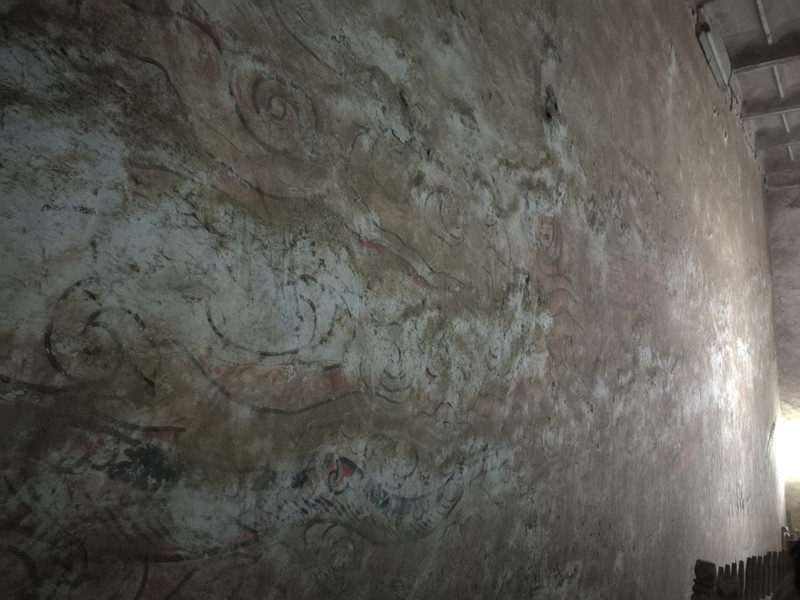
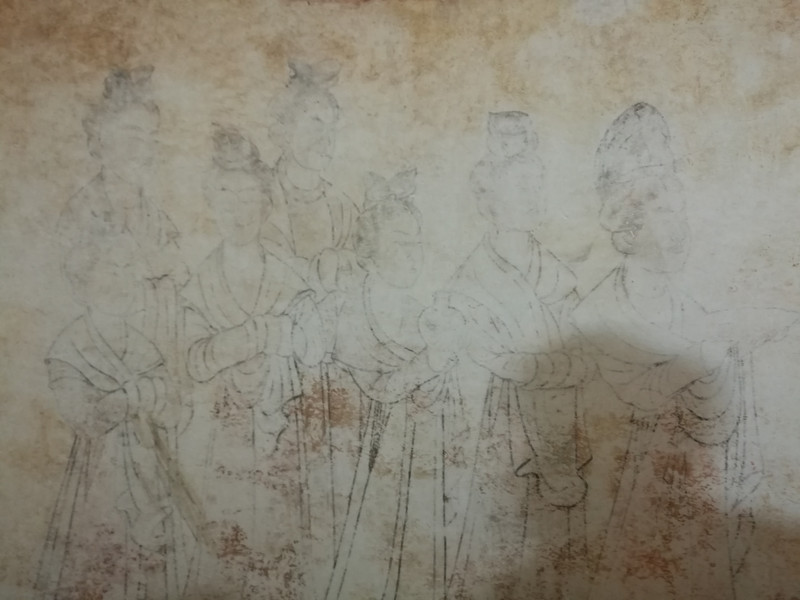
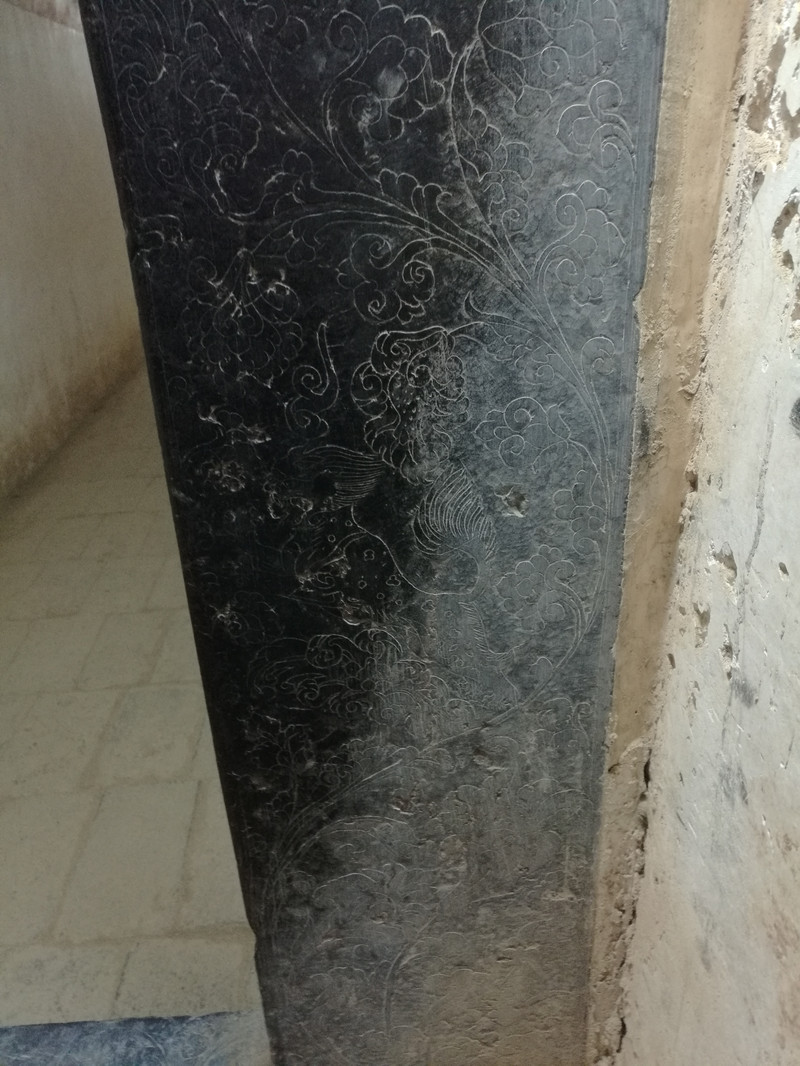

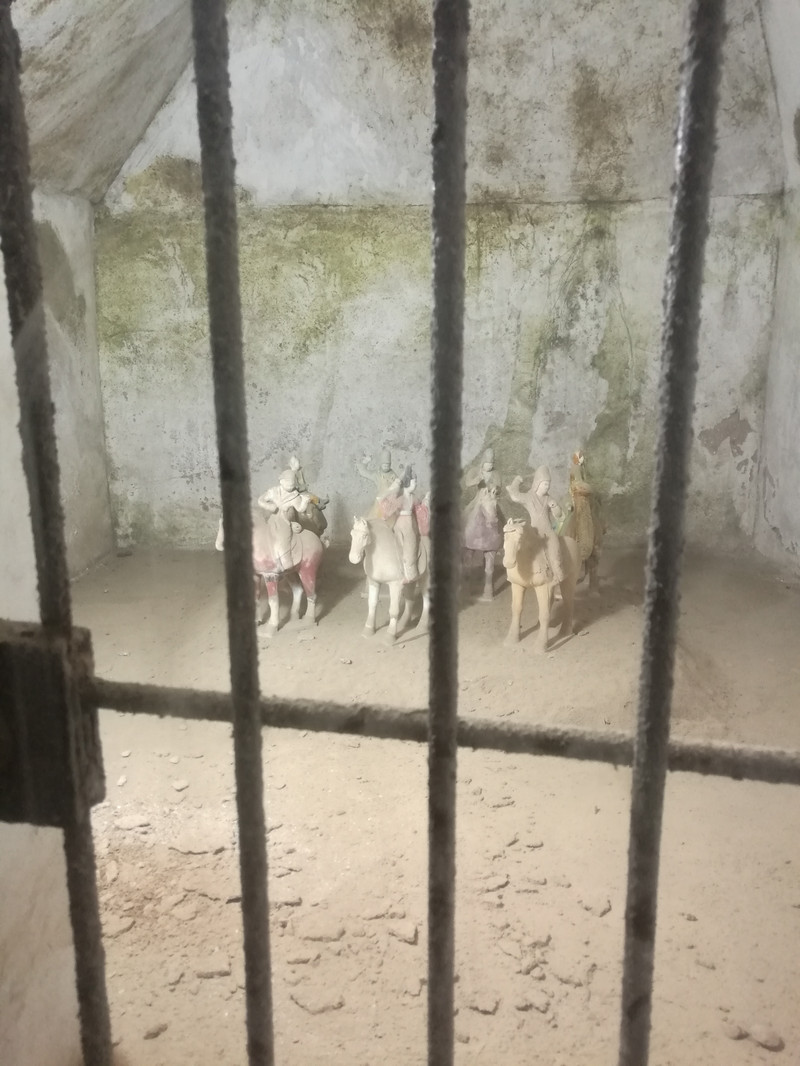
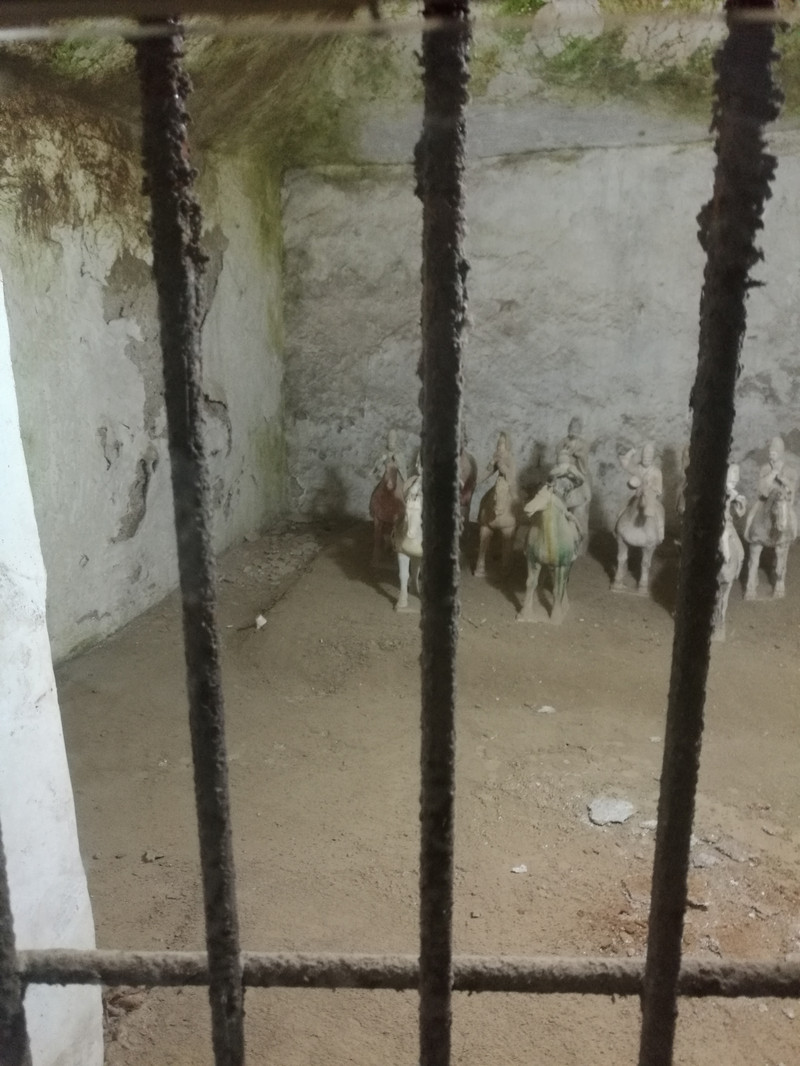
Take a tourist bus from the Tomb of Prince Yide to Qianling. Liangshan is a conical limestone mountain with three peaks. The northern peak is the highest, with an altitude of 1,047.9 meters. Qianling is above the northern peak. The two peaks in the south of Liangshan are lower, facing each other from east to west, with Sima Dao in the middle, so these two peaks are named "Rufeng". According to historical records, the tomb originally had two inner and outer walls, four gates, and many magnificent buildings such as the Xiandian Tower. Exploration shows that the total area of the inner city is 2.4 million square meters. On all sides of the city wall, there are Suzaku Gate in the south, Xuanwu Gate in the north, Qinglong Gate in the east, and Baihu Gate in the west.
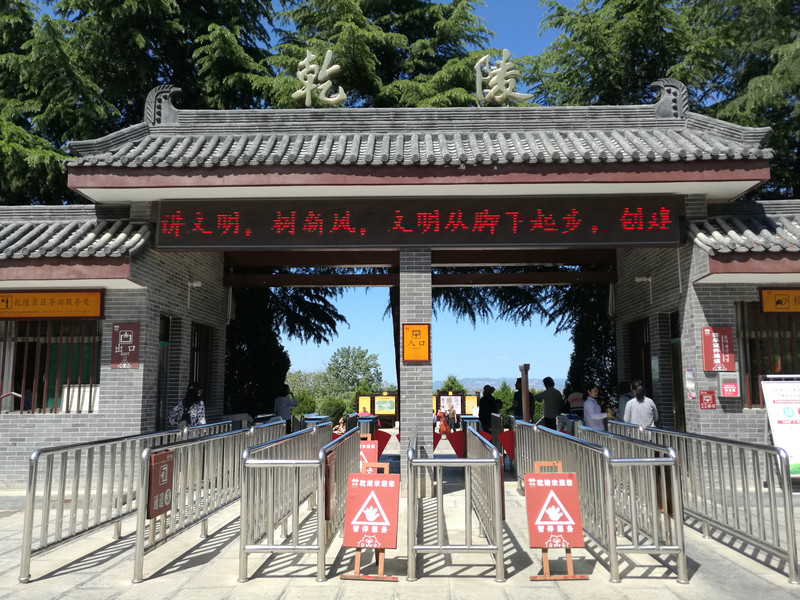
This path is the "Sima Road". On both sides, there are 1 pair of Huamiao, 1 pair of wing horses and ostriches, 5 pairs of stone horses, 10 pairs of Wengzhong, and 2 stone tablets. To the east is the wordless monument, and to the west is the Shusheng Monument. There are 61 statues of Wang Bin and 1 pair of stone lions.
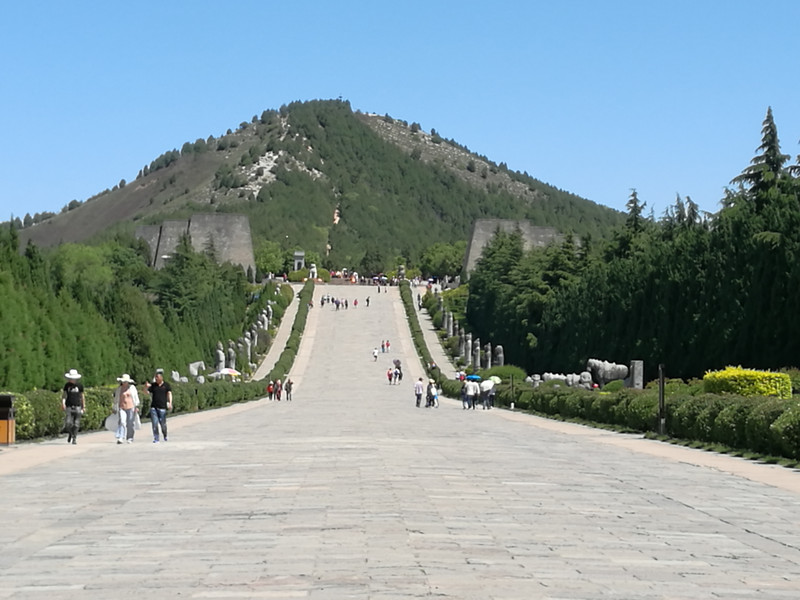
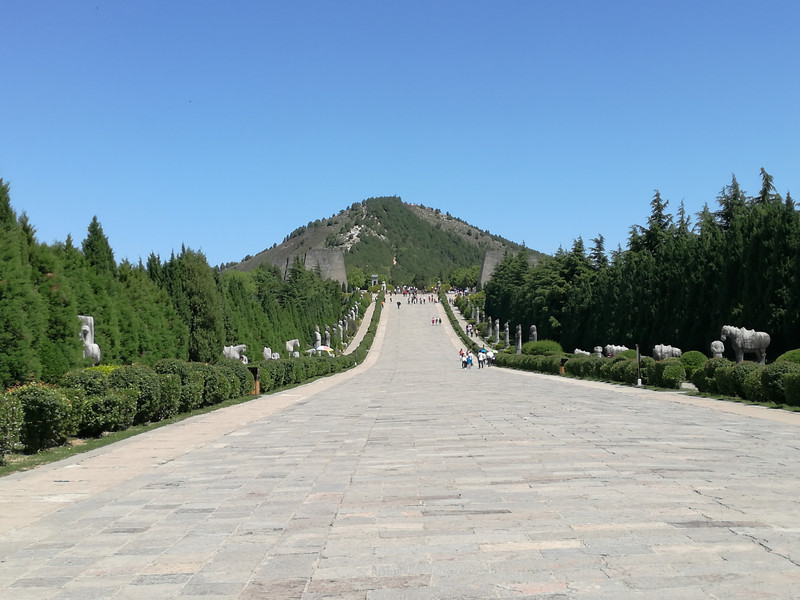


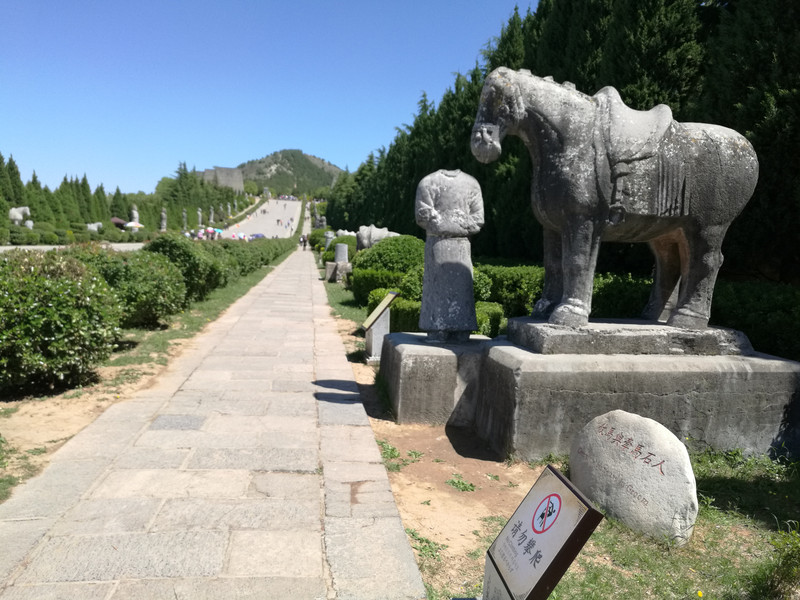
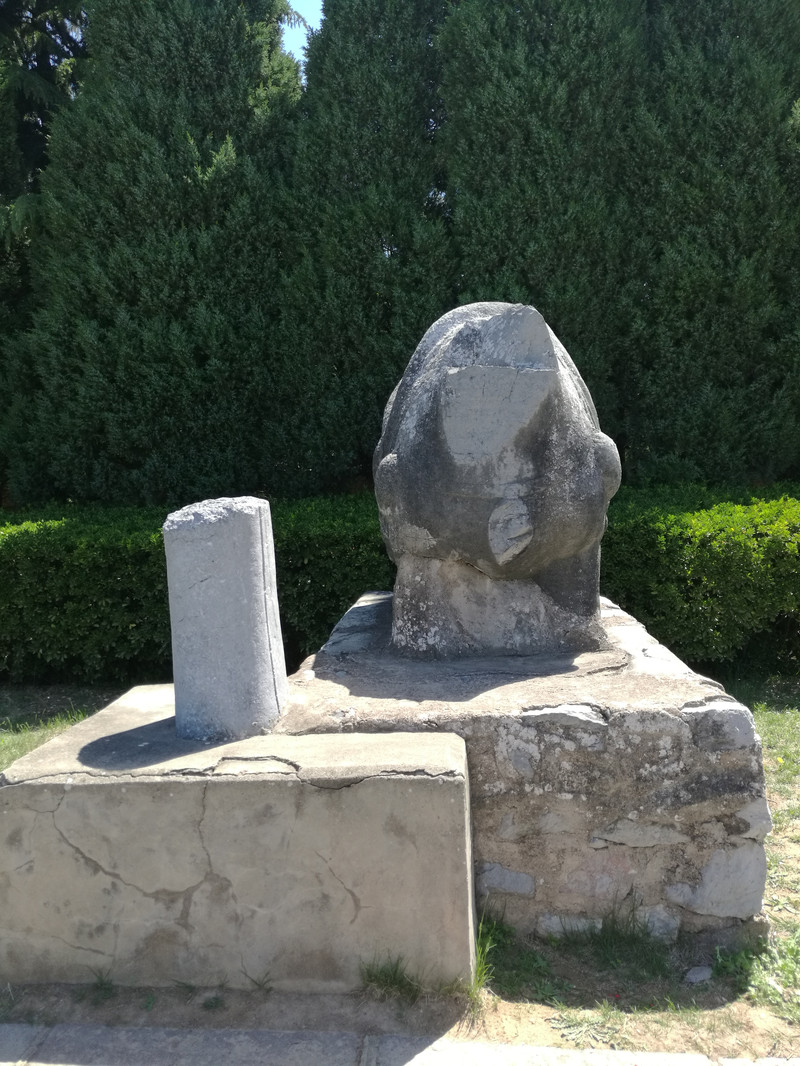

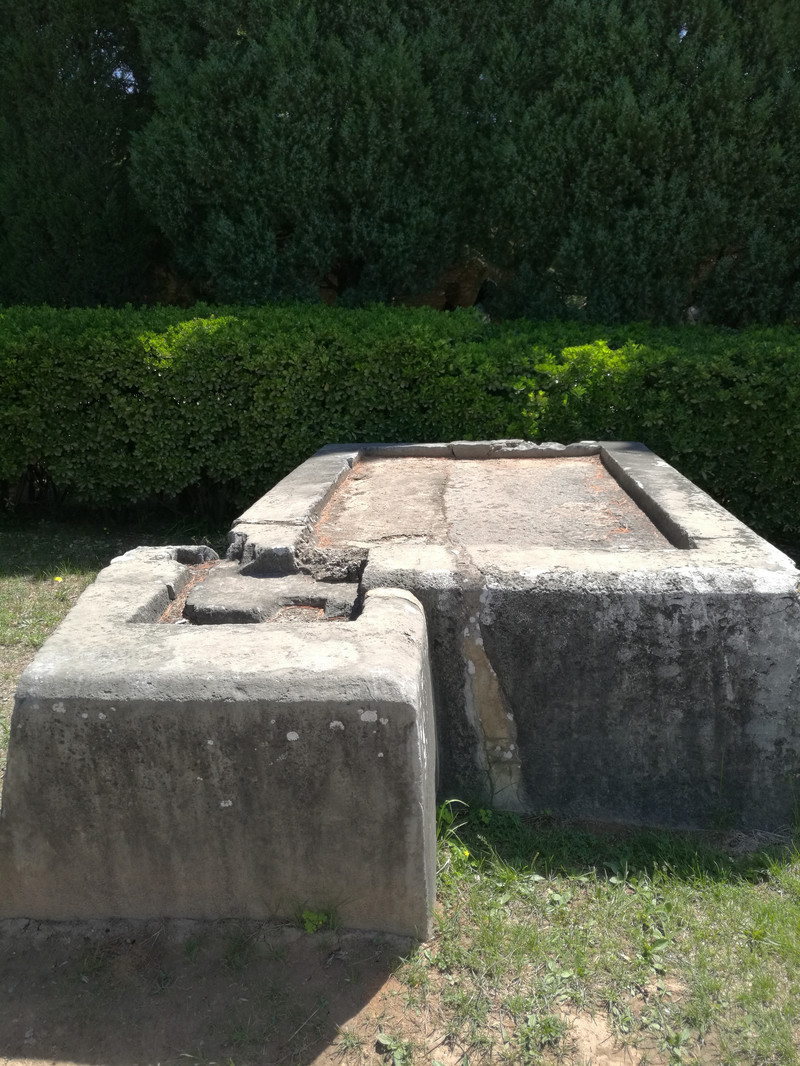
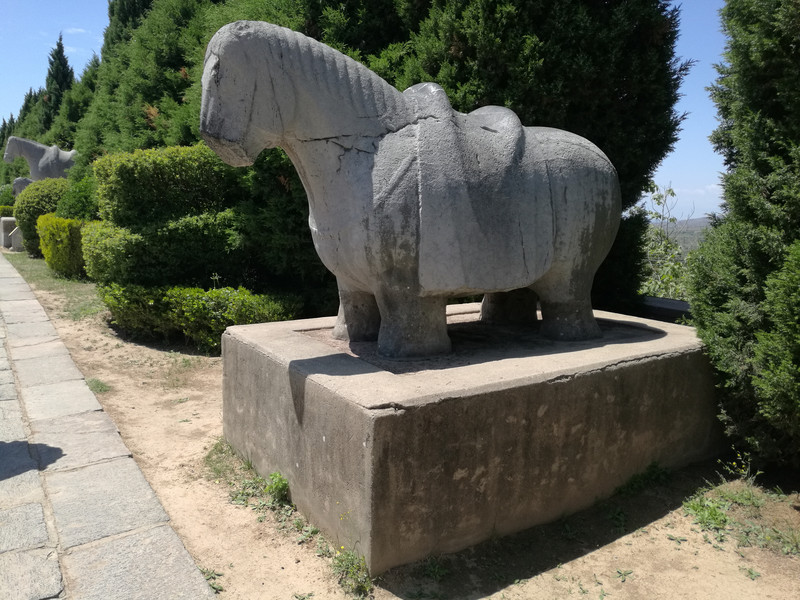
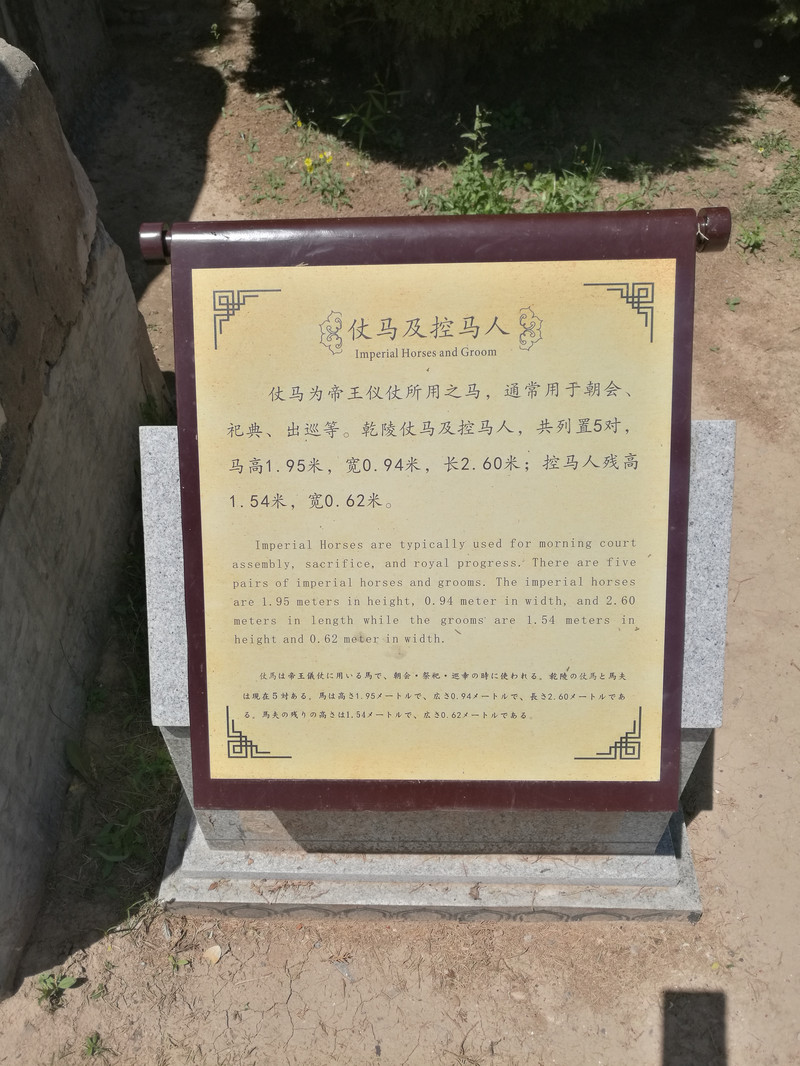
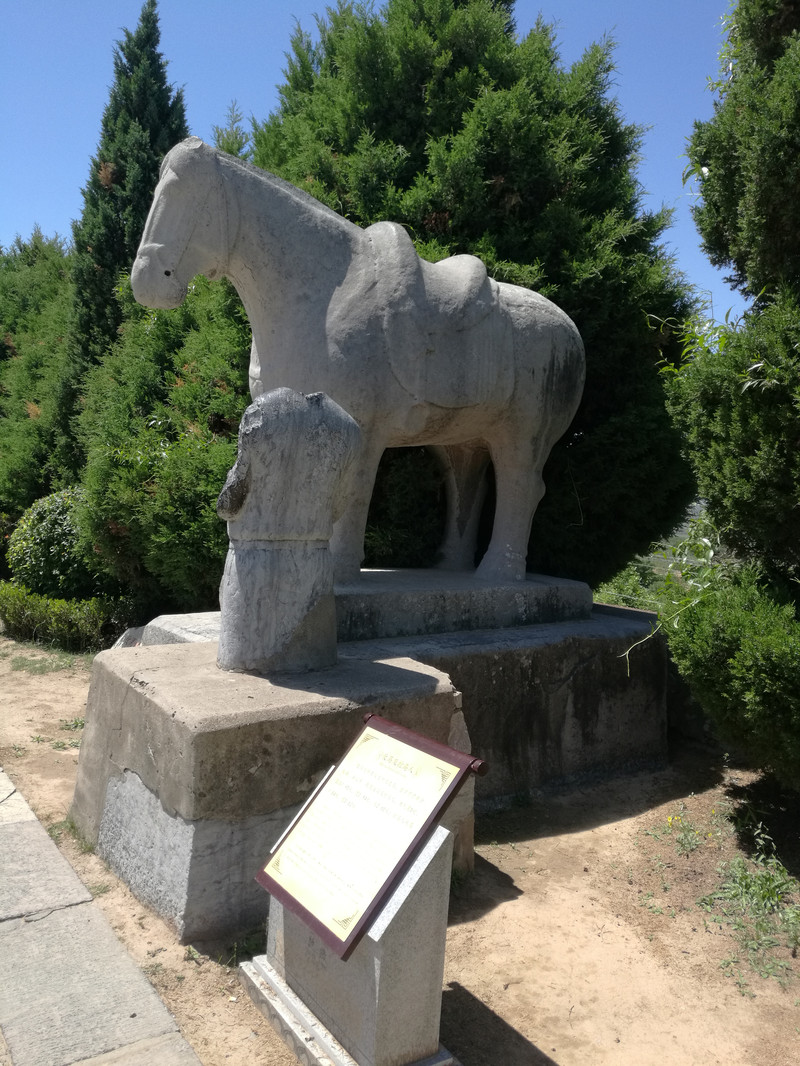
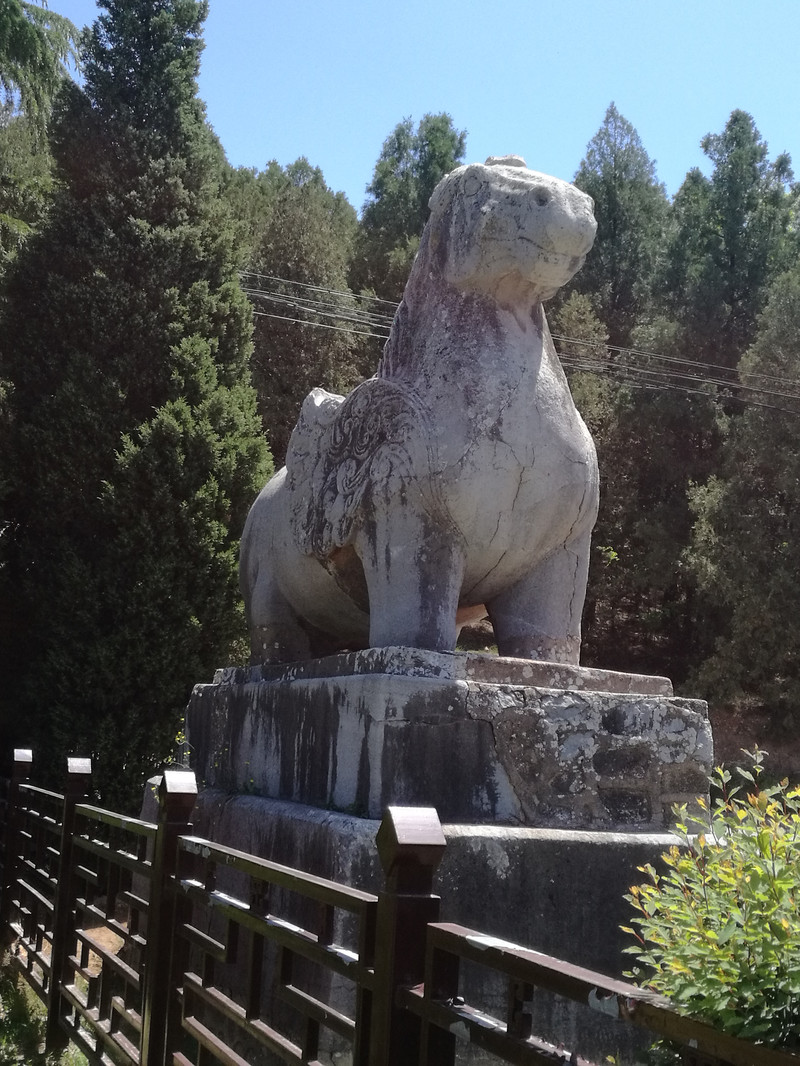
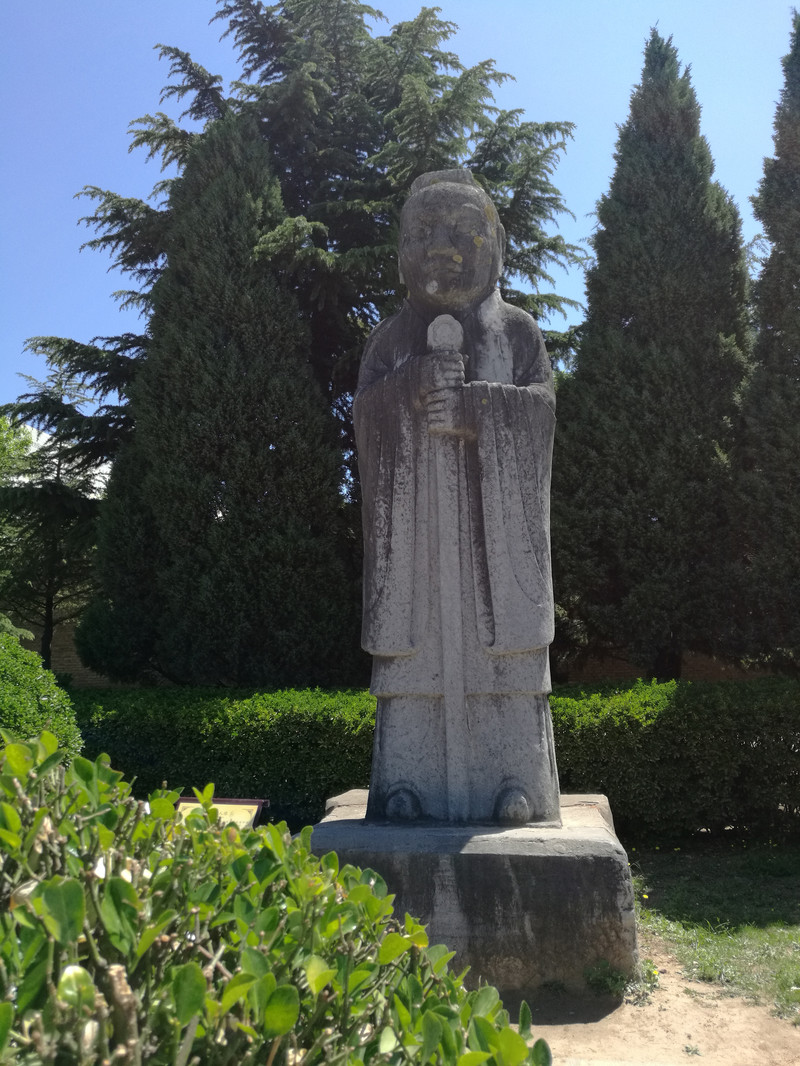
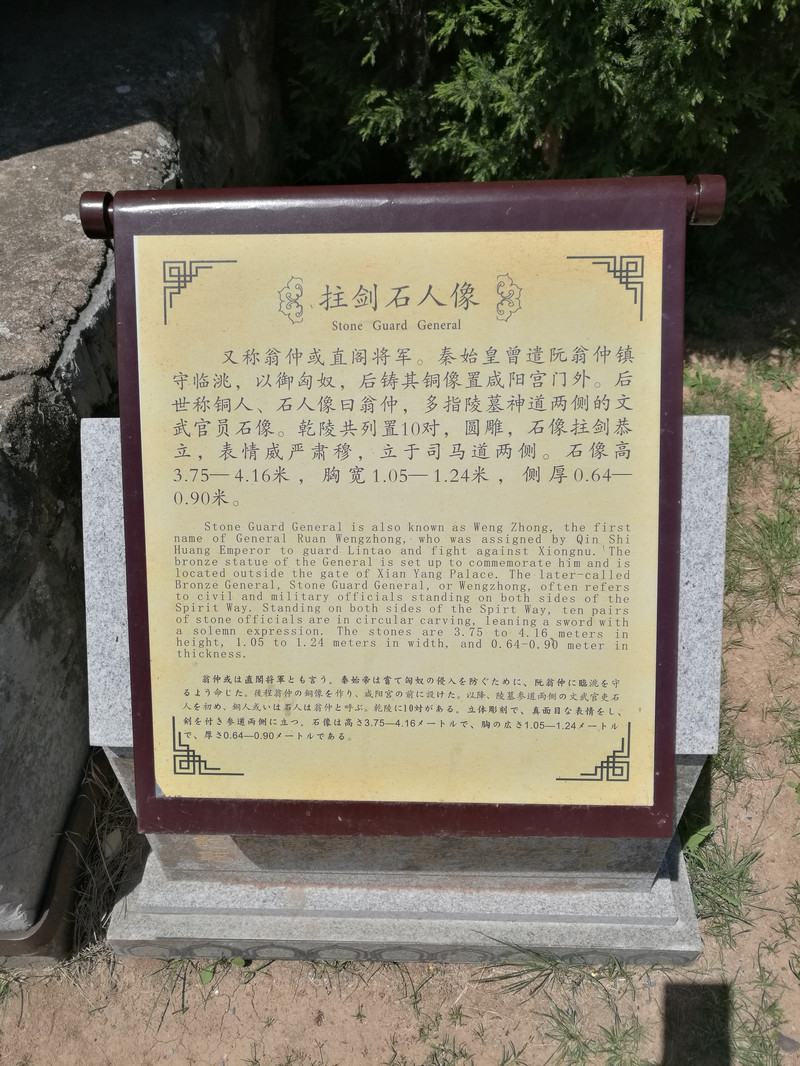

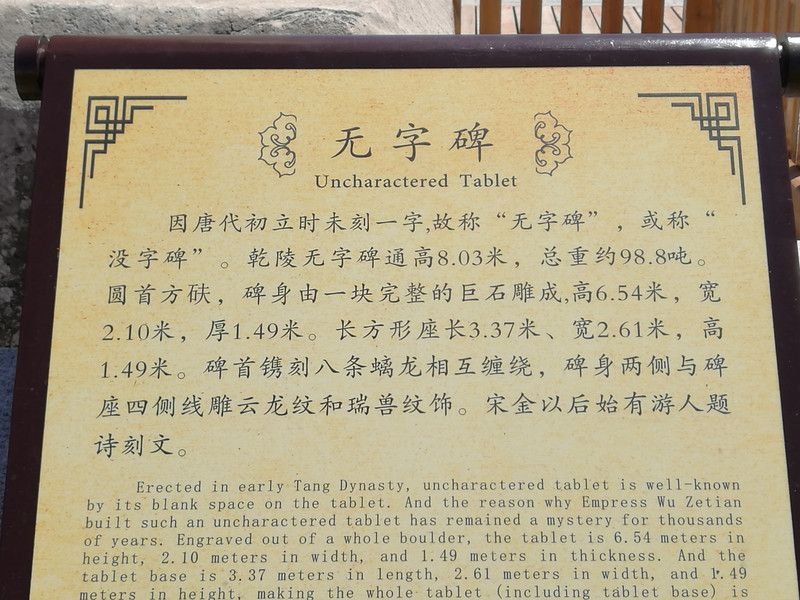
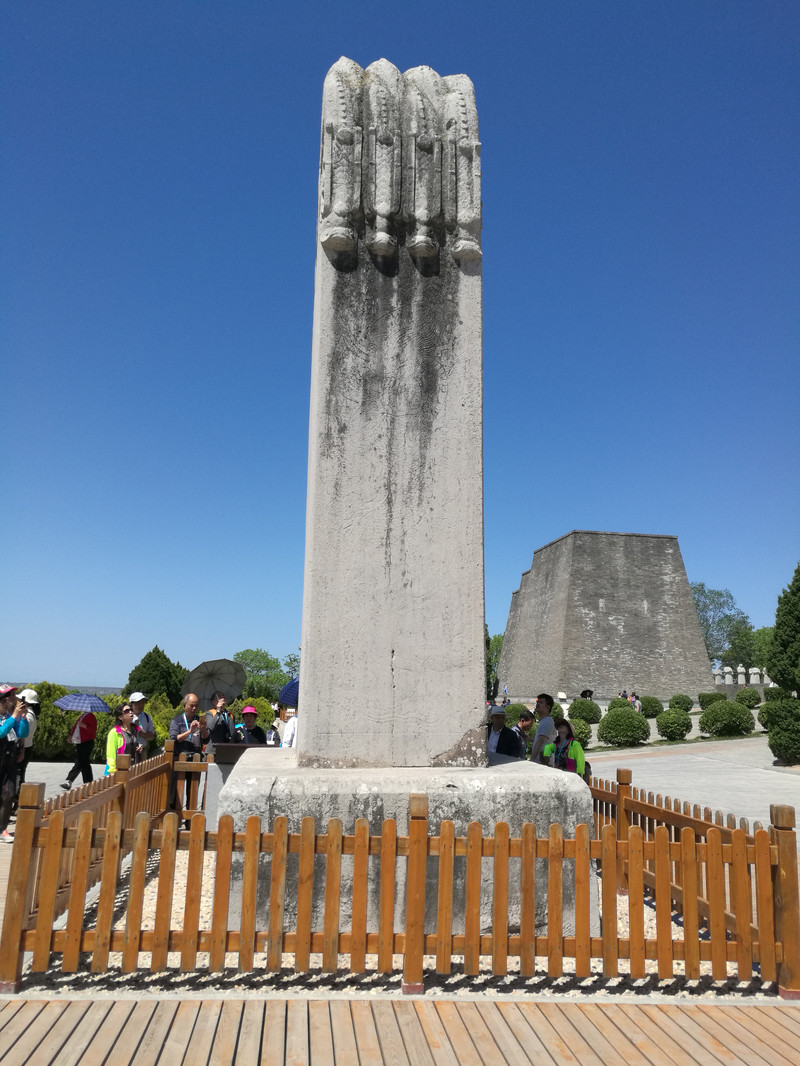

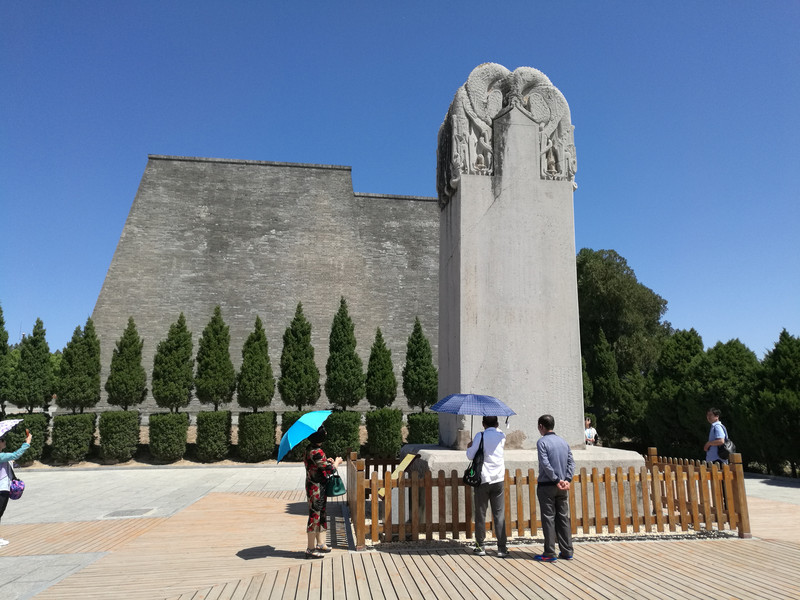
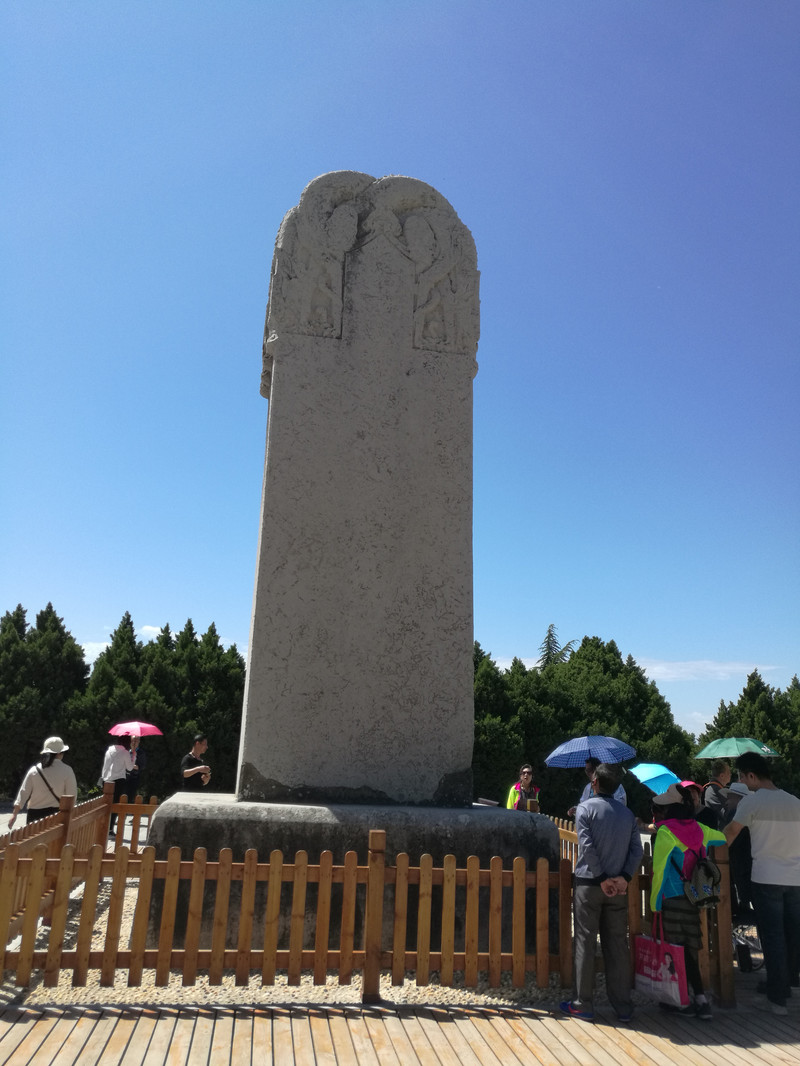
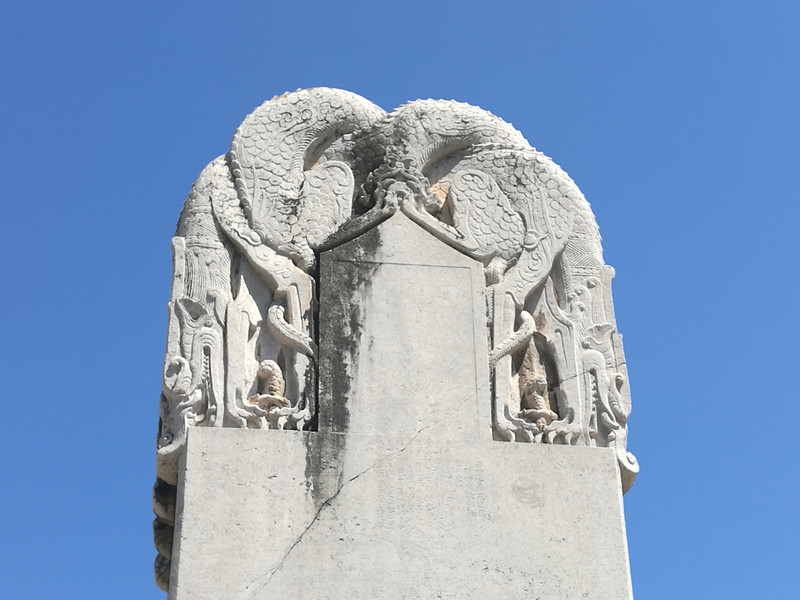
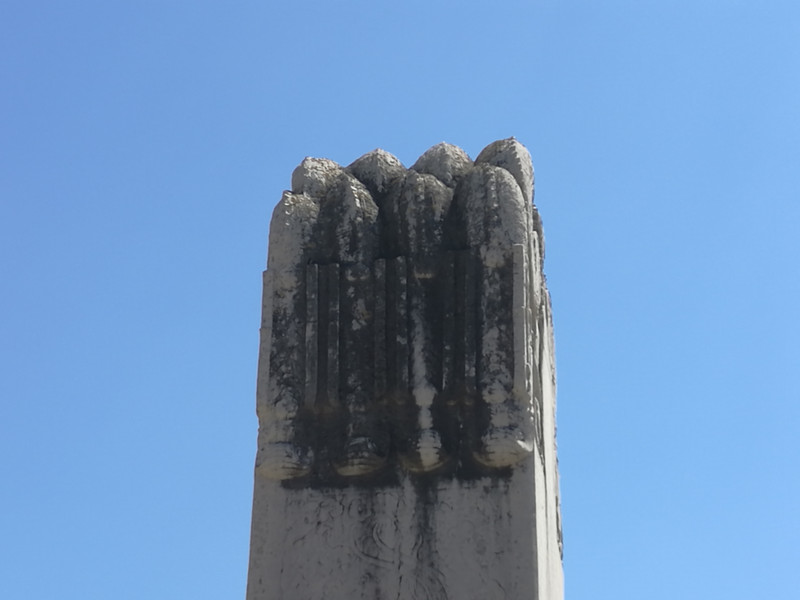
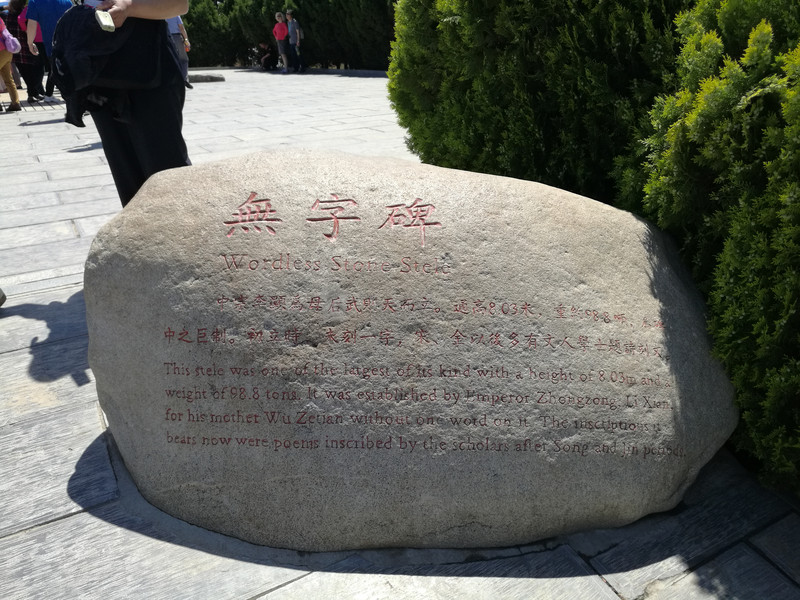
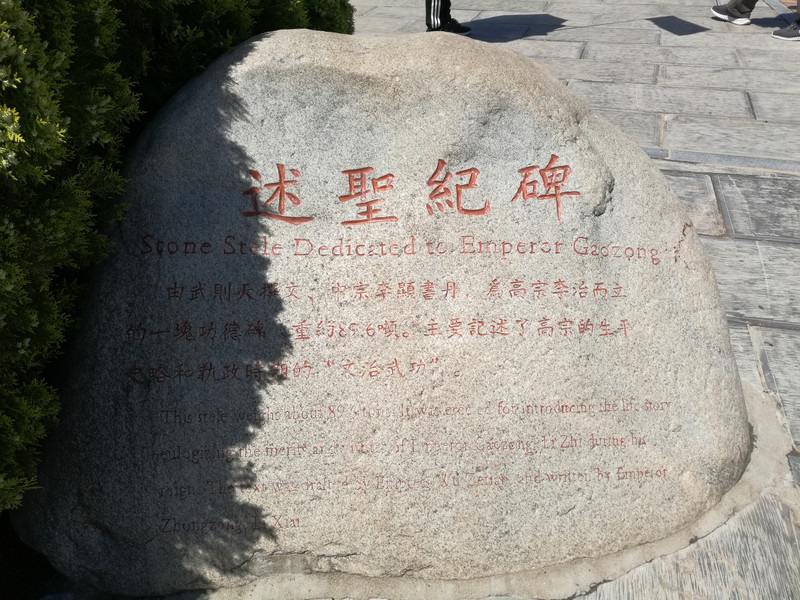

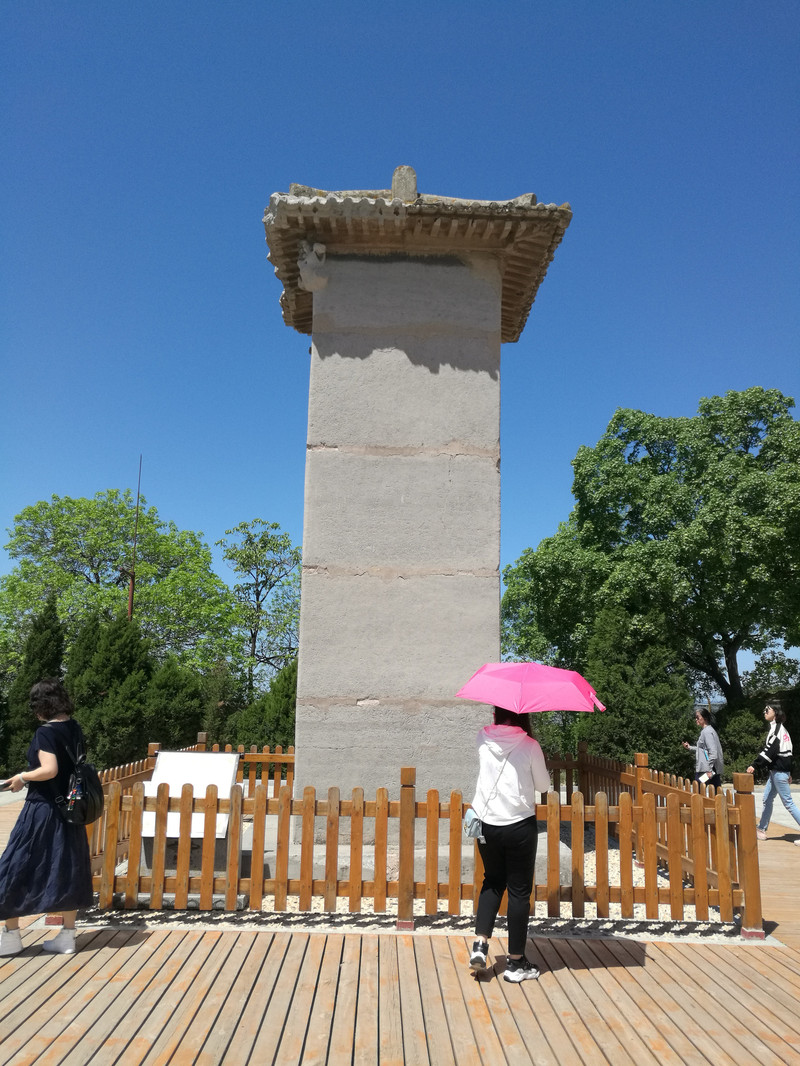
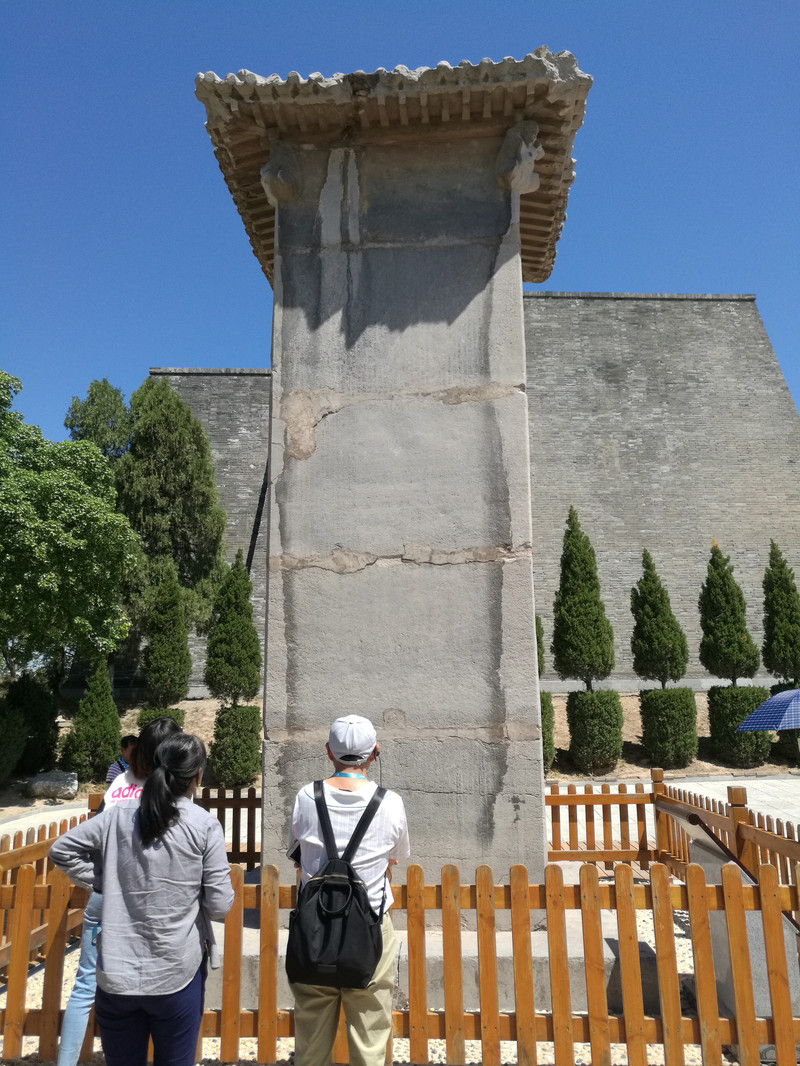
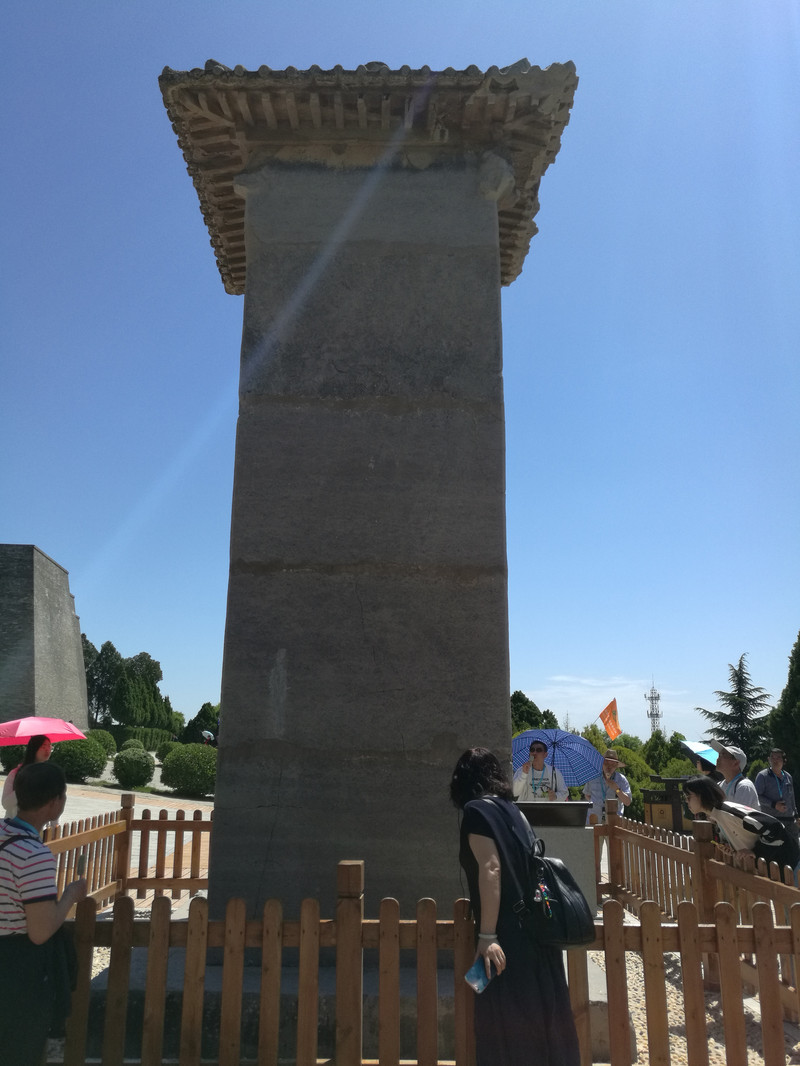
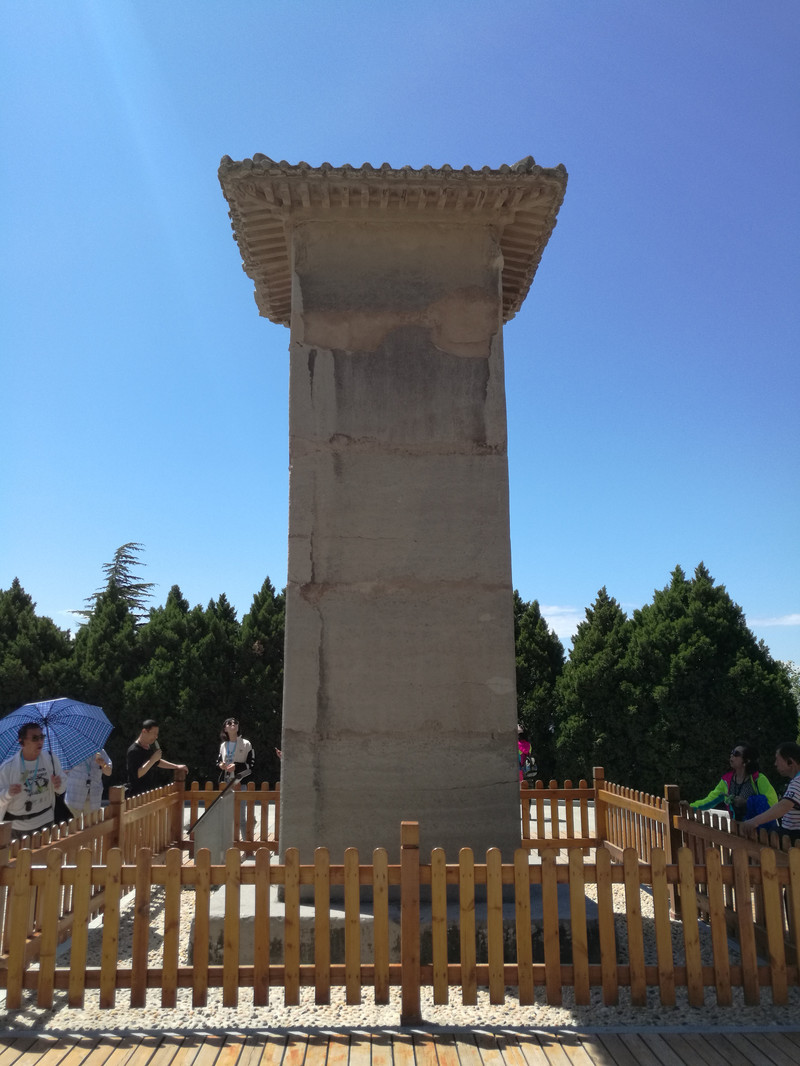
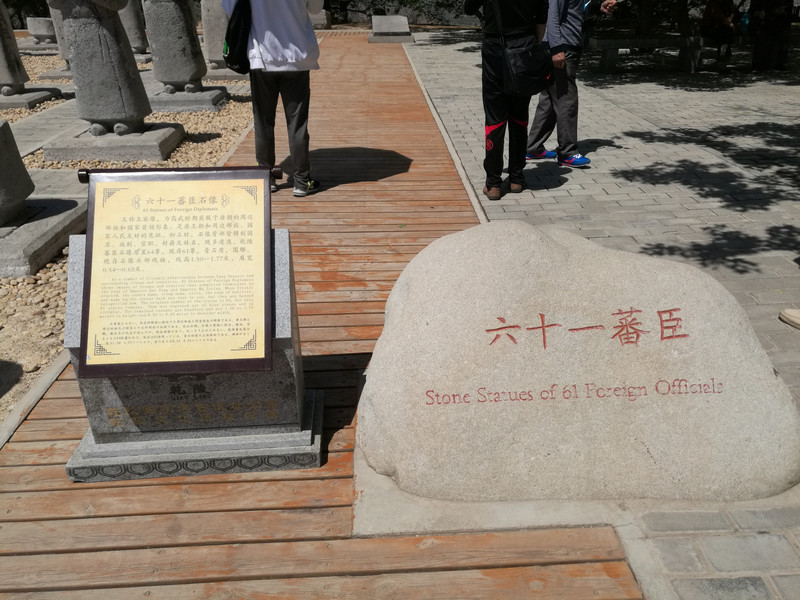
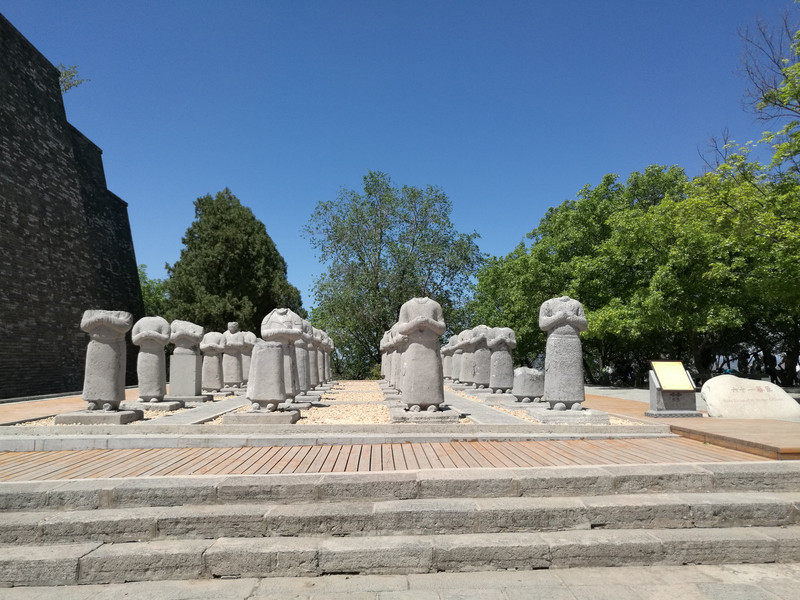
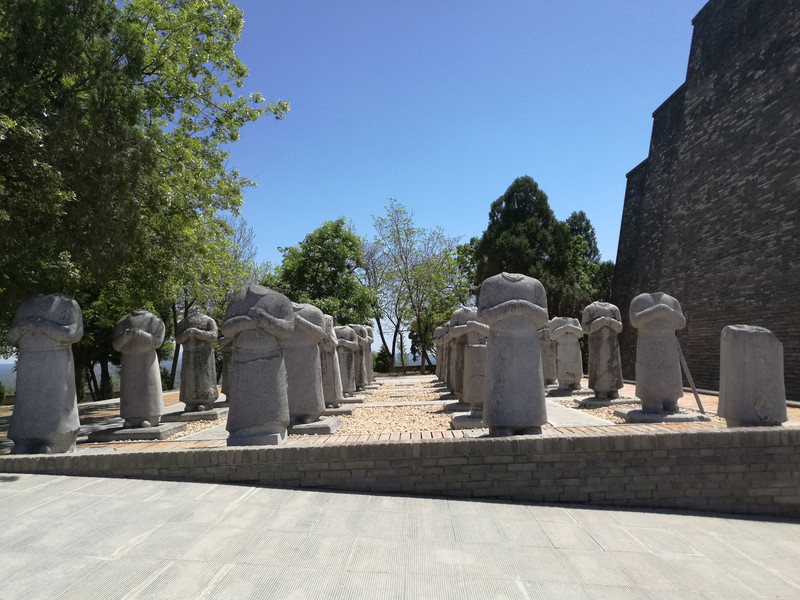
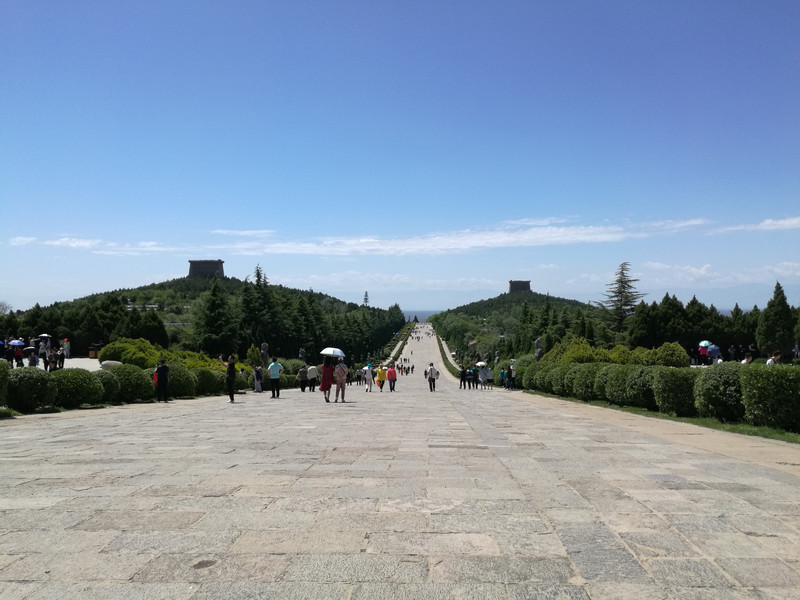
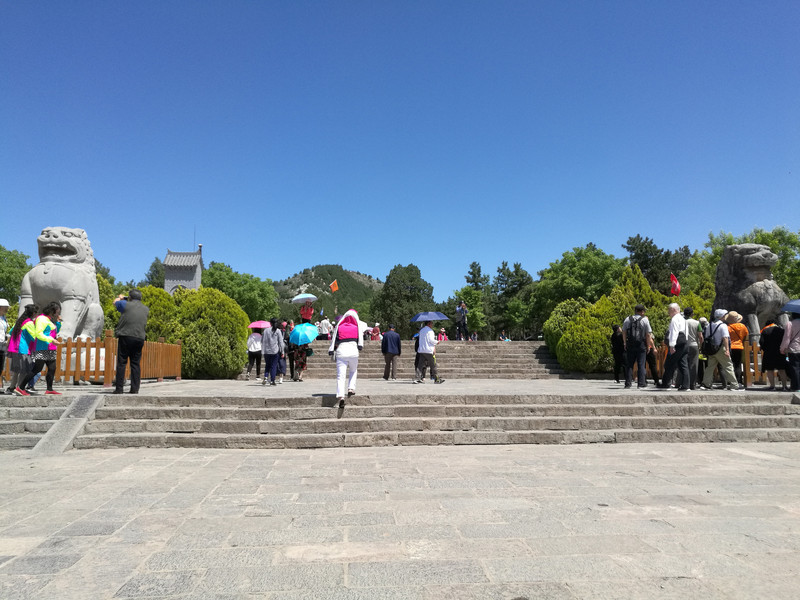
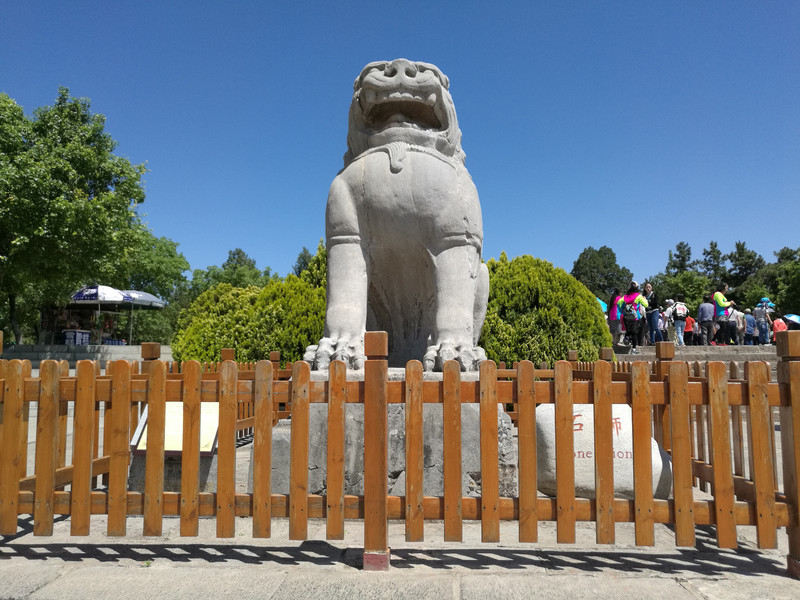
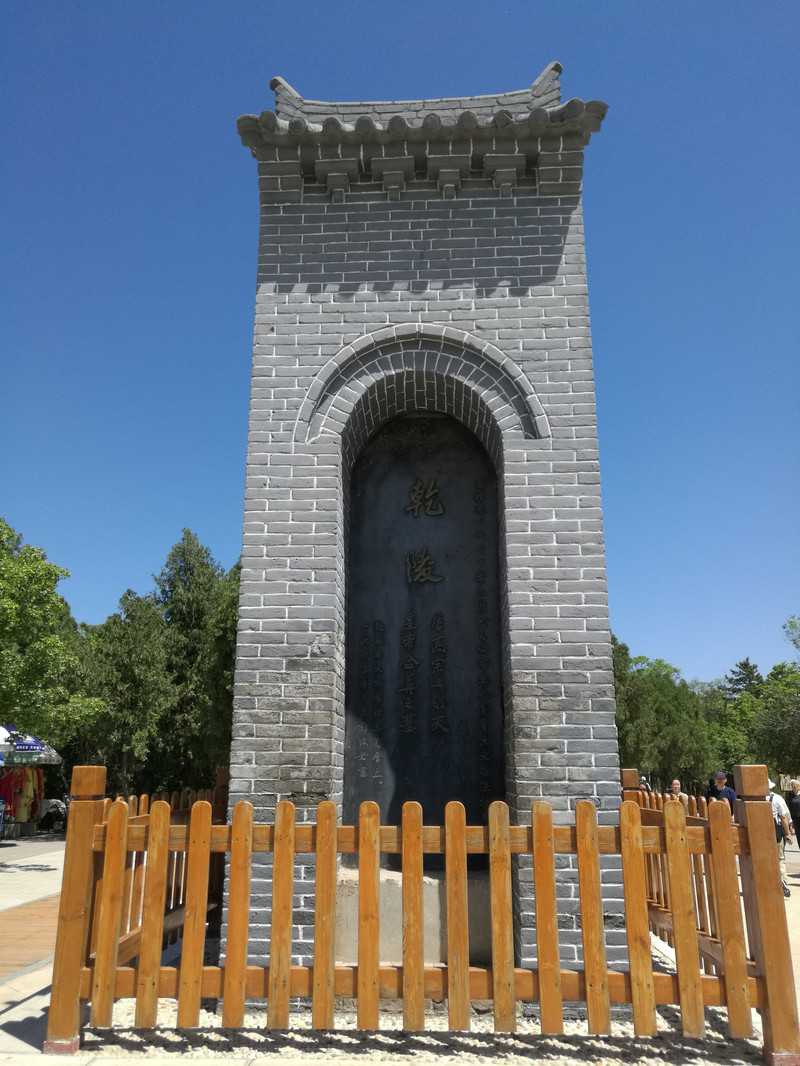
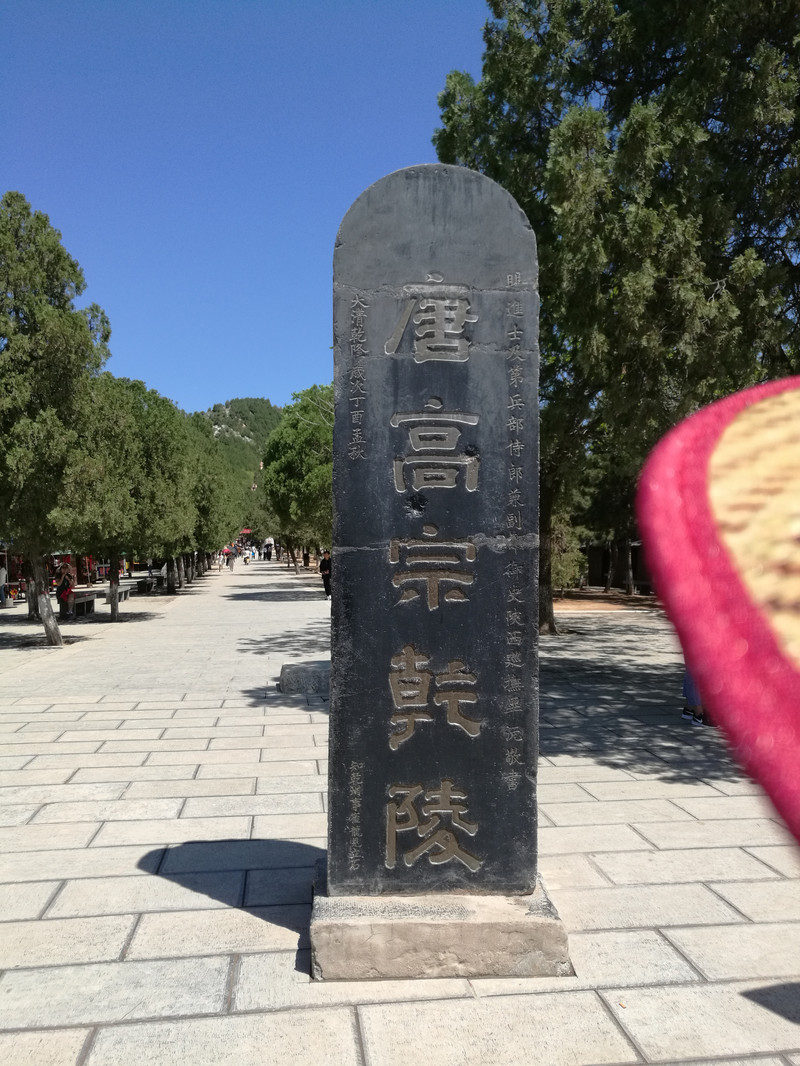


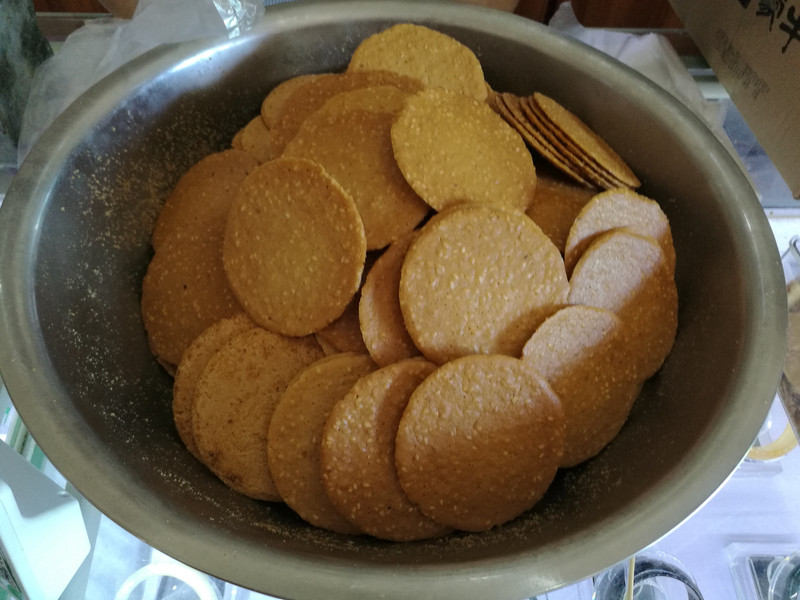
Famen Temple, also known as the "Real Pagoda," is located in Famen Town, 10 kilometers north of Fufeng County, Baoji City, Shaanxi Province. In 2004, it was rated as the "Ninth Wonder of the World" by UNESCO and a national key cultural relic protection unit. It was built during the Hengling period of the late Eastern Han Dynasty and has a history of more than 1700 years. It is known as the "ancestor of the Guanzhong Pagoda Temple." It was called "Ashoka Temple" in the Zhou Wei Dynasty. It was renamed "Chengshi Taoist Temple" during the Emperor Wen of the Sui Dynasty, and renamed "Famen Temple" during the Tang Gaozu. Famen Temple is known as the royal temple. It has become a Buddhist holy place that the whole country looks up to because of the placement of Sakyamuni Buddha's finger bones. Famen Temple Pagoda is known as the "Pagoda of the Real Body of Protecting the Country." Famen Temple Cultural Scenic Area where the temple is located is a national AAAAA tourist attraction. Famen Temple was built during the Hengling period of the late Eastern Han Dynasty. Famen Temple had a pagoda for relics. The wooden pagoda has a four-story floor. There is an underground palace under the pagoda. In the underground palace, a coffin made of rosewood is stored, and a gold bottle holds the Buddha's finger bone relics. The wooden pagoda is called the "True Body Sari Pagoda". The temple was built because of the pagoda and was formerly known as Ashoka Temple. After Sakyamuni Buddha died, his body was cremated and formed into a relic. In the third century BC, after King Ashoka unified India, in order to promote Buddhism, he divided the Buddha's relics into 84,000 parts, and made the ghosts and gods collect them in Nanyafu and distribute them to various countries around the world to build towers for worship. There are 19 places in China, and Famen Temple is the fifth.
Famen Temple underground palace is the largest underground palace under the tower ever seen. In the underground palace of Famen Temple in Baoji, the highest Buddhist treasures such as Sakyamuni Buddha's finger bone relics, copper pagodas, eight-fold treasure envelopes, silver flowers and twelve rings of tin staff were unearthed. The Famen Temple Treasure Hall has more than 2,000 pieces unearthed in the underground palace of Famen Temple. National treasures and heavy artifacts of the Tang Dynasty are among the most temples in the world. In October 2014, the 27th World Federation of Buddhists was held at Famen Temple in Baoji.
After lunch, we arrived at Famen Temple Scenic Area by car. In order to save time and strength, we all chose to visit by battery car
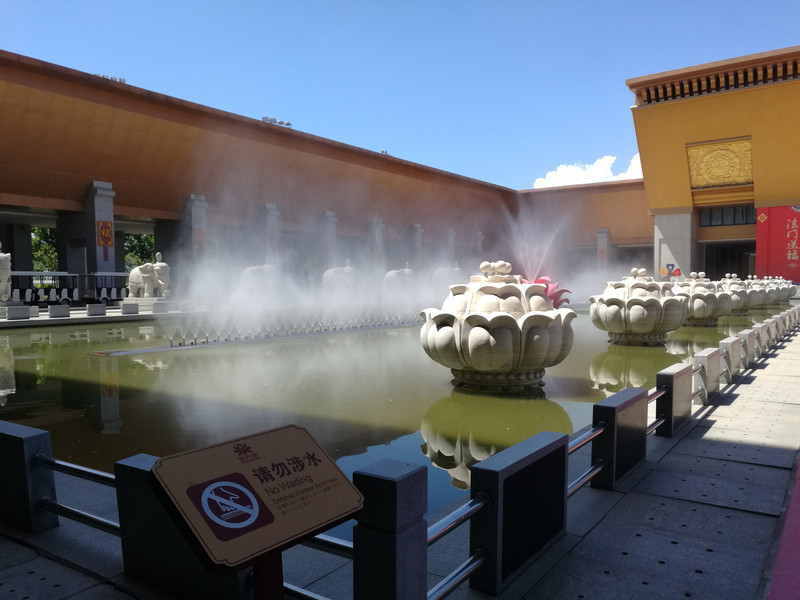
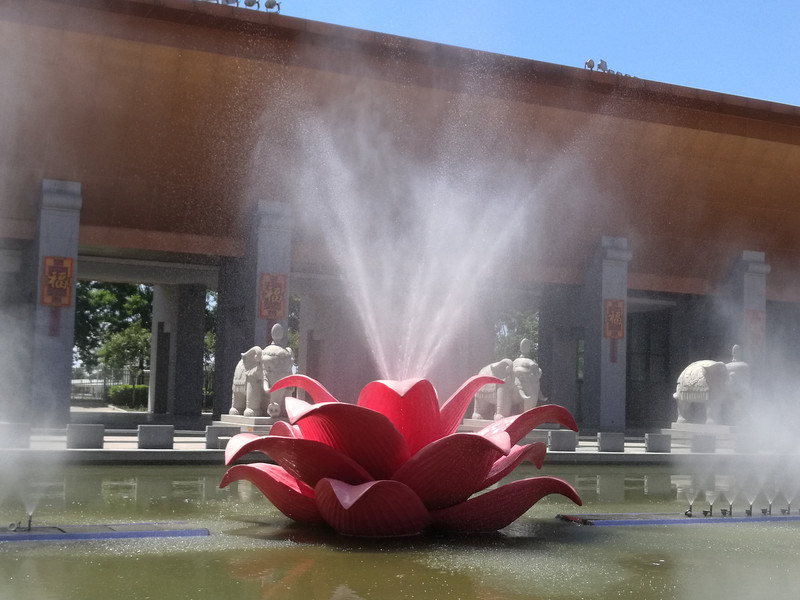
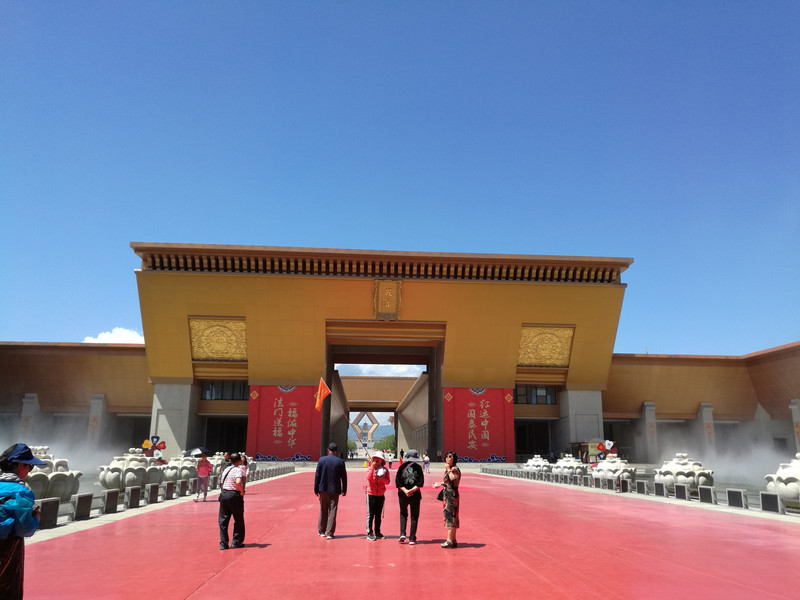
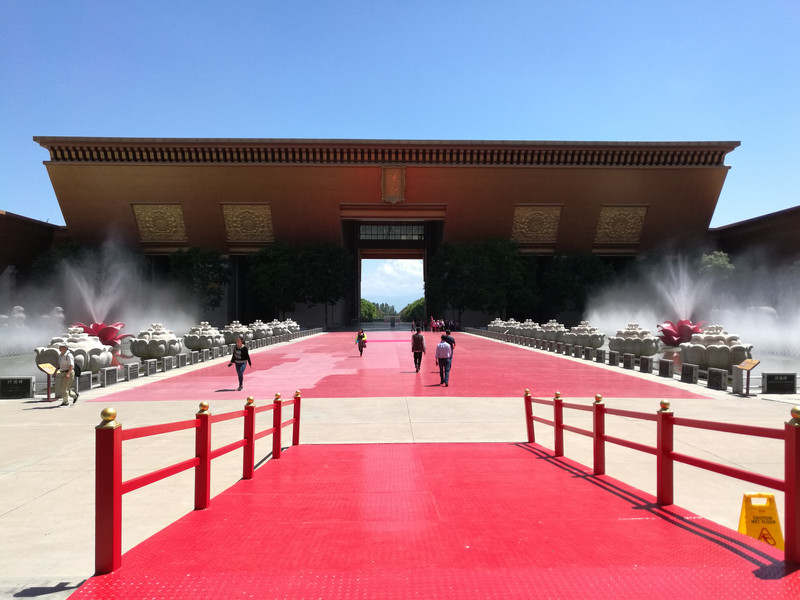
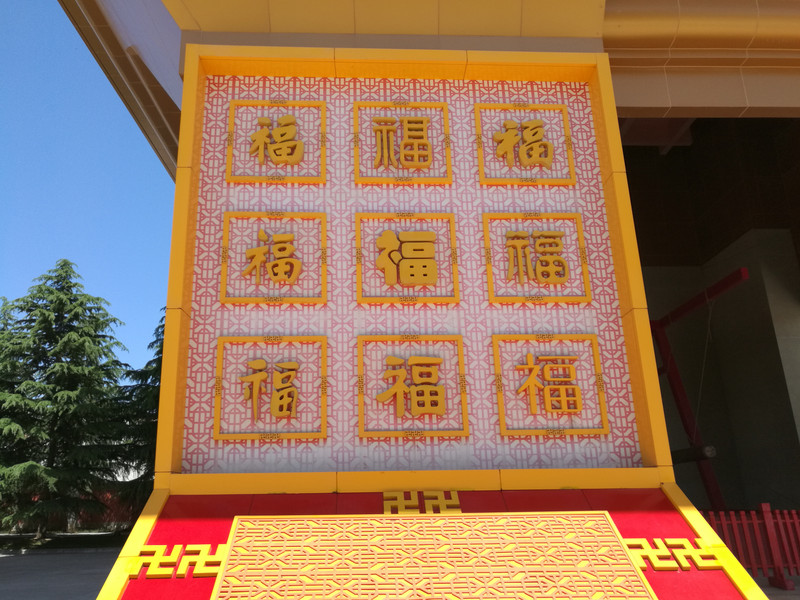
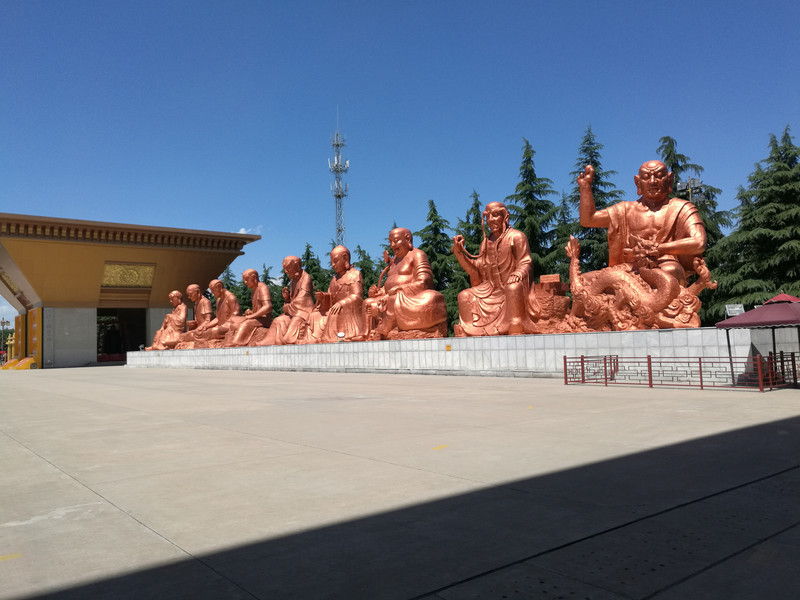
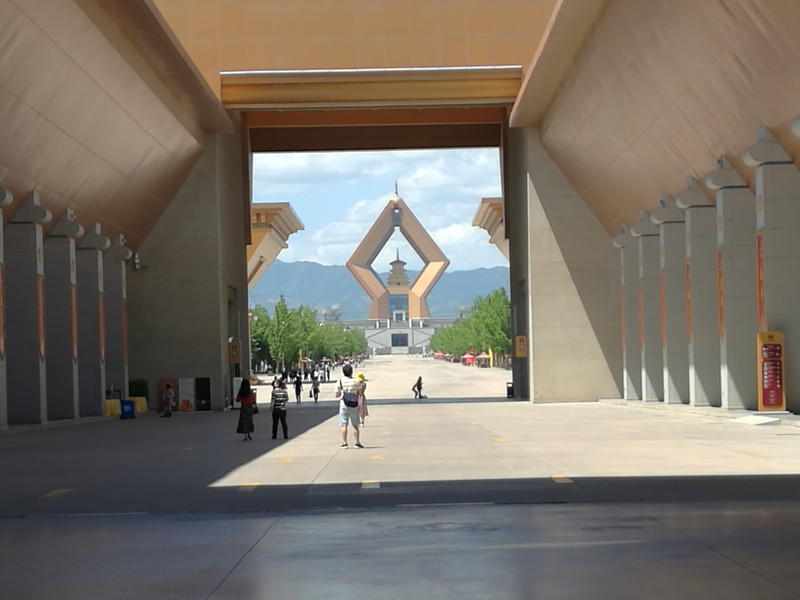
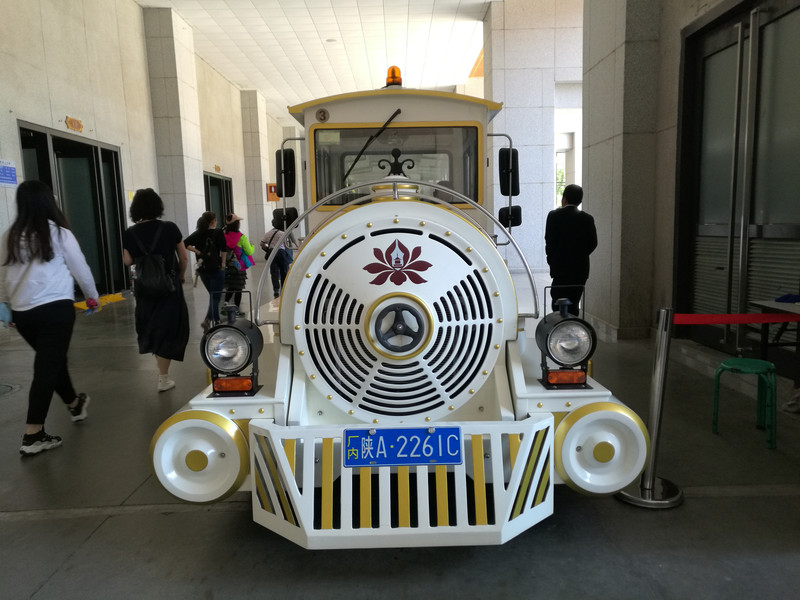
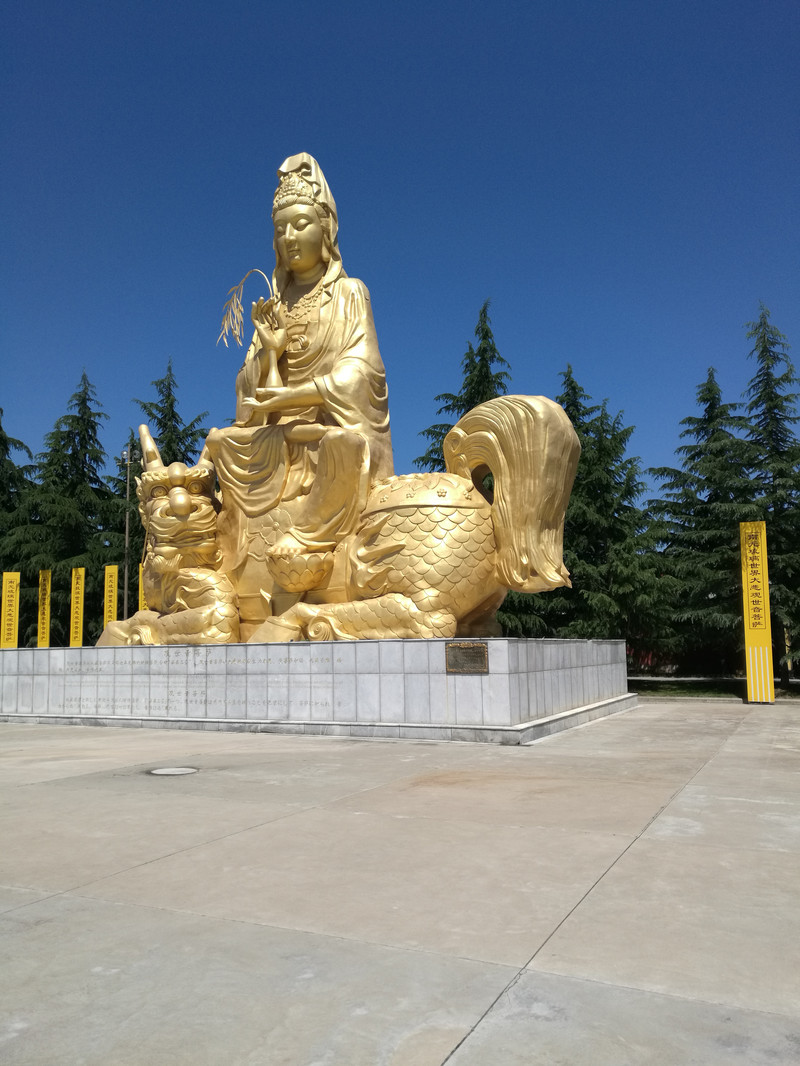
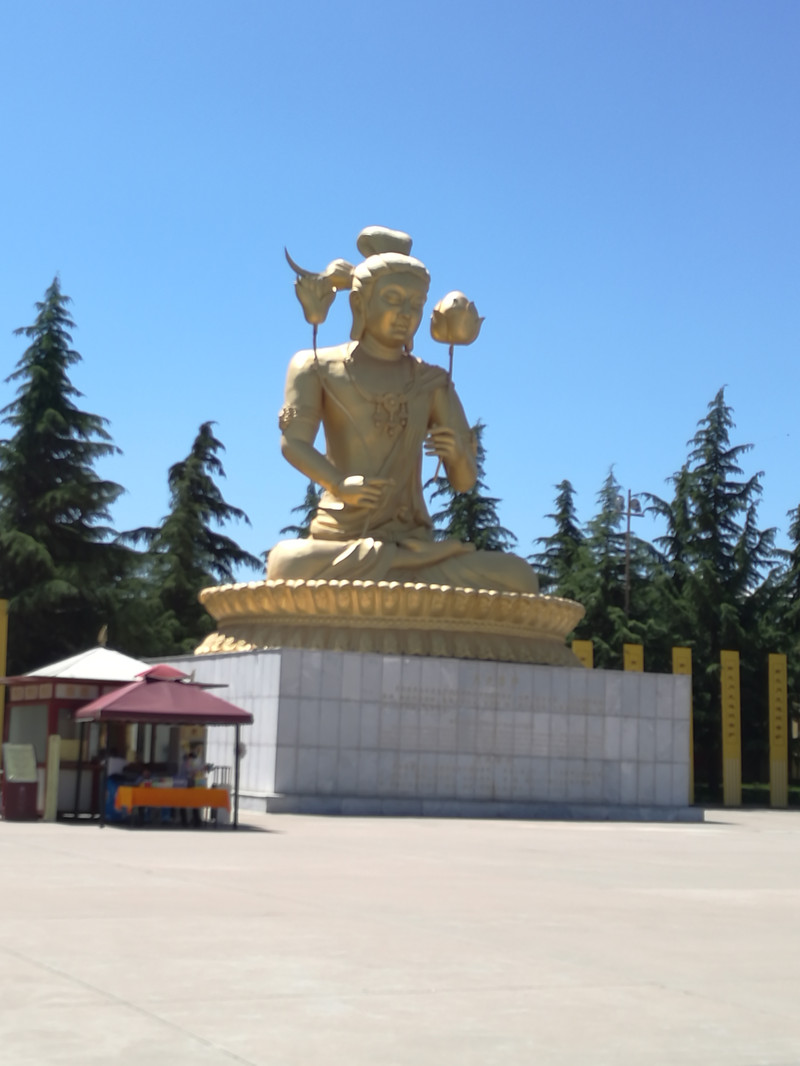
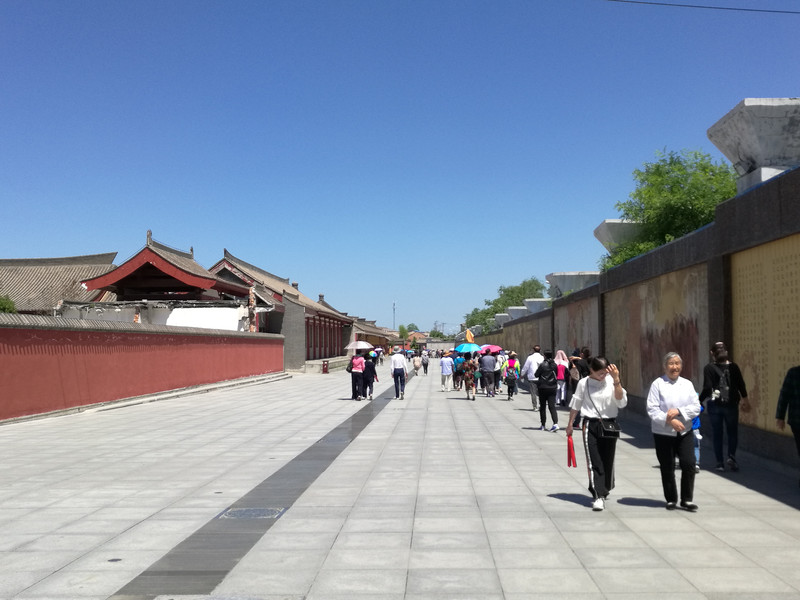
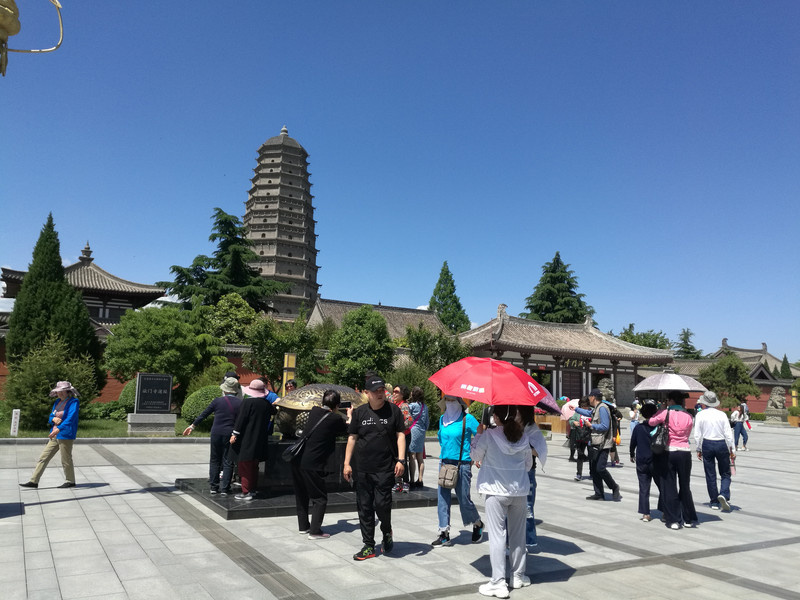
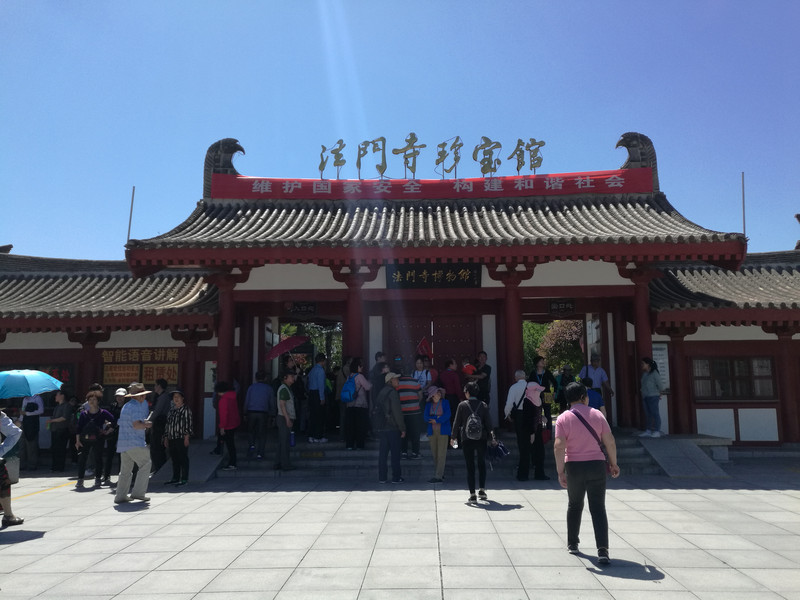
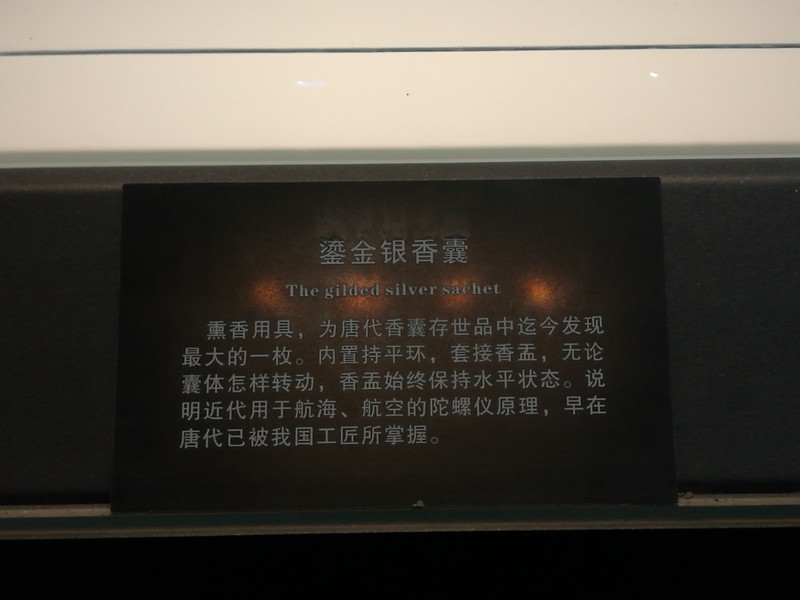
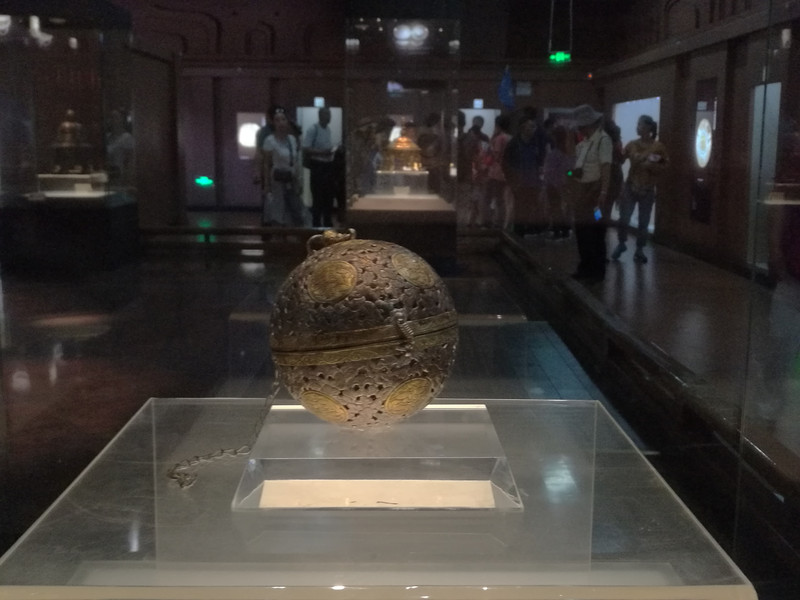
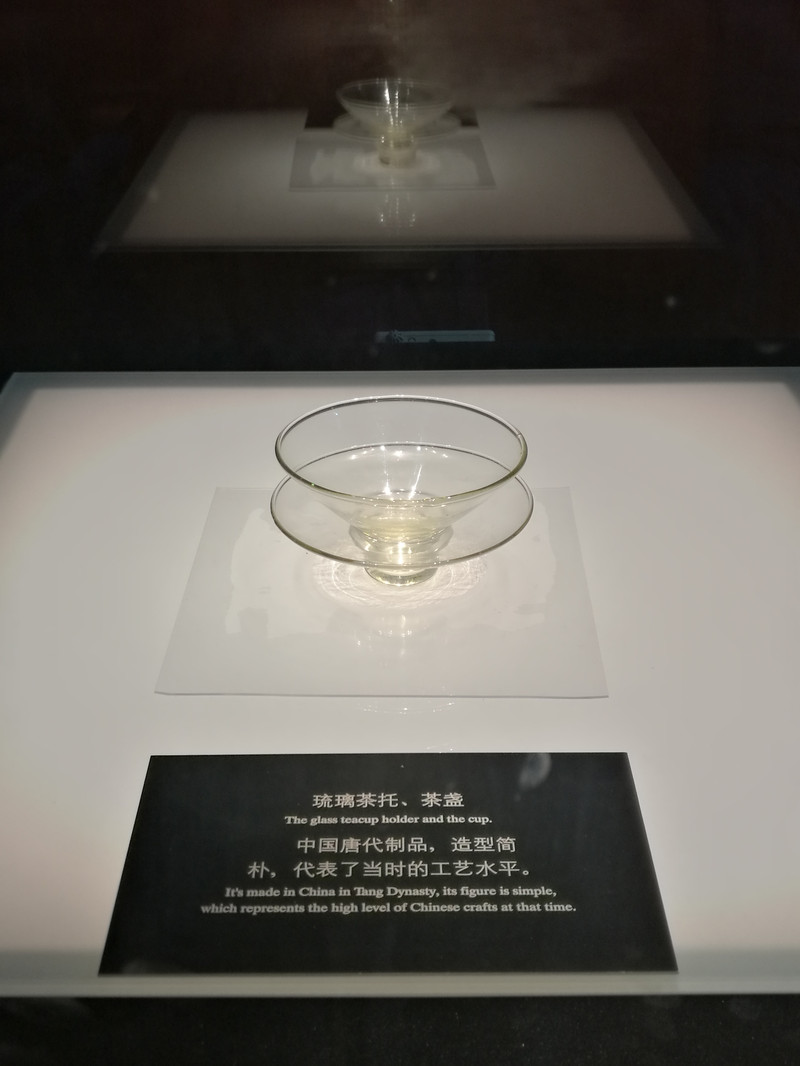
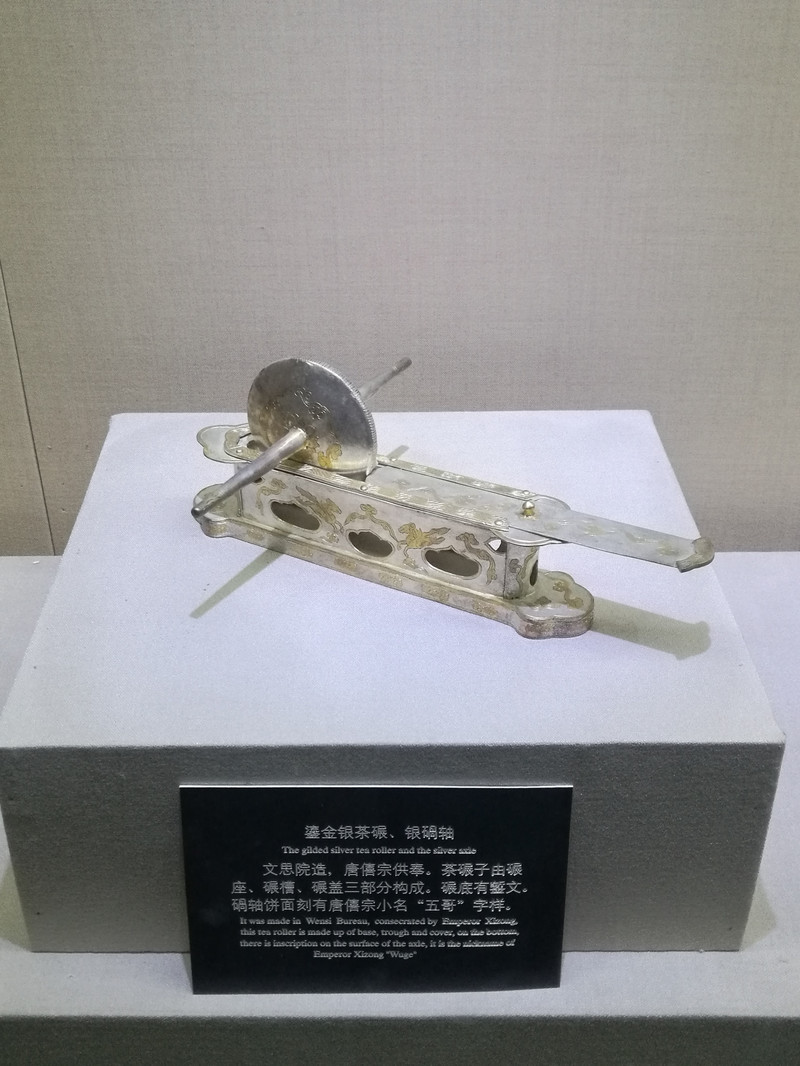

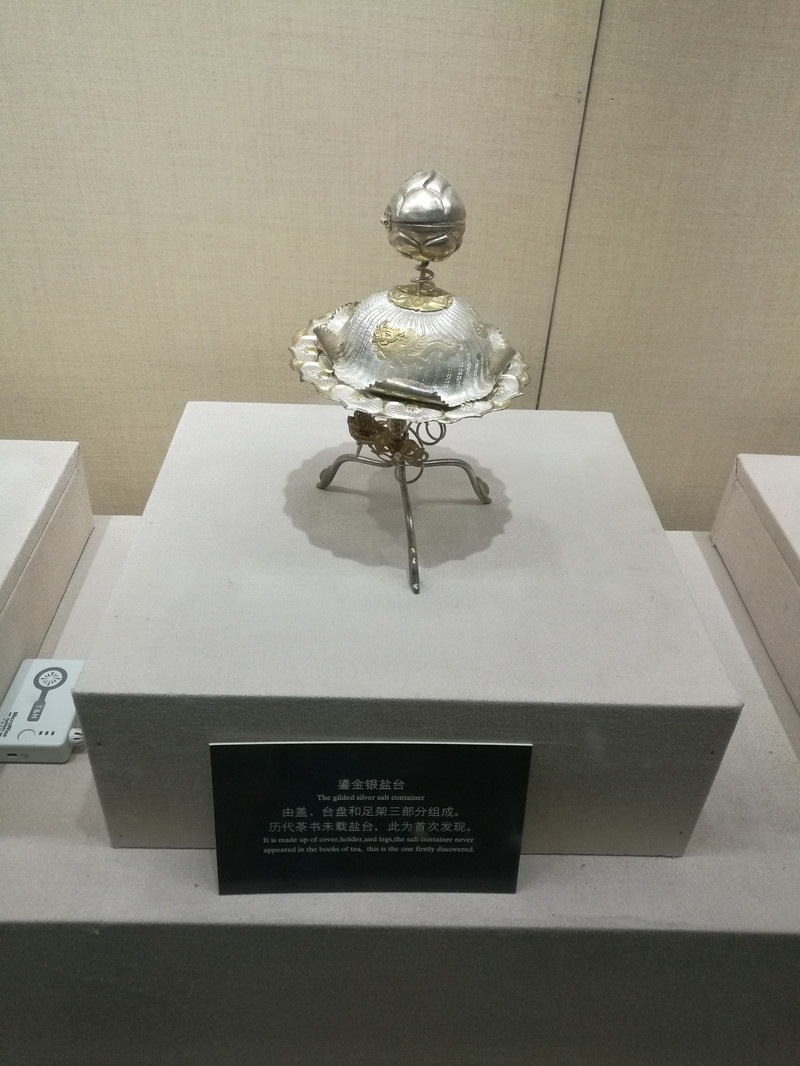
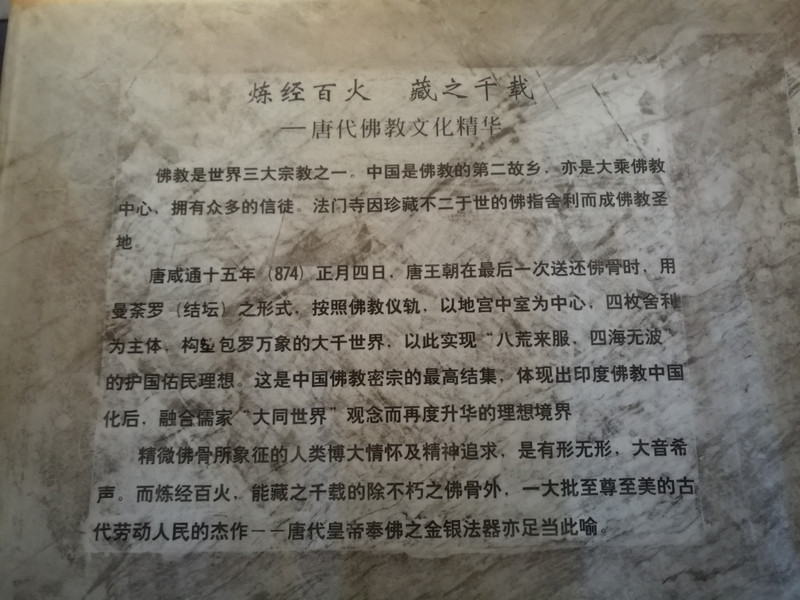
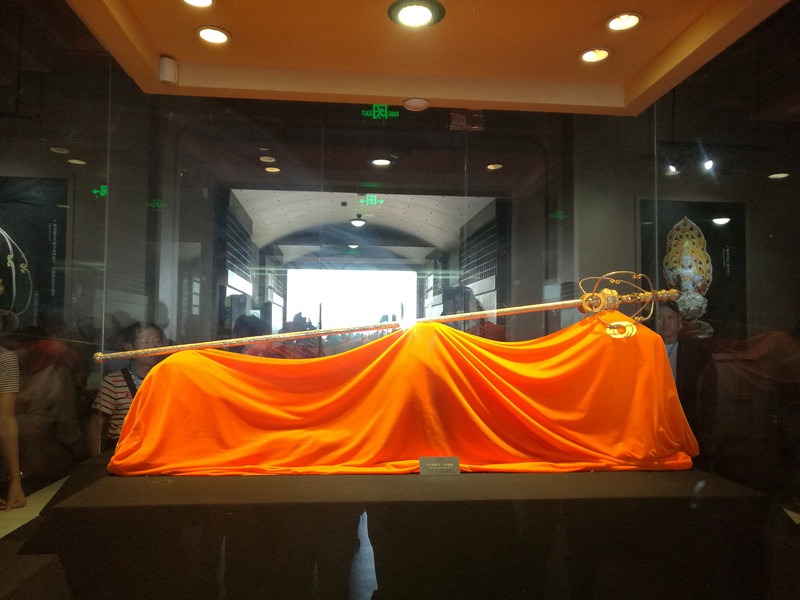
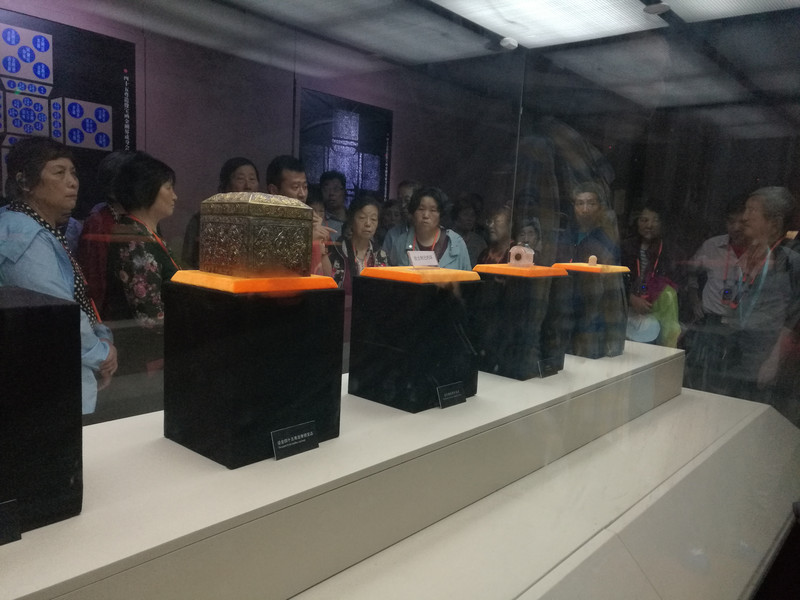
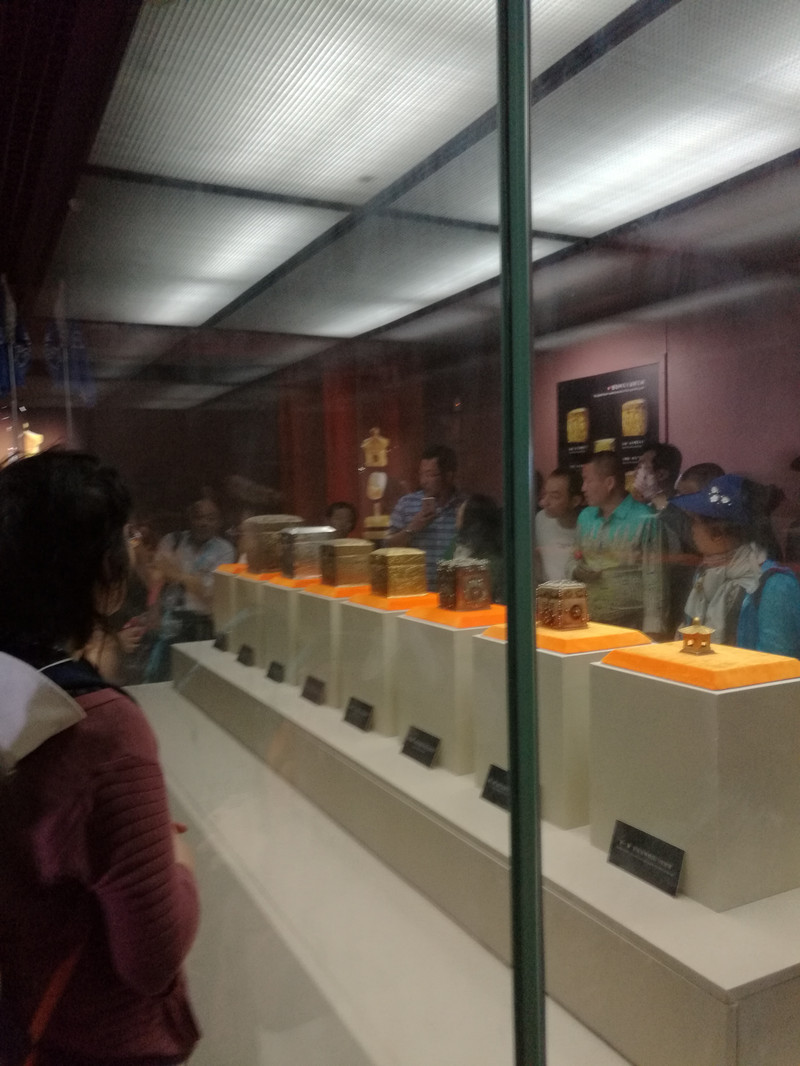
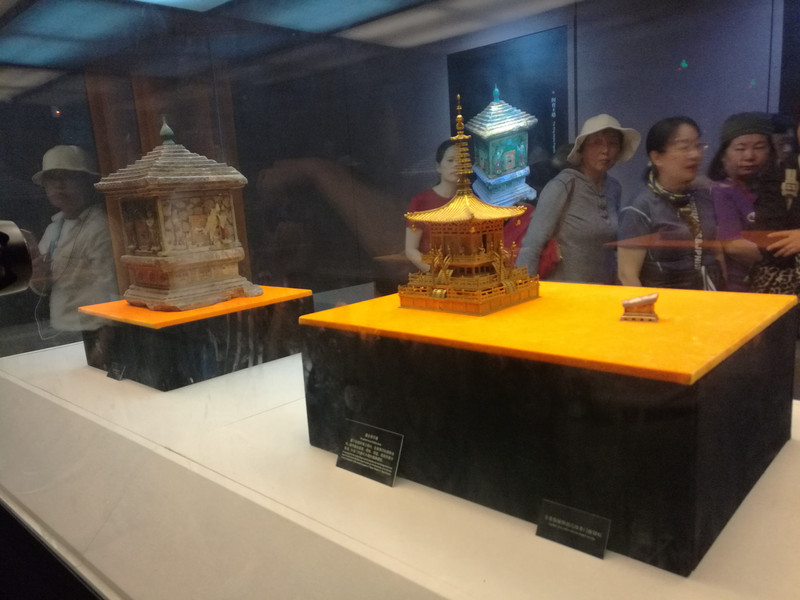
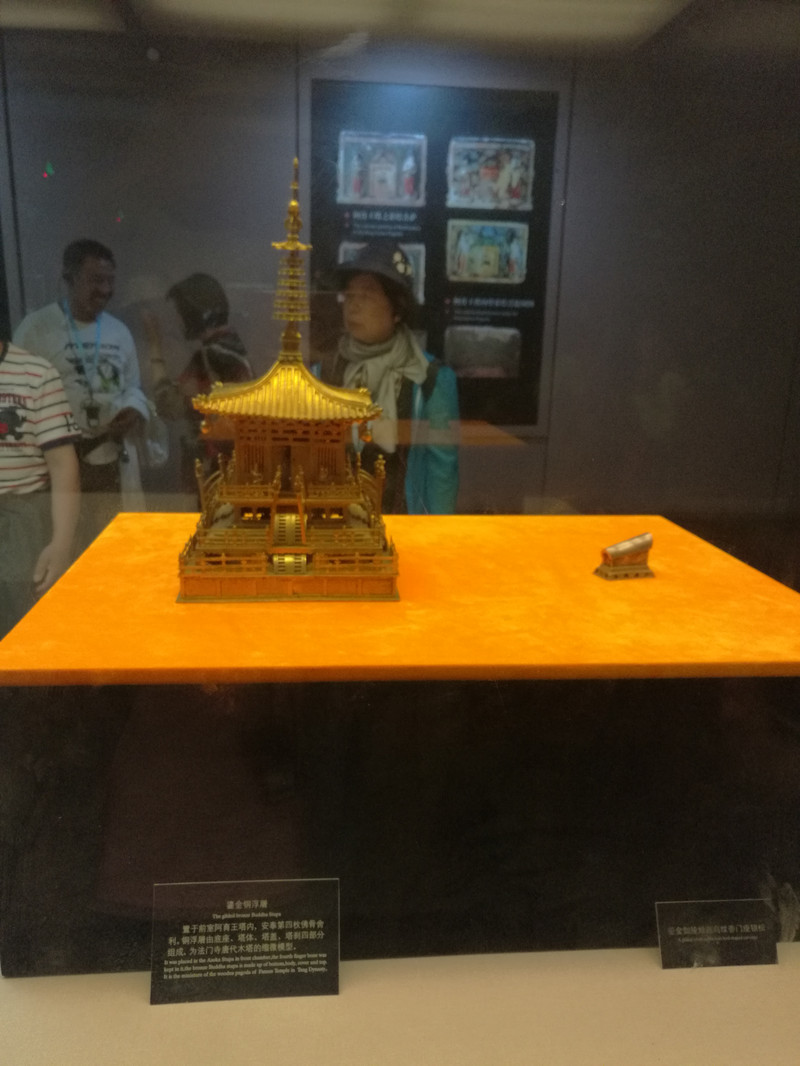
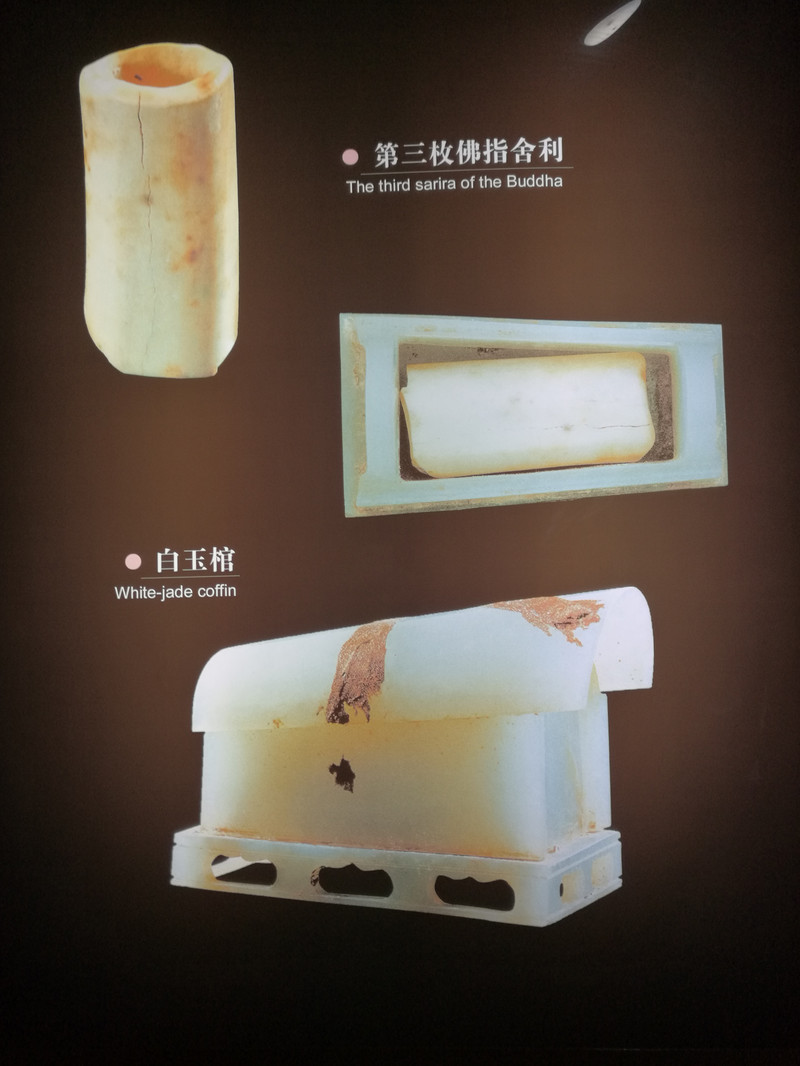

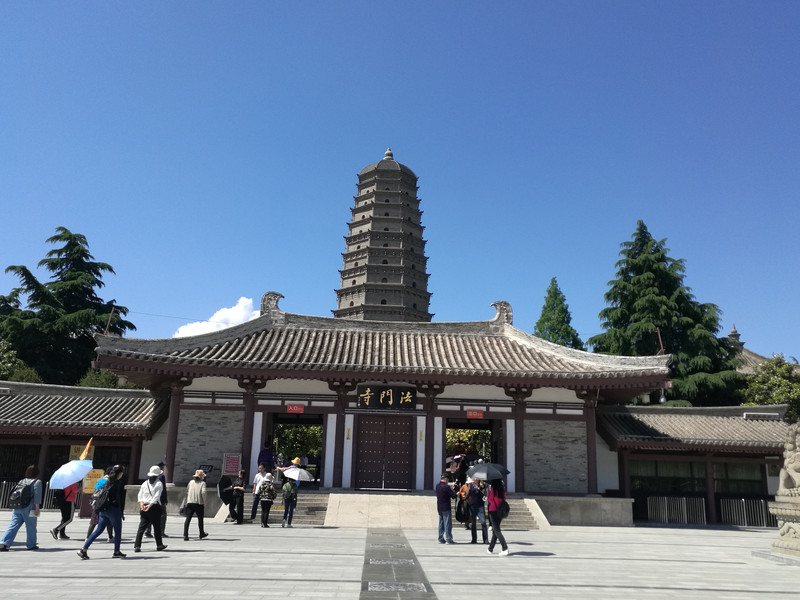
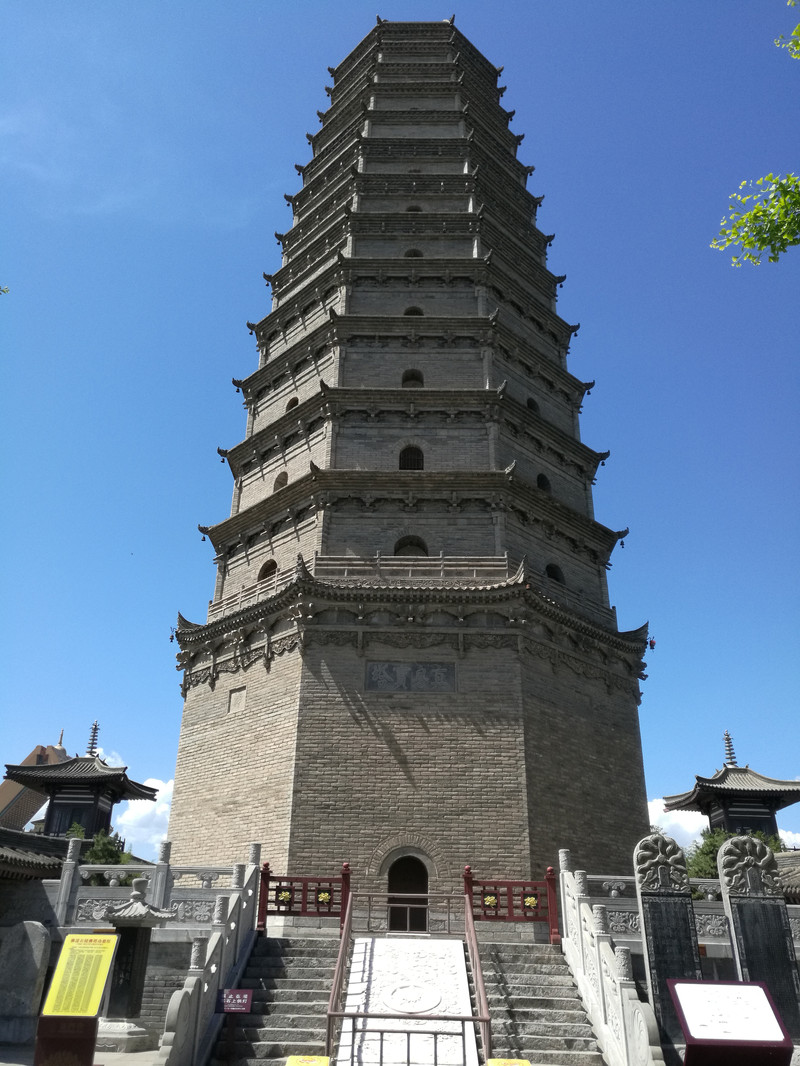
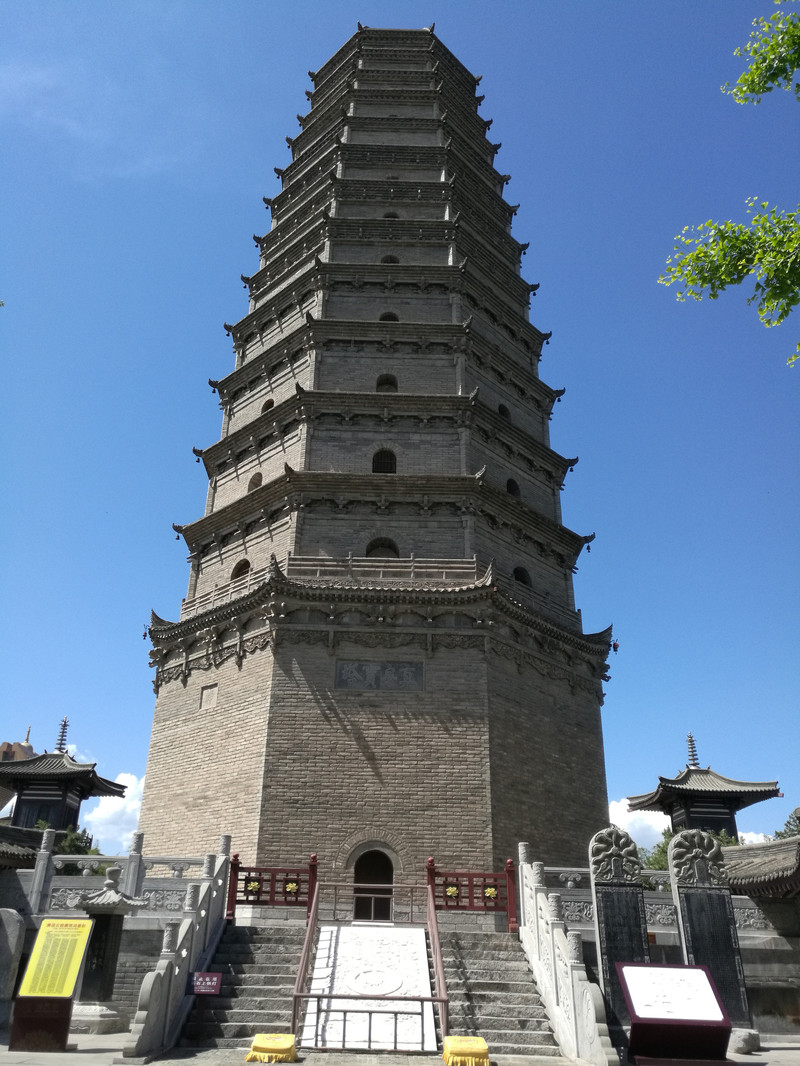
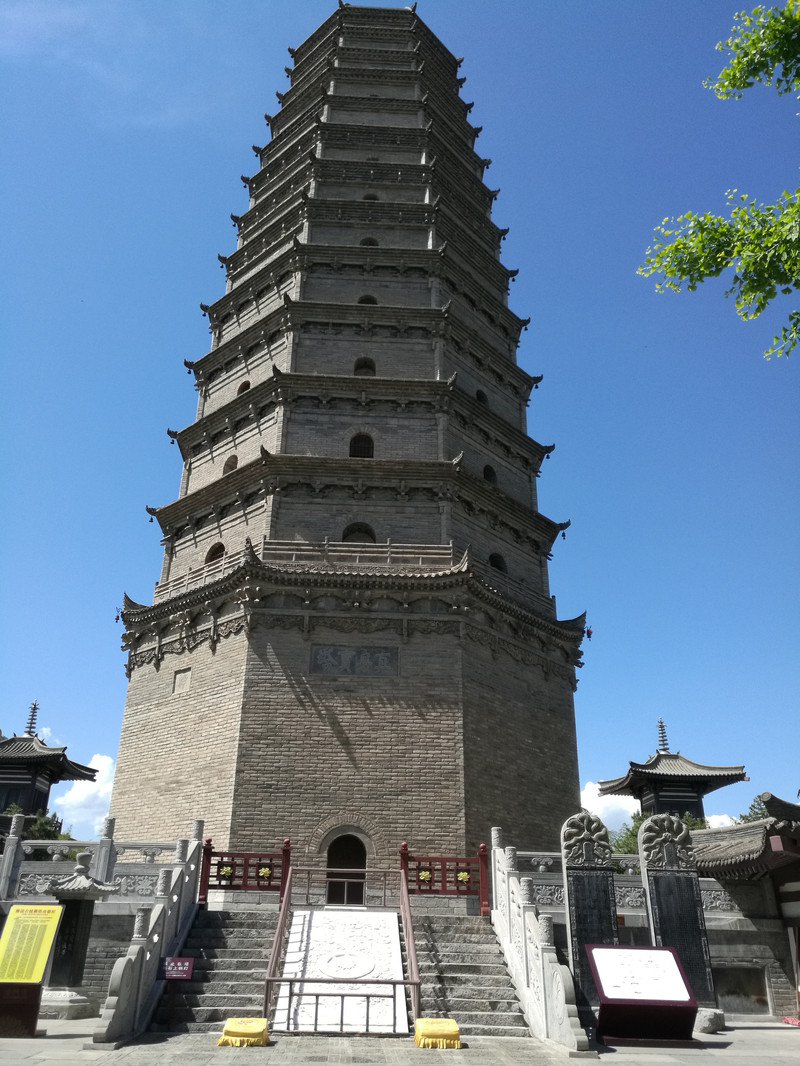
The Nama-Shili Pagoda is located at the northern end of the Famen Temple Cultural Scenic Area. The tower is 148 meters high and is the core building of the scenic area, implying the other side of the Buddha. Maybe you have seen many Buddhist temples and ancient towers in the north and south of China, but it can be said that the stupas of Famen Temple are unique in shape. - The entire tower is shaped like two hands holding together in prayer. It is solemn and magnificent. It contains Sakyamuni's finger bone relics. Sari is a transliteration of Sanskrit, meaning bone body, or spiritual bone. In Buddhist culture, it plays a supreme role. Every weekend, the first day, the fifteenth day and major Buddhist festivals, the Buddha's finger relics will rise to the first floor of the main tower for believers to admire the sacred relics.
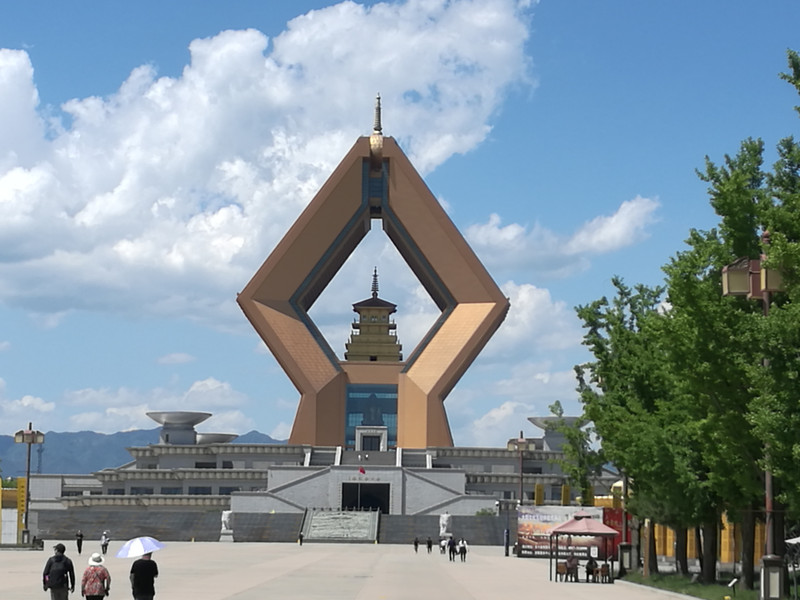

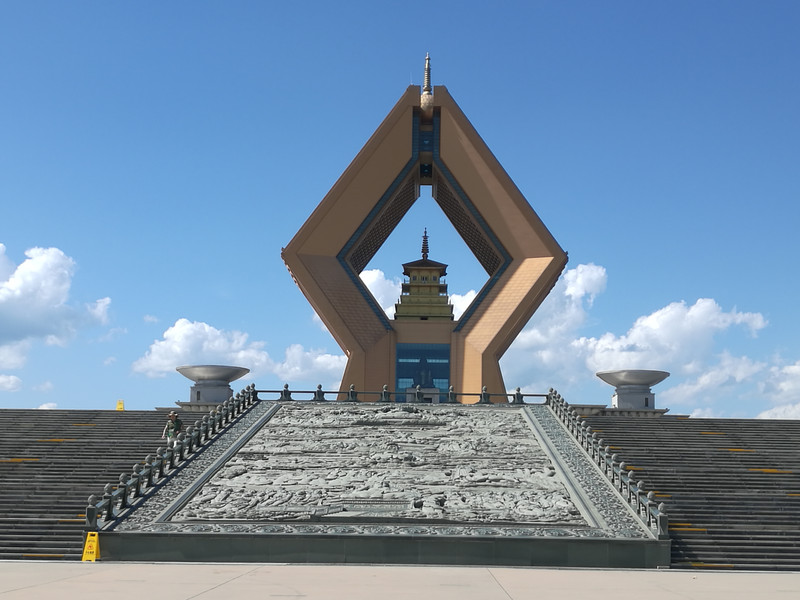
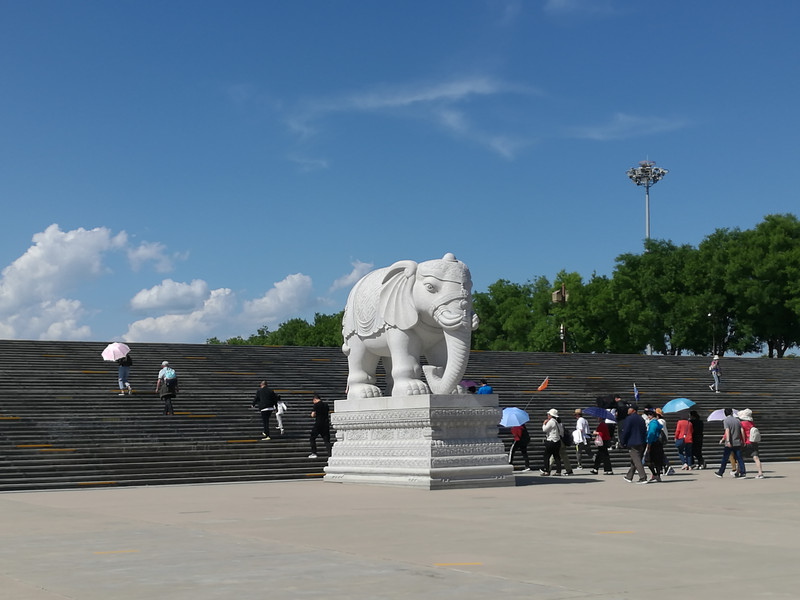
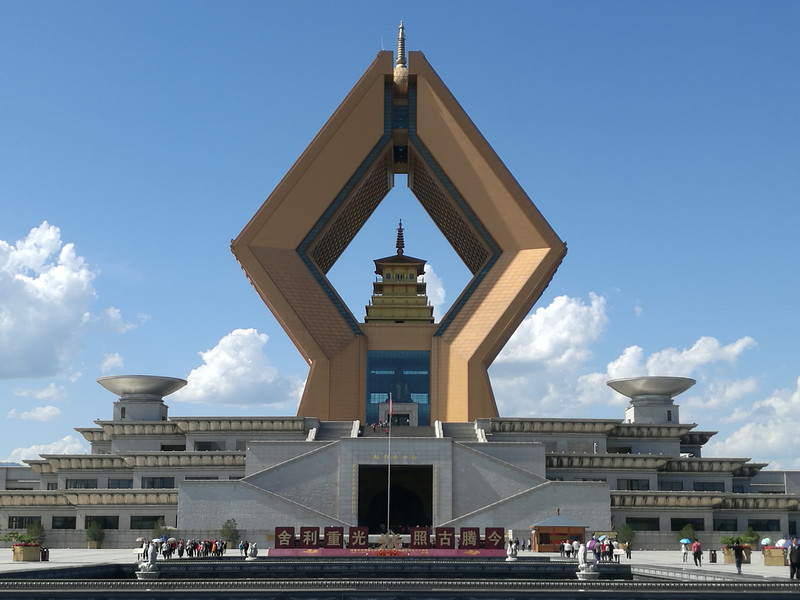

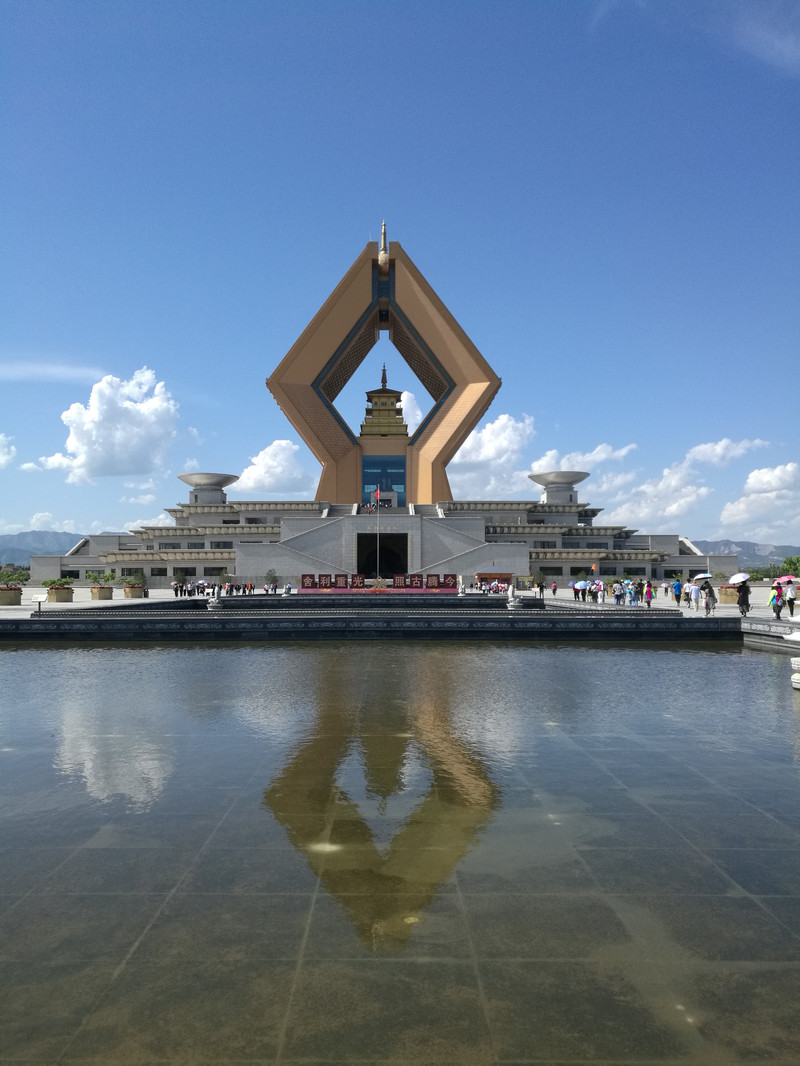
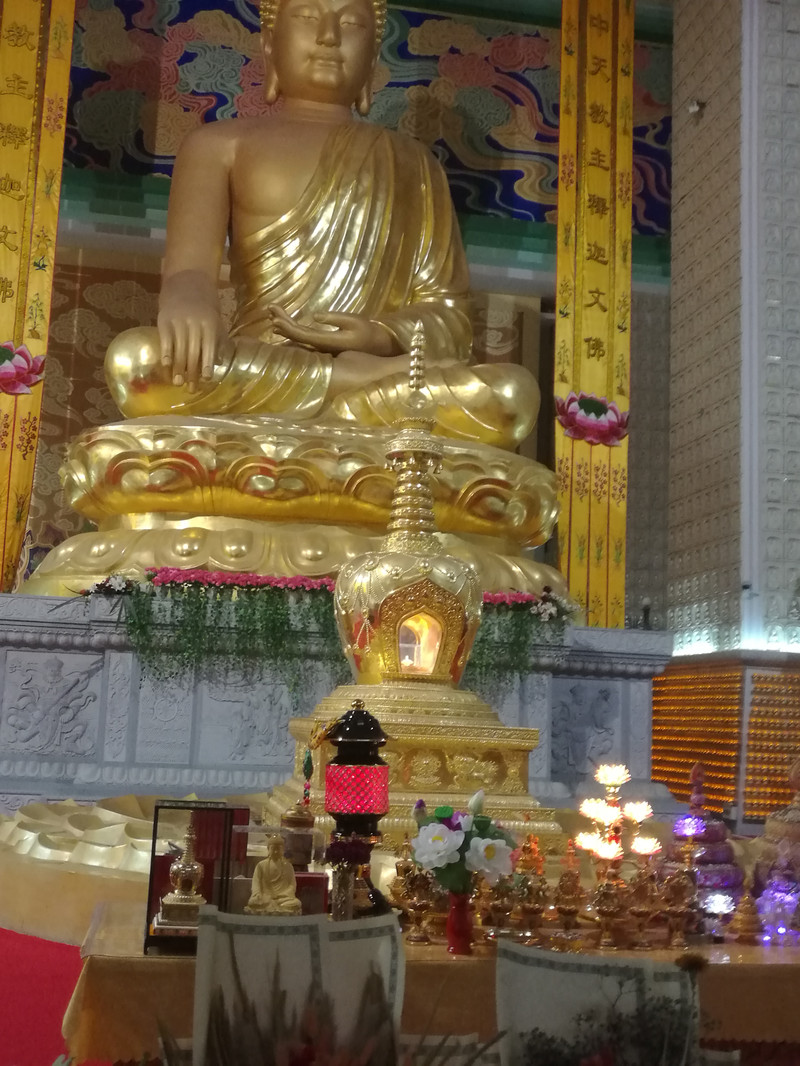
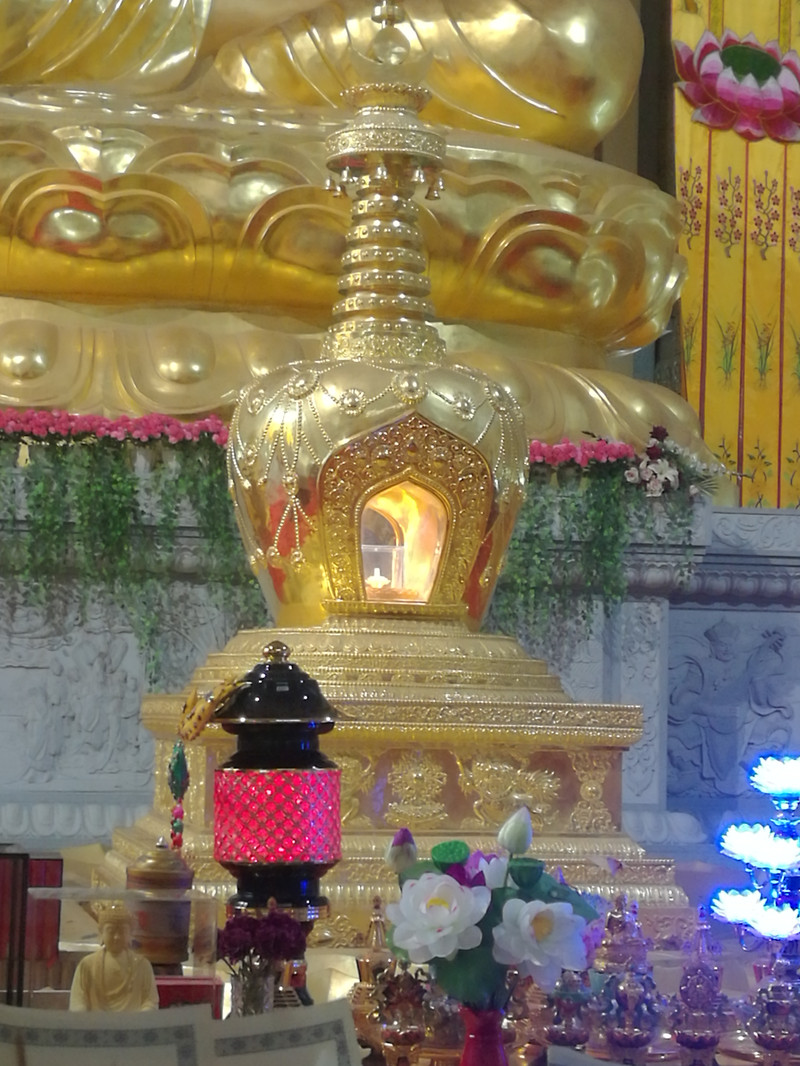
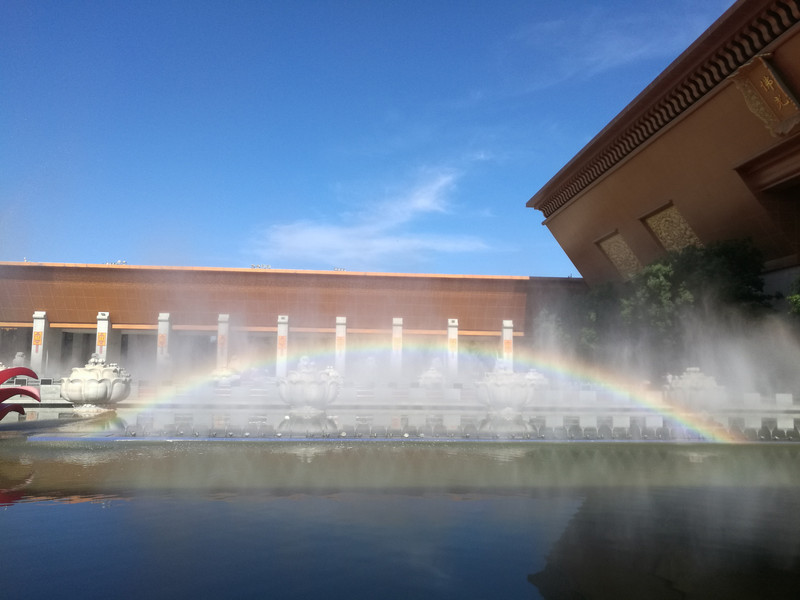
Back in Xi'an, I got off the bus at the south gate of Xi'an City Wall. Tonight, I visited the city wall and only visited the south gate city wall. There are four major city gates in Chang 'an City in four directions: East Changle Gate, West Anding Gate, South Yongning Gate, and Bei' an Yuan Gate. Together, the four gates symbolize "Chang 'an Yong' an"
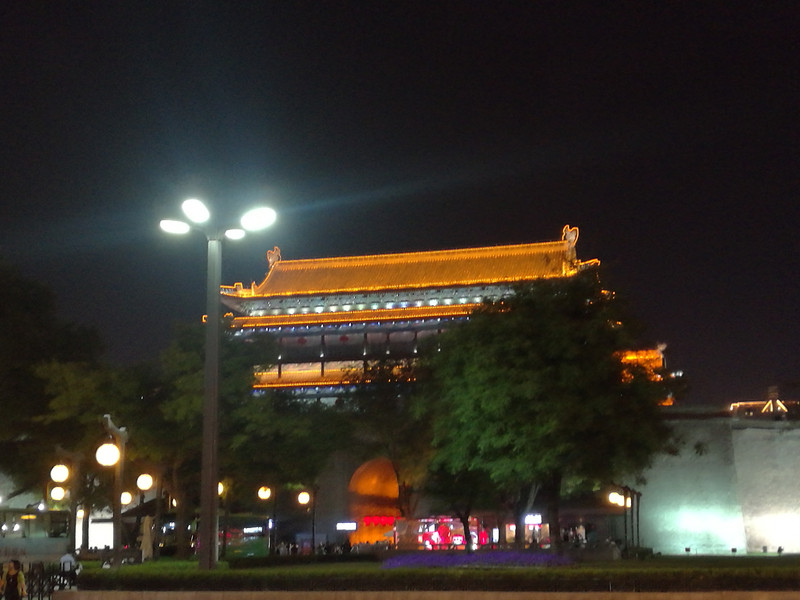
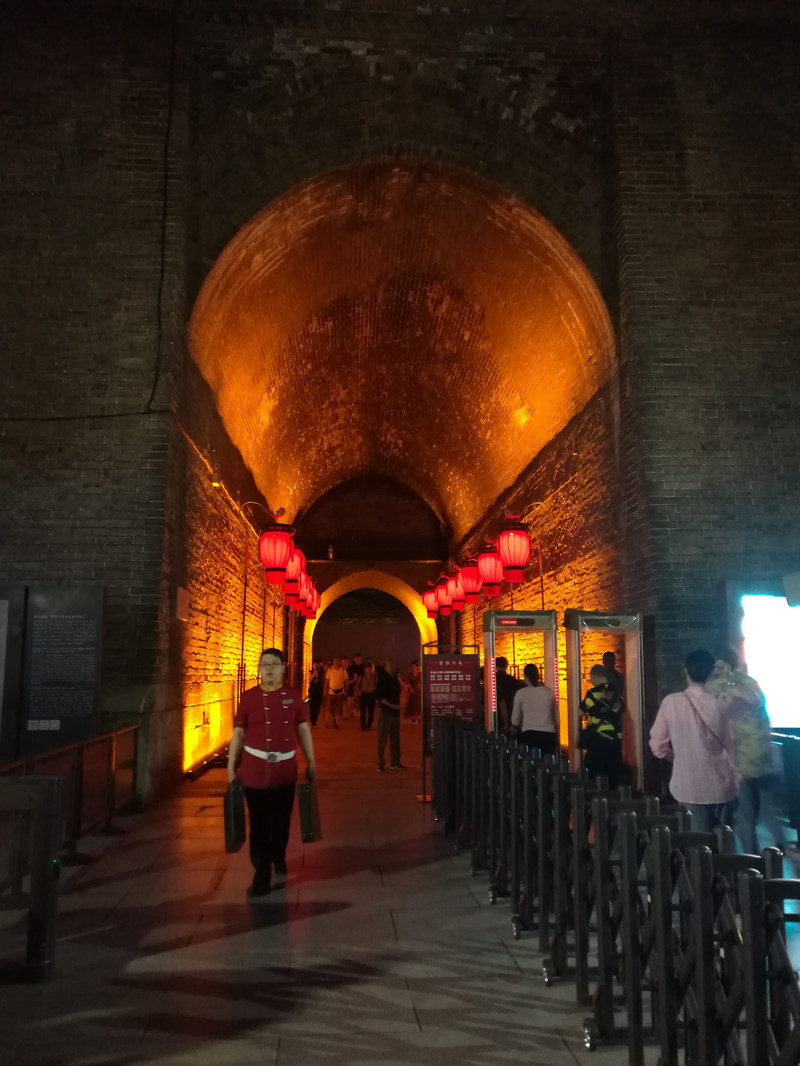

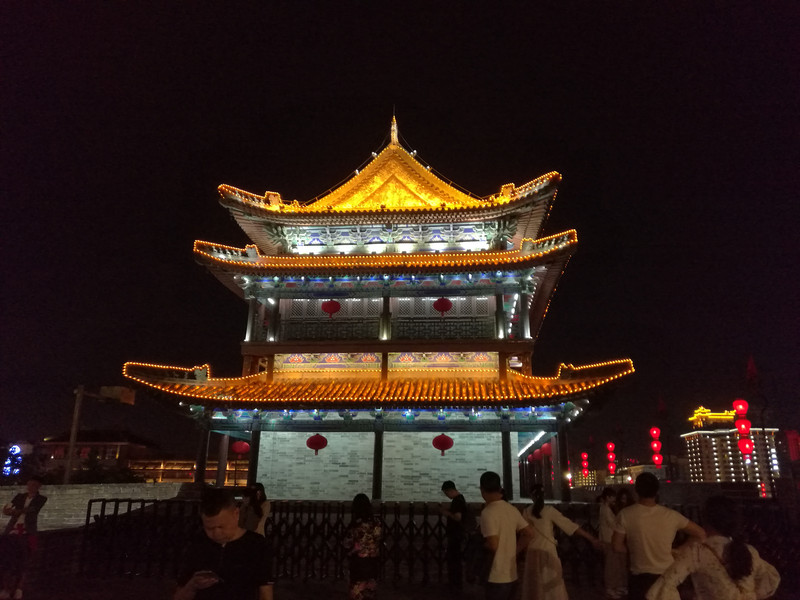
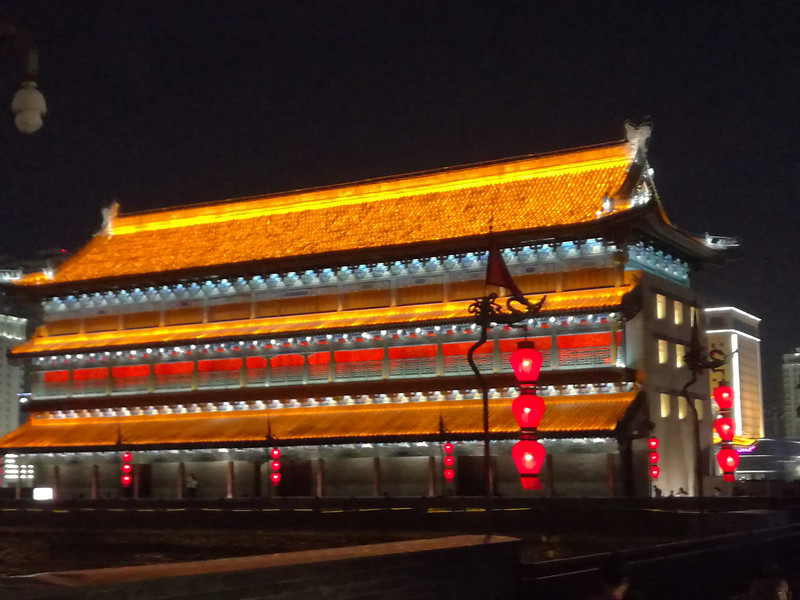
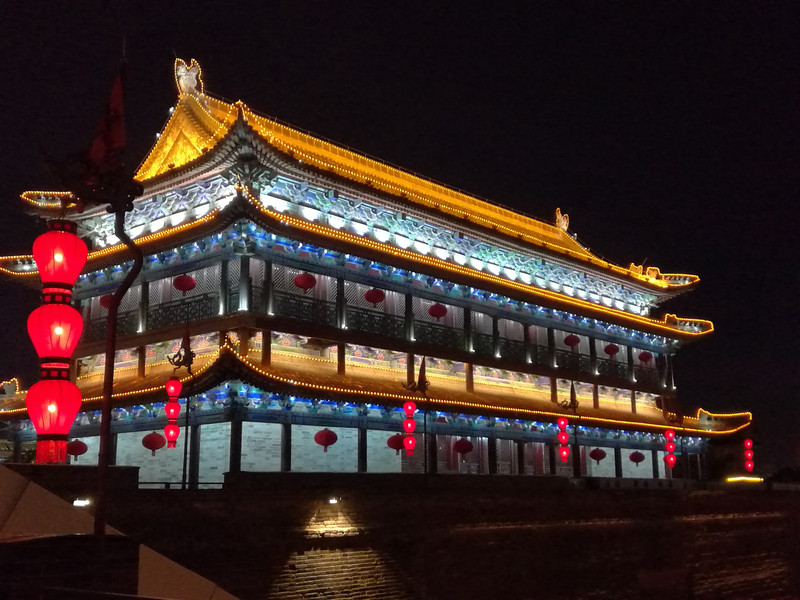
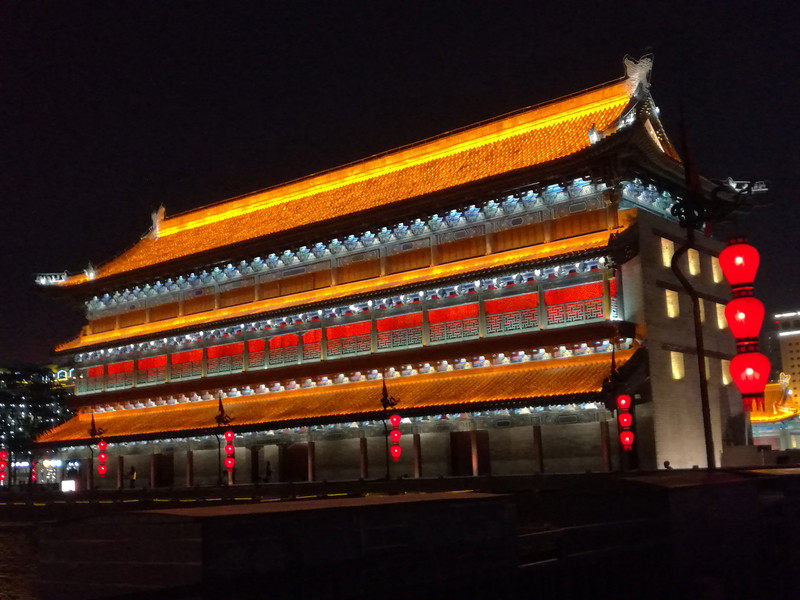

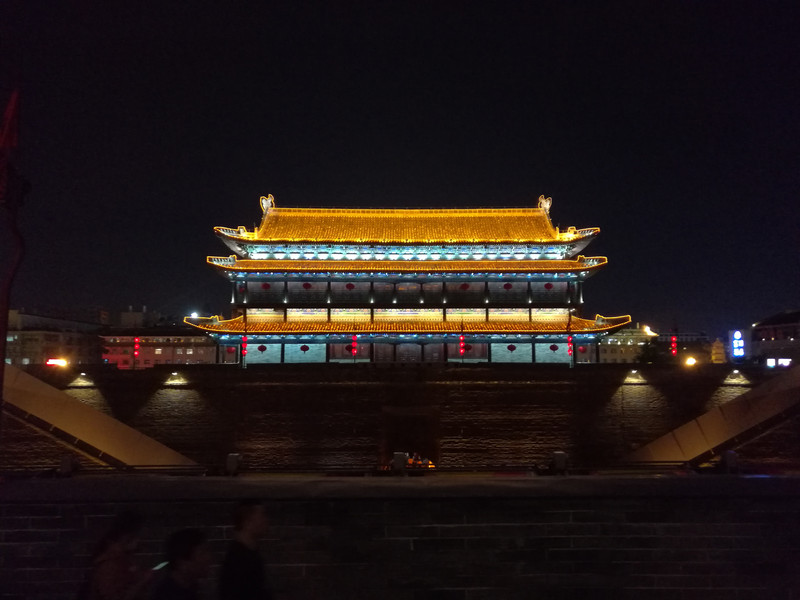

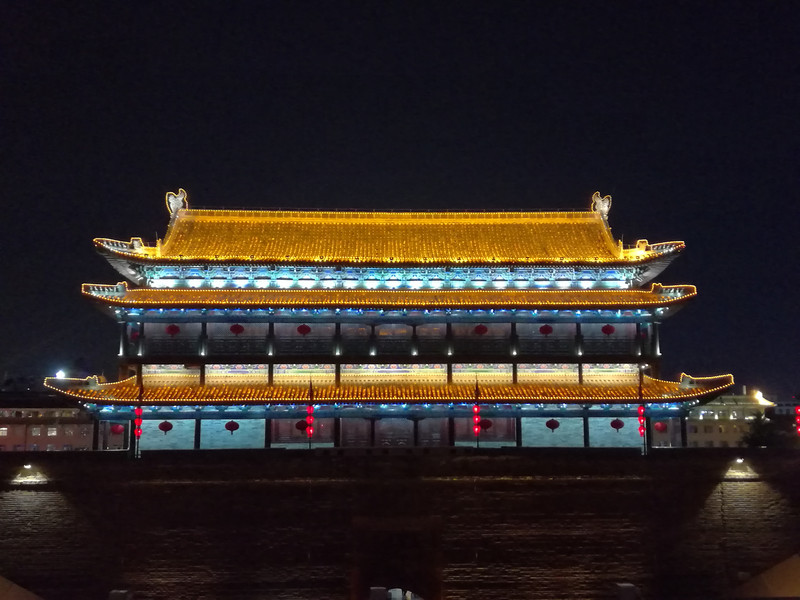
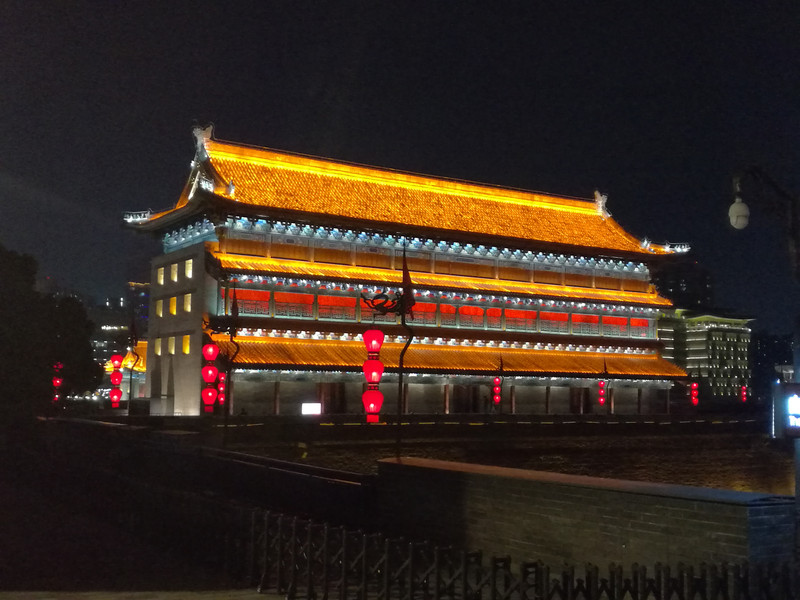
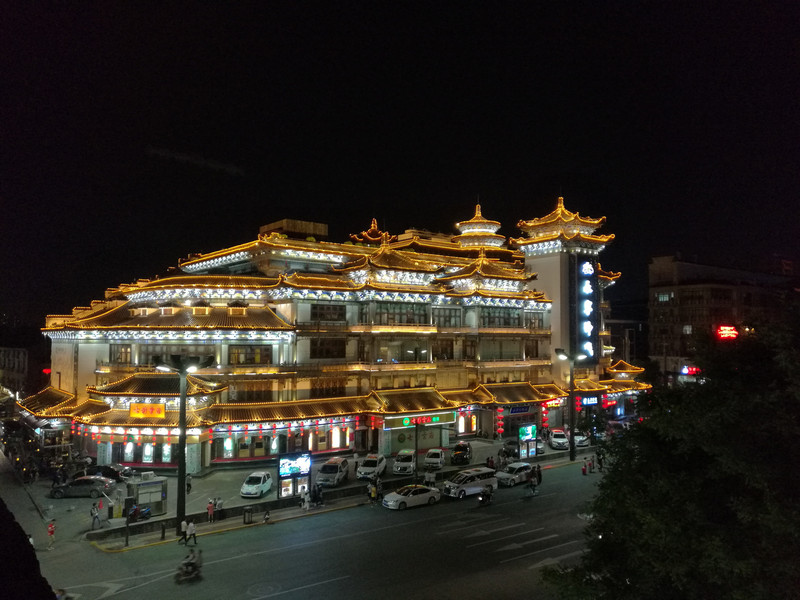
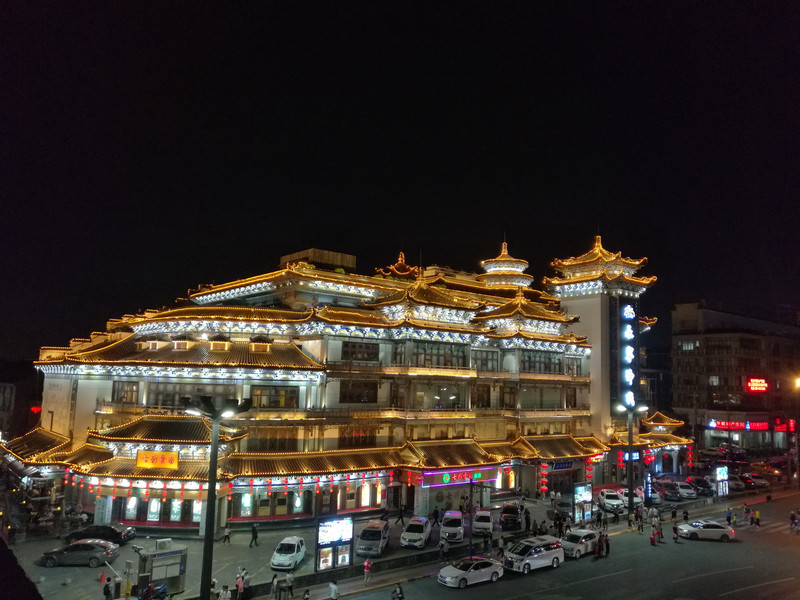
D5: Shaanxi History Museum-Big Wild Goose Pagoda-Saige
It is dusty and dusty today in Xi'an. After a long struggle, we decided to travel as planned. Since we did not reserve tickets for Shaanxi Expo in advance yesterday, we only reserved 30 yuan tickets for the unearthed cultural relics exhibition that entered between 14:15-15:30 pm online today. Go directly to the Big Wild Goose Pagoda by car, and go to Daci' en Temple first. The ticket is 40 yuan. The Big Wild Goose Pagoda·Dacien Temple is a landmark building in Xi'an and a must-visit for tourists. Climb to the top of the tower and lean on the railing and look into the distance, and you can have a panoramic view of the ancient capital Chang 'an
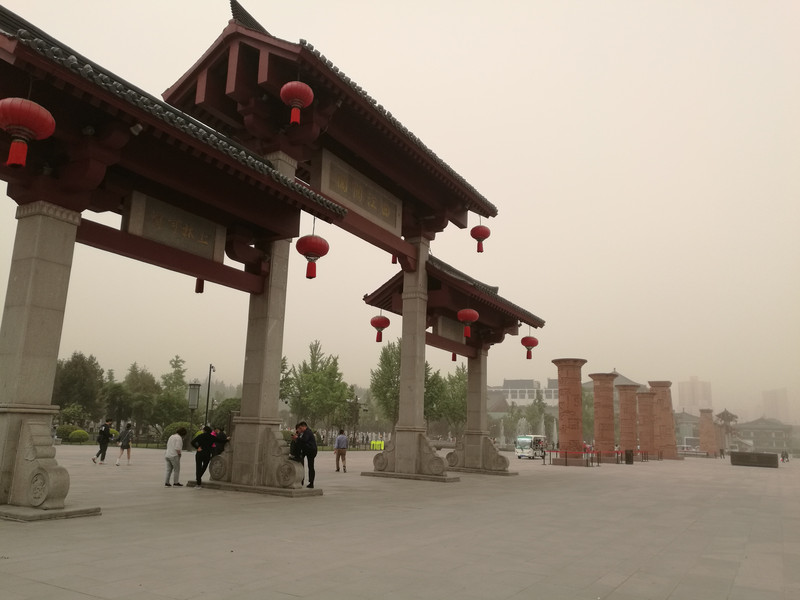
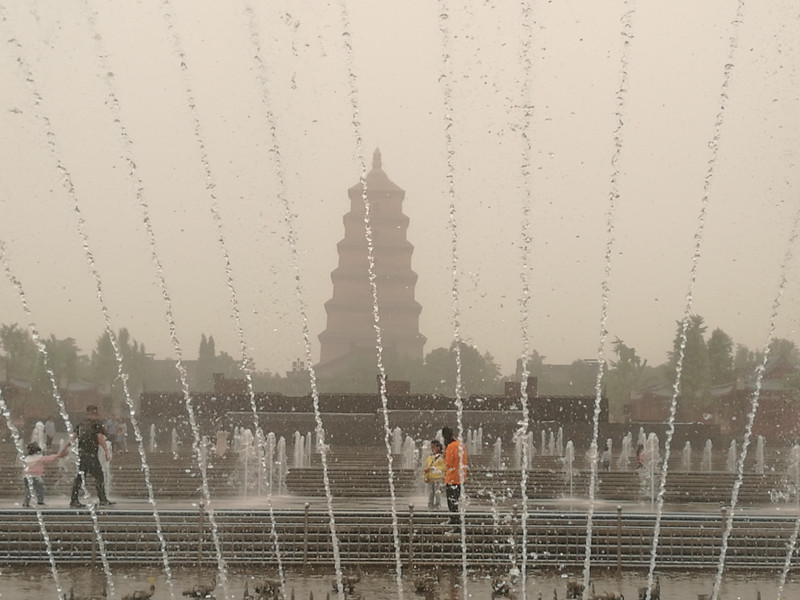


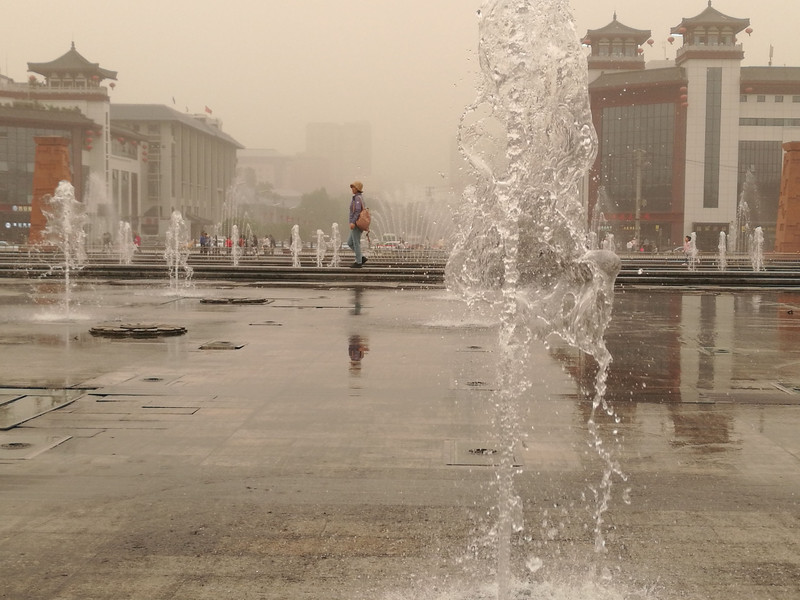
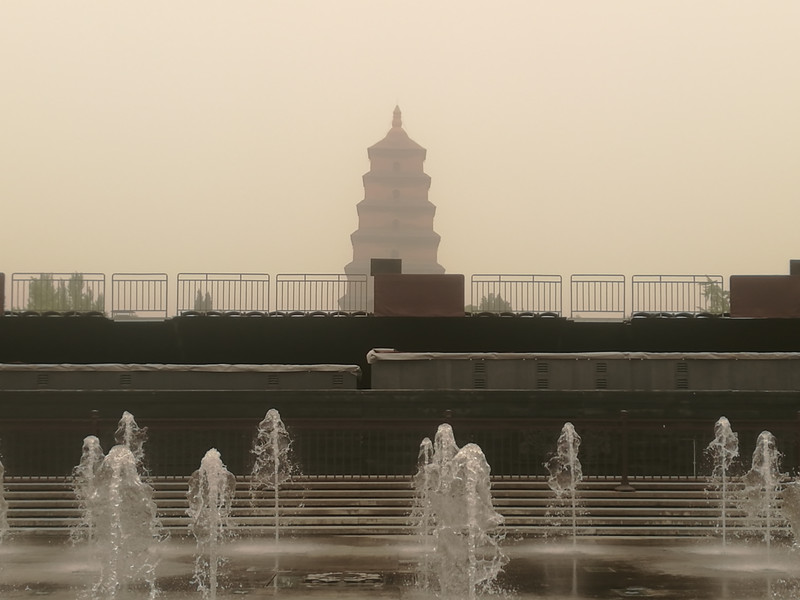



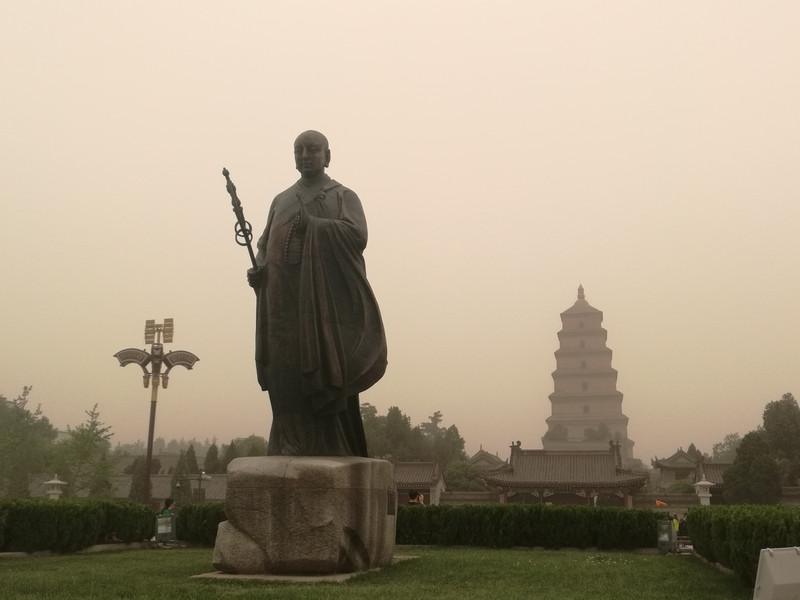

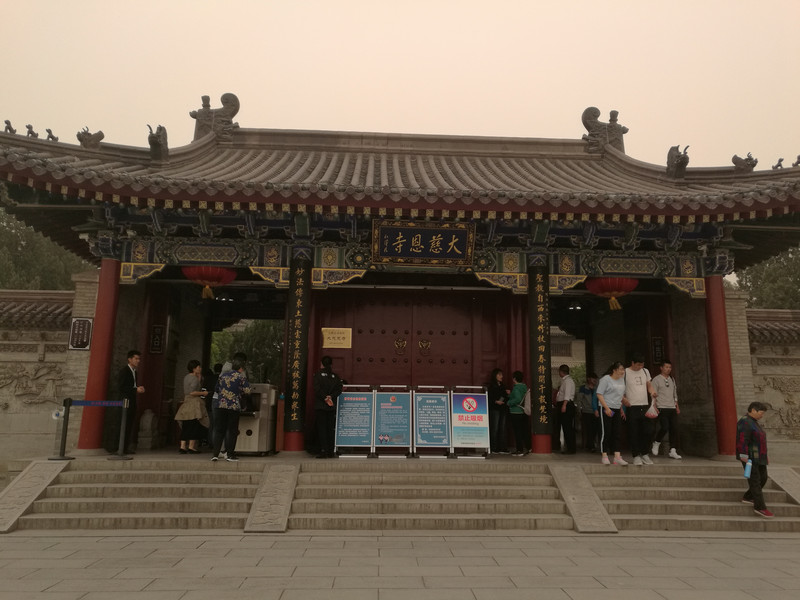

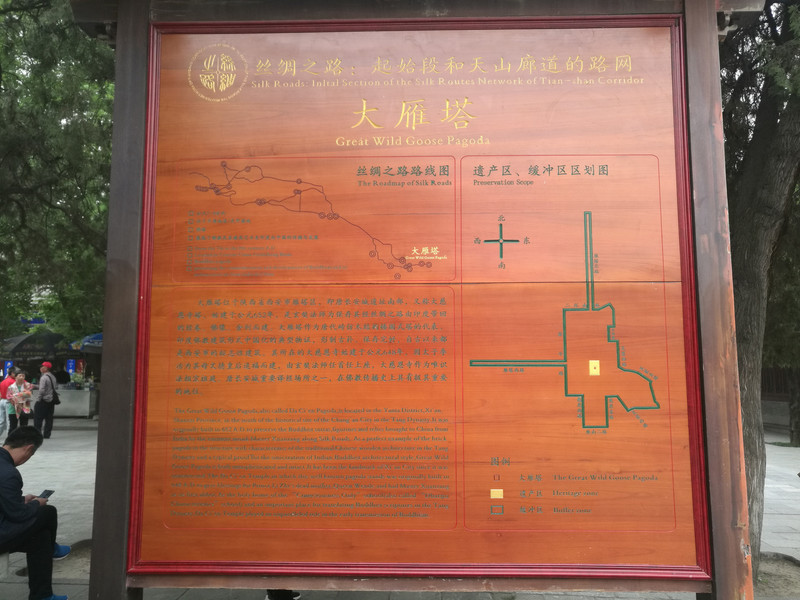
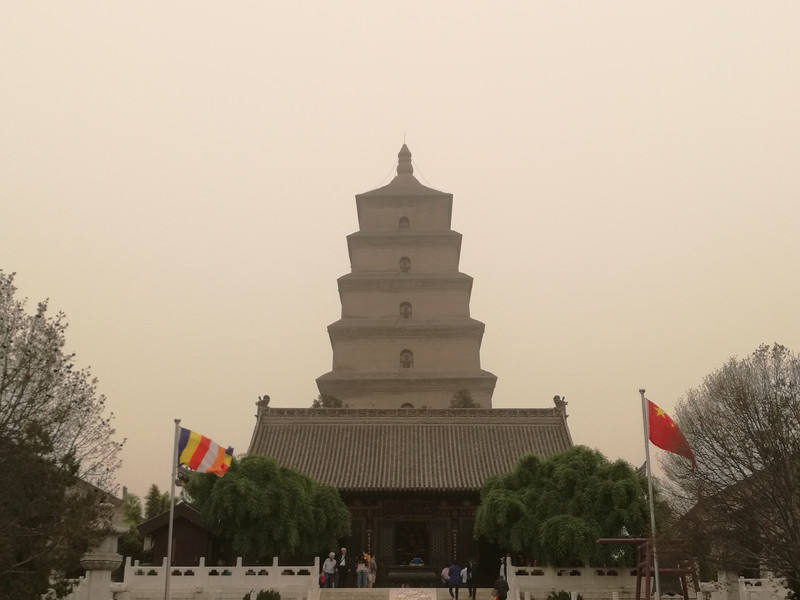
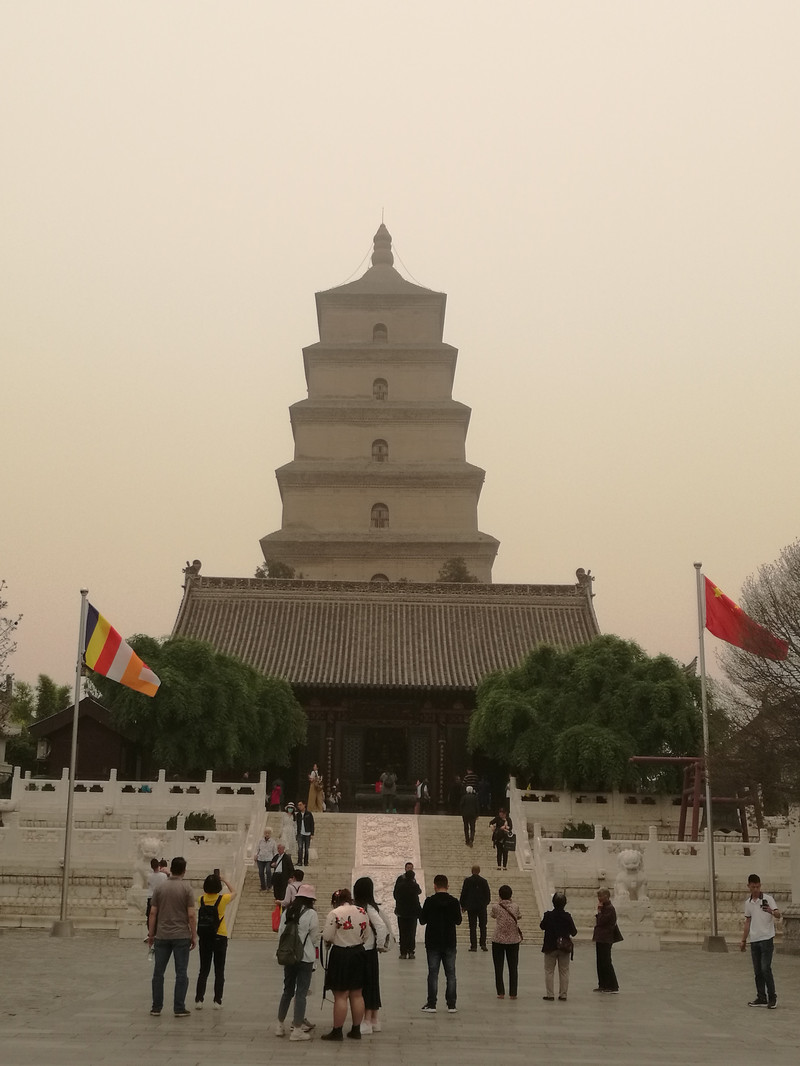

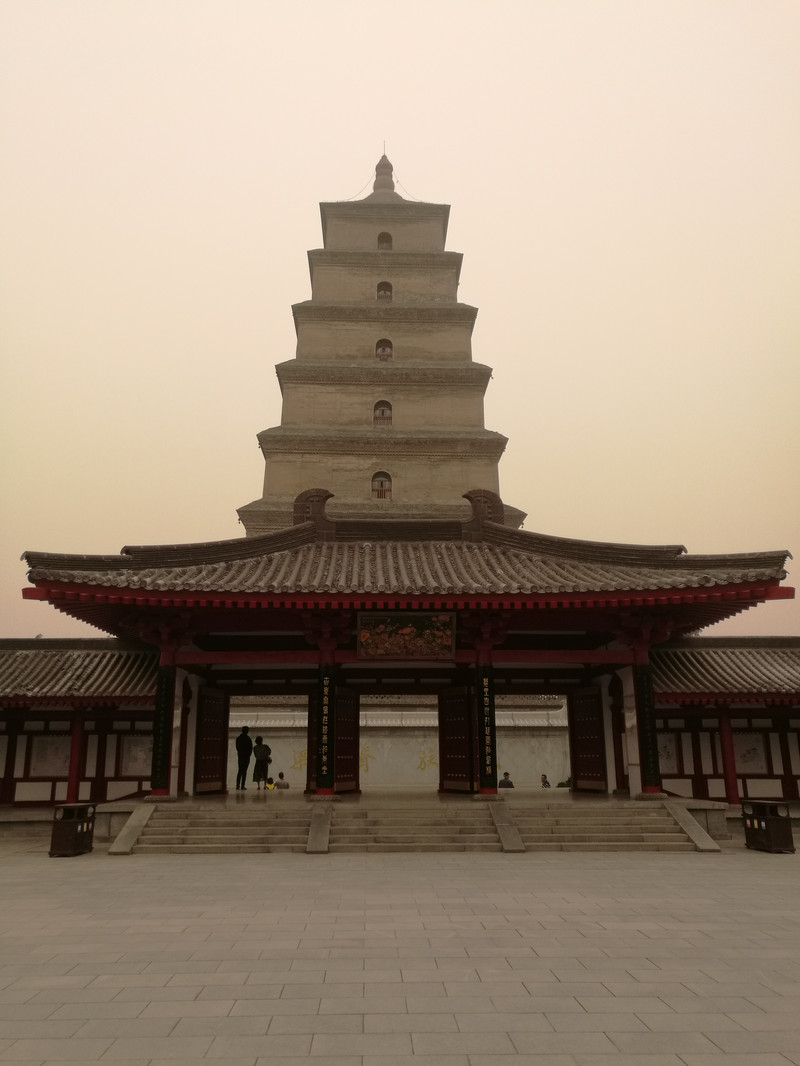
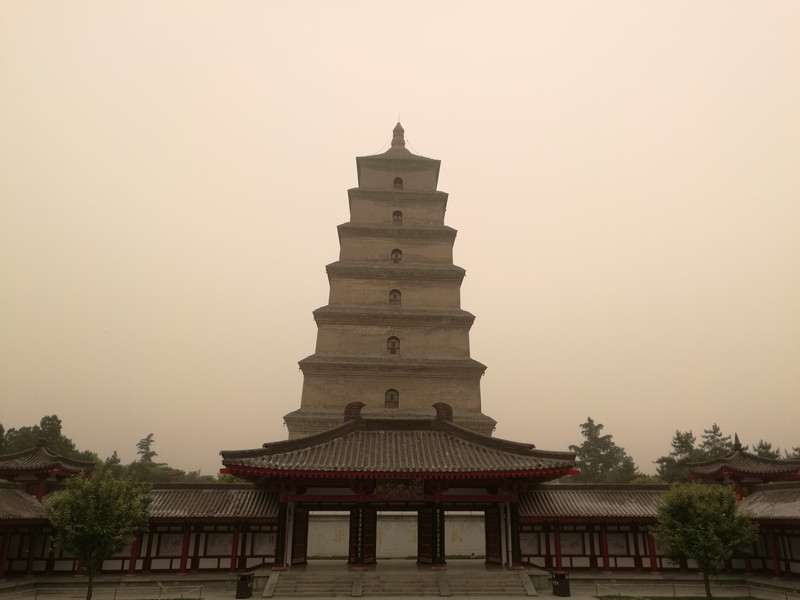
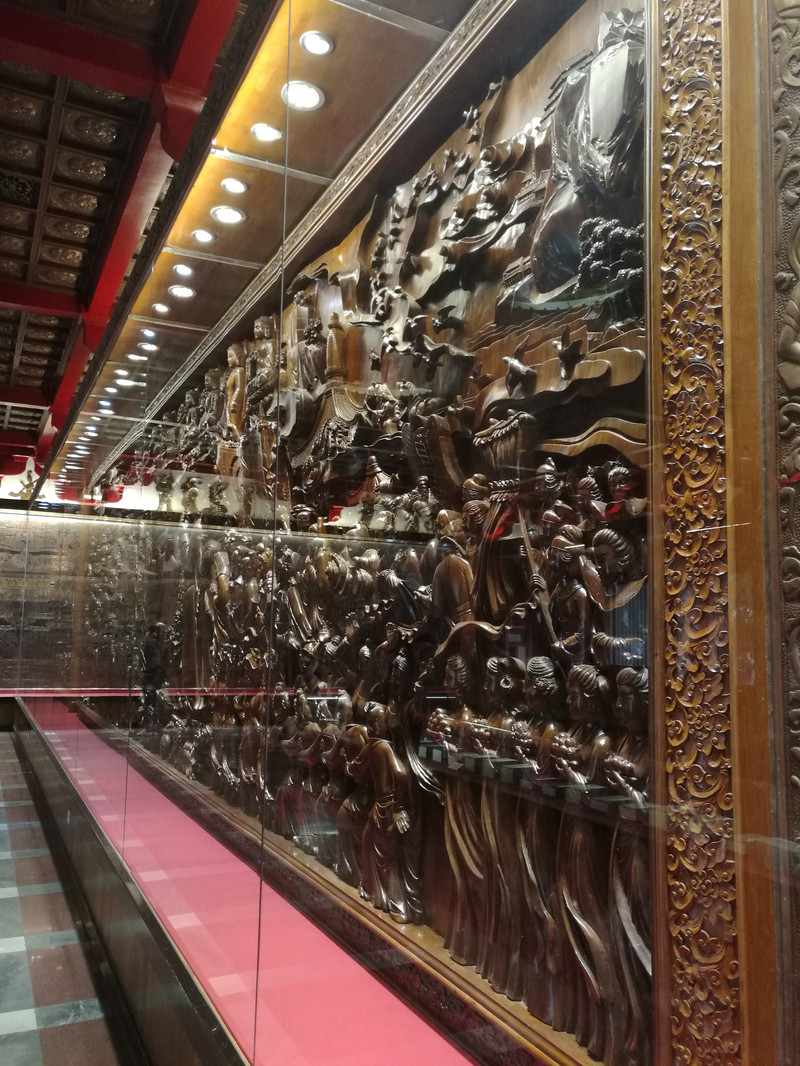
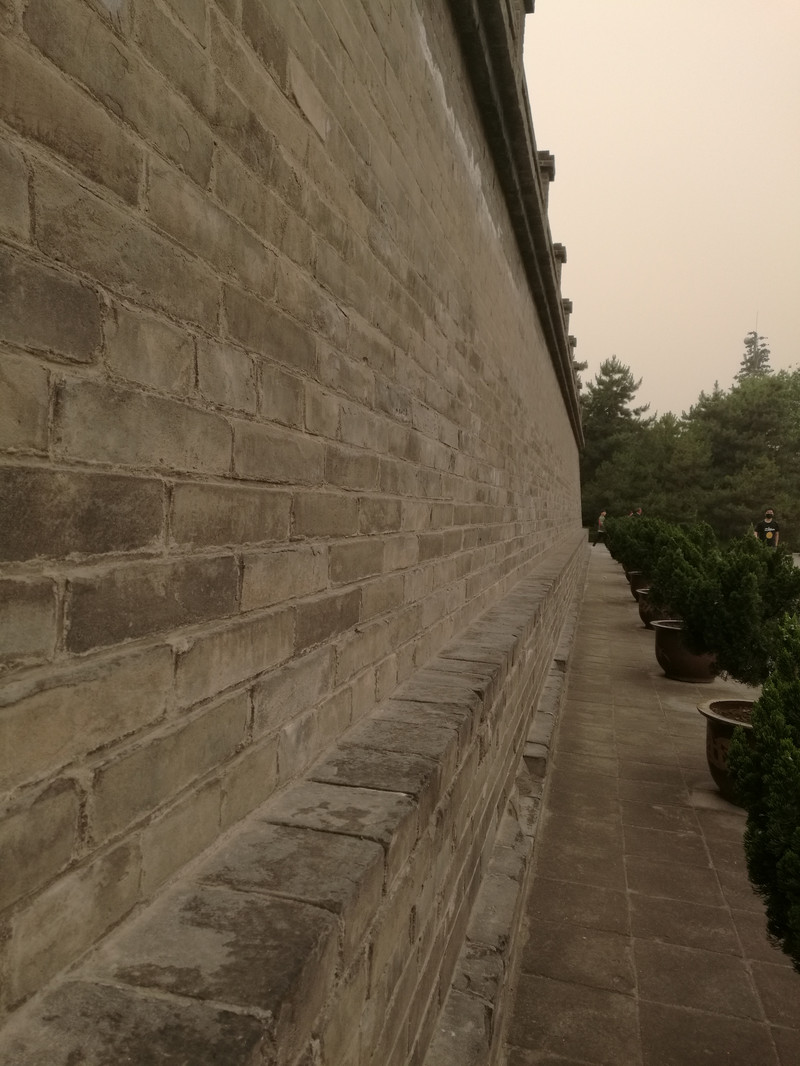
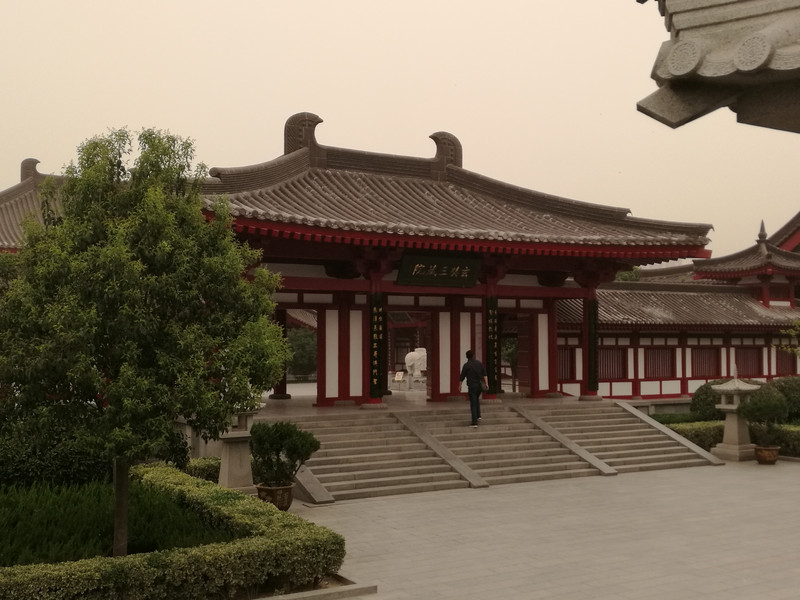
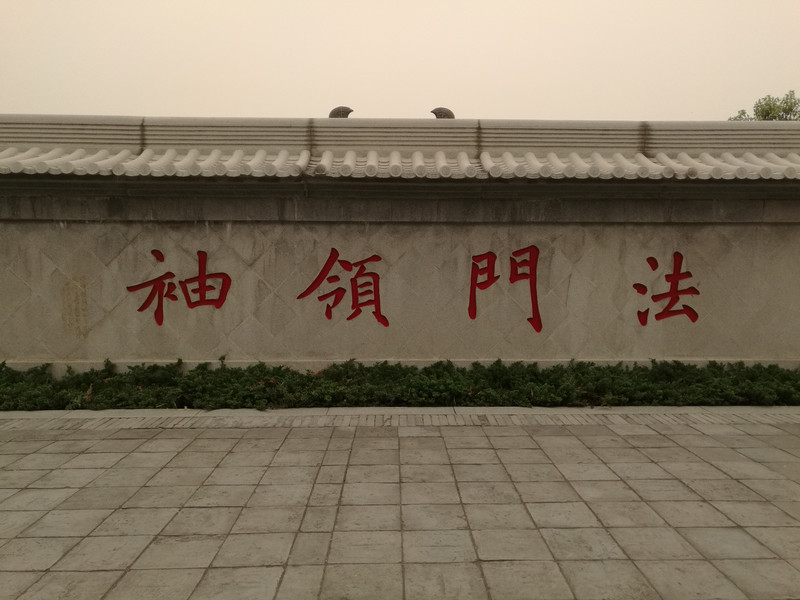
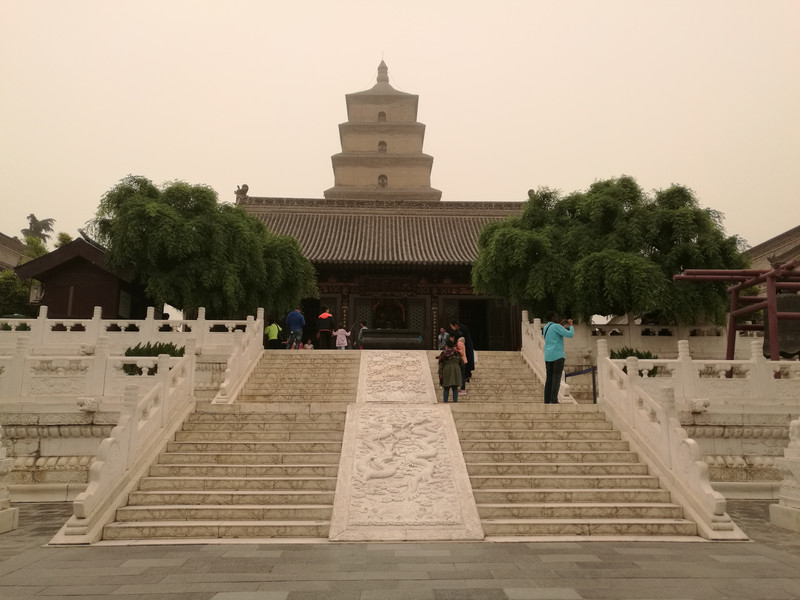
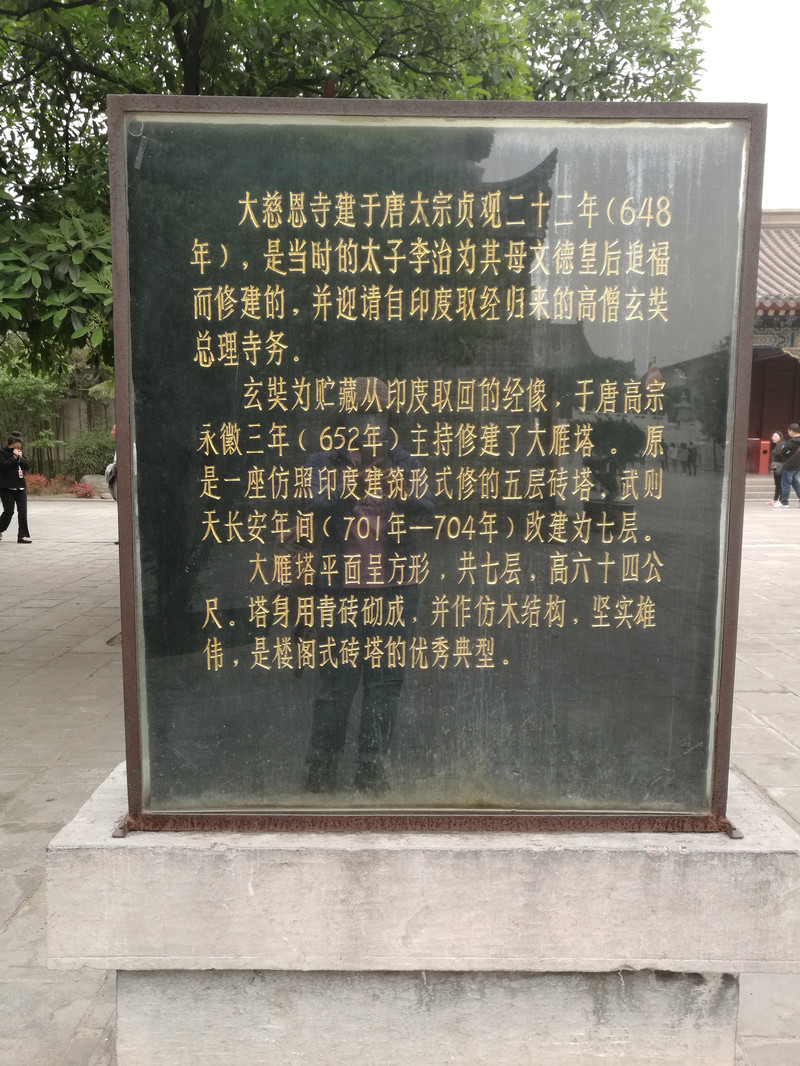
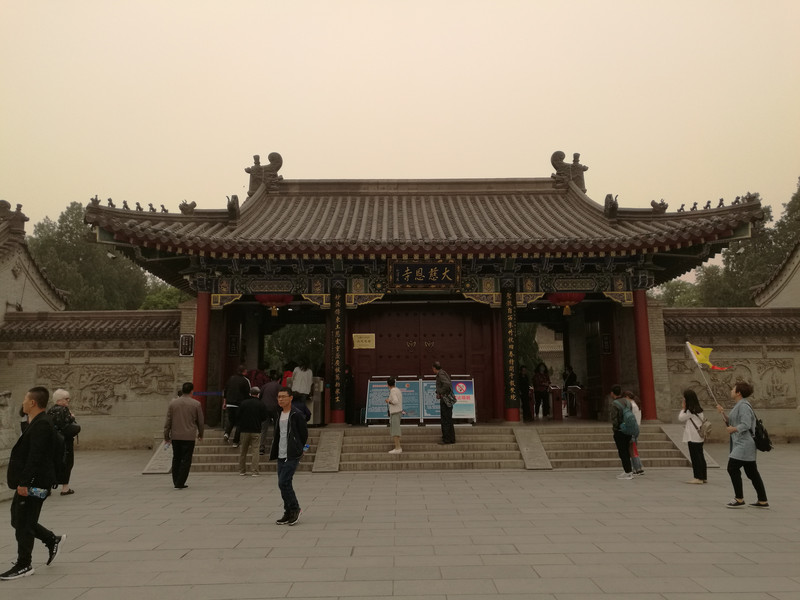
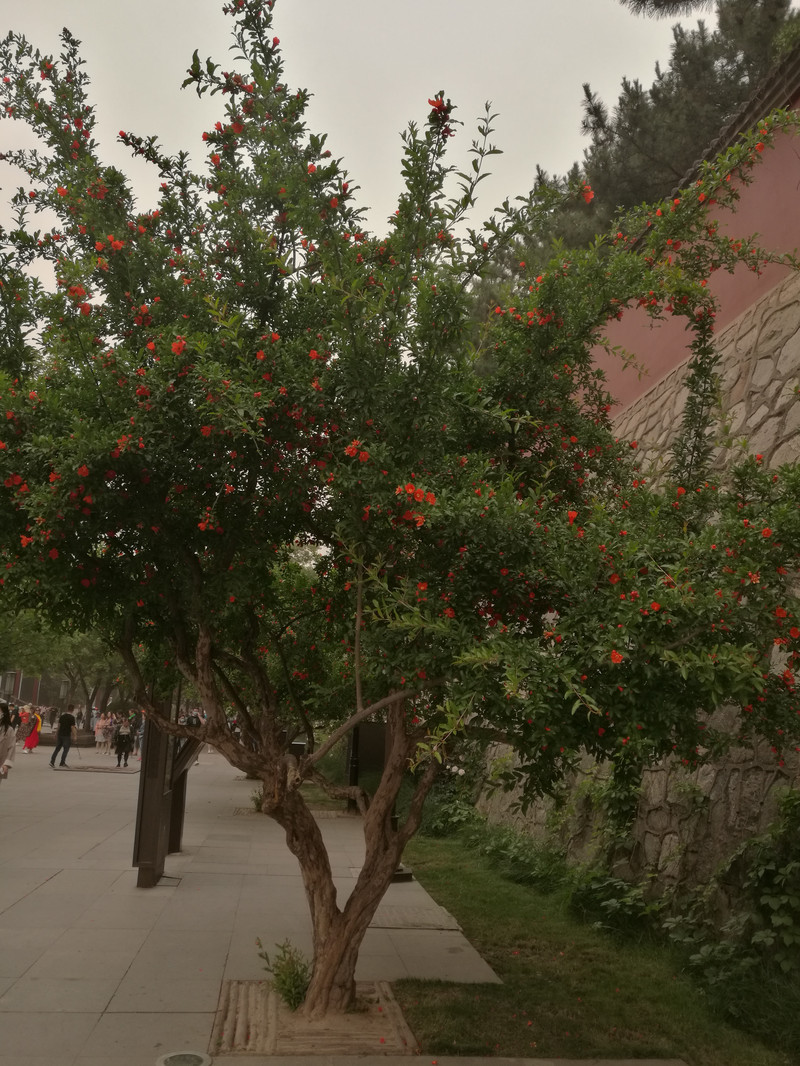

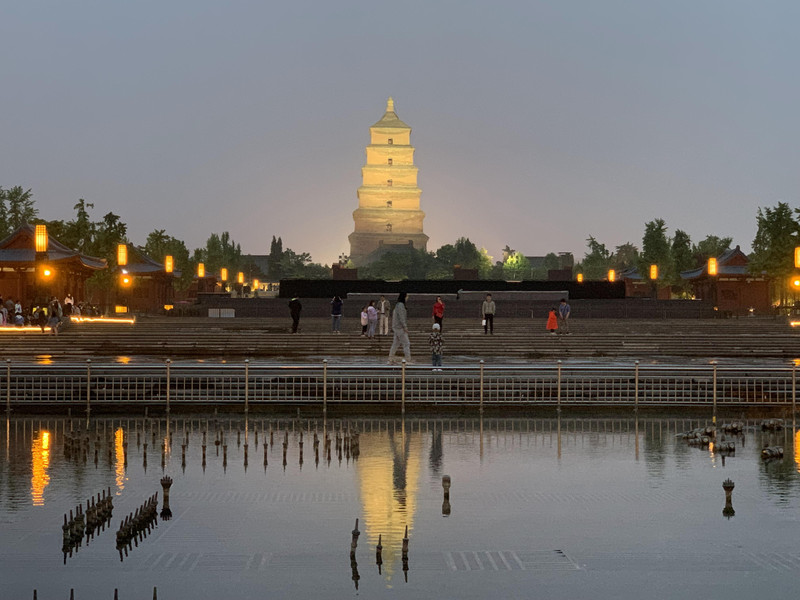
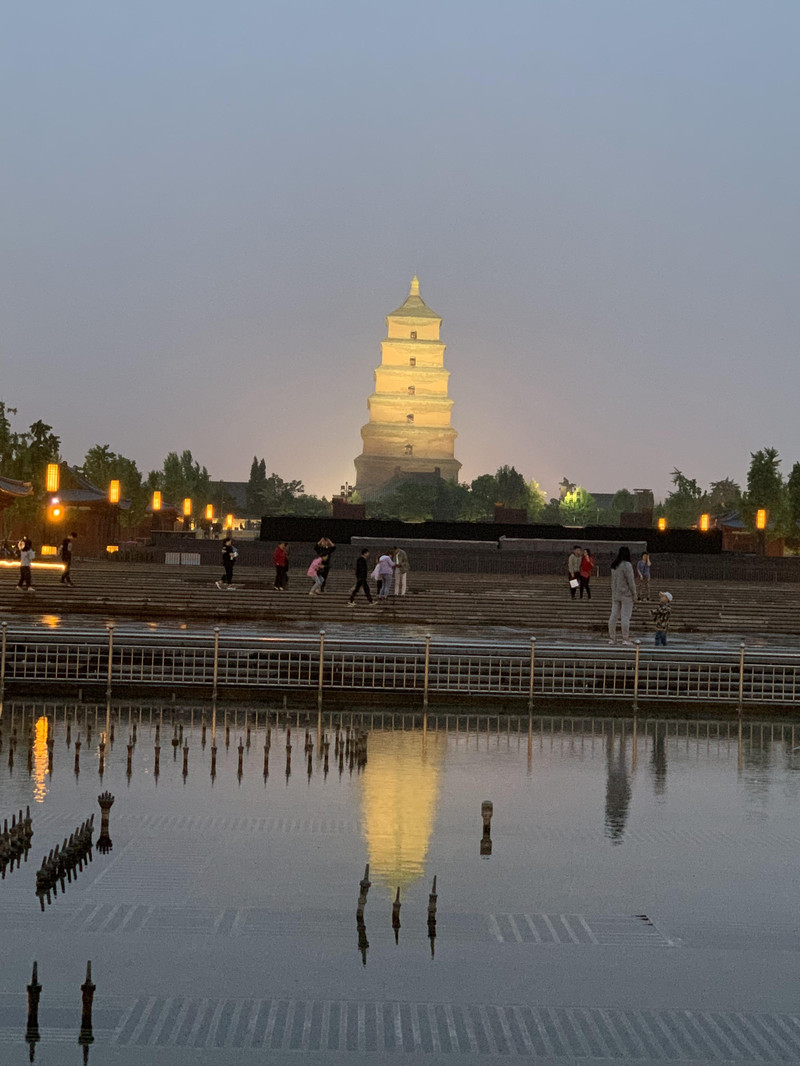

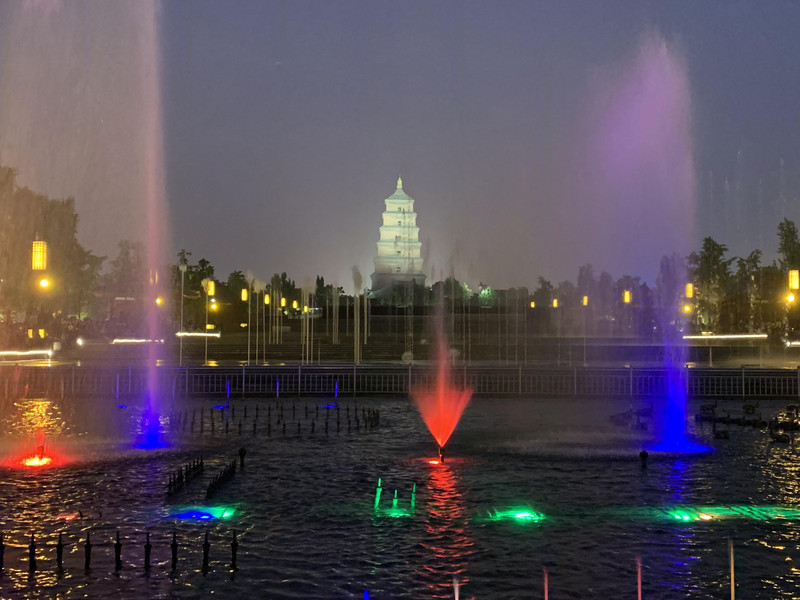


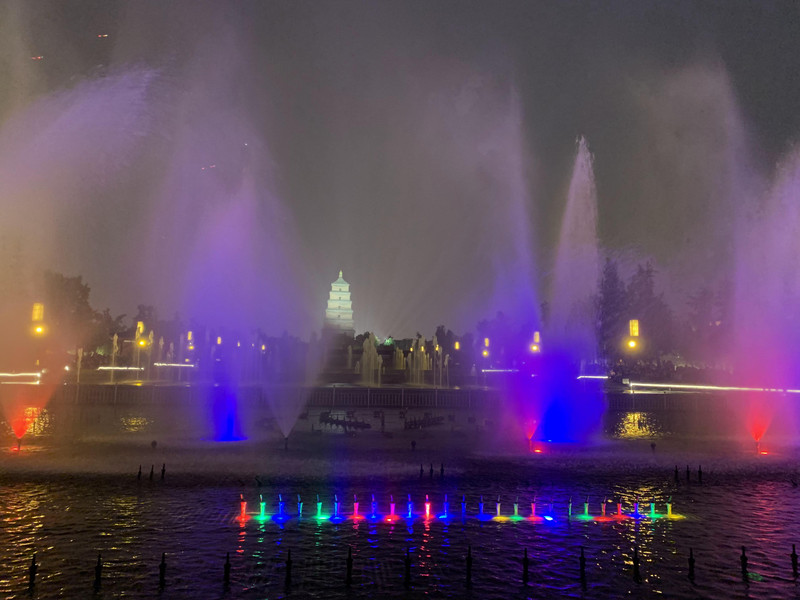
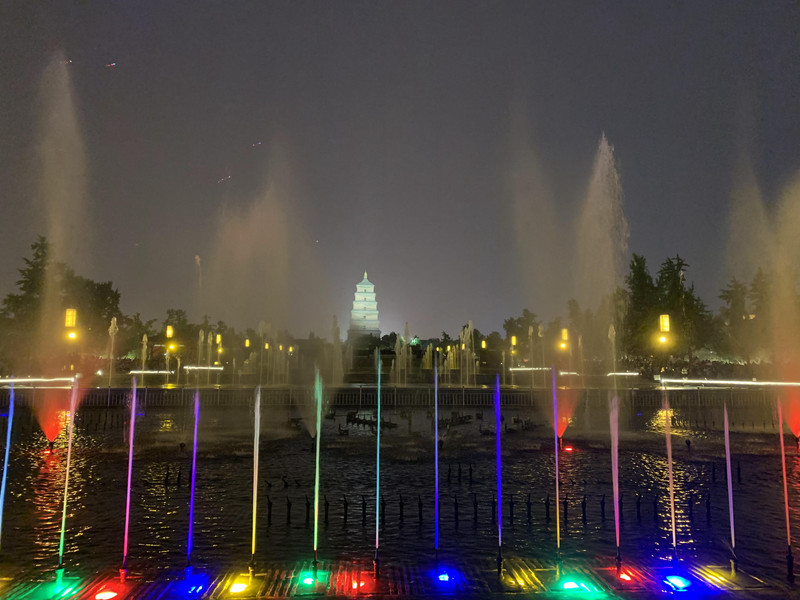
Shaanxi History Museum is located on the northwest side of the Big Wild Goose Pagoda in Xi'an. It was established in 1983 and was completed and opened on June 20, 1991. It is China's first large-scale modern national-level museum. This museum building is a Tang-style building complex with "central hall and four corners". The primary and secondary areas are orderly, with high and low, and the momentum is vigorous and solemn, integrating national traditions, local characteristics and the spirit of the times. There are more than 370000 cultural relics in the collection, ranging from simple stone tools used in the initial stage of ancient humans to various artifacts in social life before 1840, covering a period of more than one million years. Cultural relics are not only large in number and variety, but also of high quality and wide in value. Among them, the bronze wares of the Shang and Zhou Dynasties are exquisite. The pottery figurines of the past dynasties are in various shapes. The gold and silver wares of the Han and Tang Dynasties are unique in the country, and the wall paintings of Tang tombs are unparalleled in the world. It can be described as a dazzling array of high-quality products.
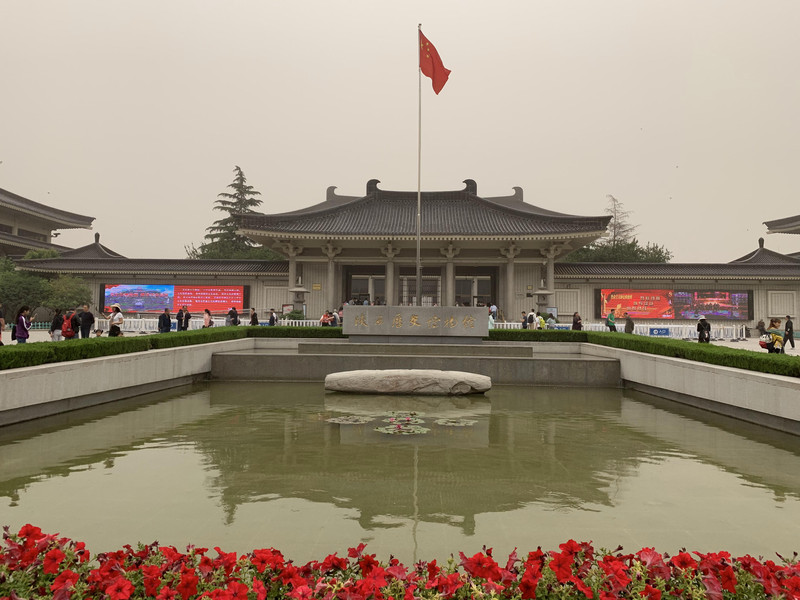

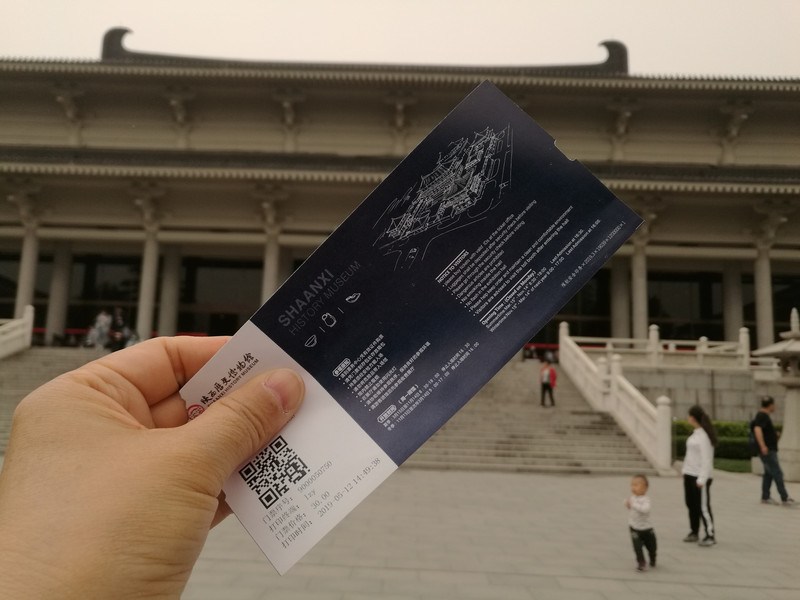
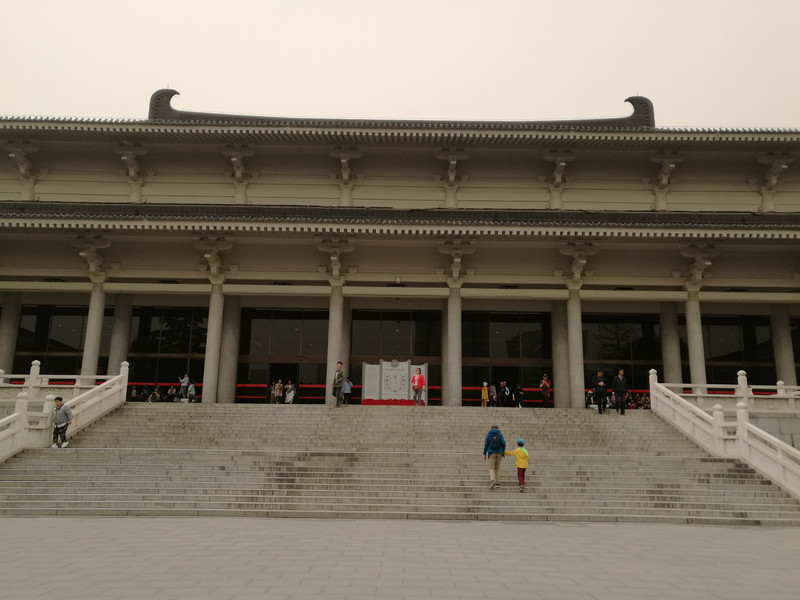
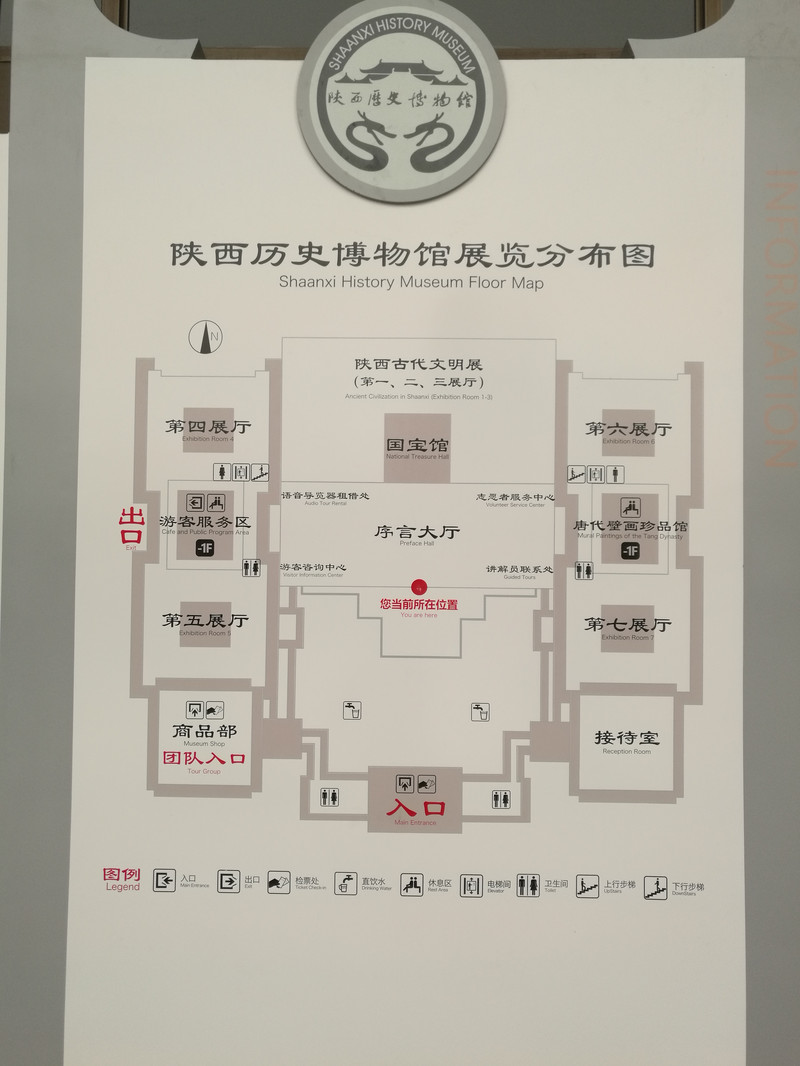

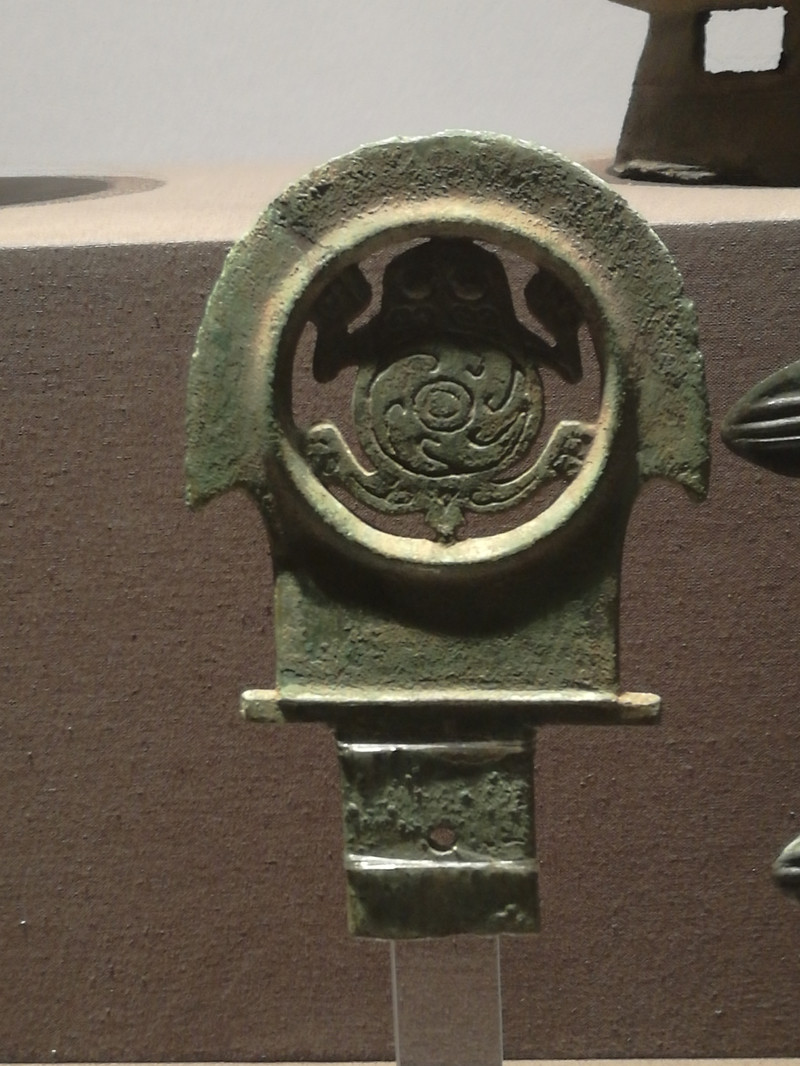
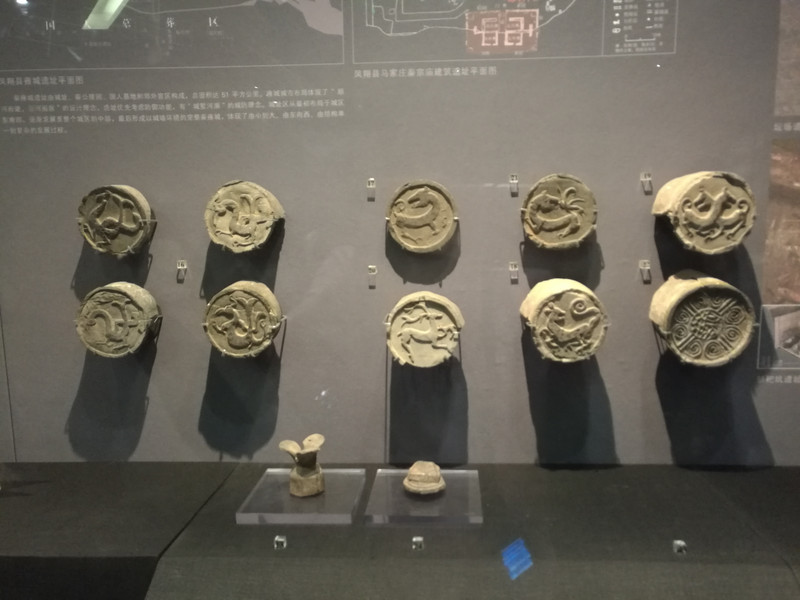

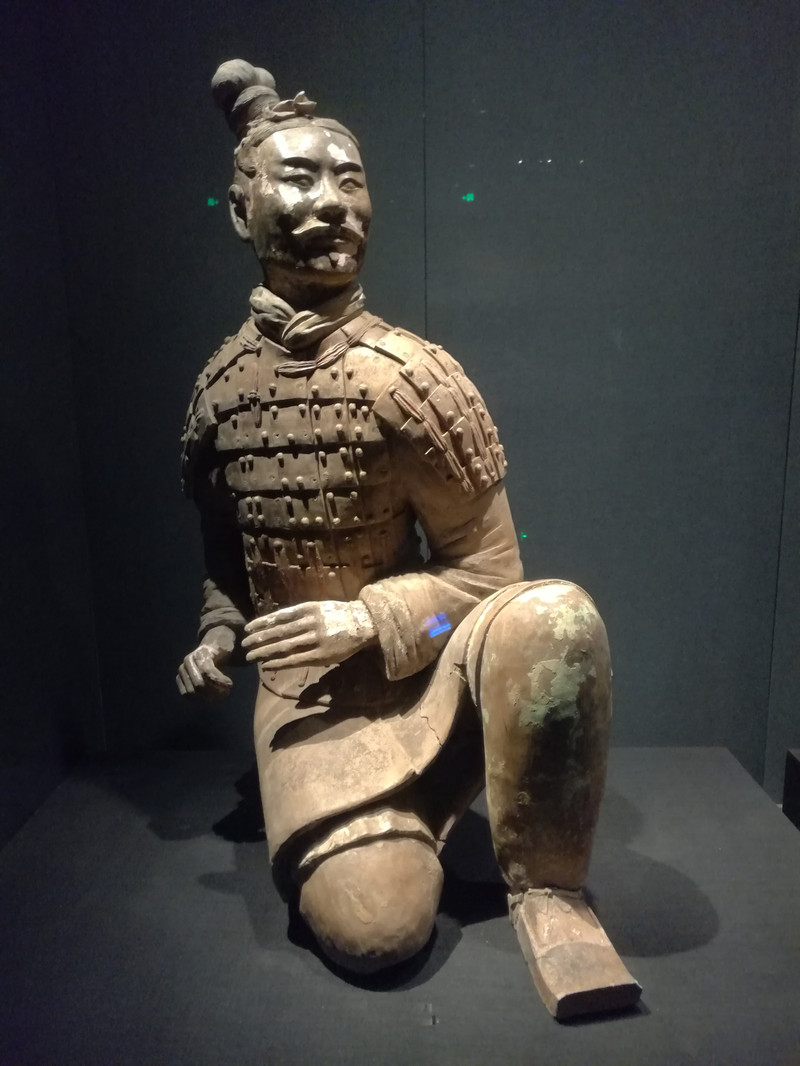
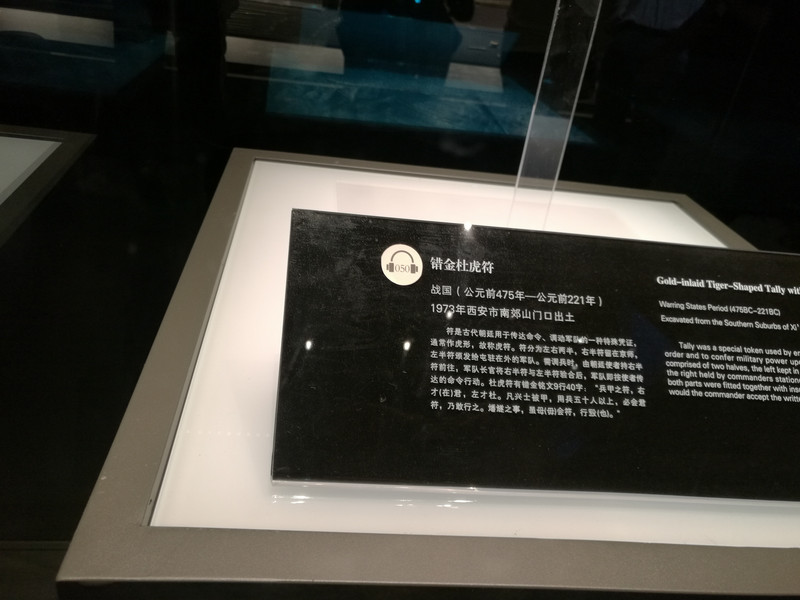
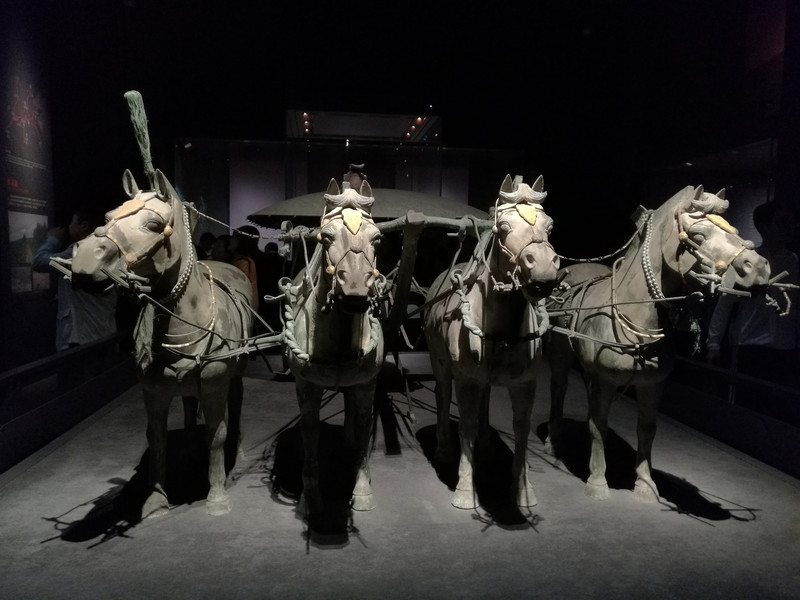
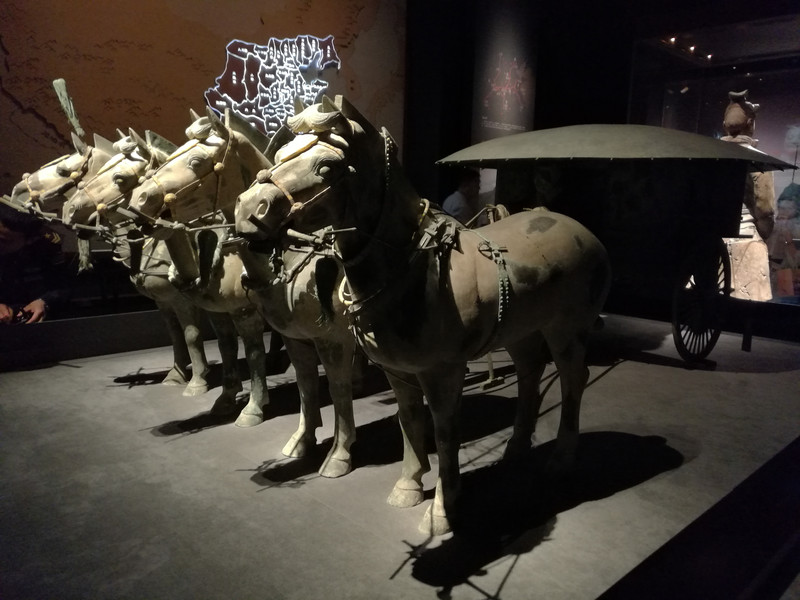
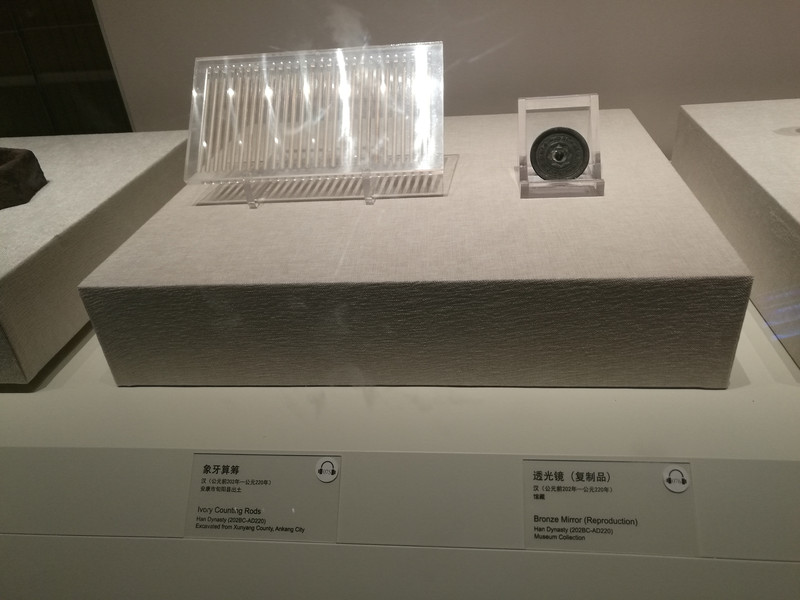
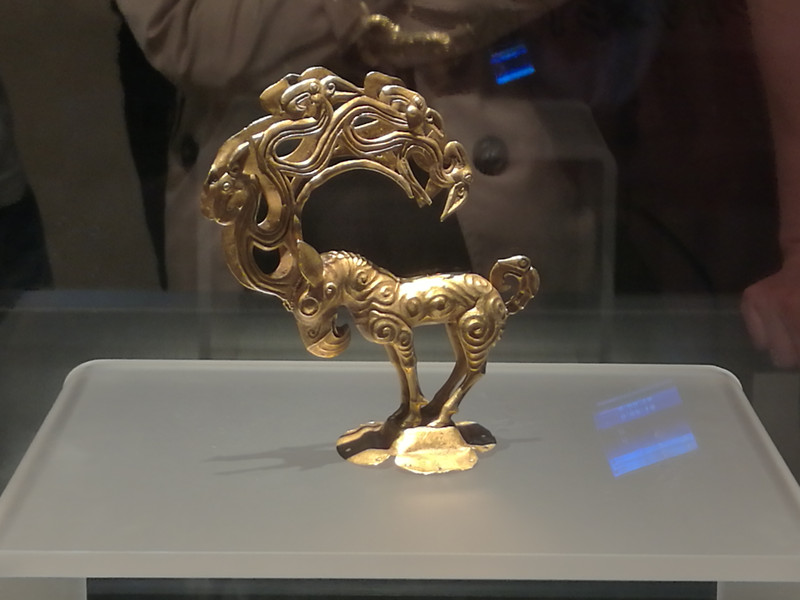
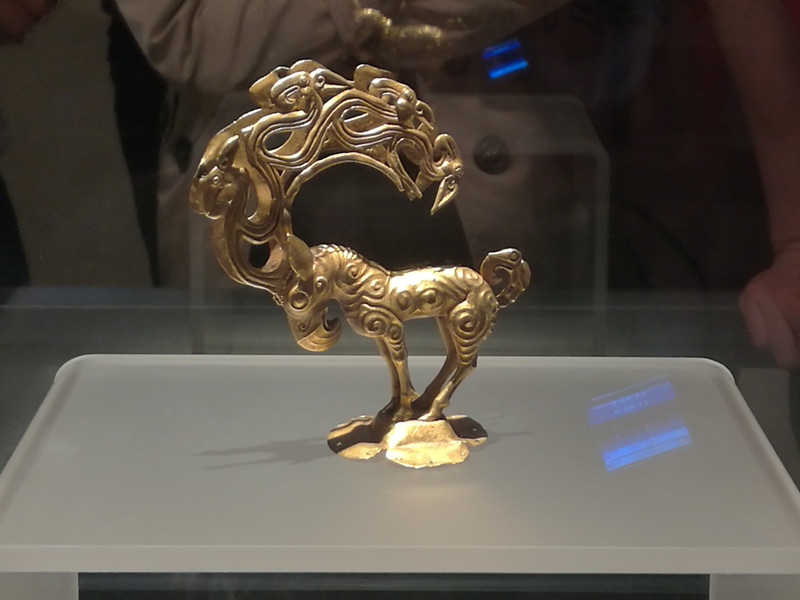

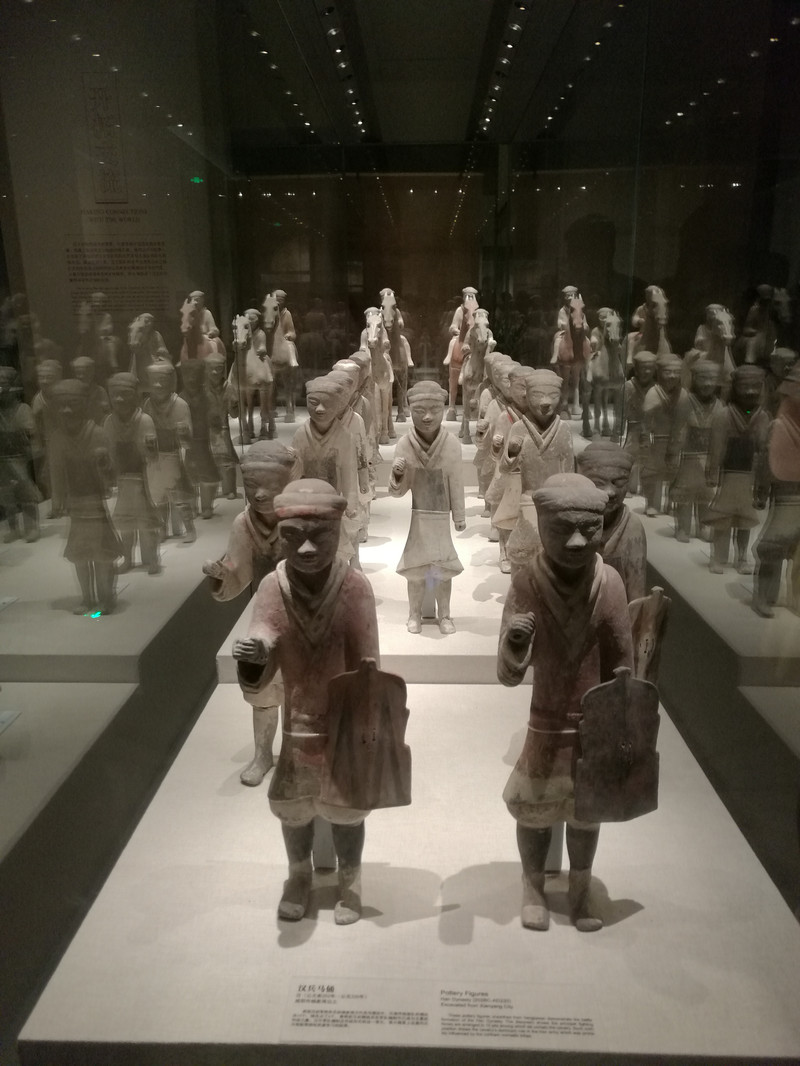
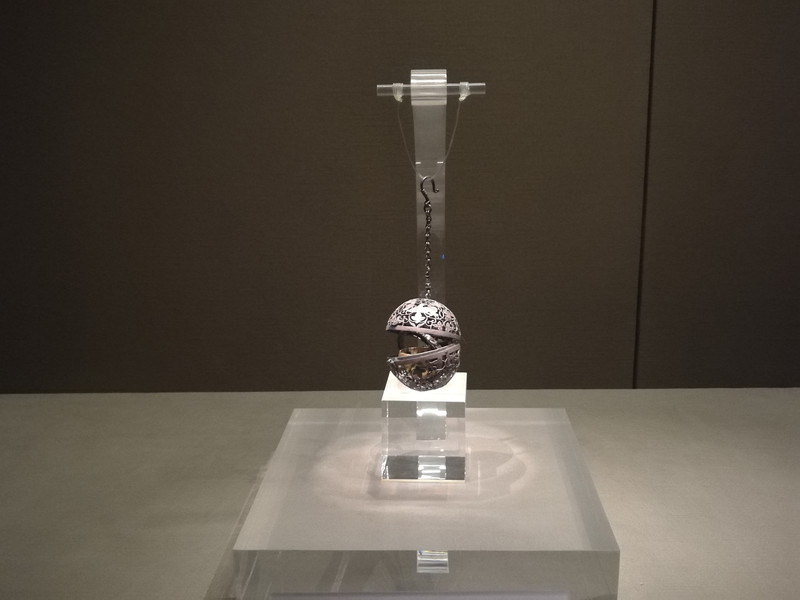
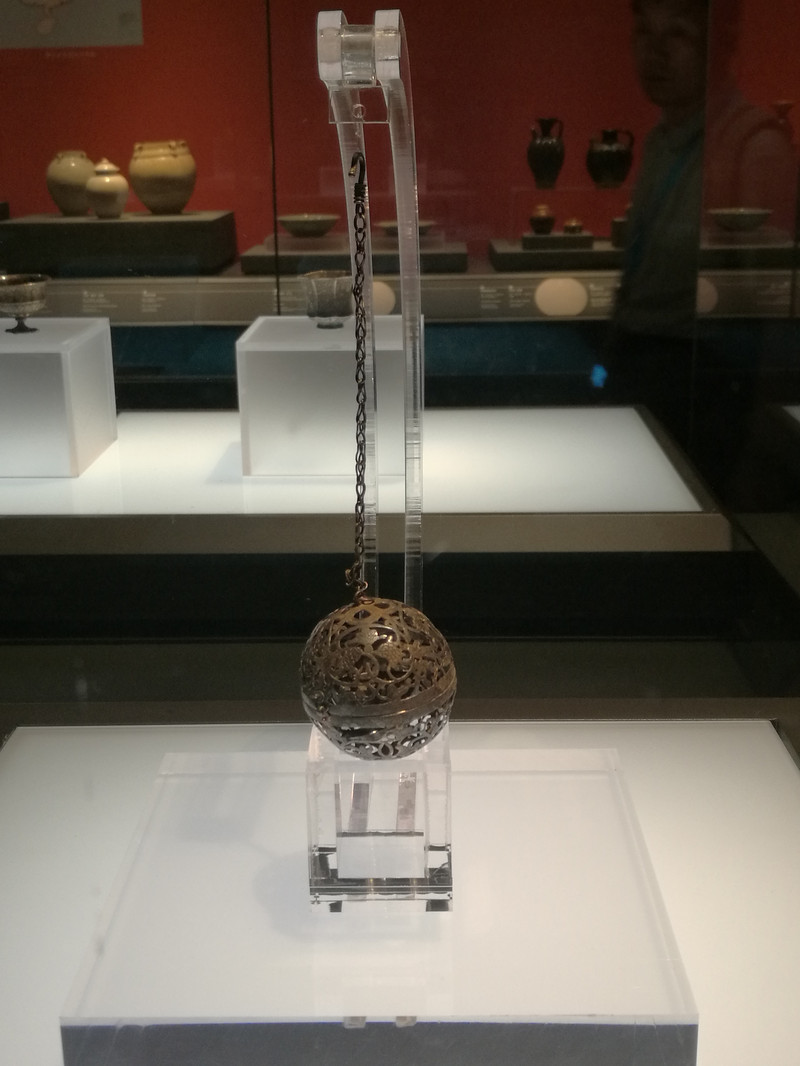
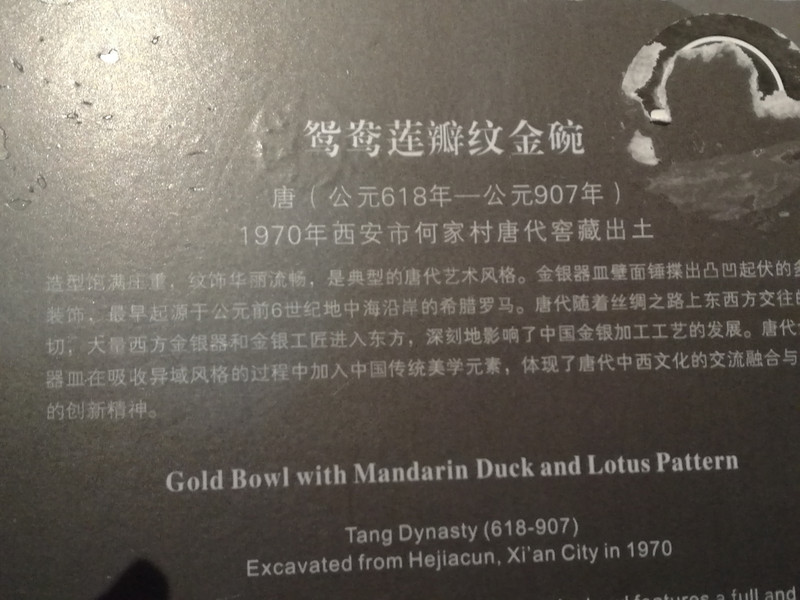
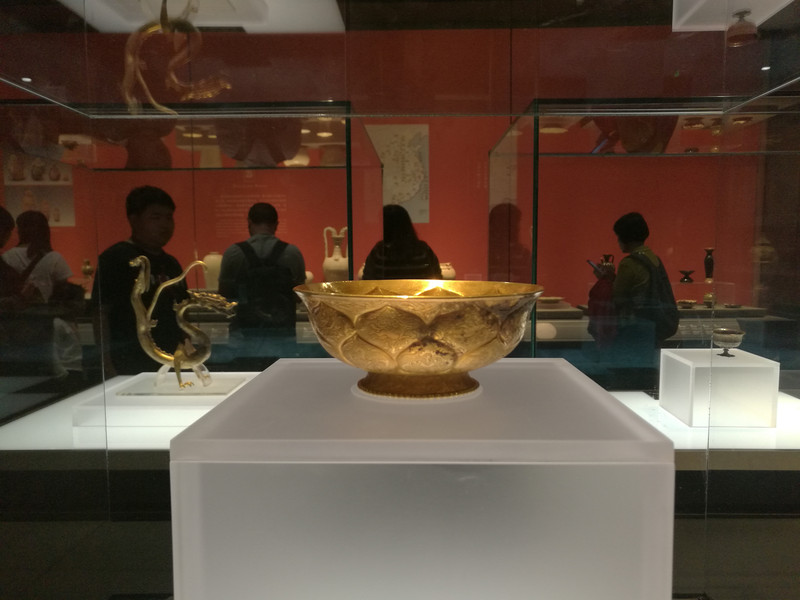
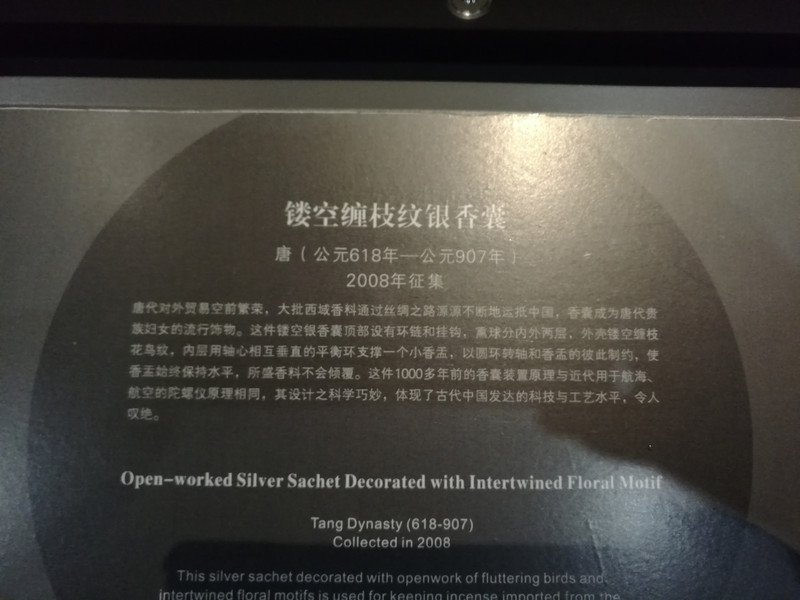

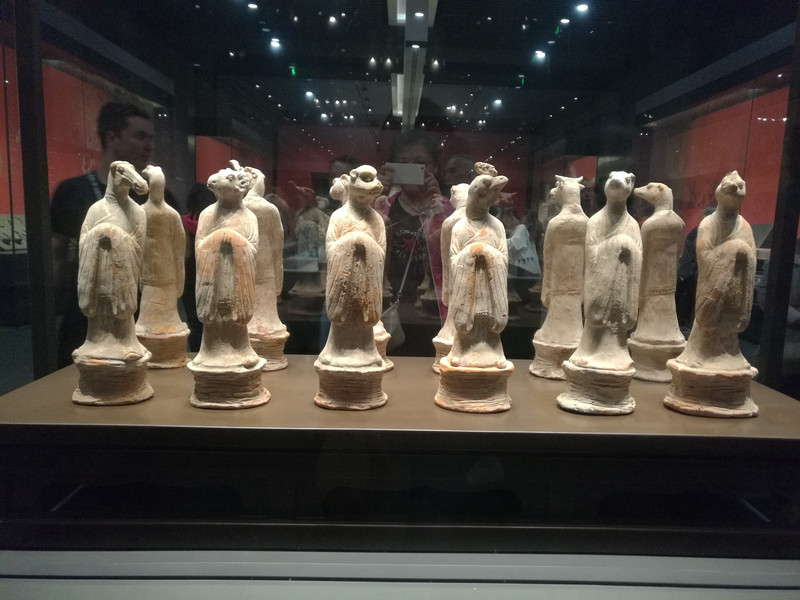
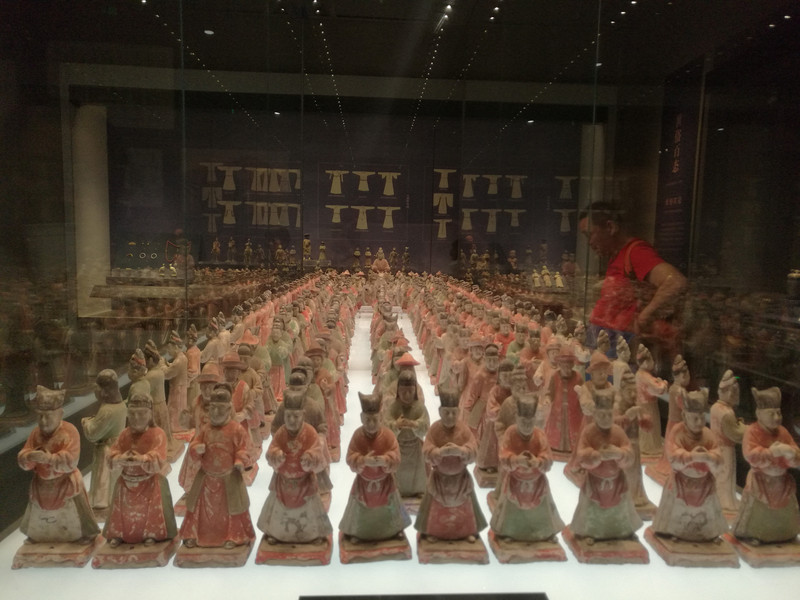
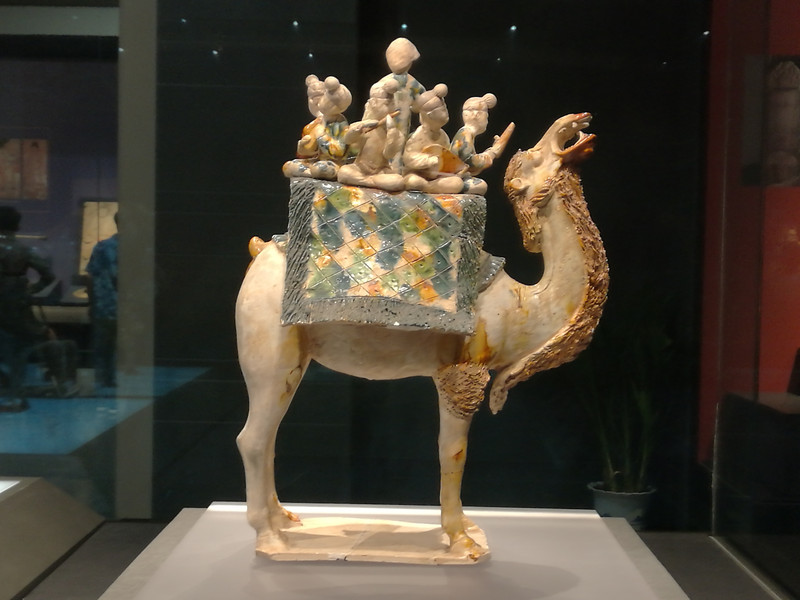
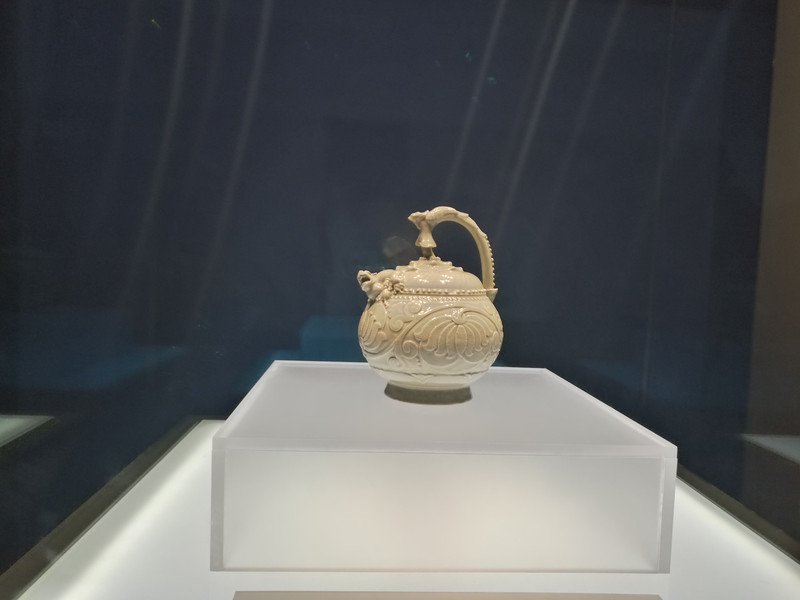
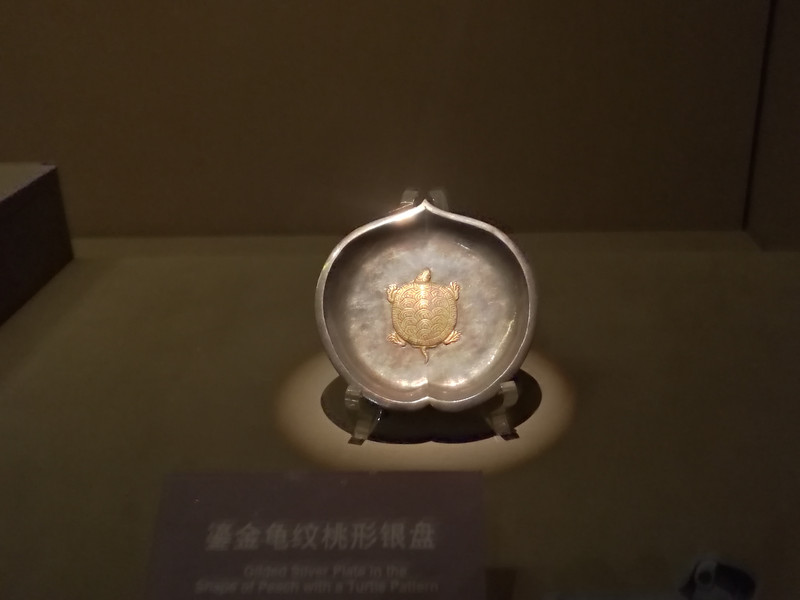
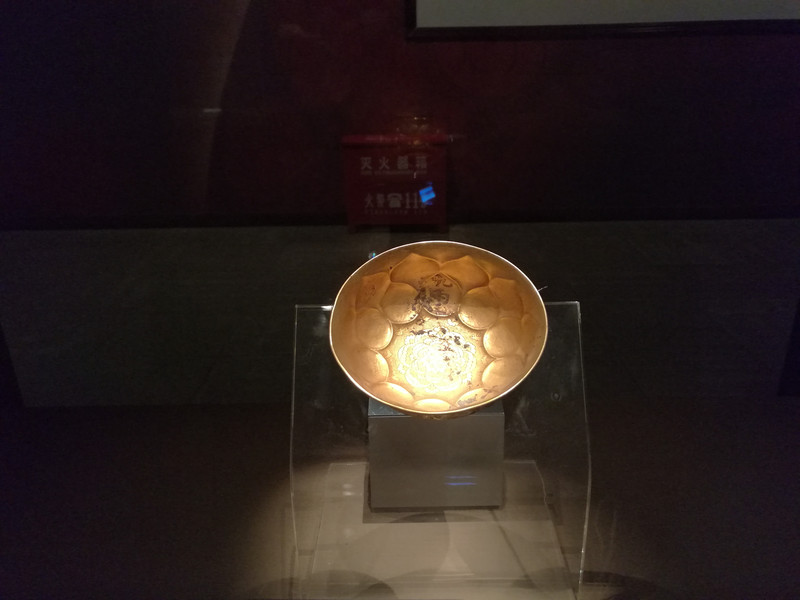

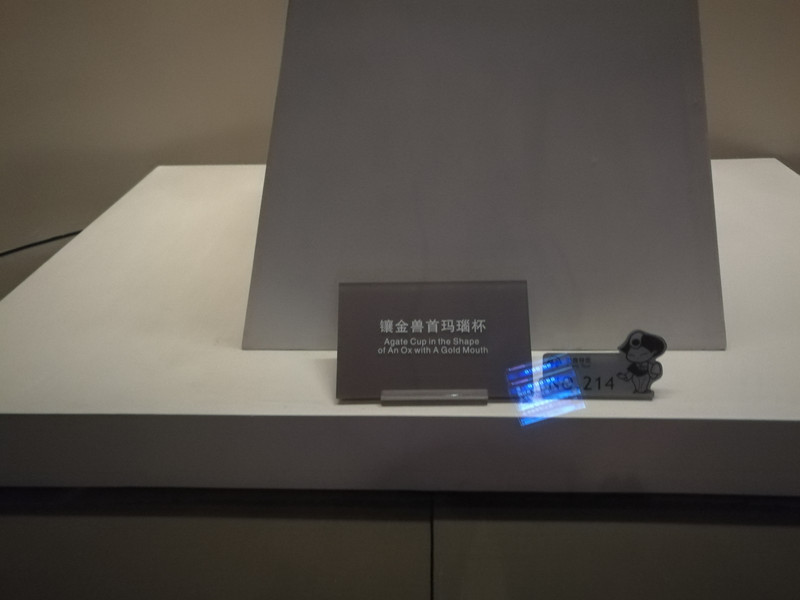
D5: Today, I am participating in a one-day trip to Huashan. I will write my travel notes on Huashan alone, so I will skip this article
D6: Today, visit the Tang Dynasty Furong Garden, Bell and Drum Tower, and Hui Street
Furong Garden in the Tang Dynasty has been a royal garden since ancient times. It rose in the Qin and Han Dynasties and flourished in the Sui and Tang Dynasties. Today's Tang Dynasty Furong Garden is built retroactively on top of the original Tang Dynasty ruins. It covers an area of 1000 acres and has a water area of 300 acres. It is a large-scale royal garden-style national 5A scenic spot in China that comprehensively displays the historical features of the Tang Dynasty. The scenic spot is divided into 14 cultural areas, taking Xi'an's glorious history as the "capital of the prosperous Tang Dynasty" as the main line and integrating the essence of the historical landscape of the prosperous Tang Dynasty. From multiple perspectives such as architecture, catering, song and dance, music, and folk customs, it uses modern high-tech means and colorful programs vividly interpret and comprehensively reproduce the splendid culture of the Tang Dynasty. Furong Garden includes many attractions such as Ziyun Building, Ladies Hall, Royal Banquet Palace, Fanglin Garden, Fengming Jiutian Theater, Apricot Garden, Luyu Tea House, Tangshi, Qujiang Liuyin and many other attractions.
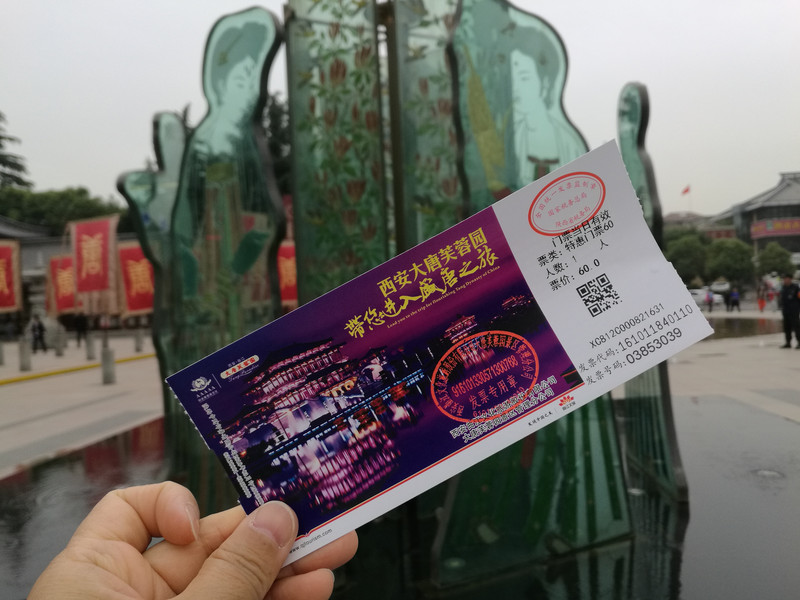

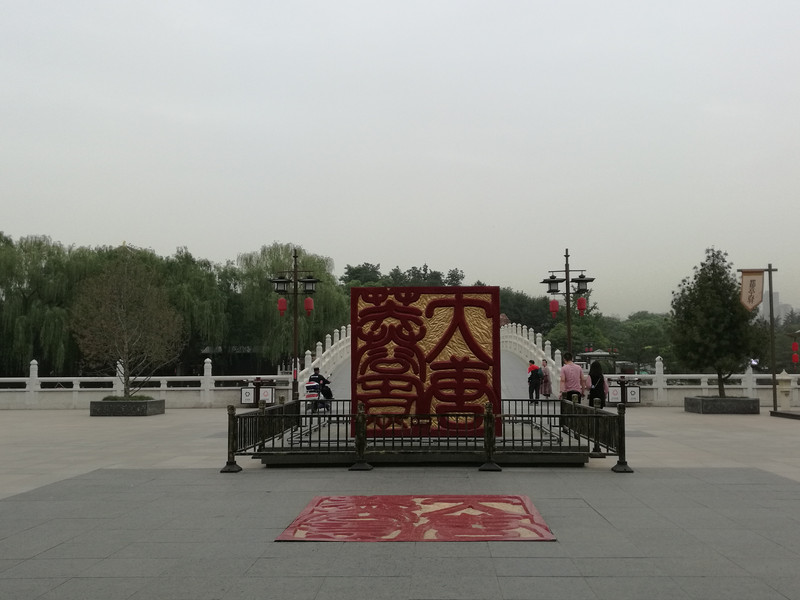

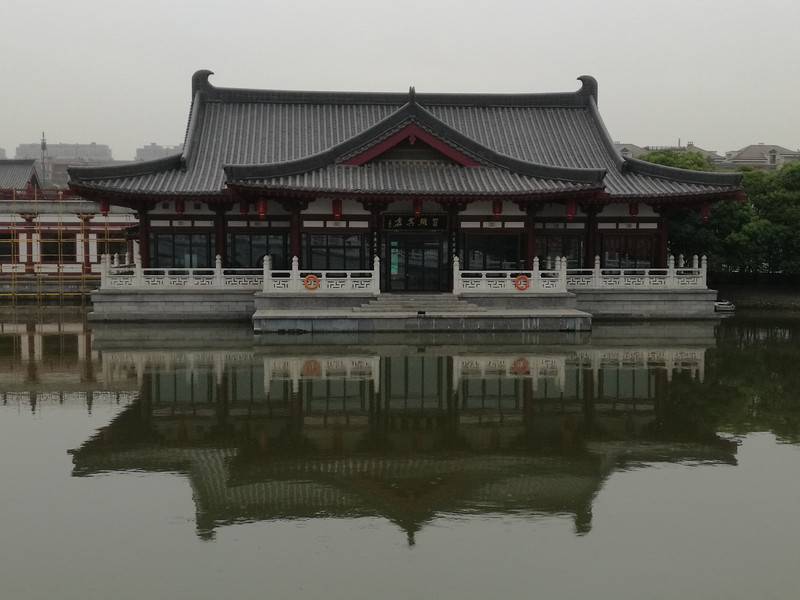
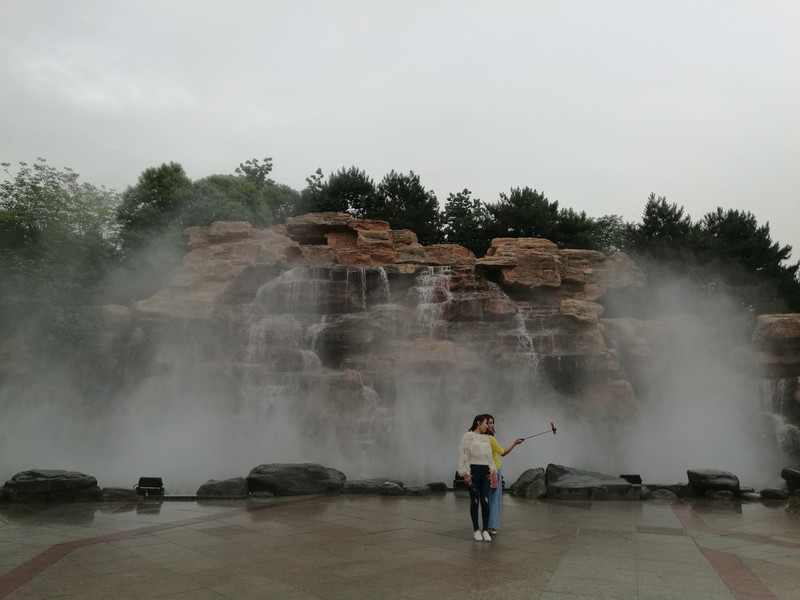
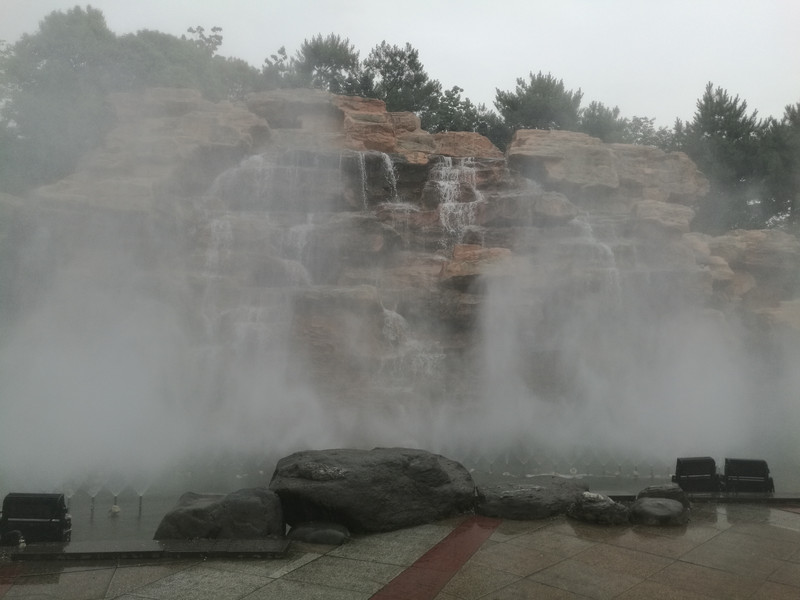
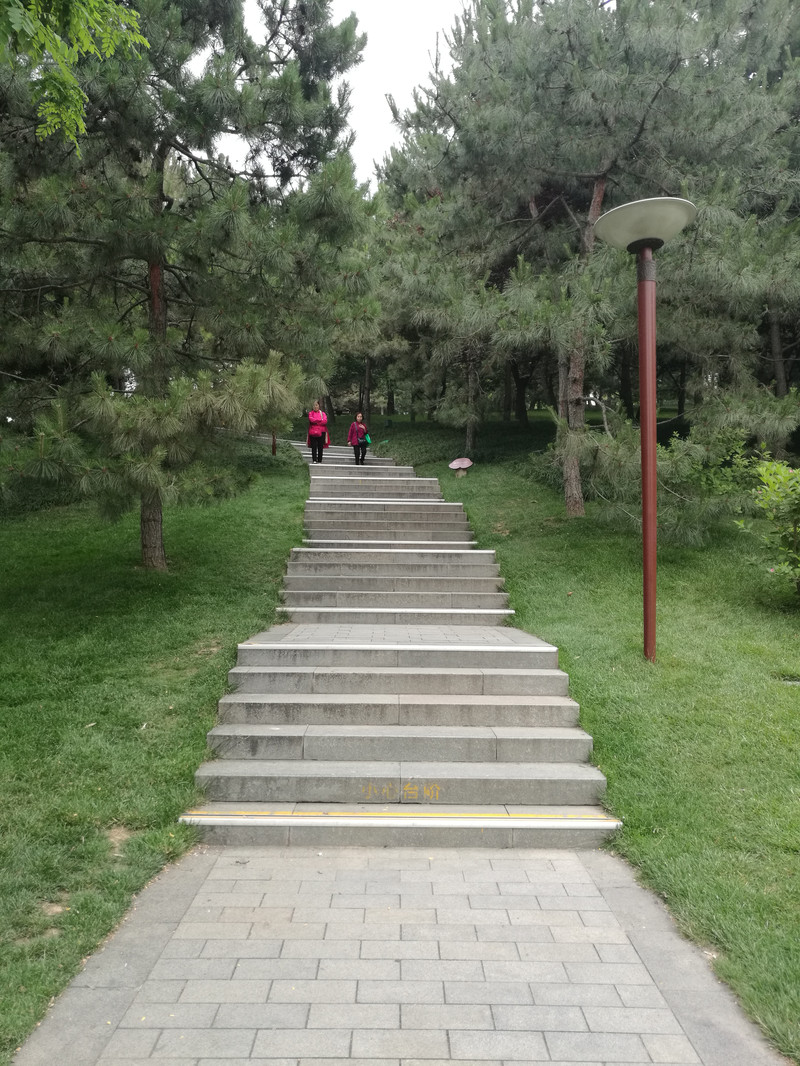
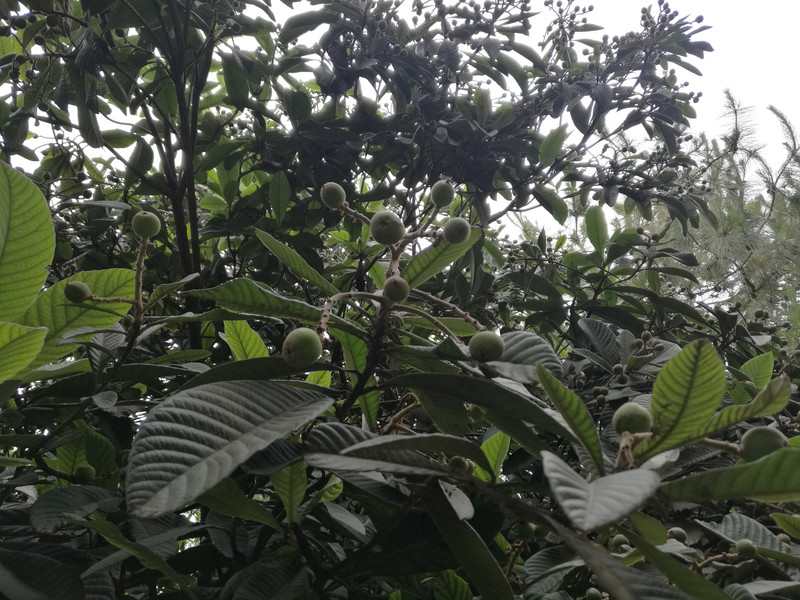
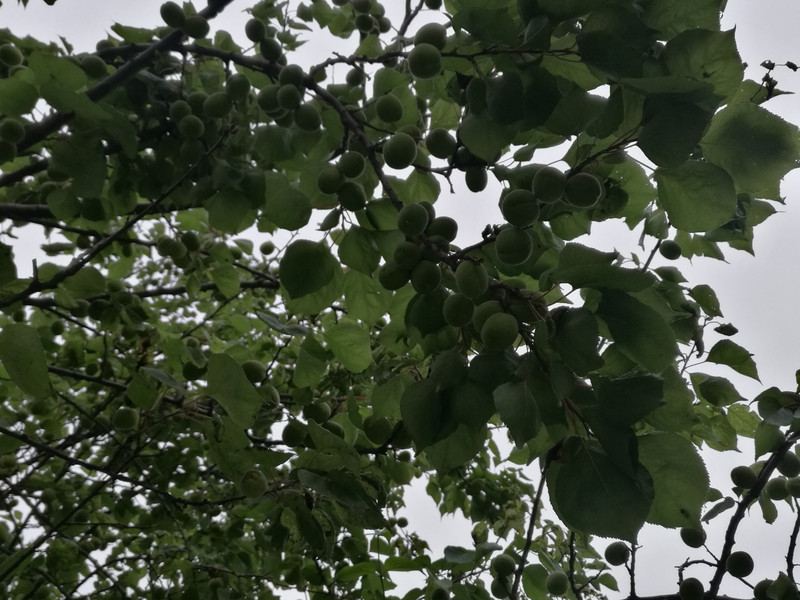
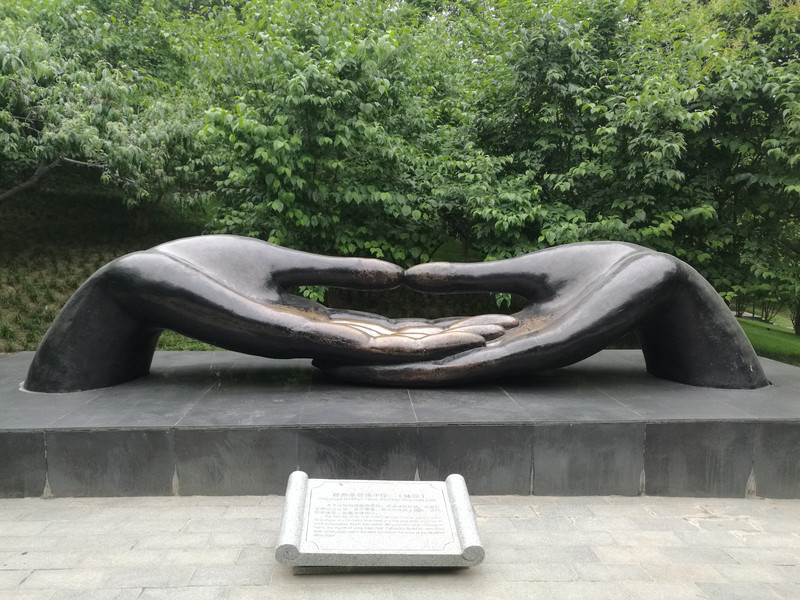
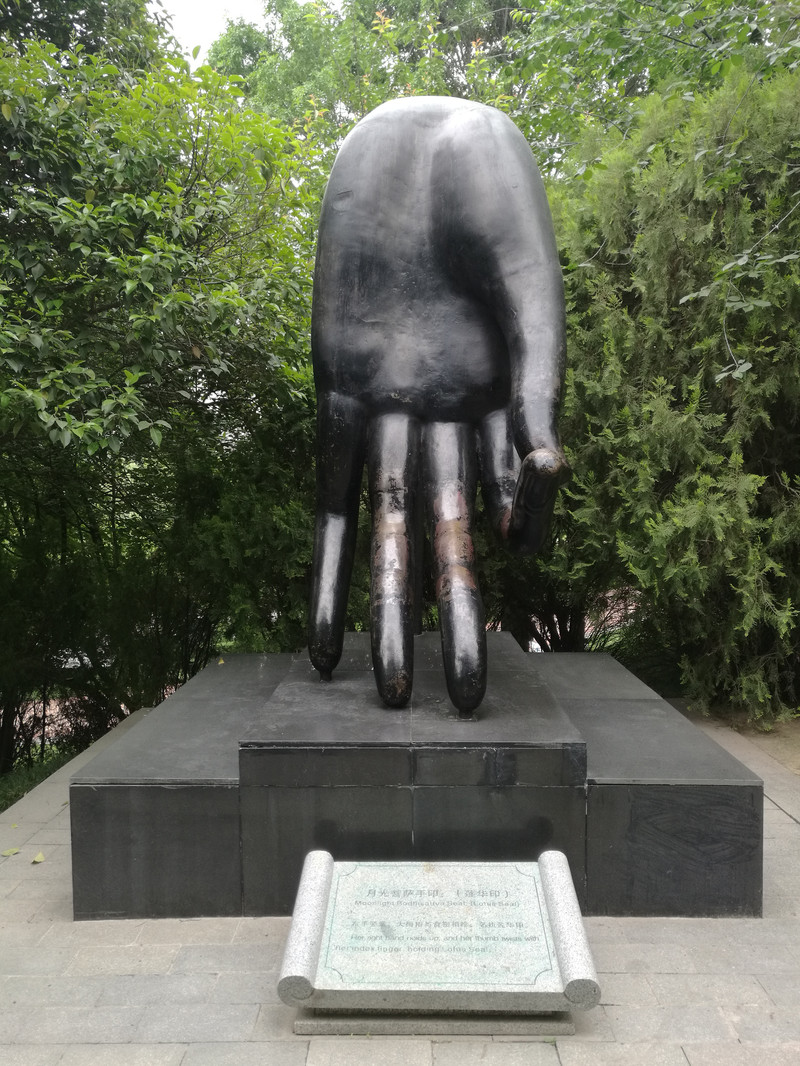
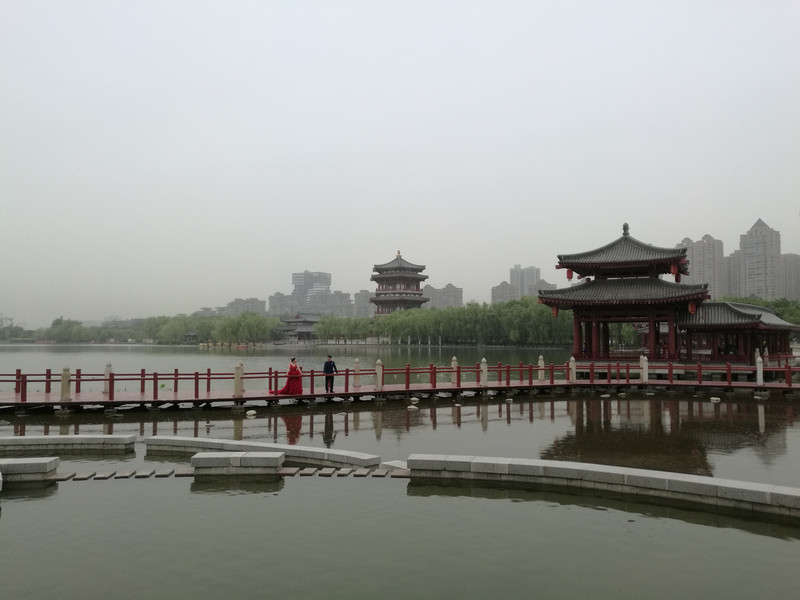
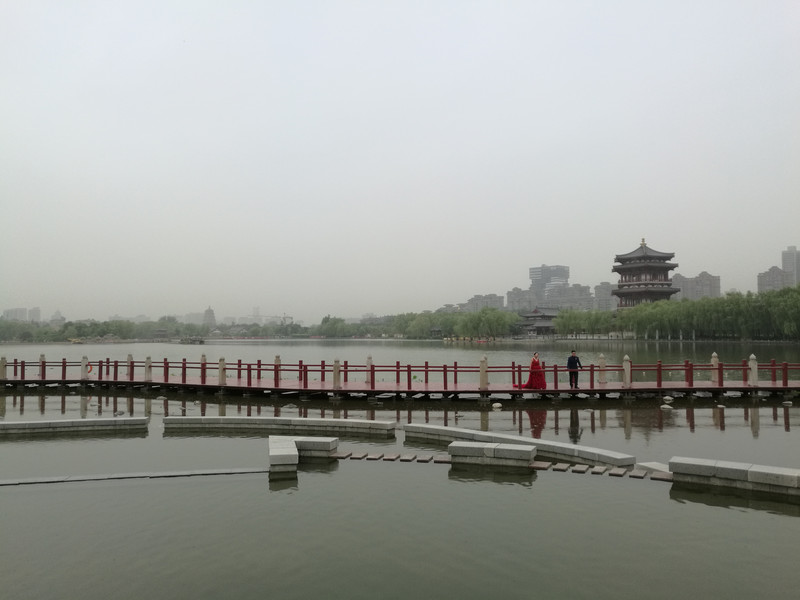

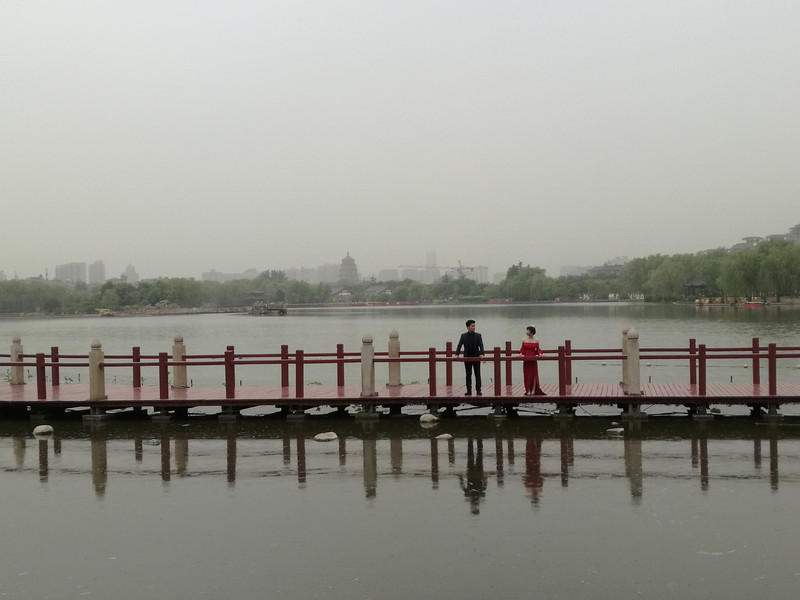
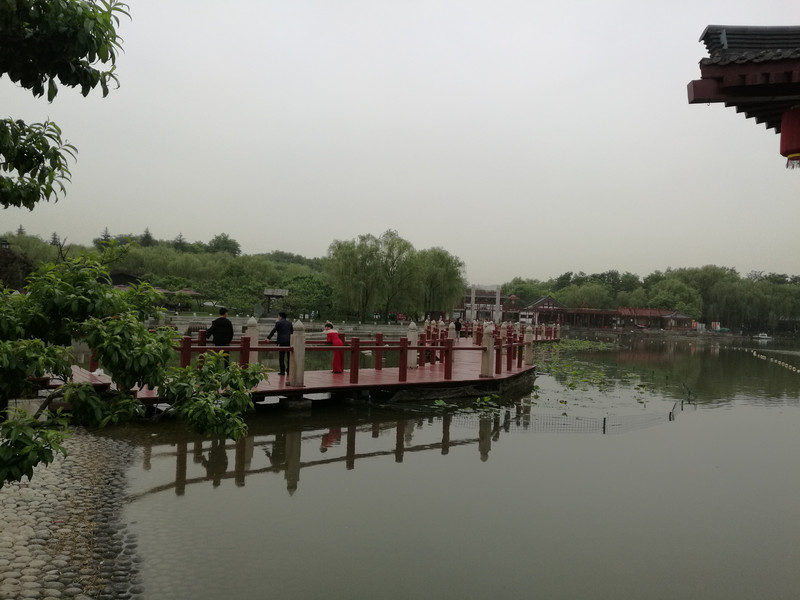
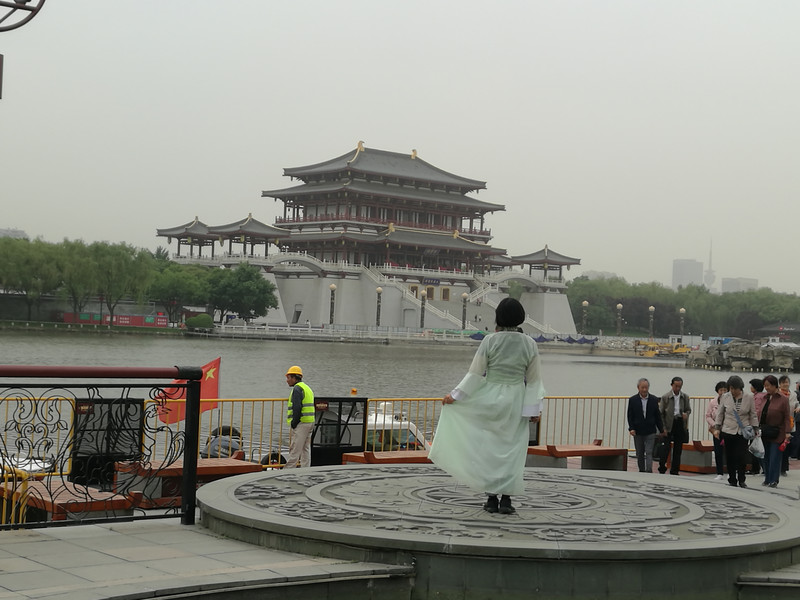
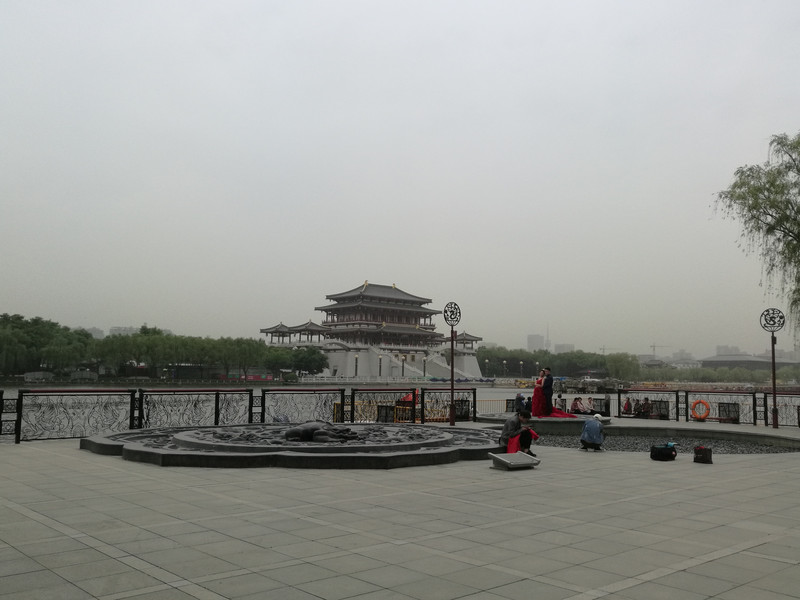
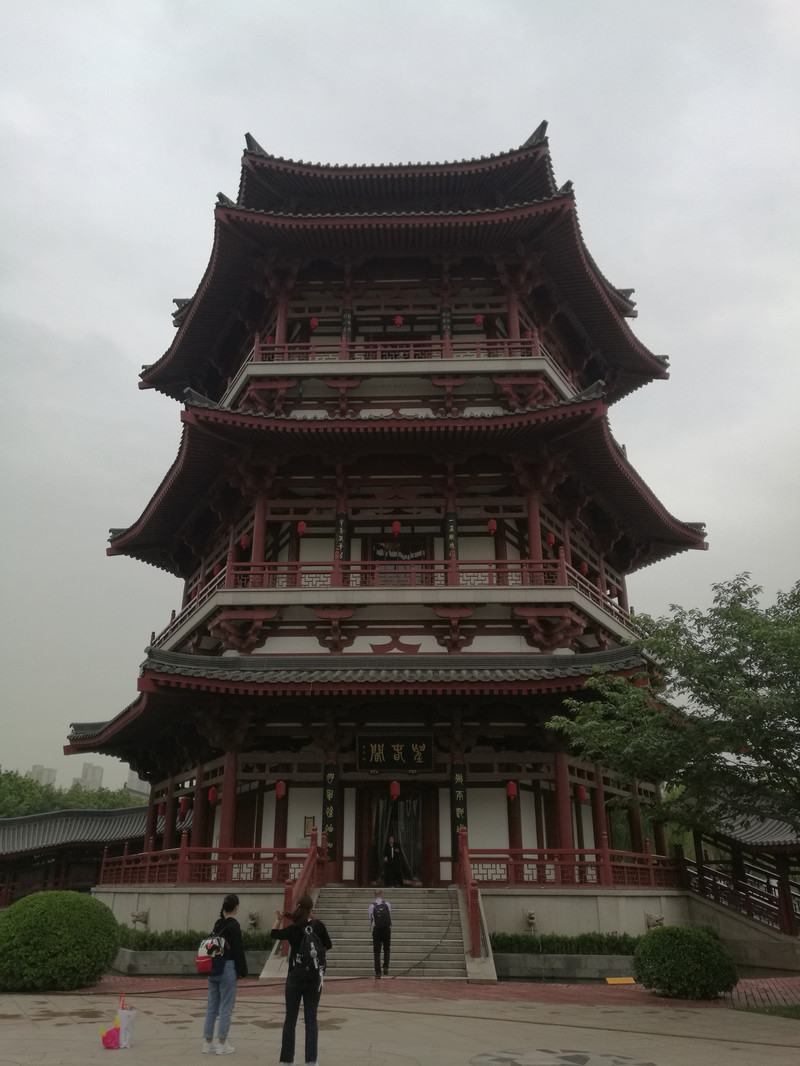

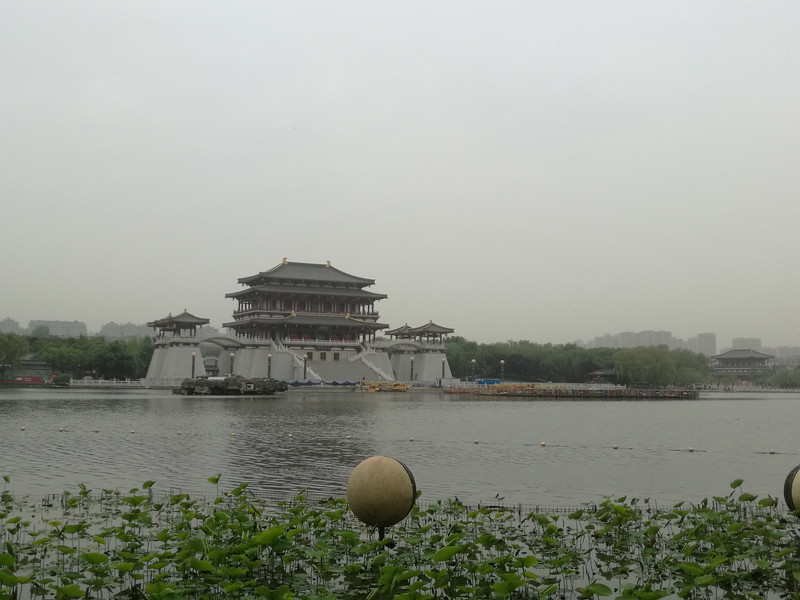
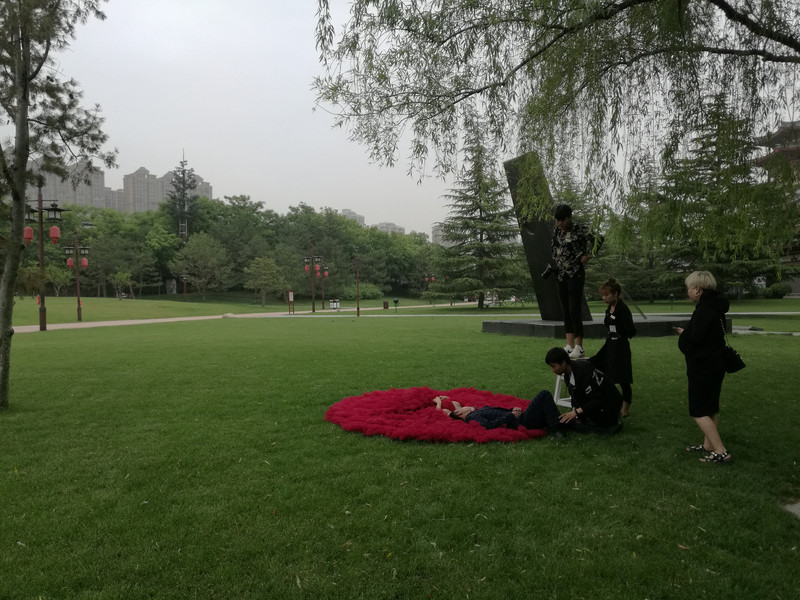
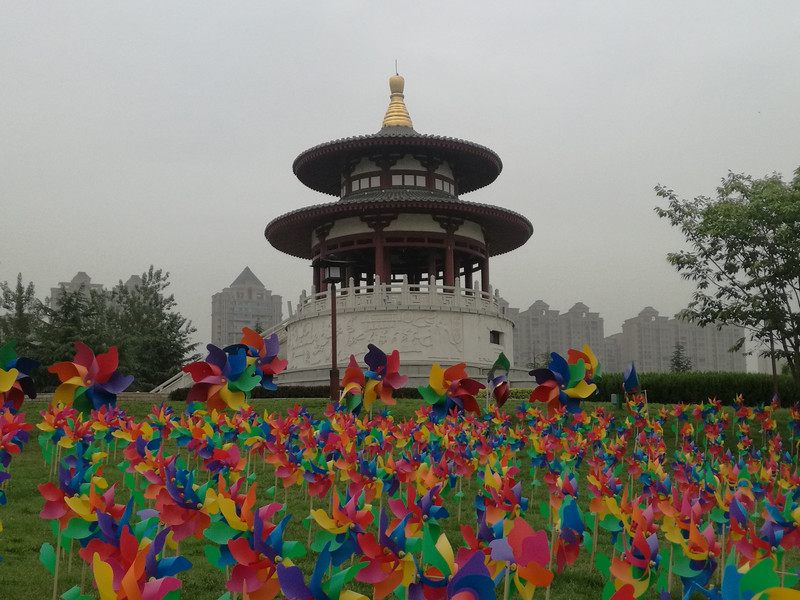
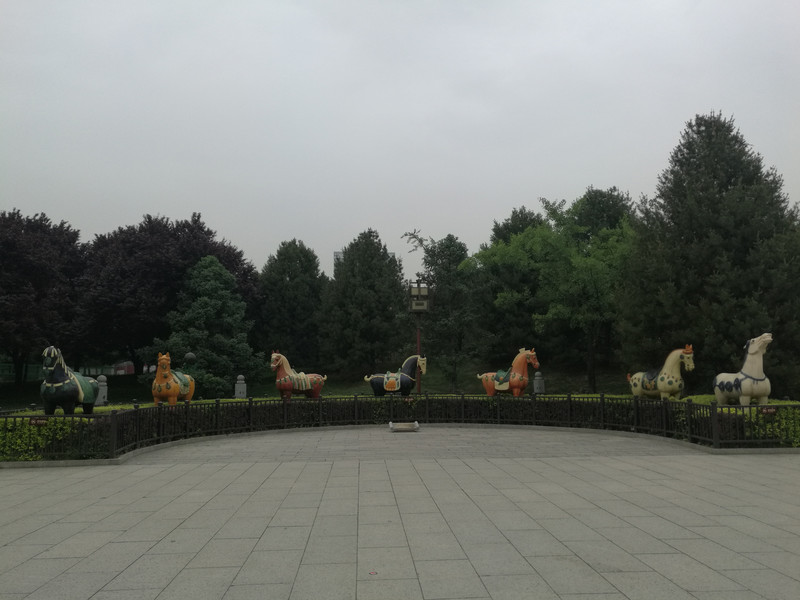

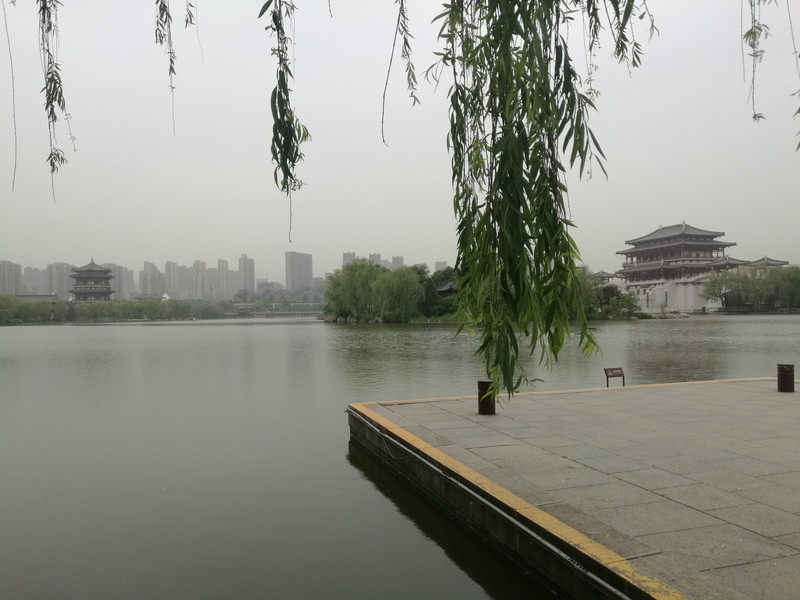
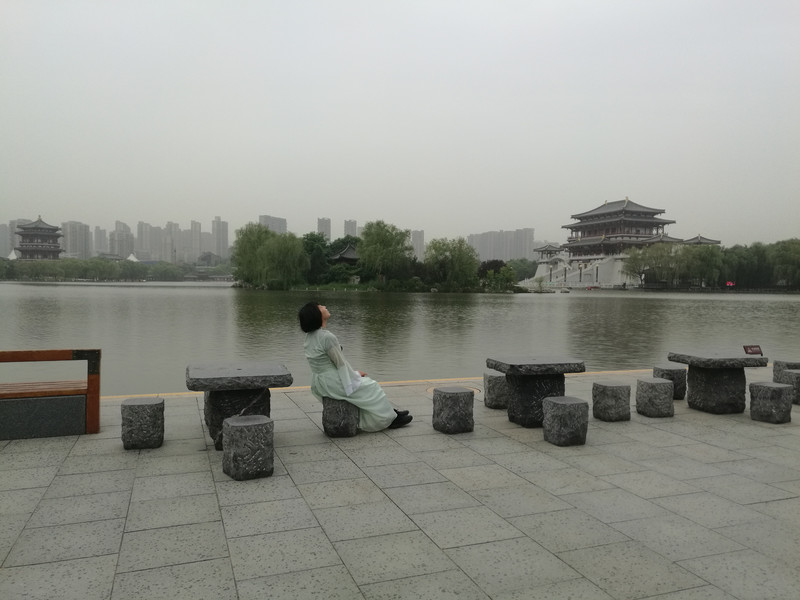
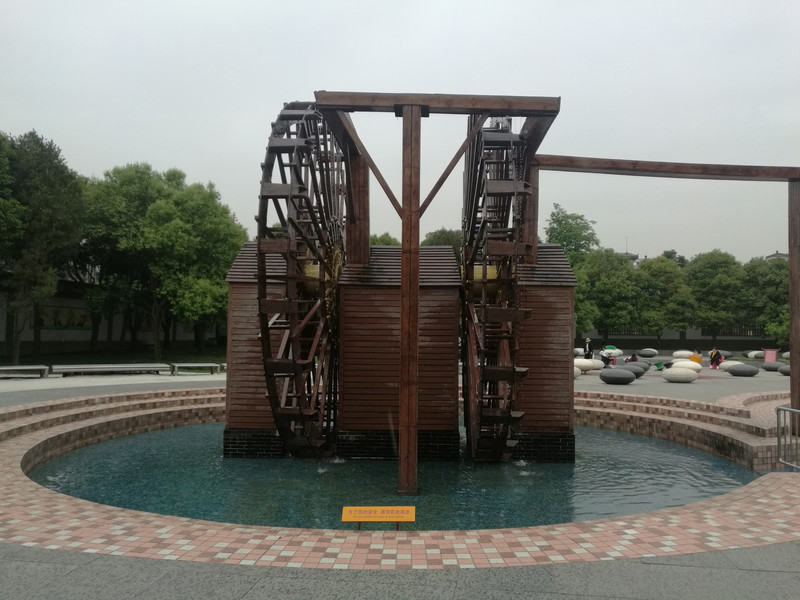
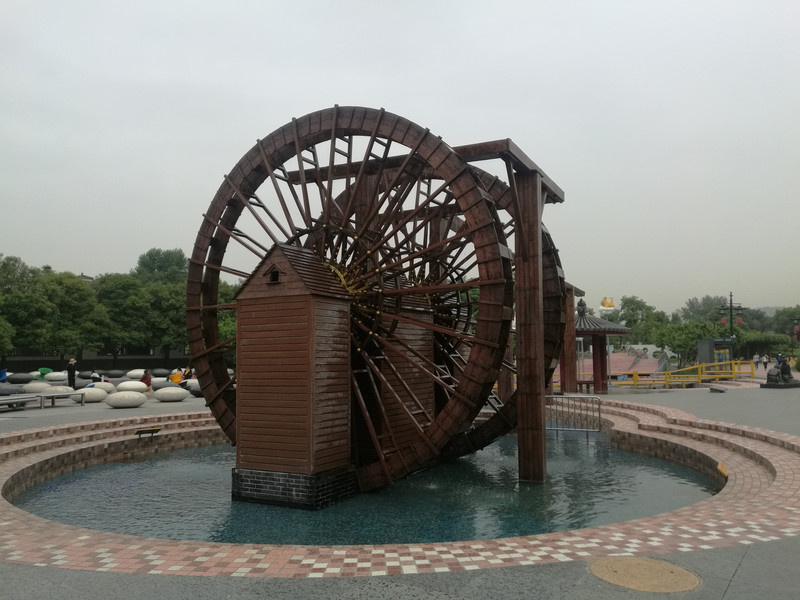

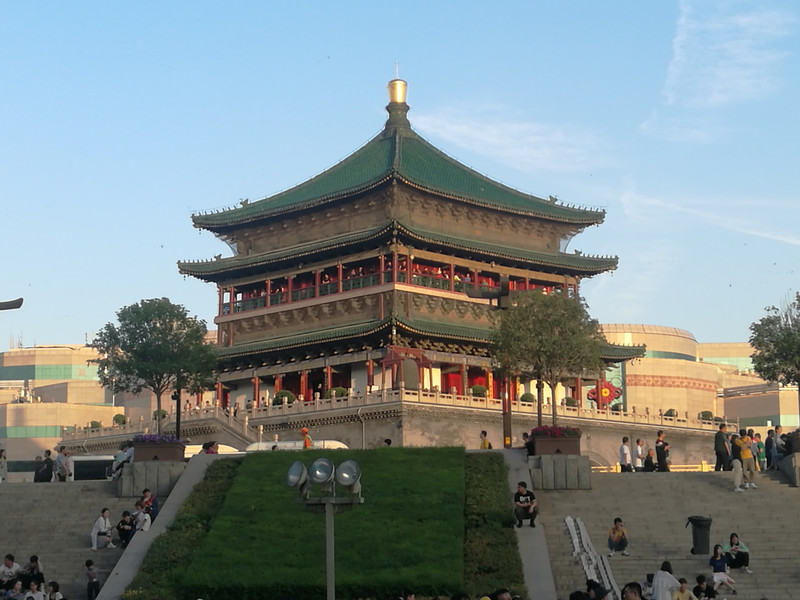
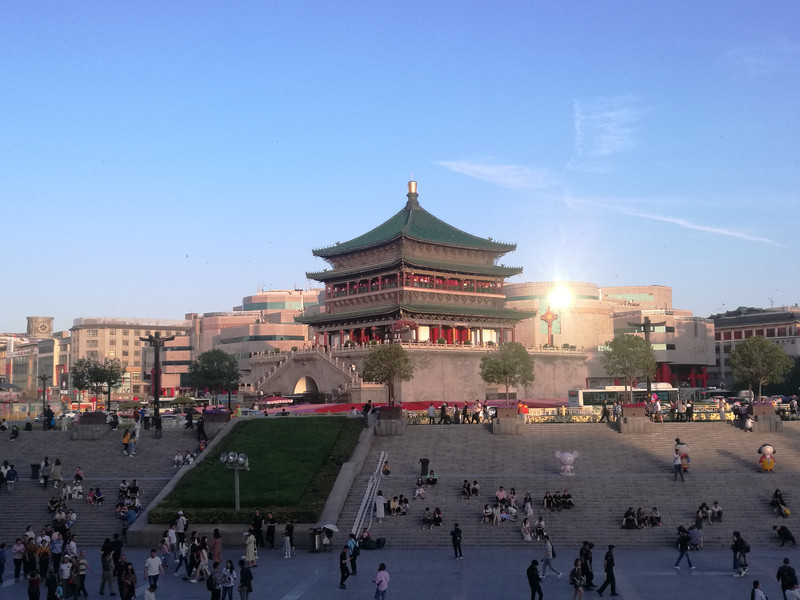
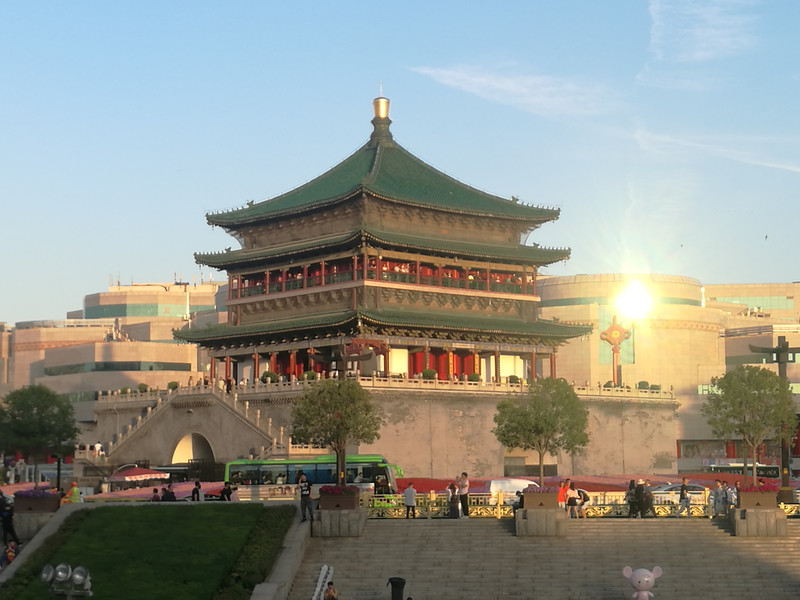
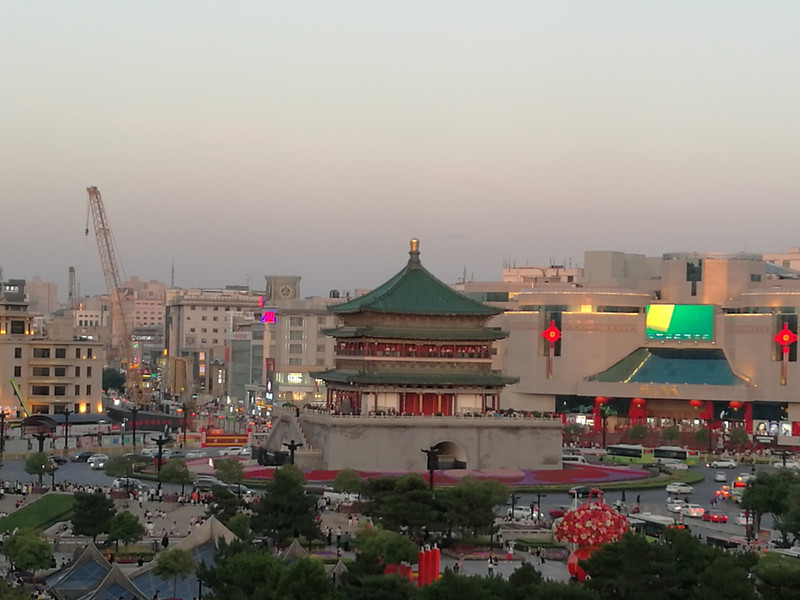
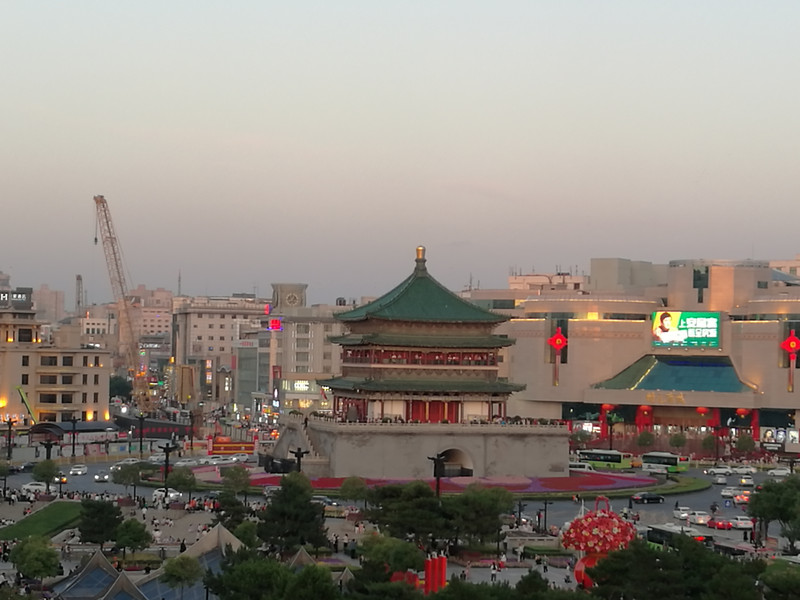

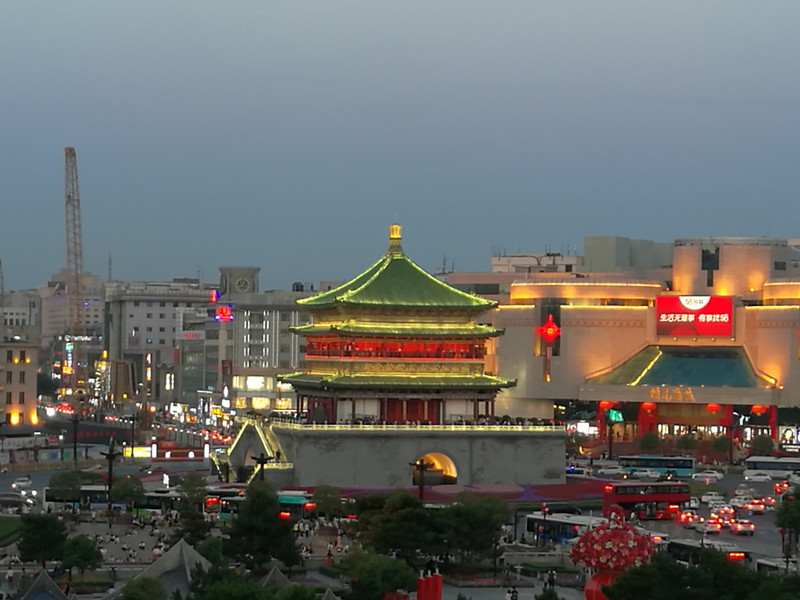
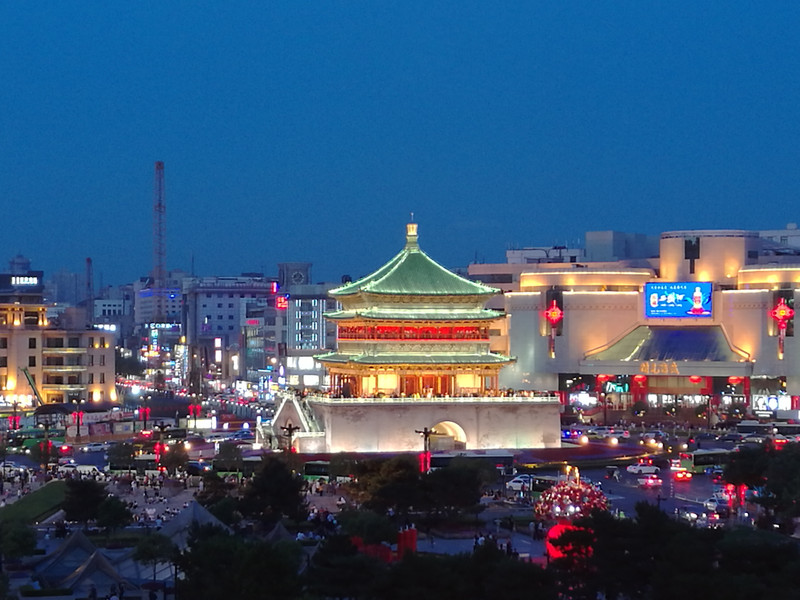
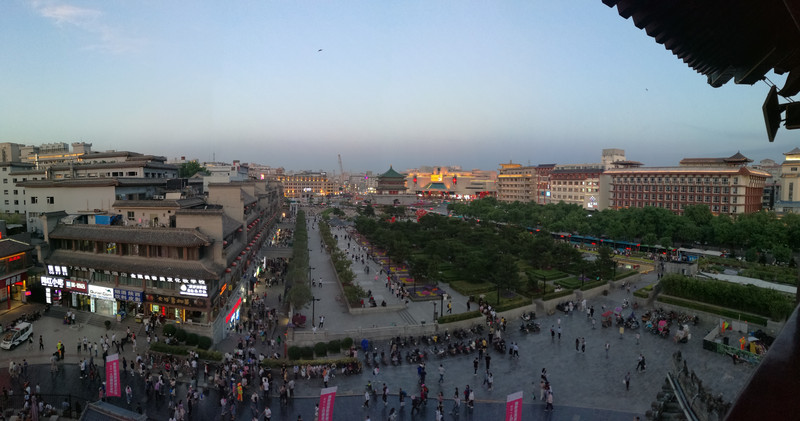
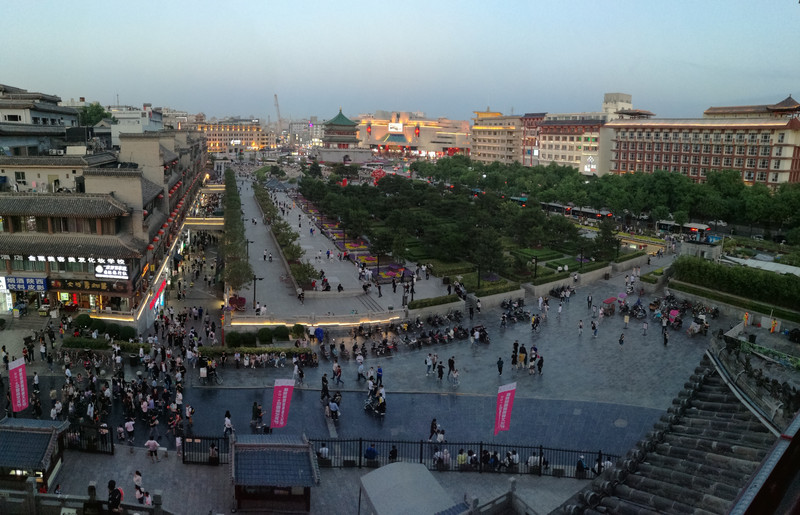
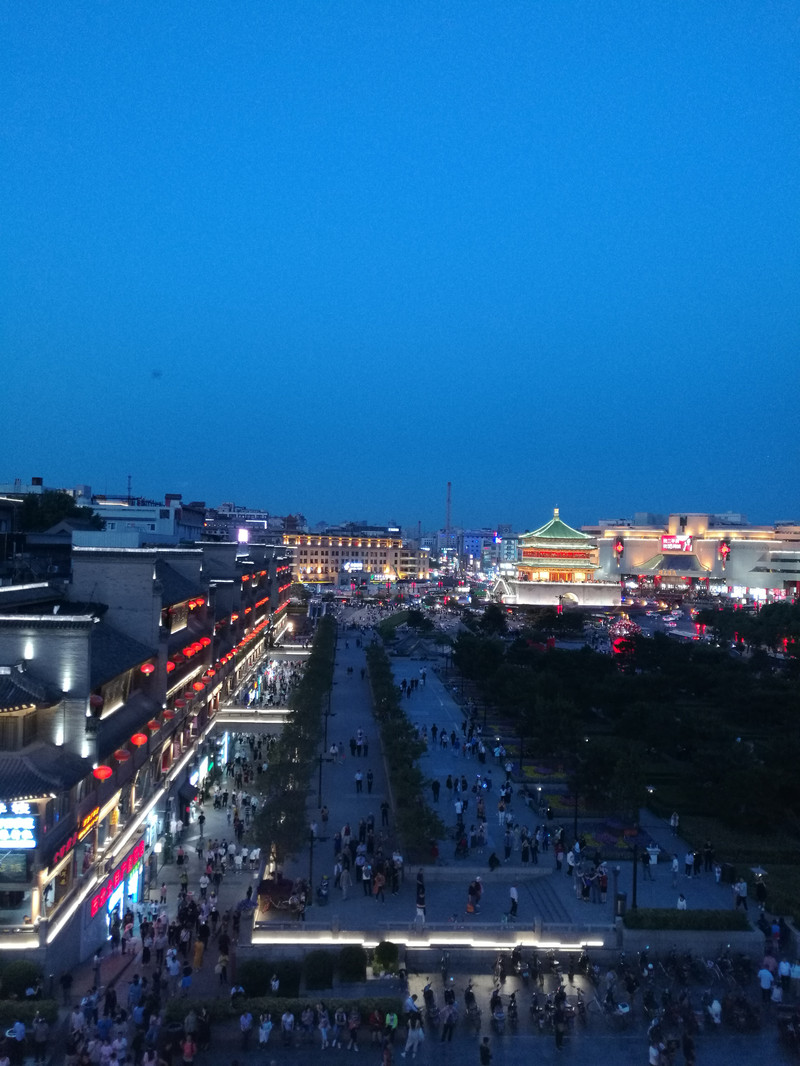
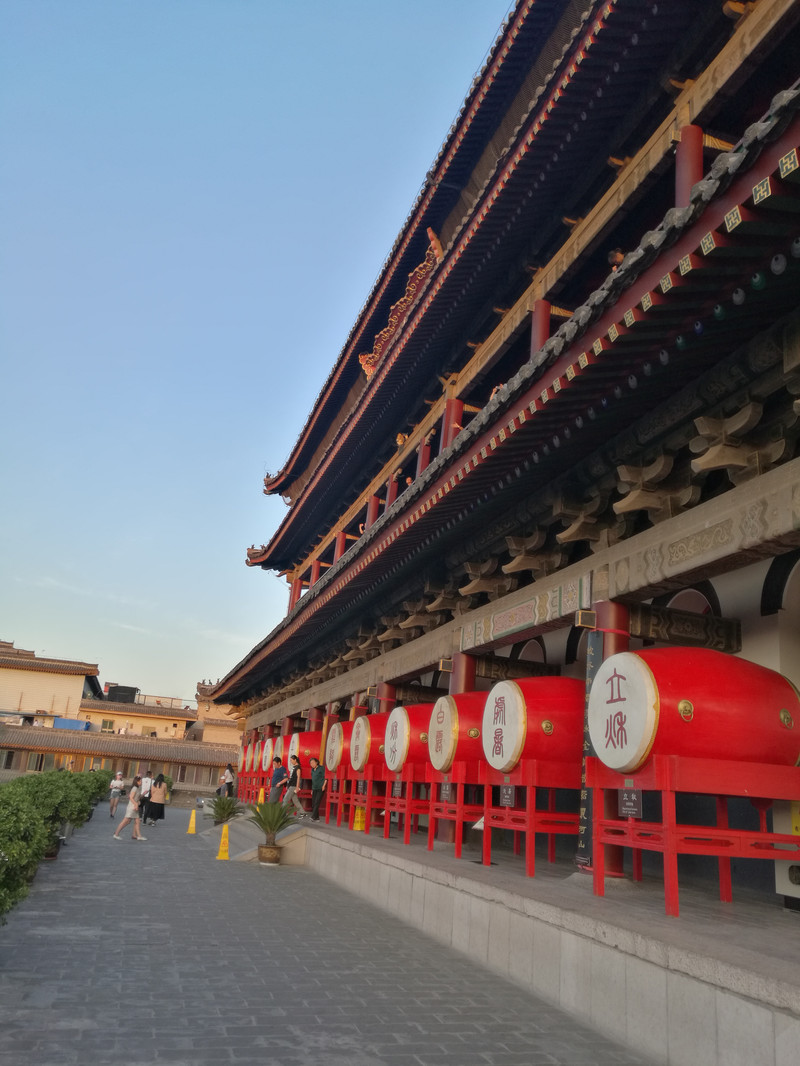
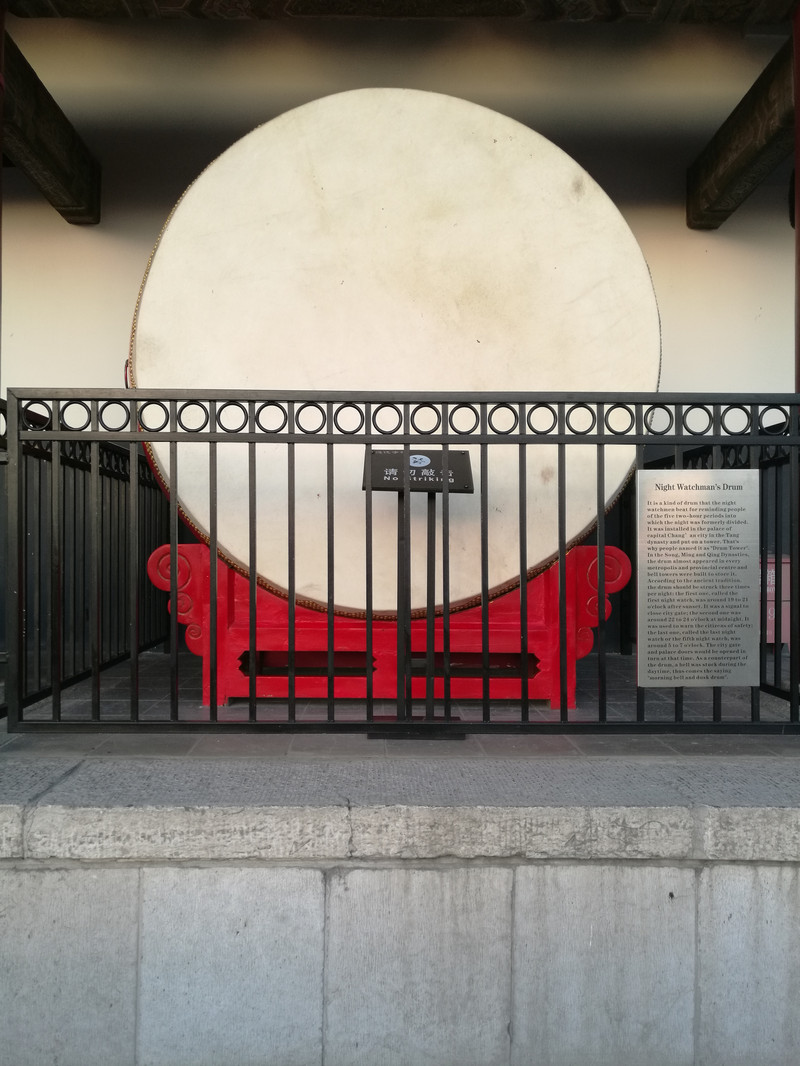
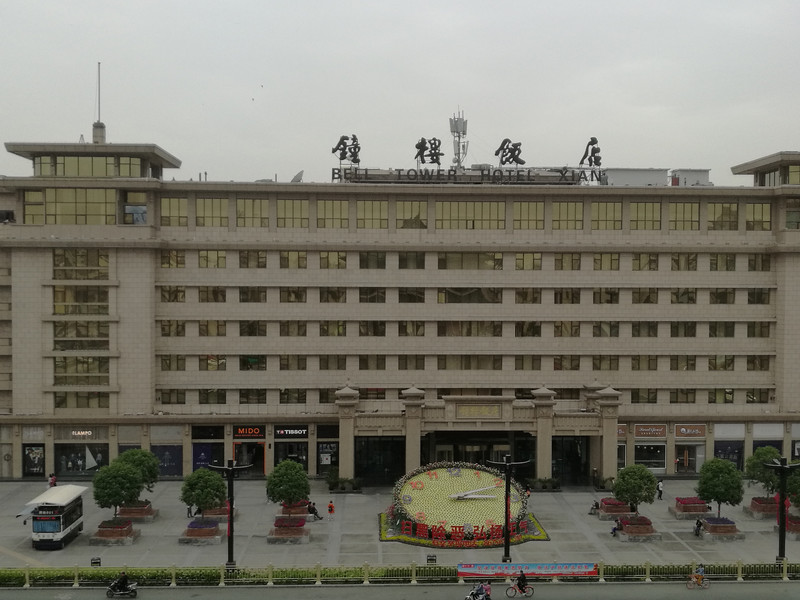
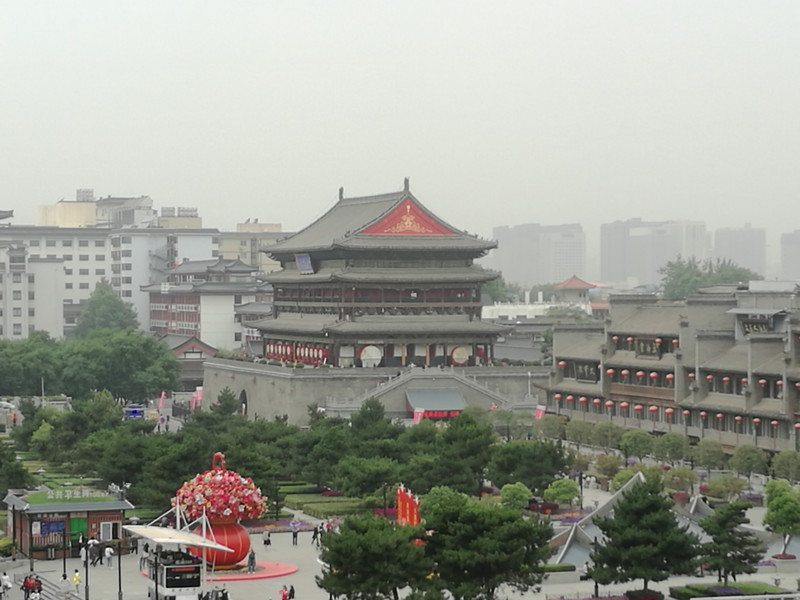
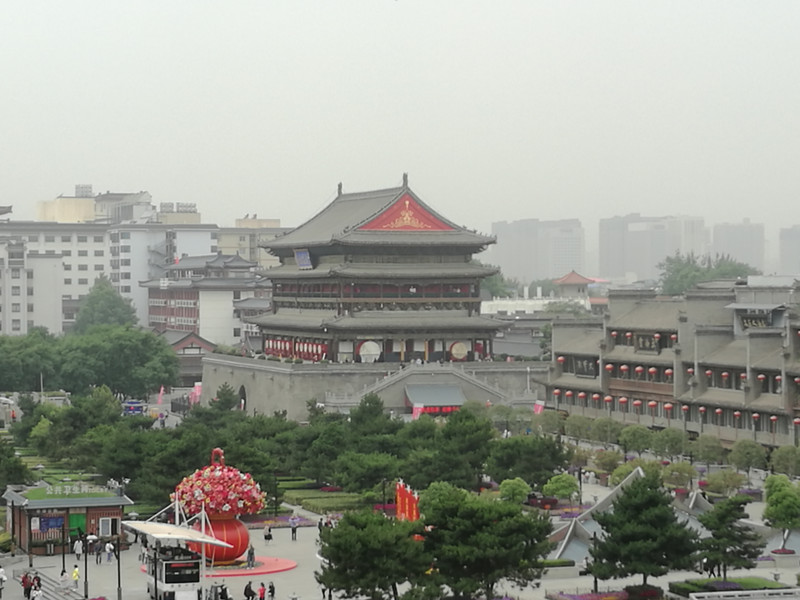

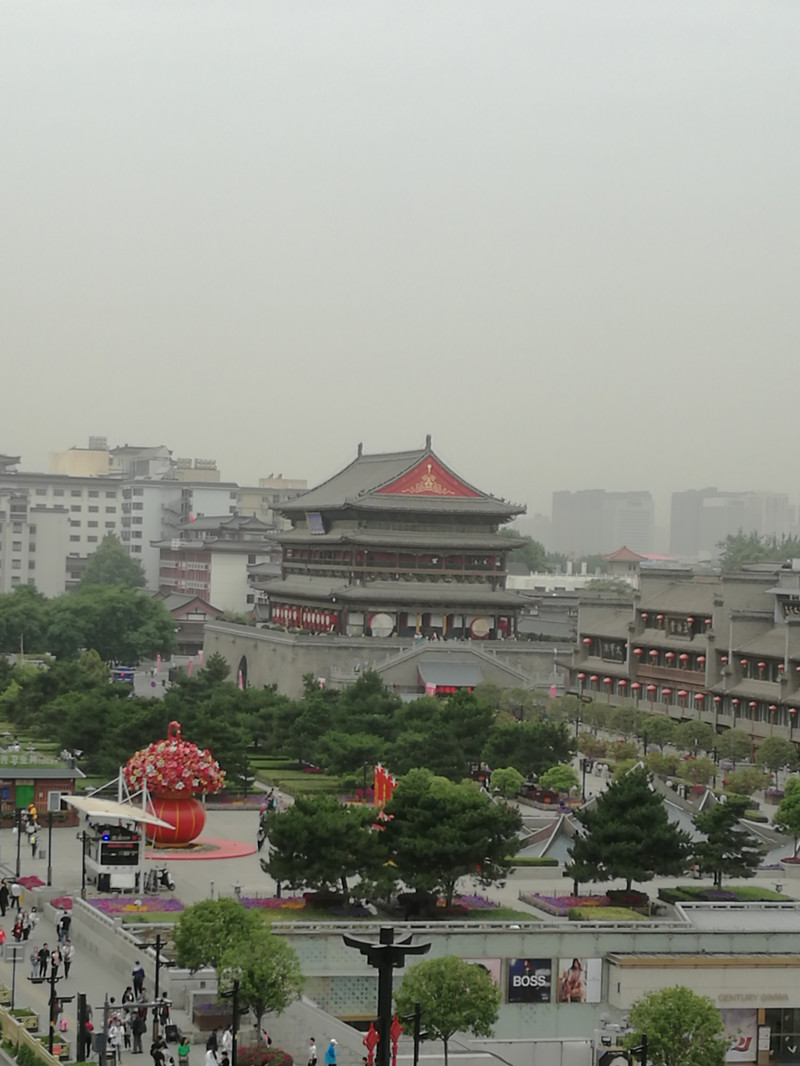
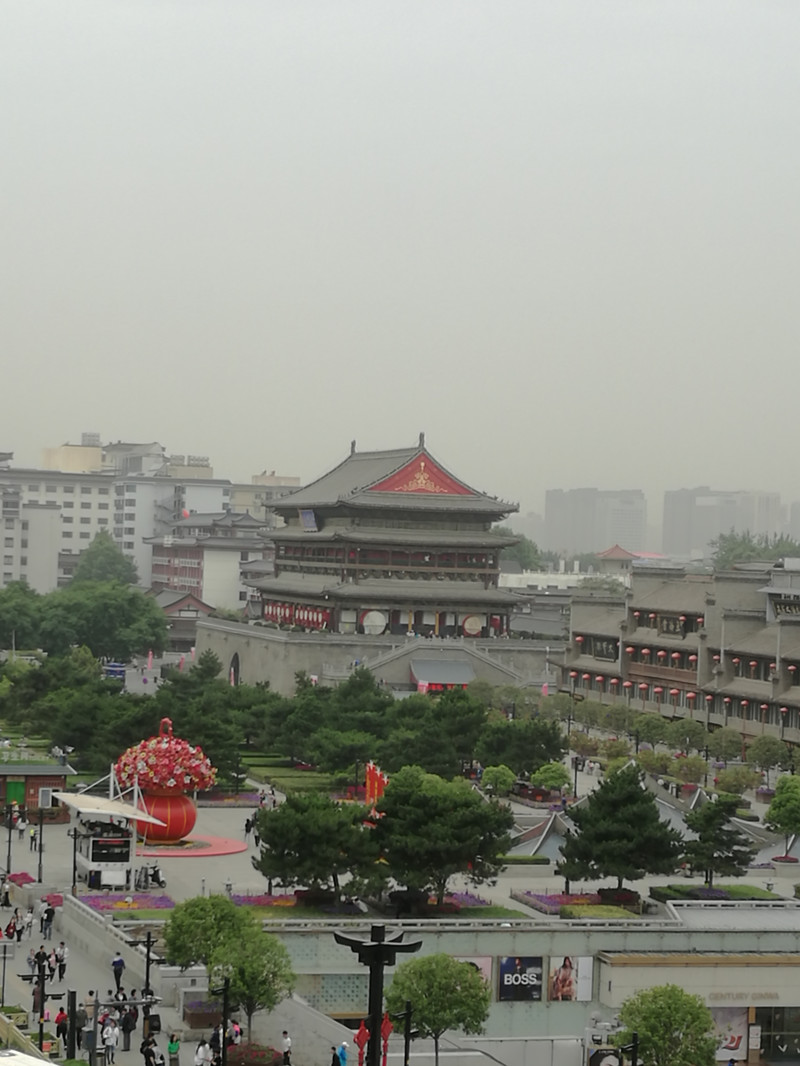
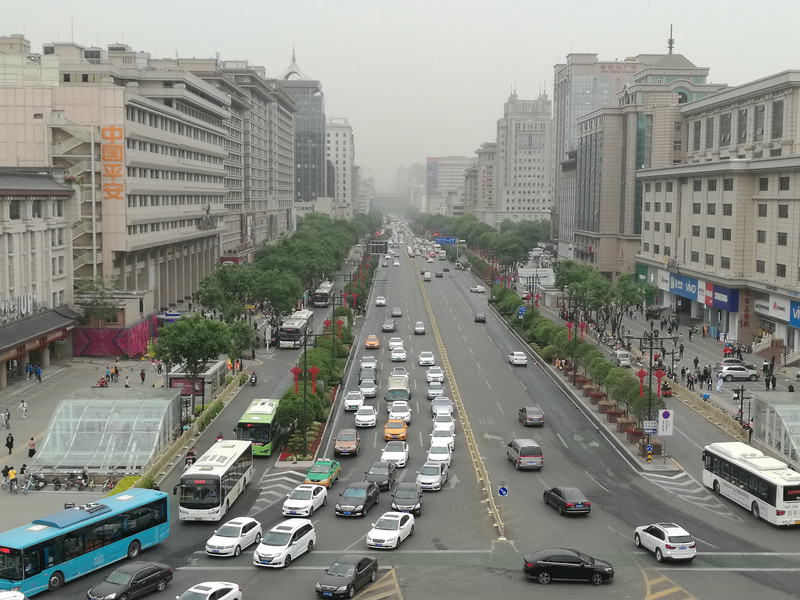
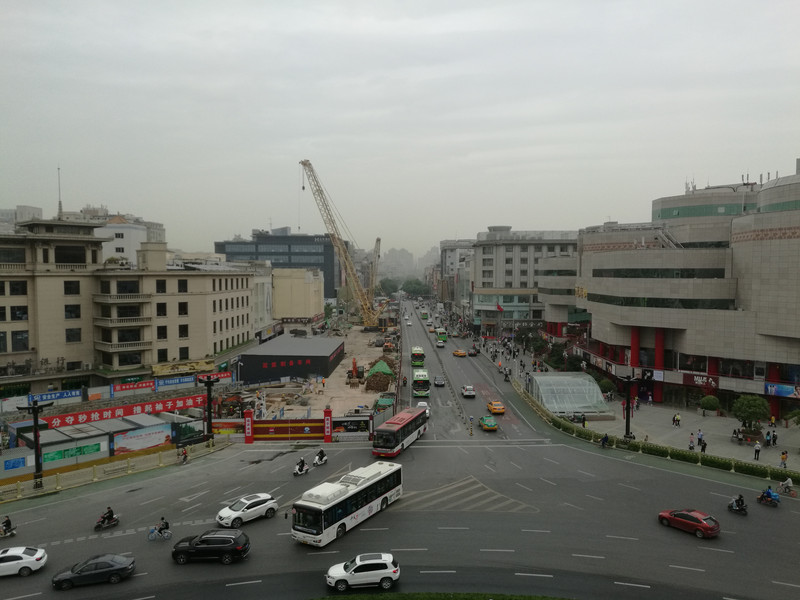
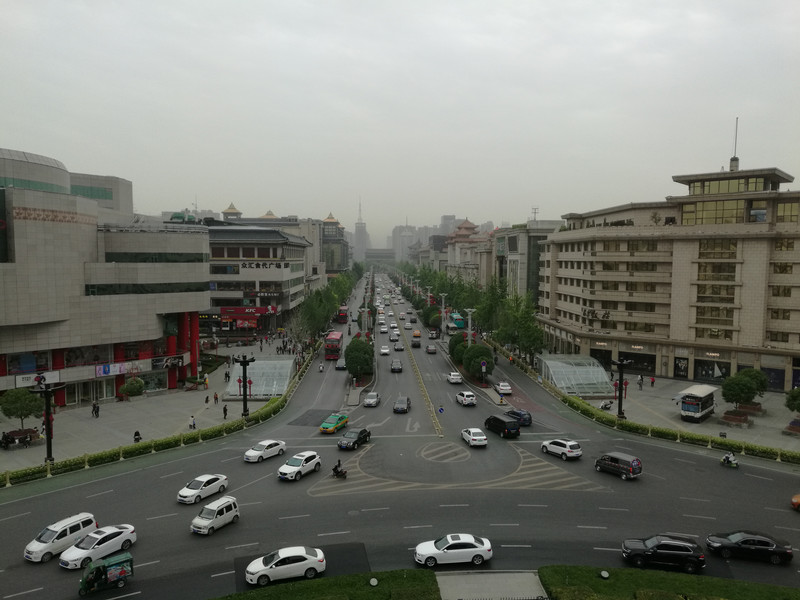
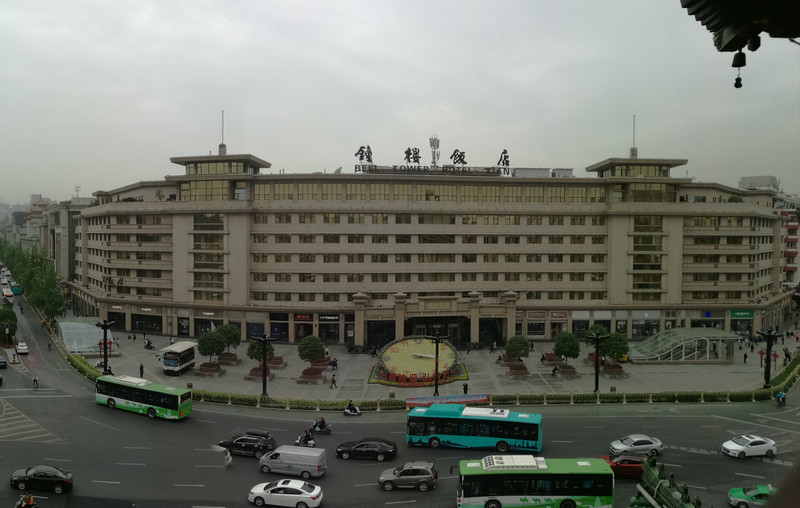
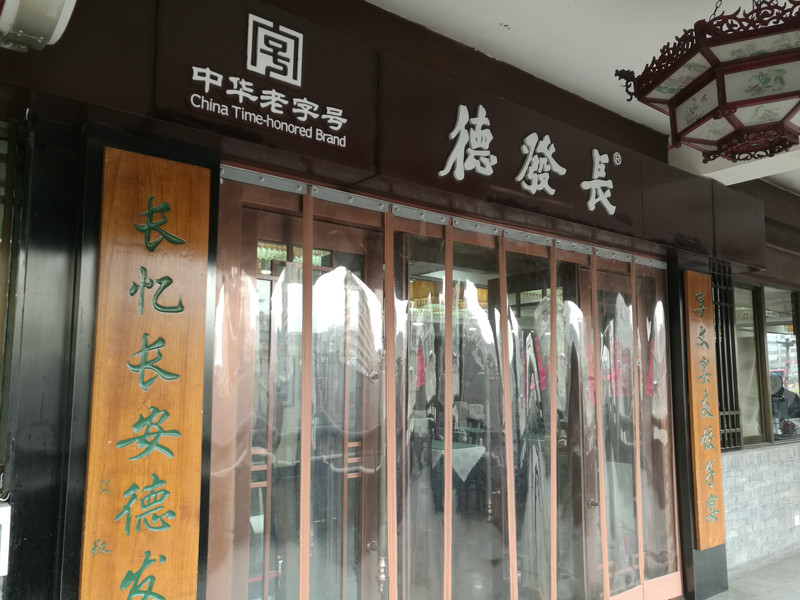
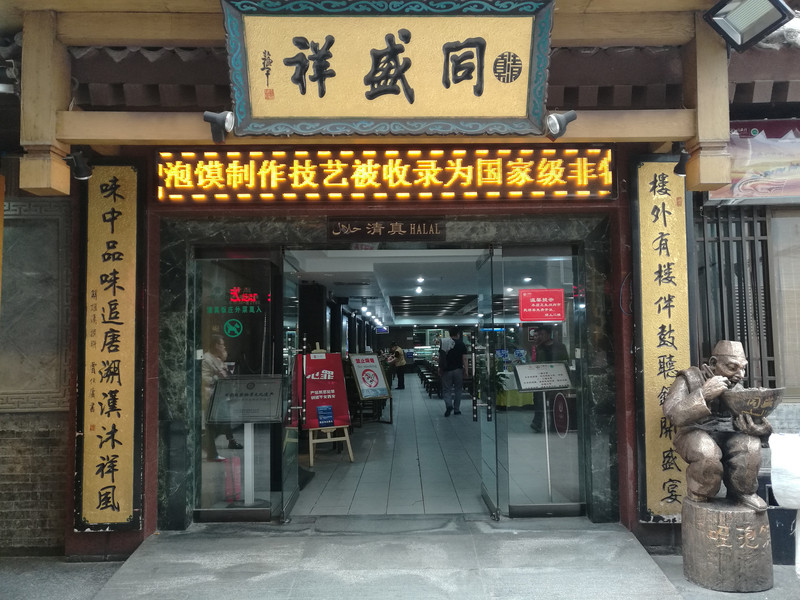
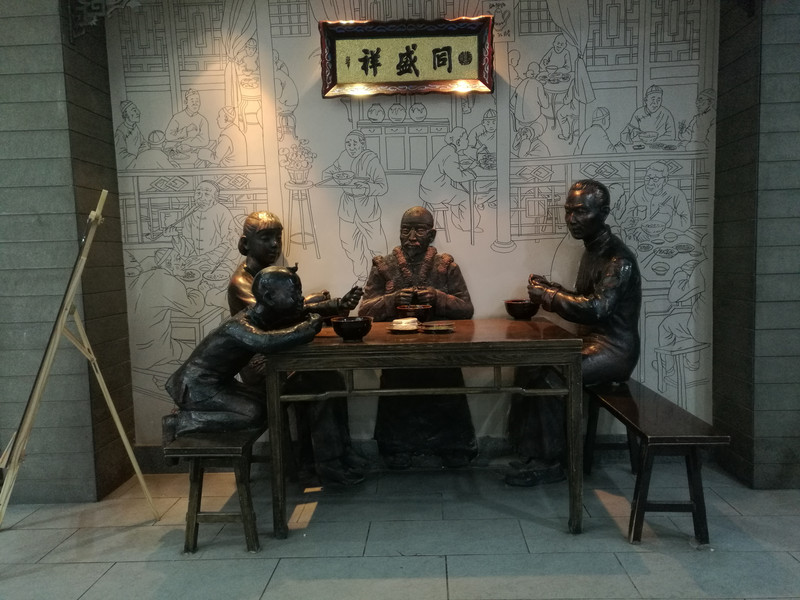
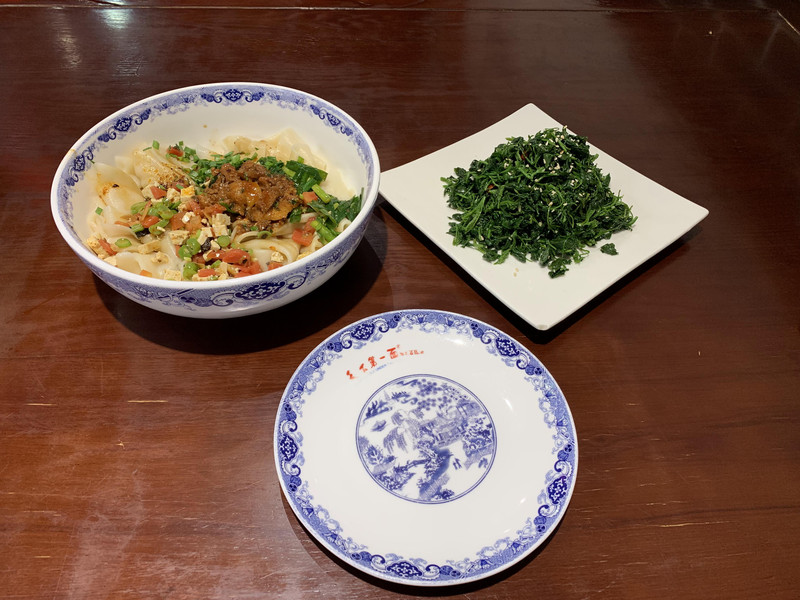
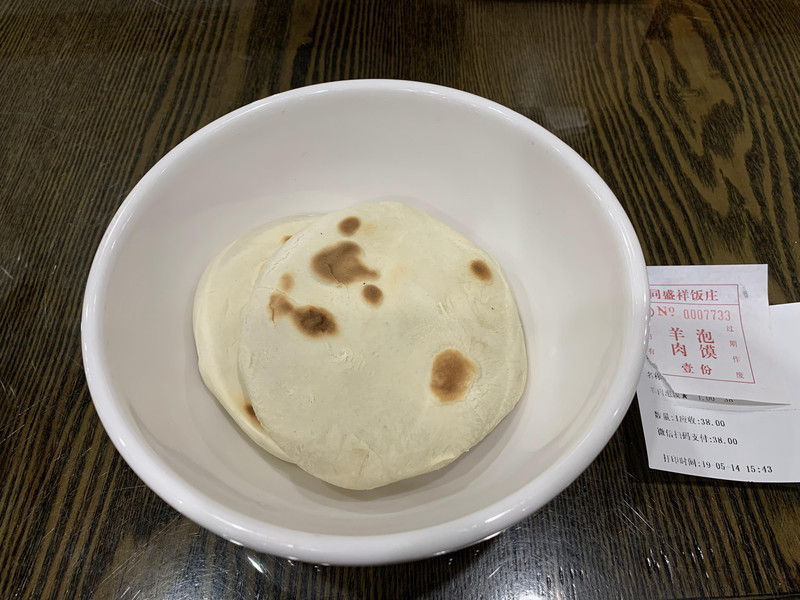
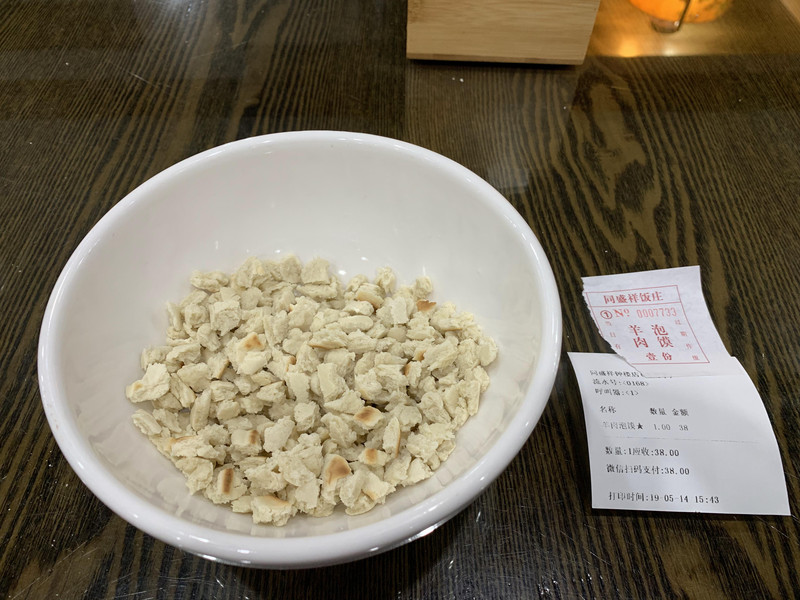
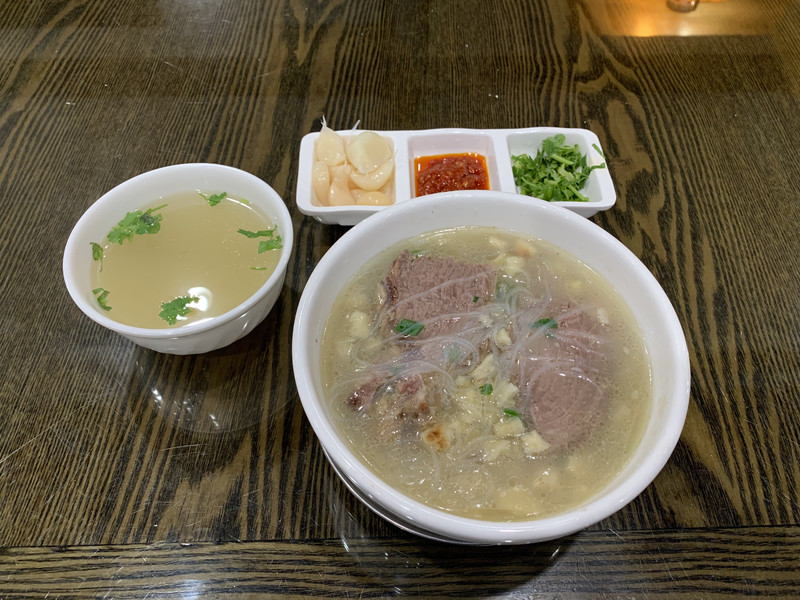
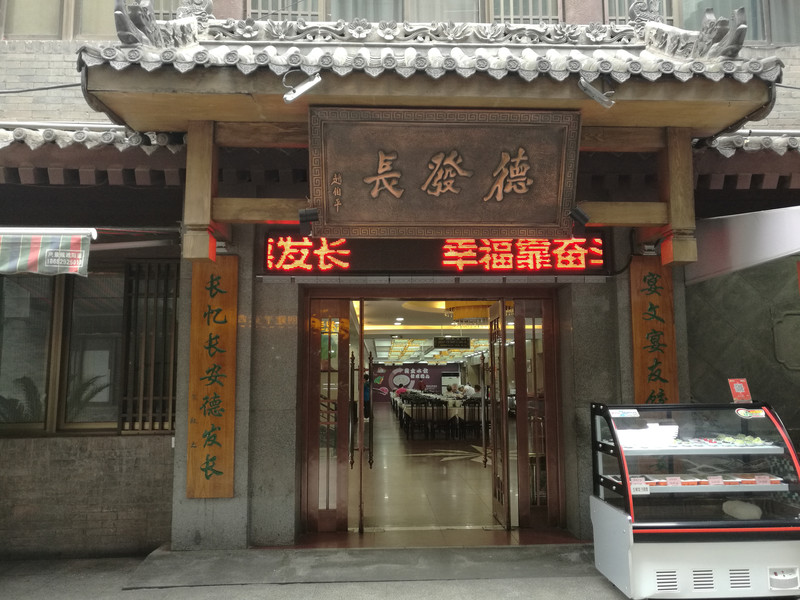
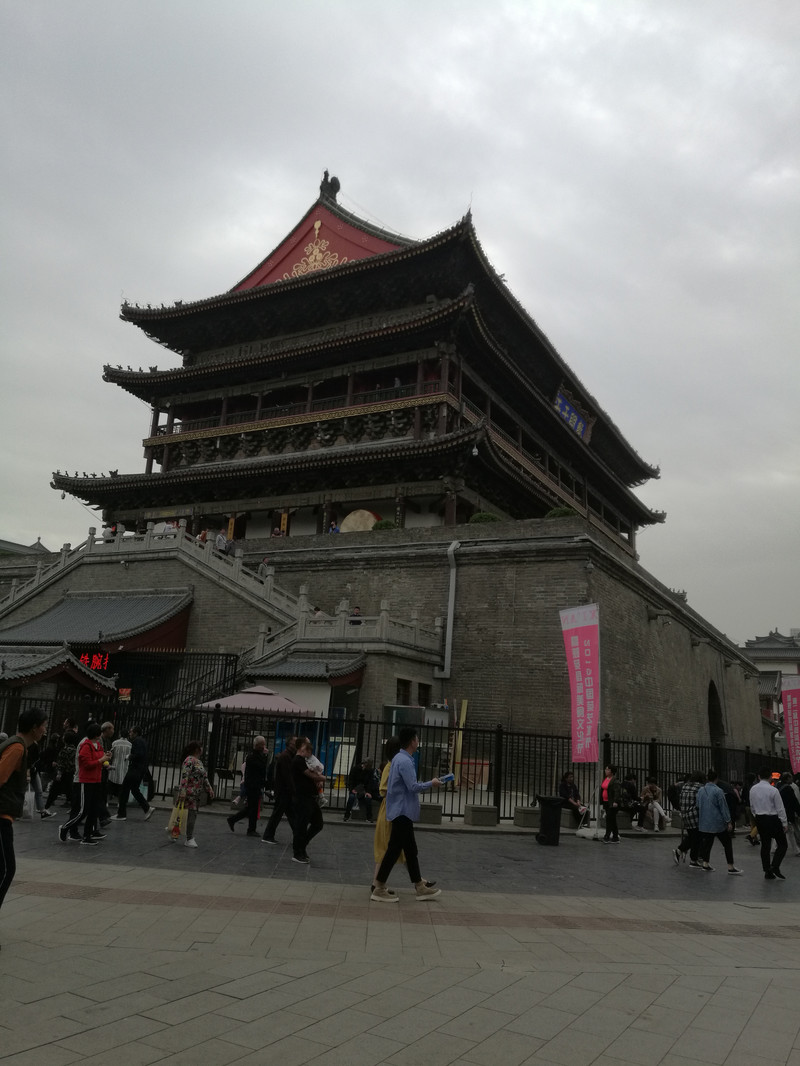
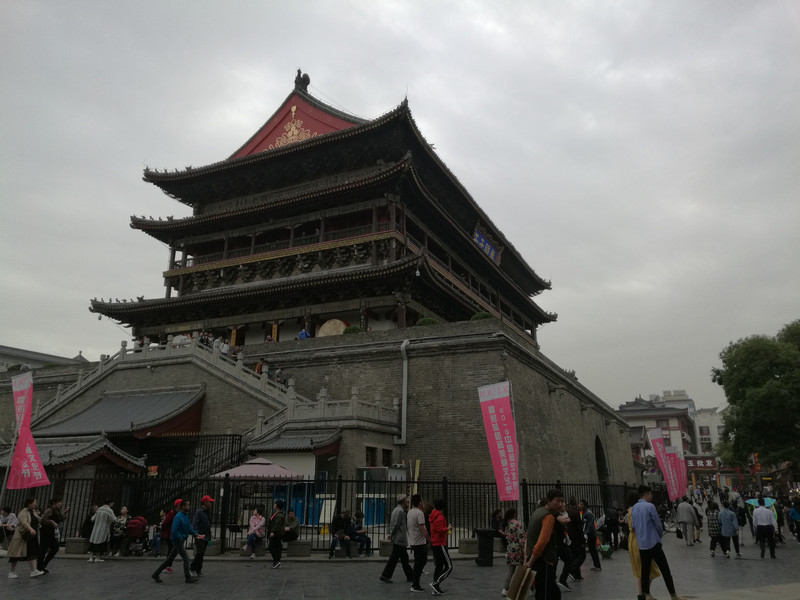
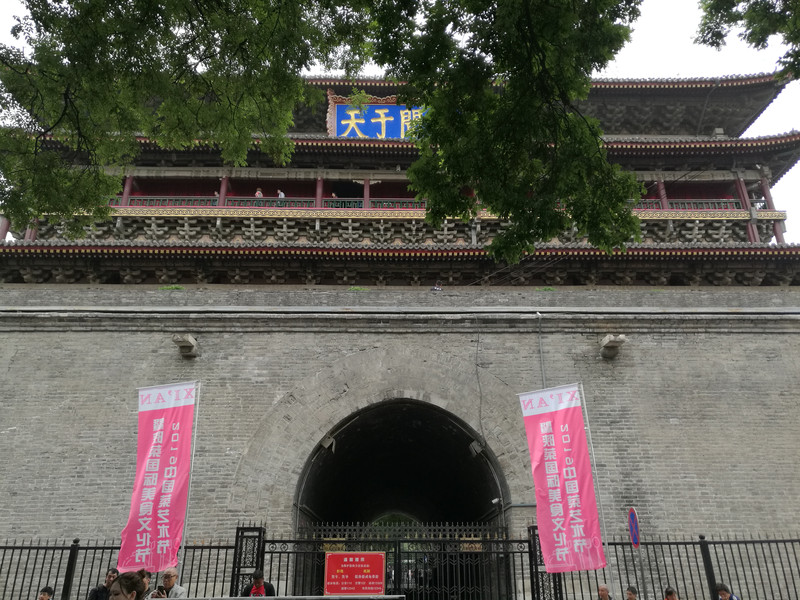
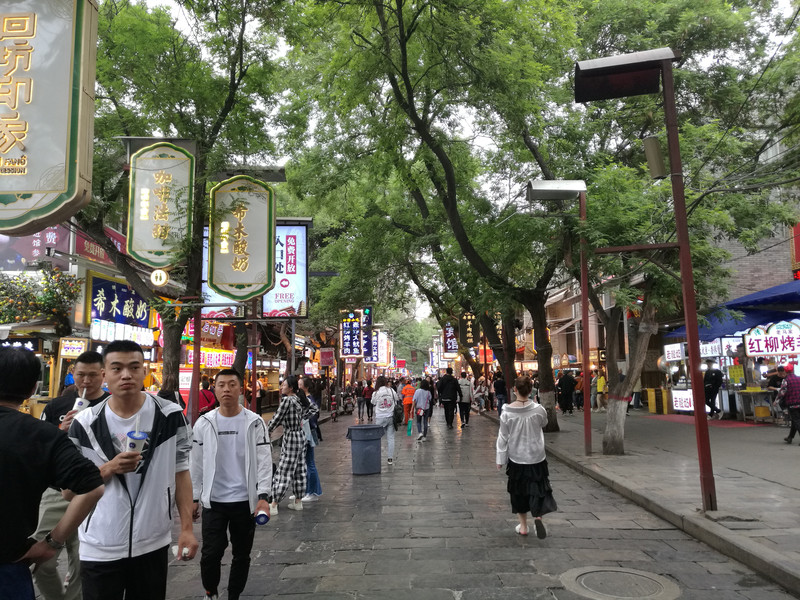
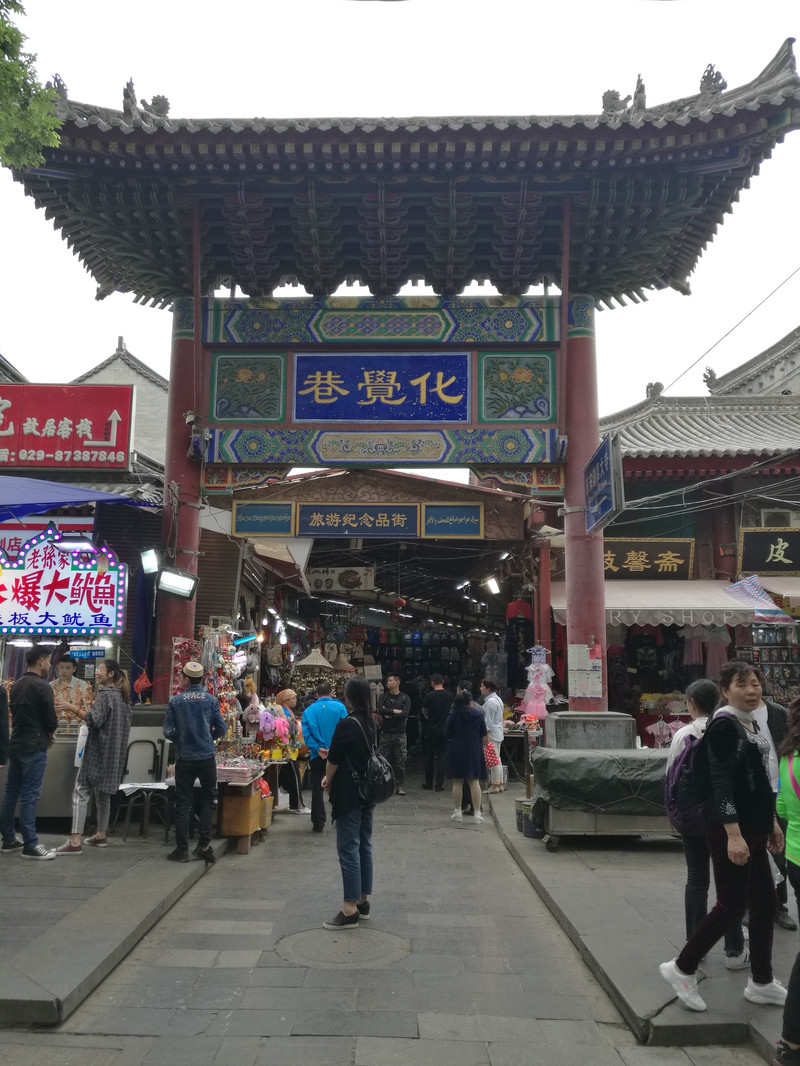
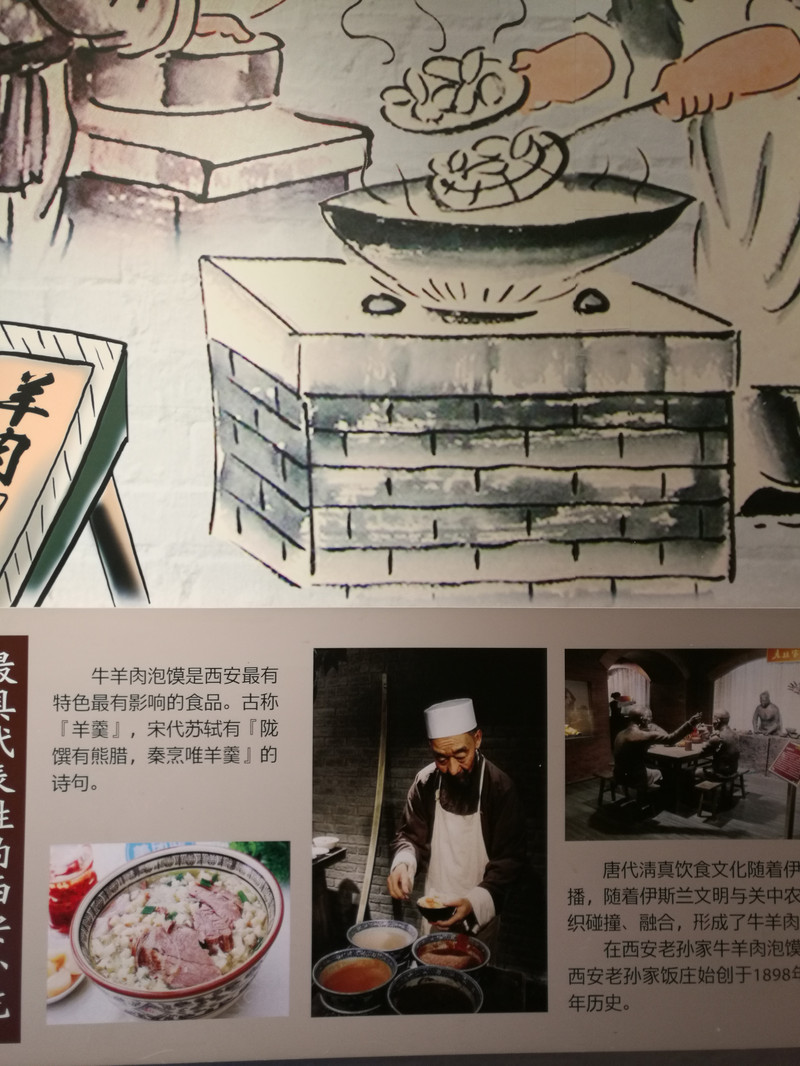
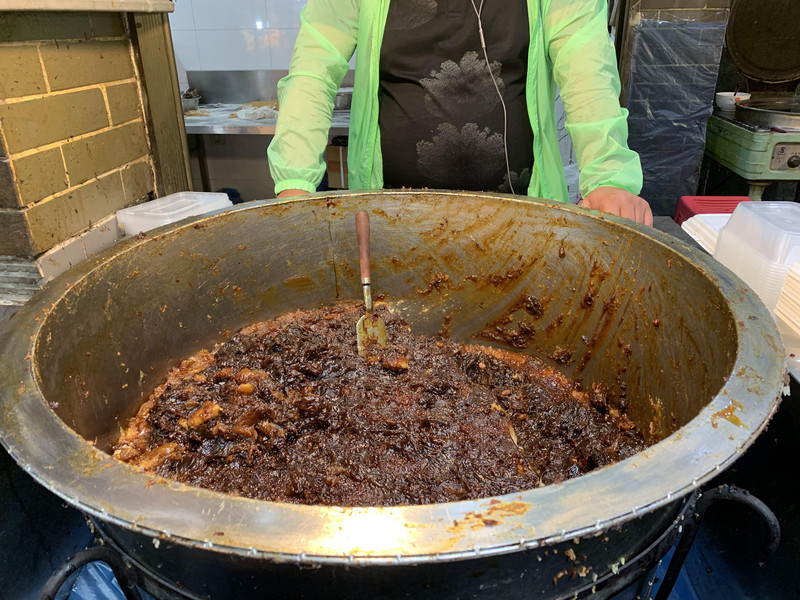

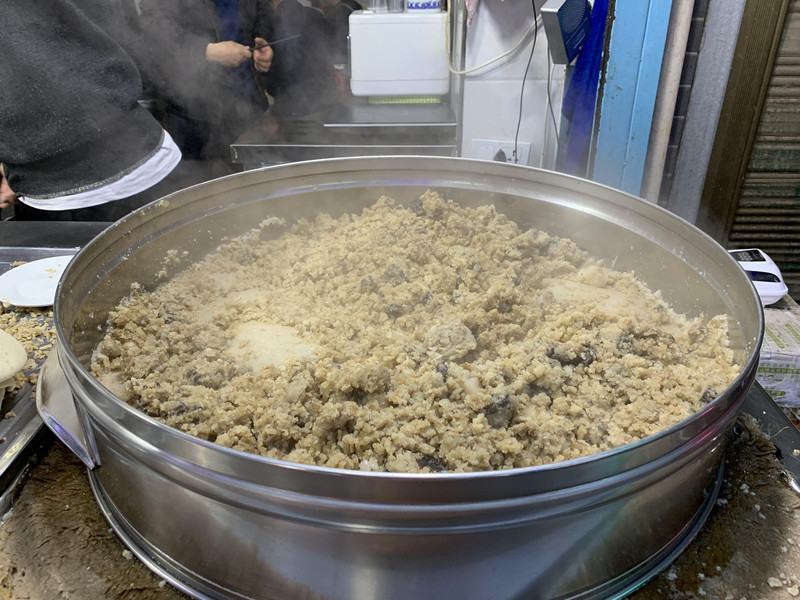
My trip to Xi'an is coming to an end. I look forward to meeting you again in Xi'an at the best time!
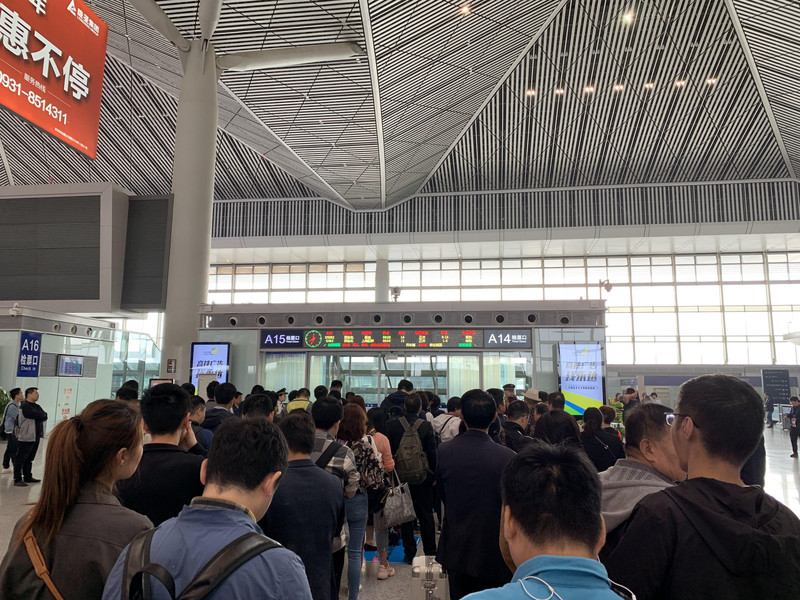
Previous Article:Xi'an Journey
Next Article:One-day trip to Huashan
